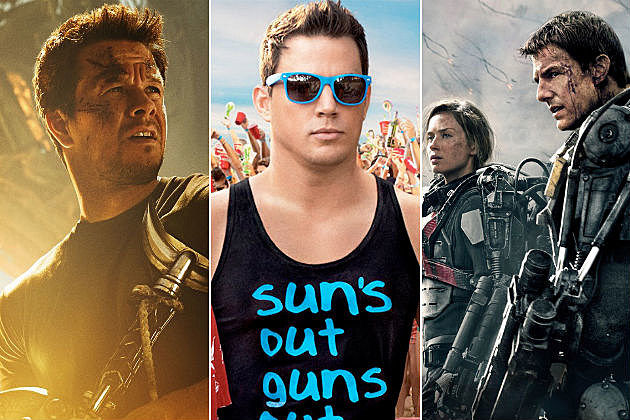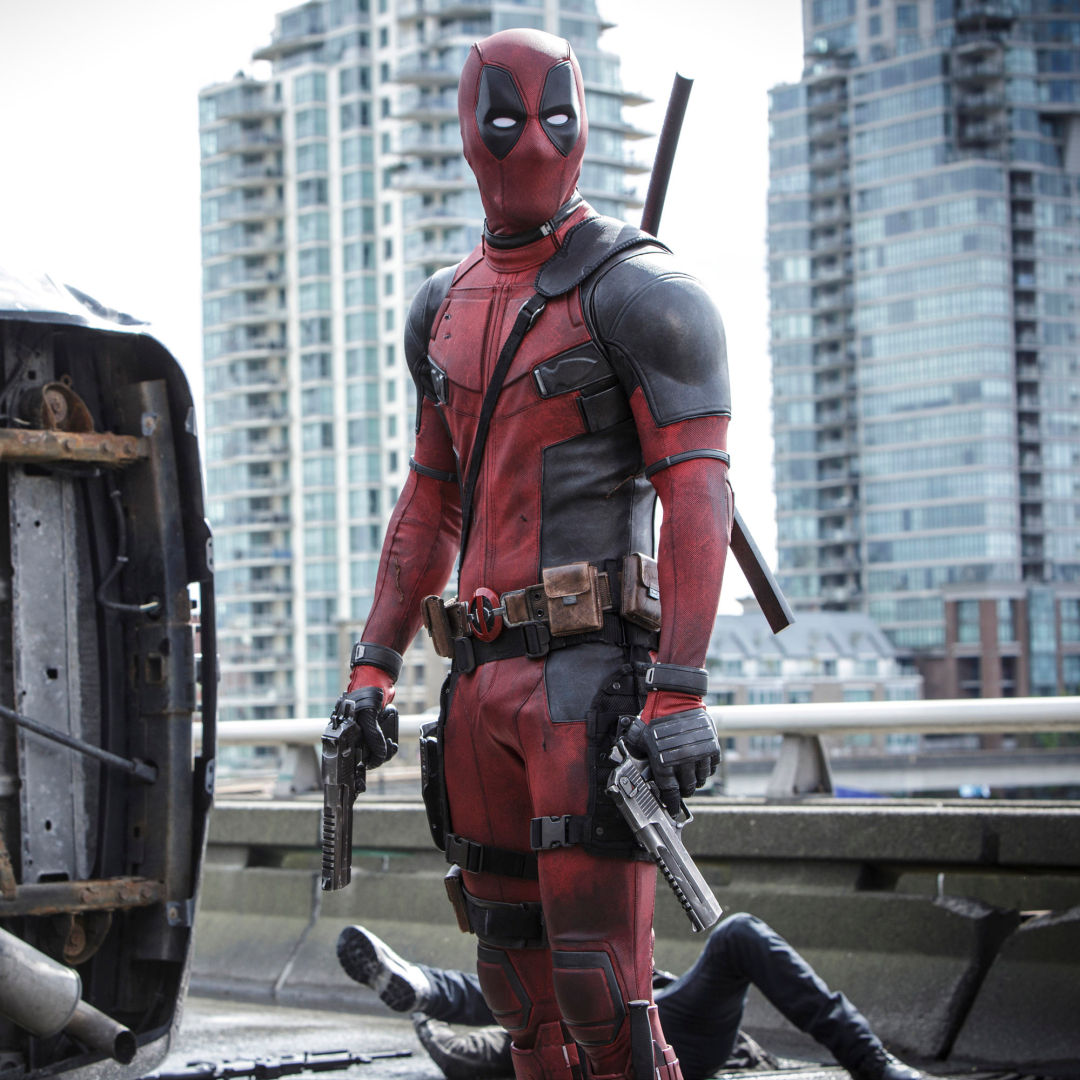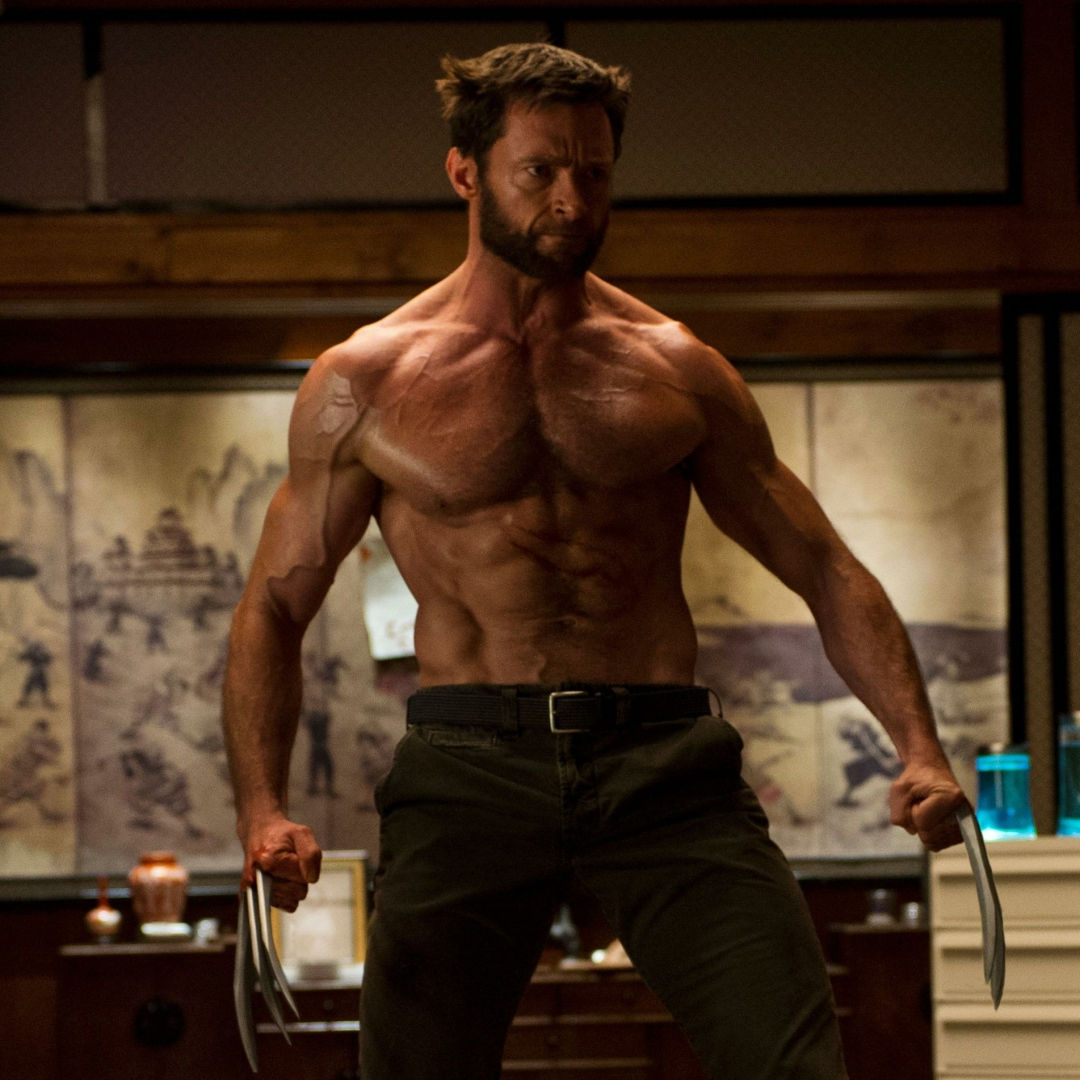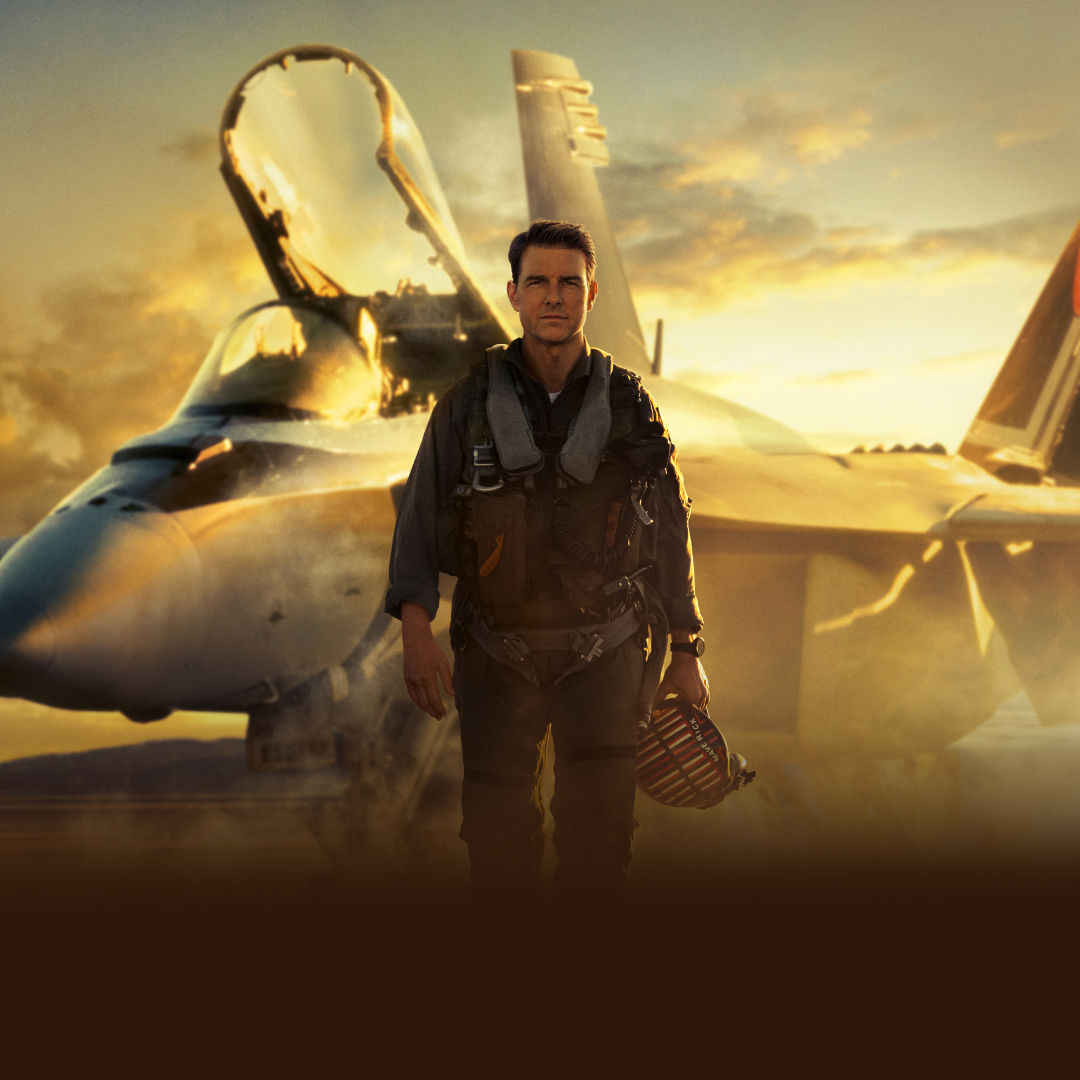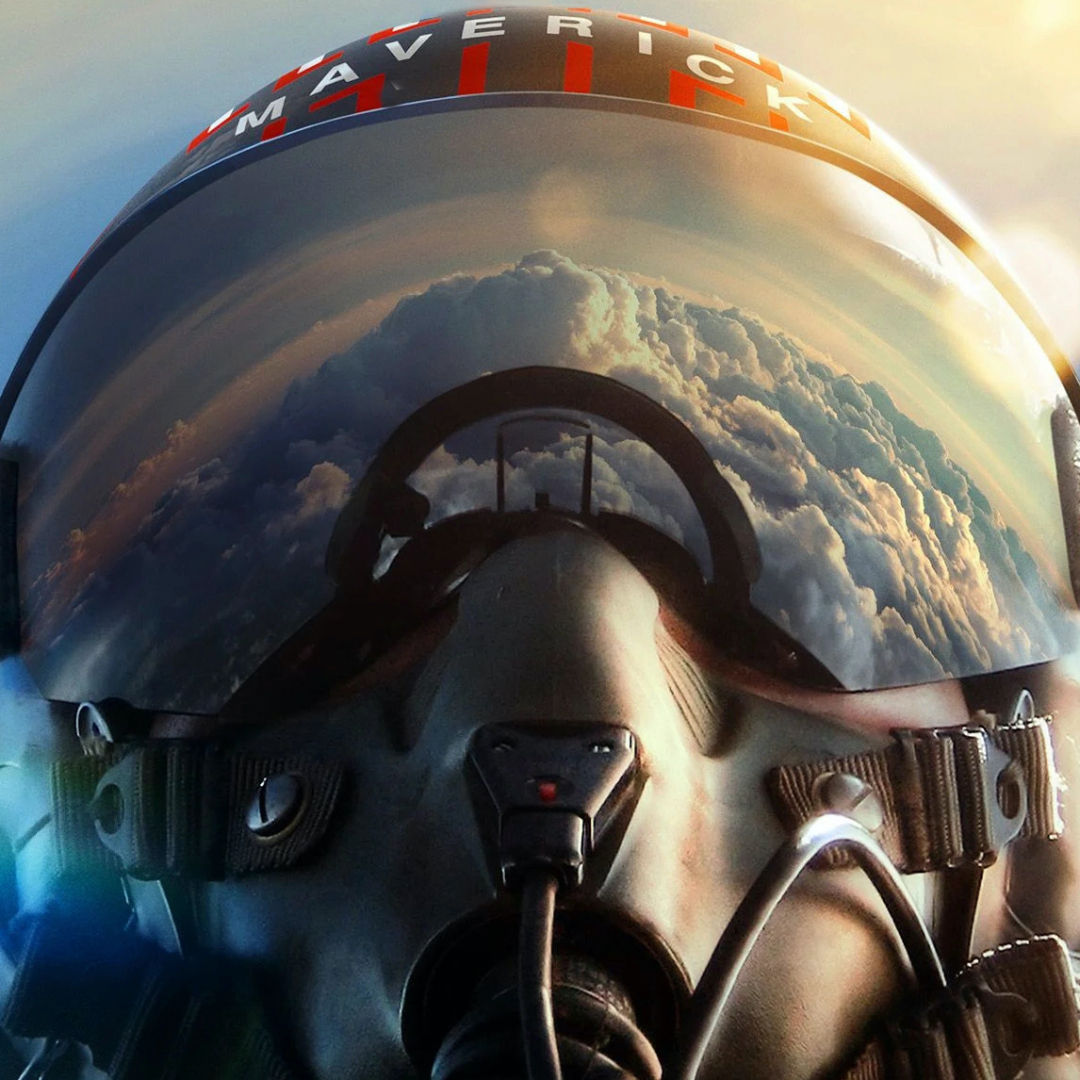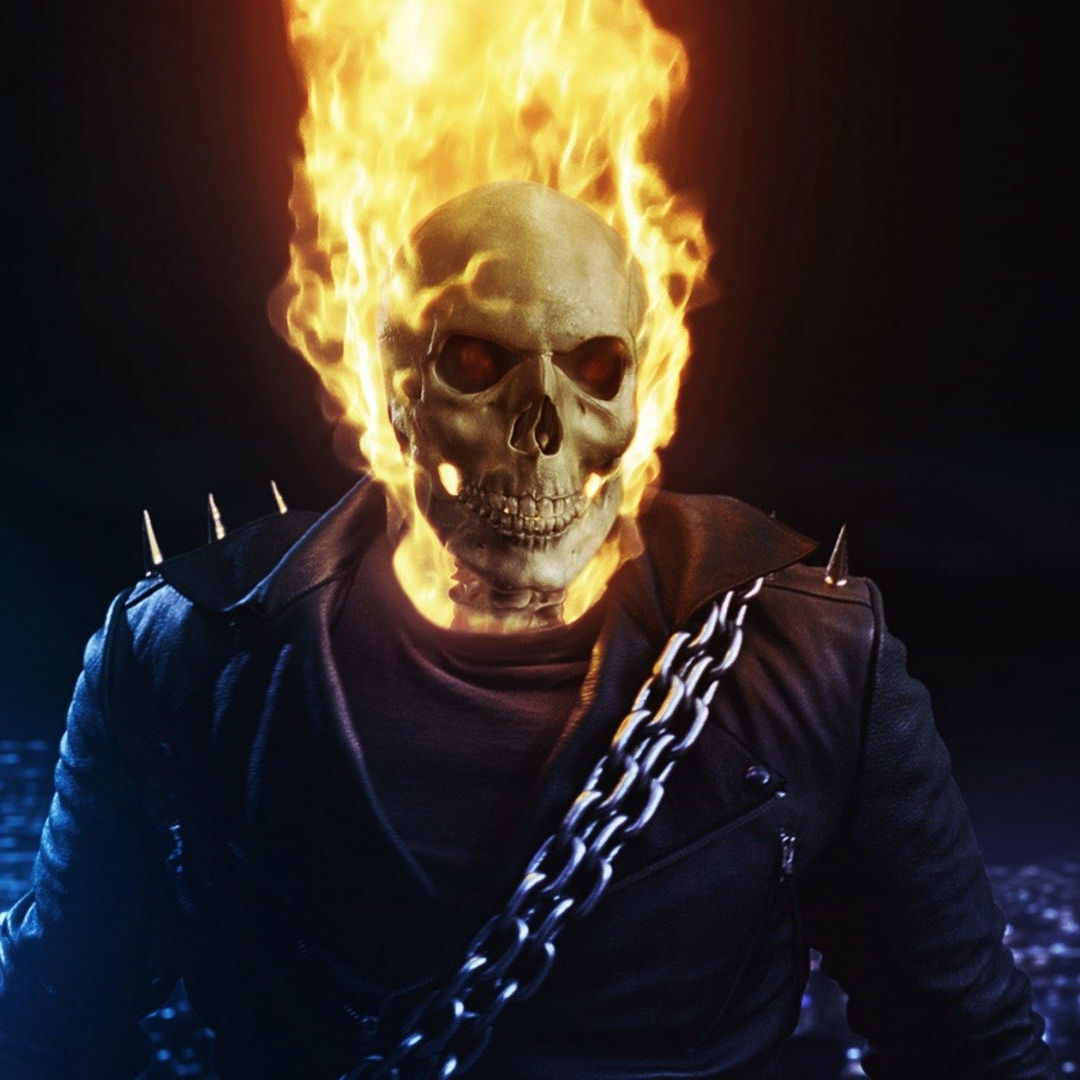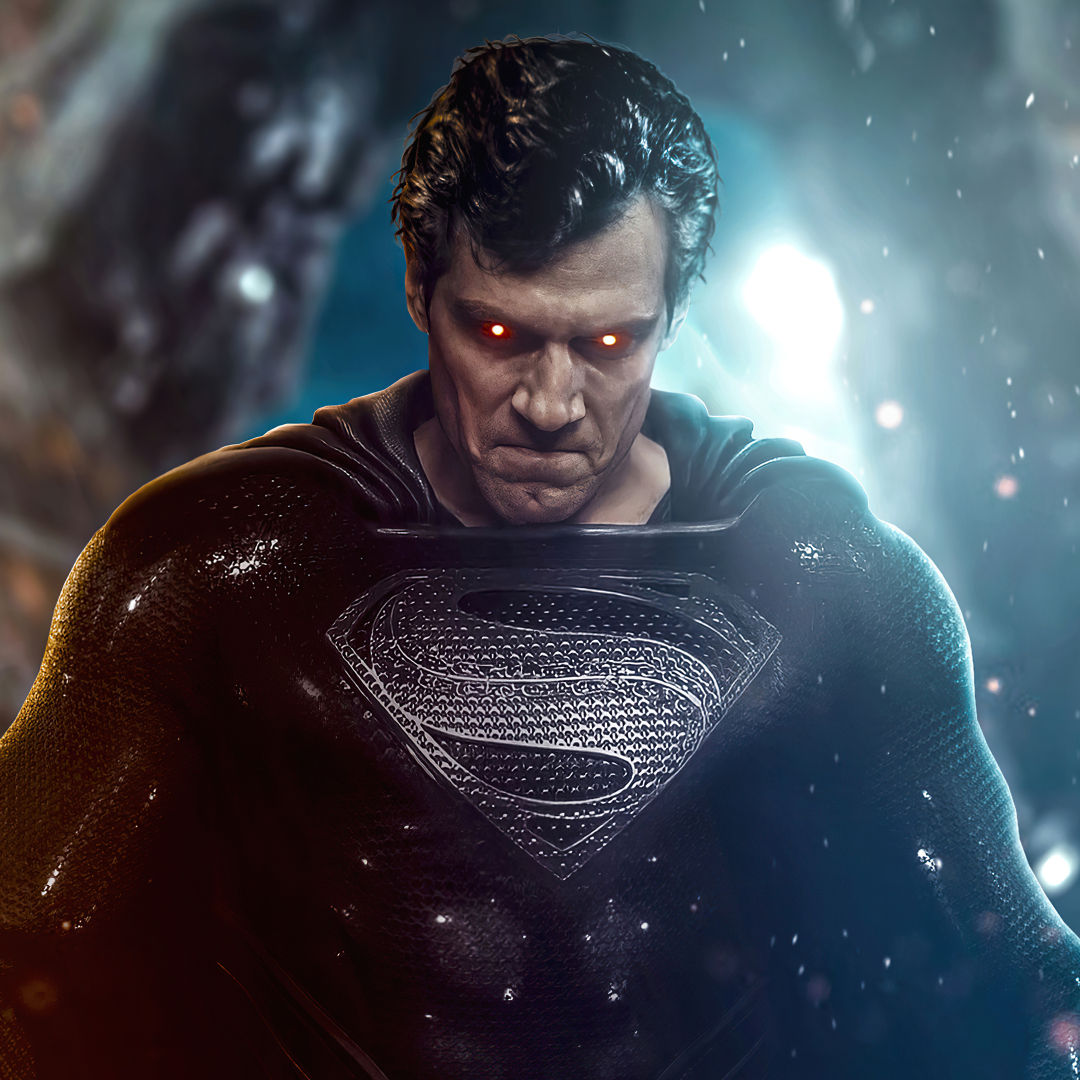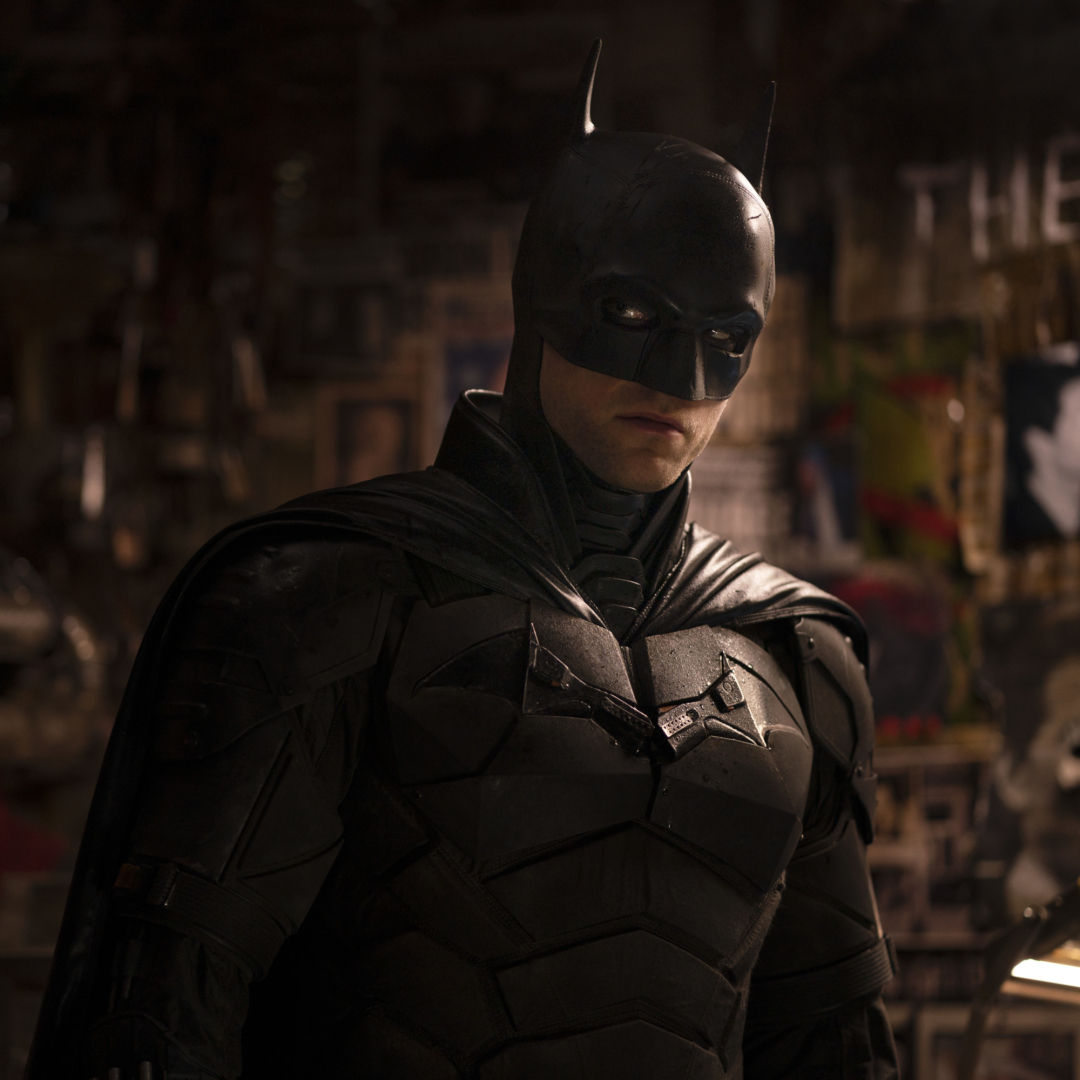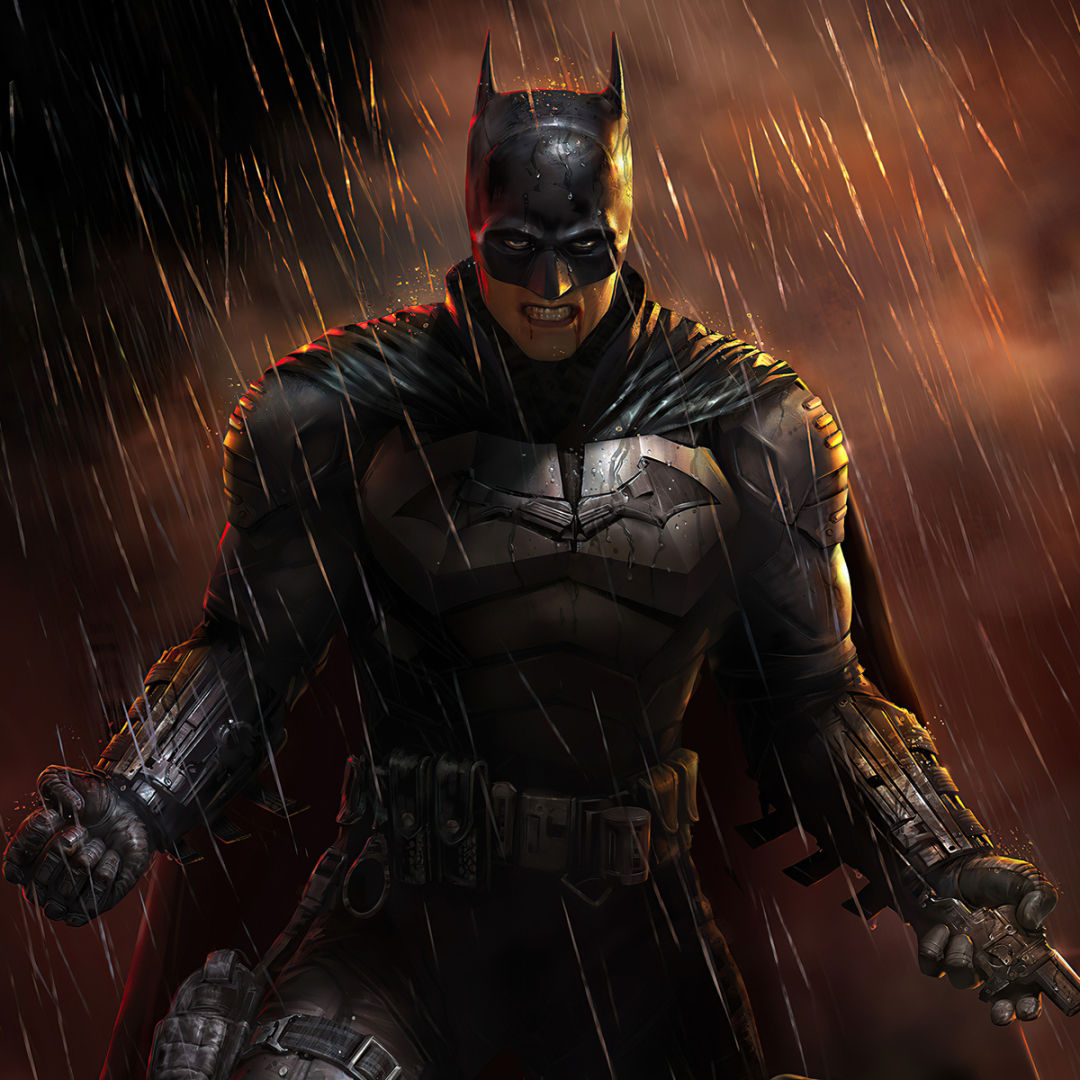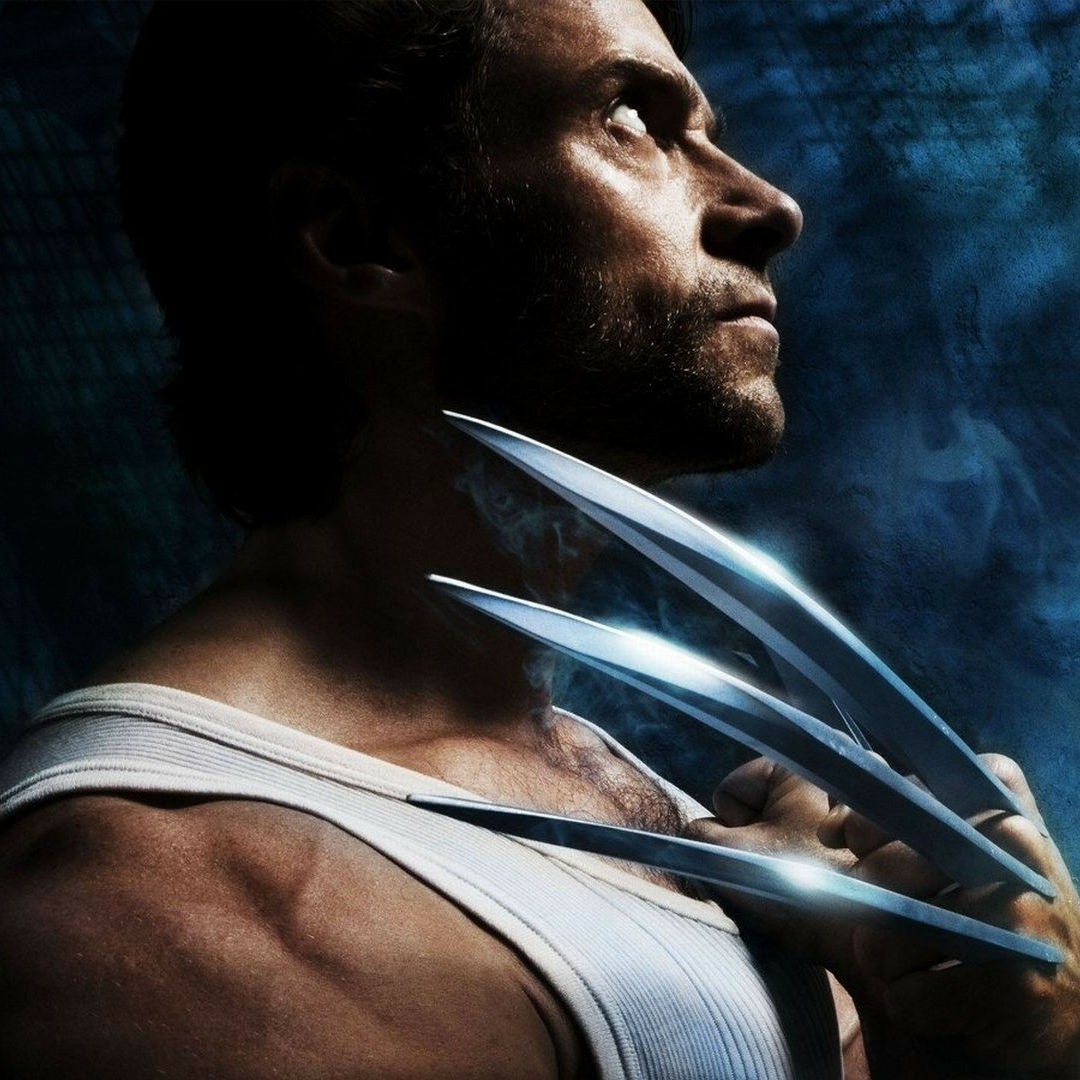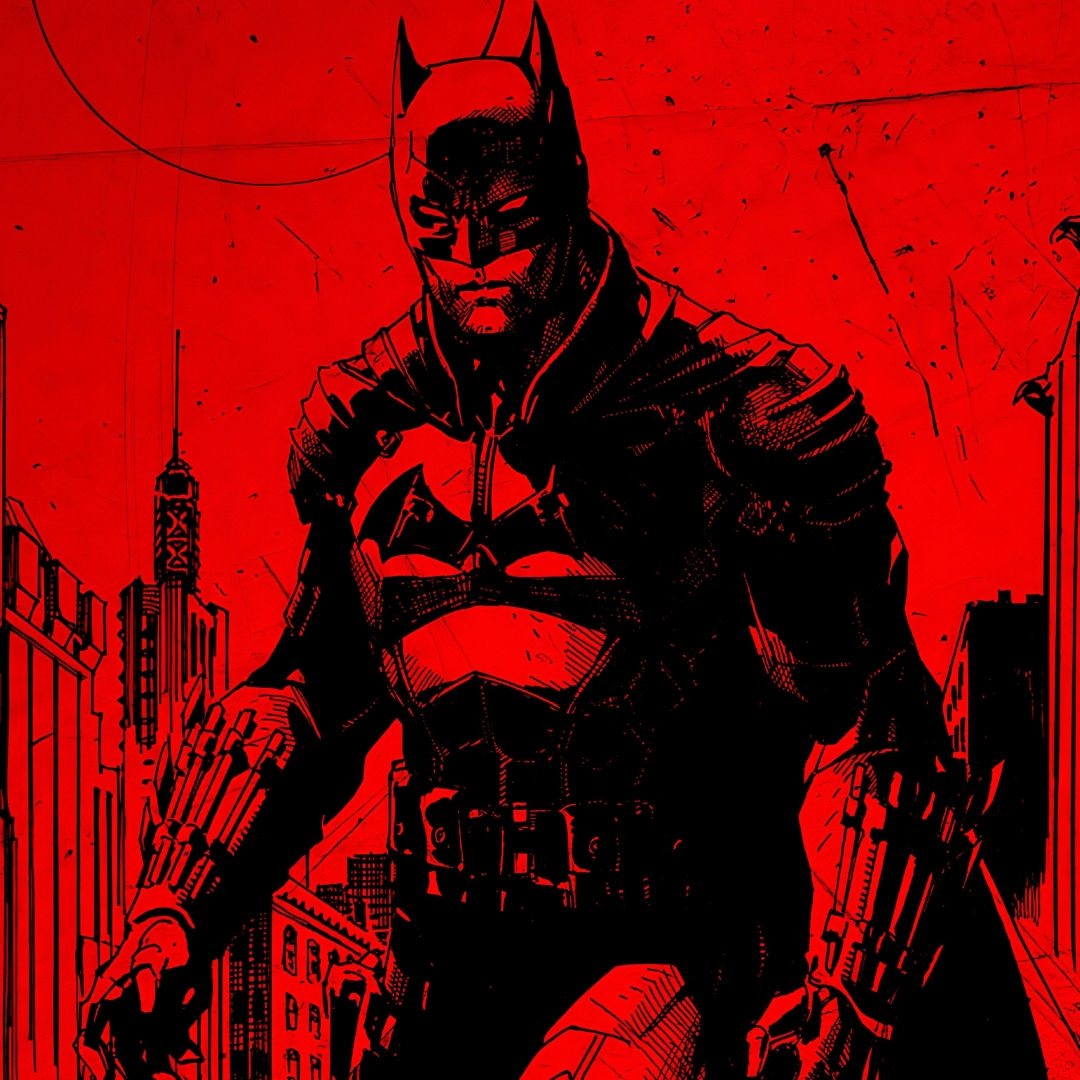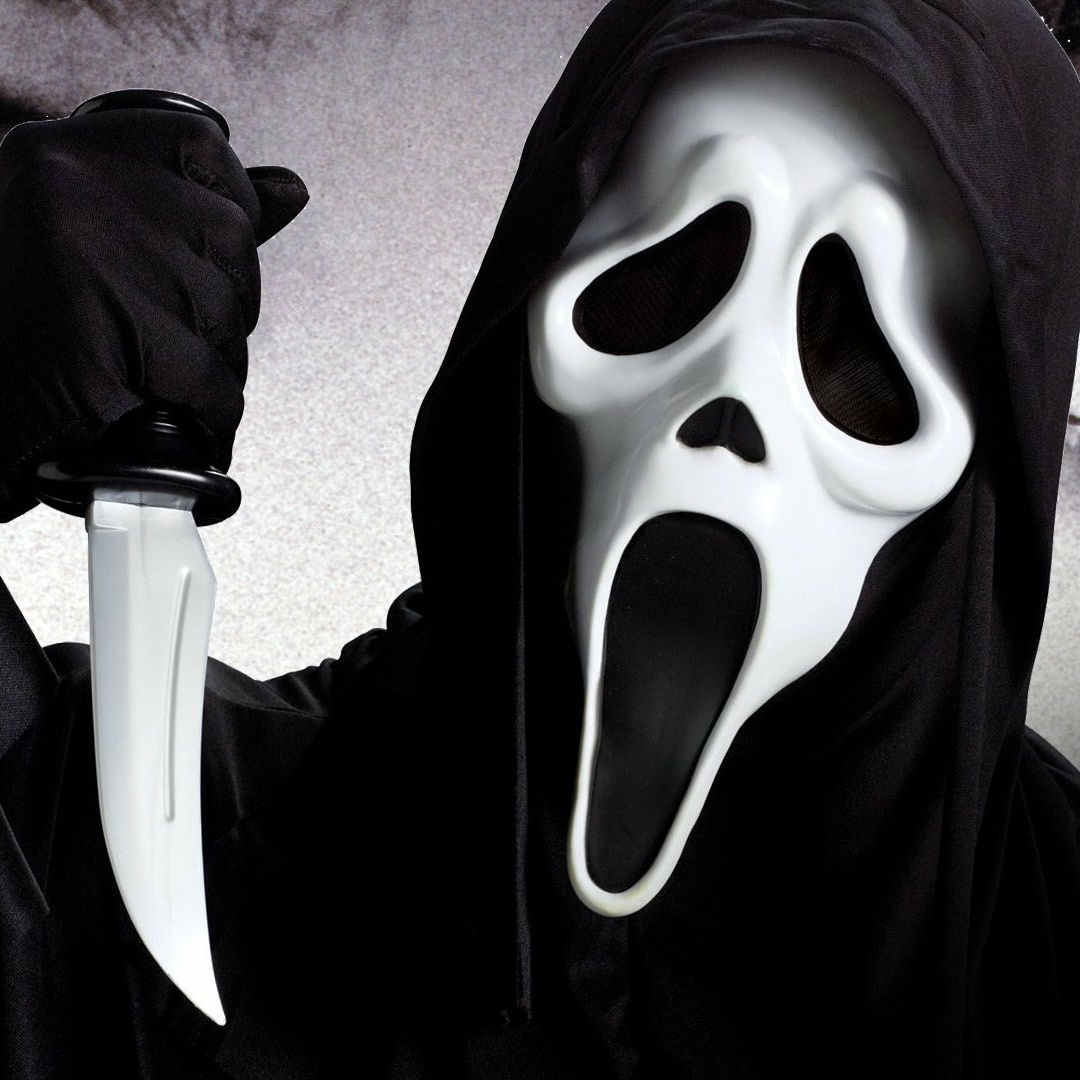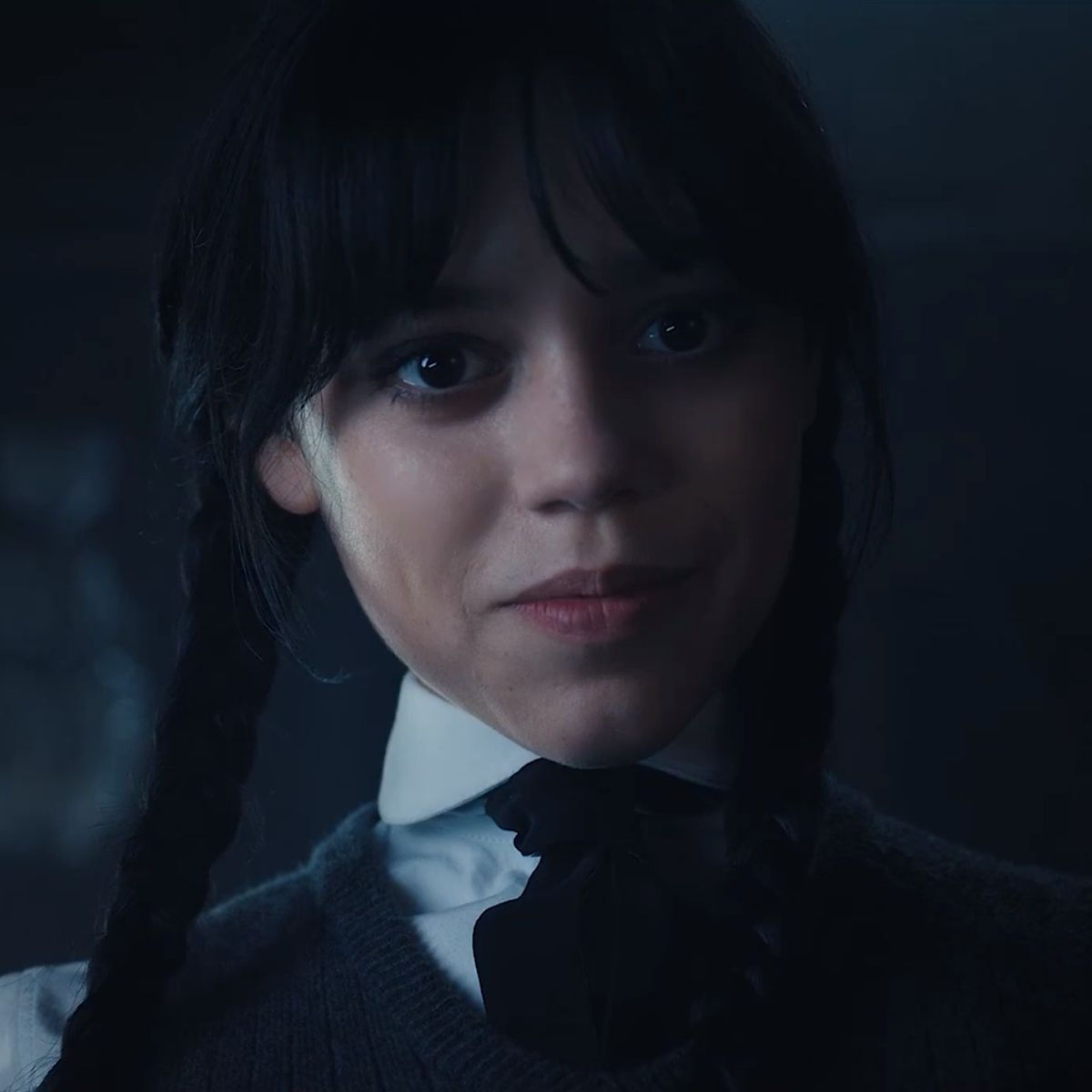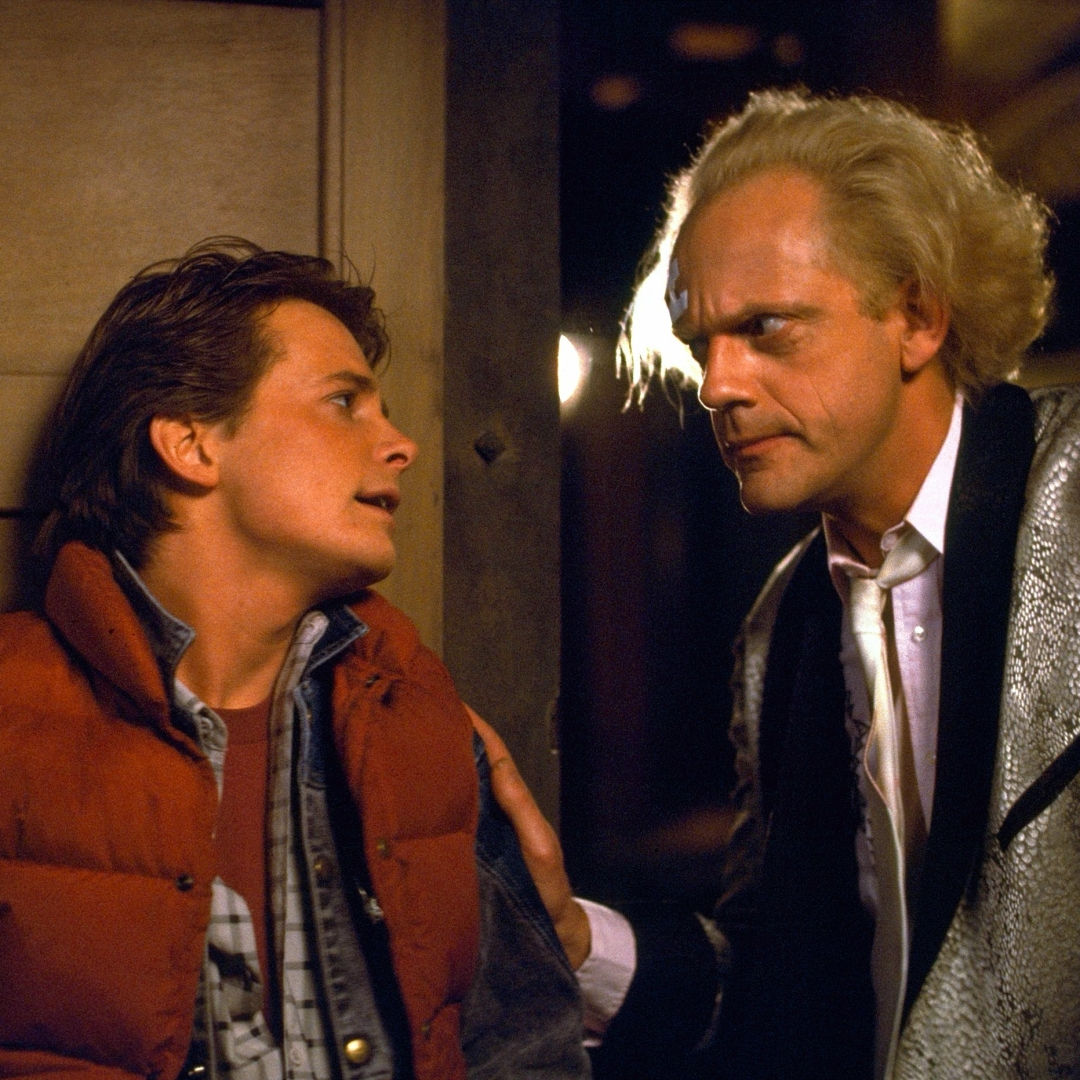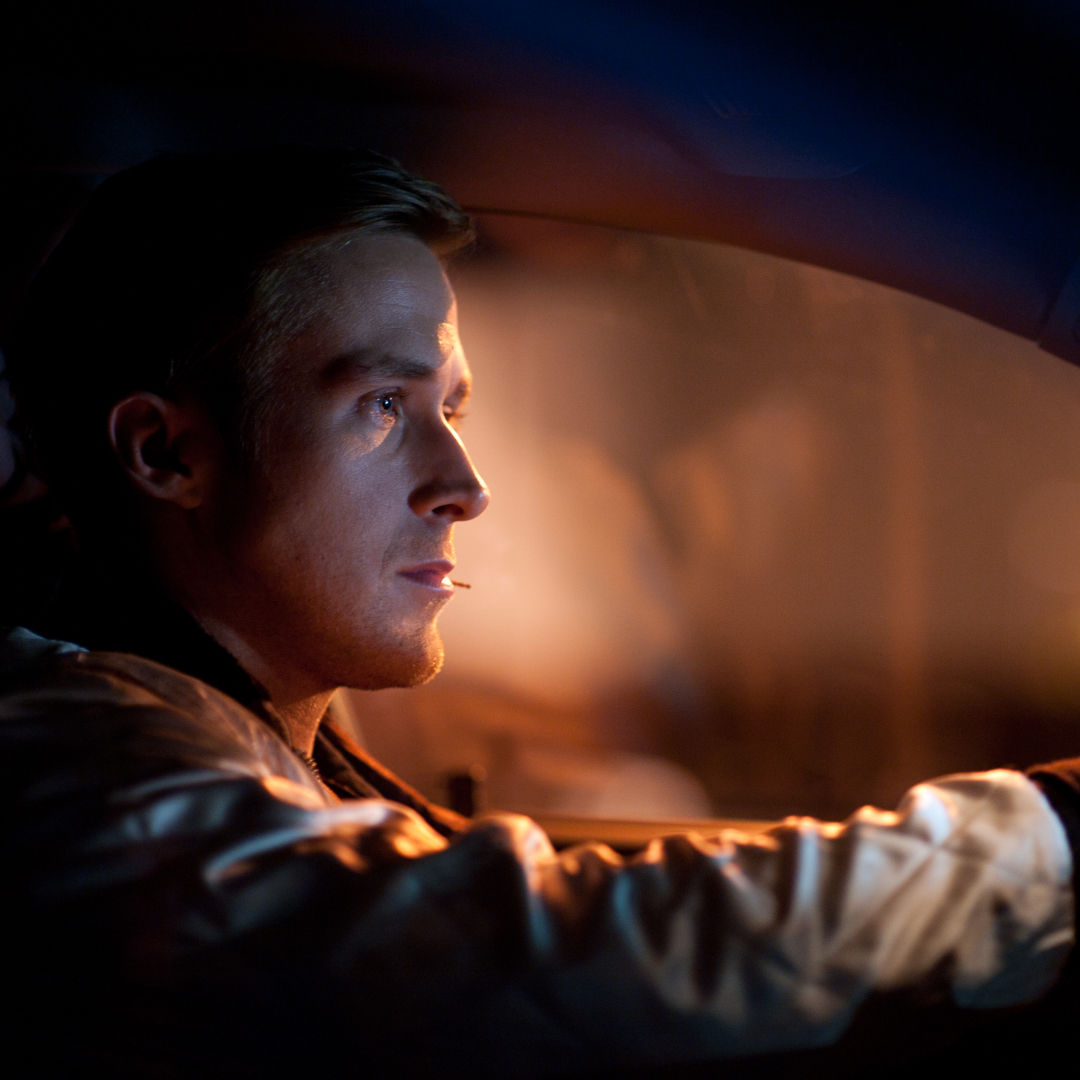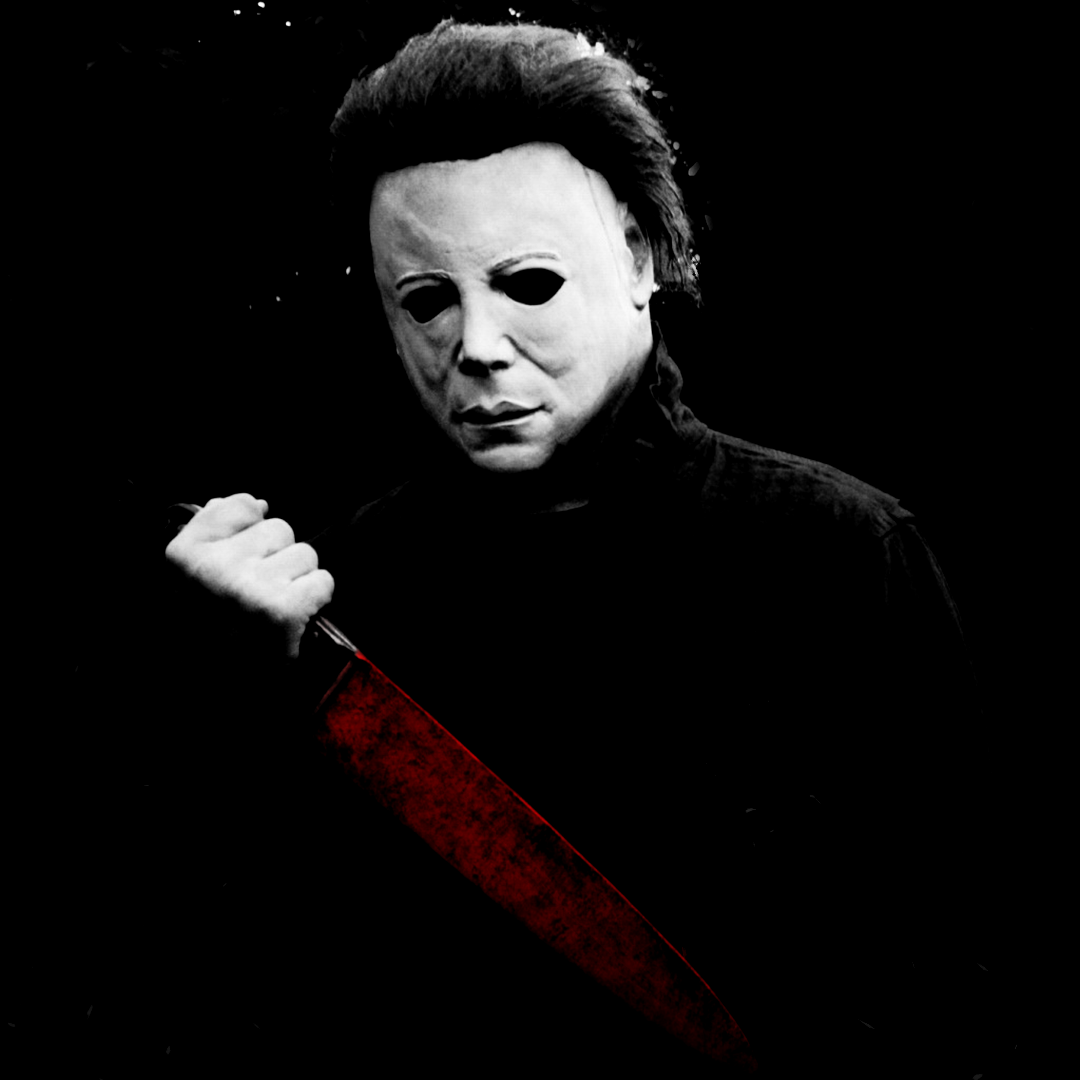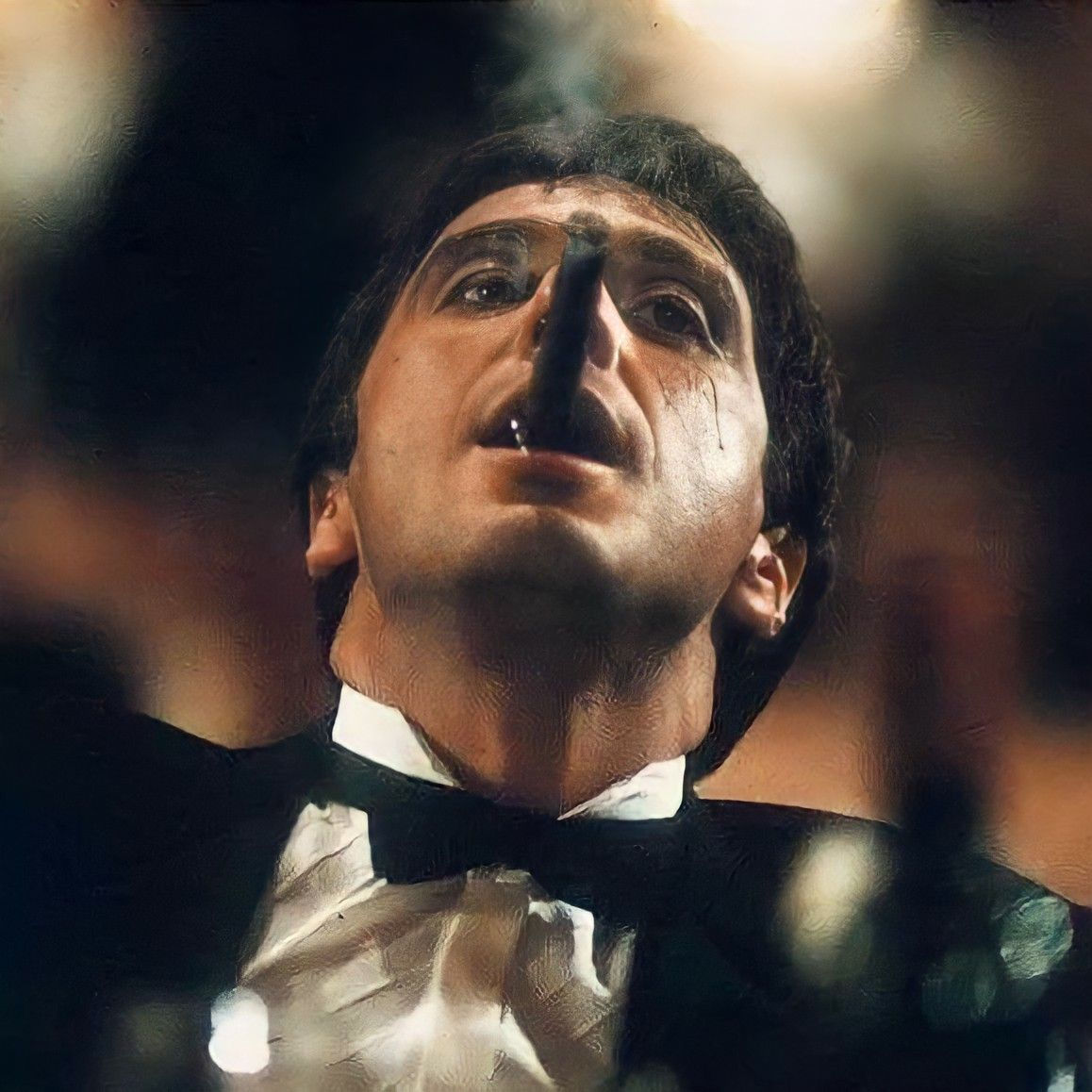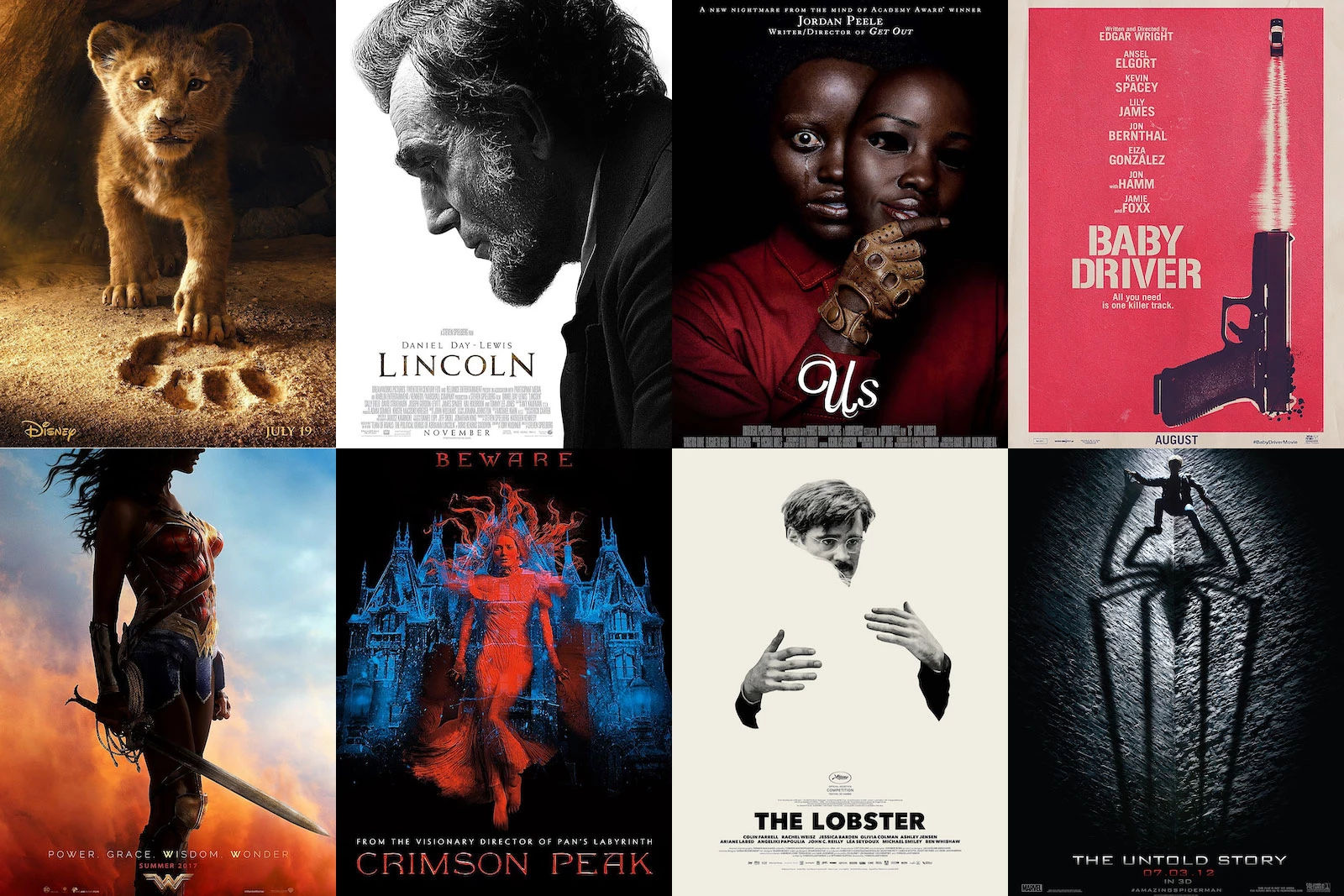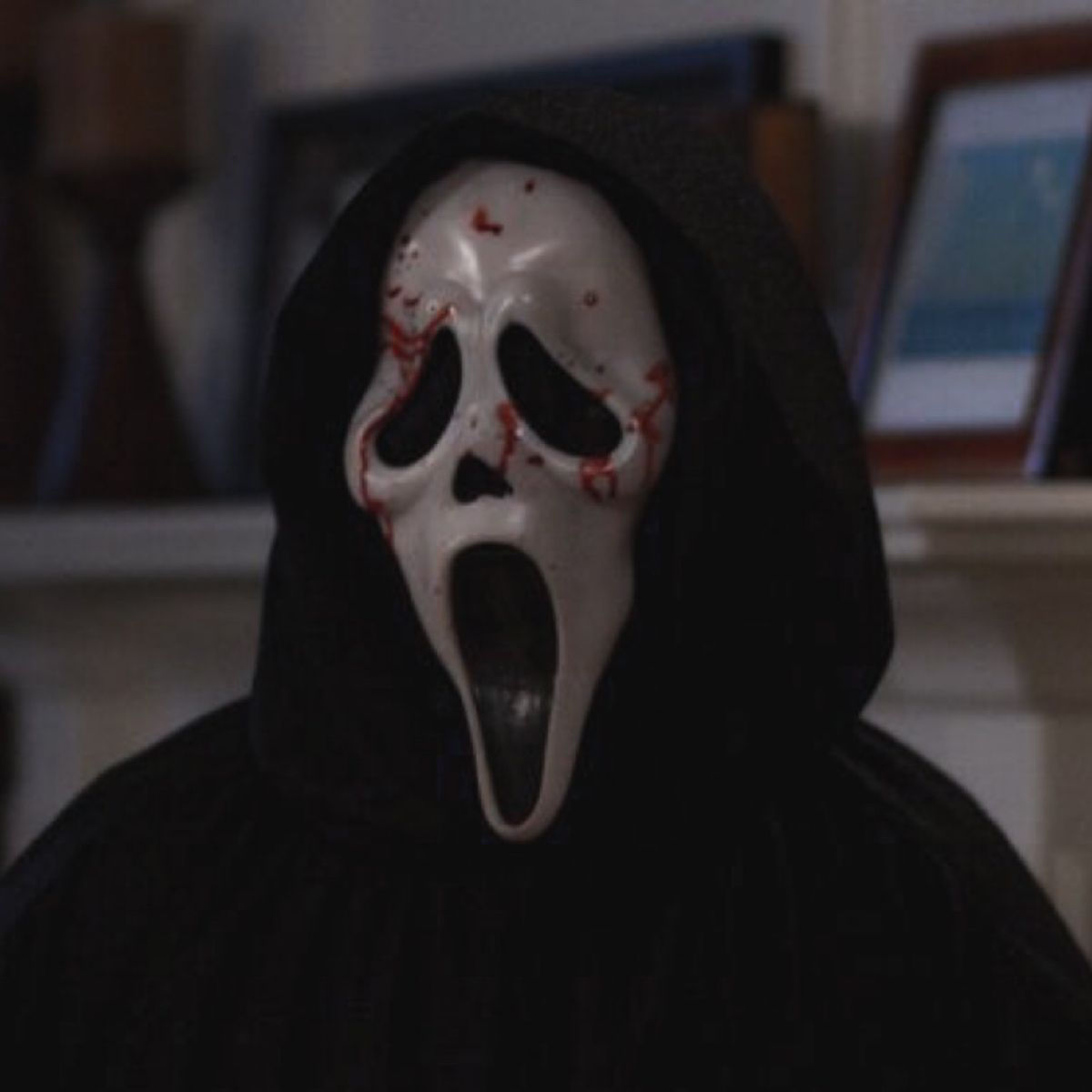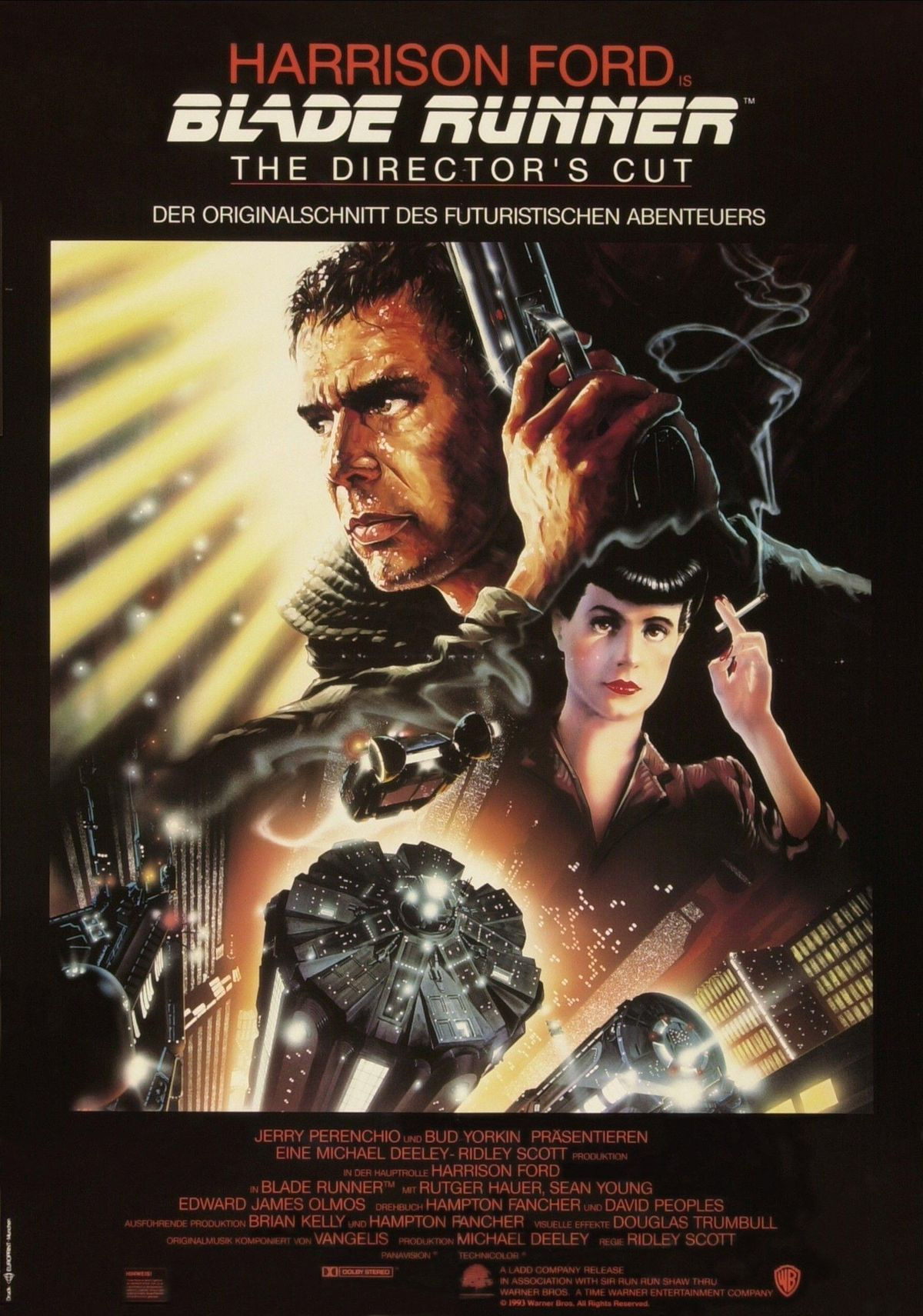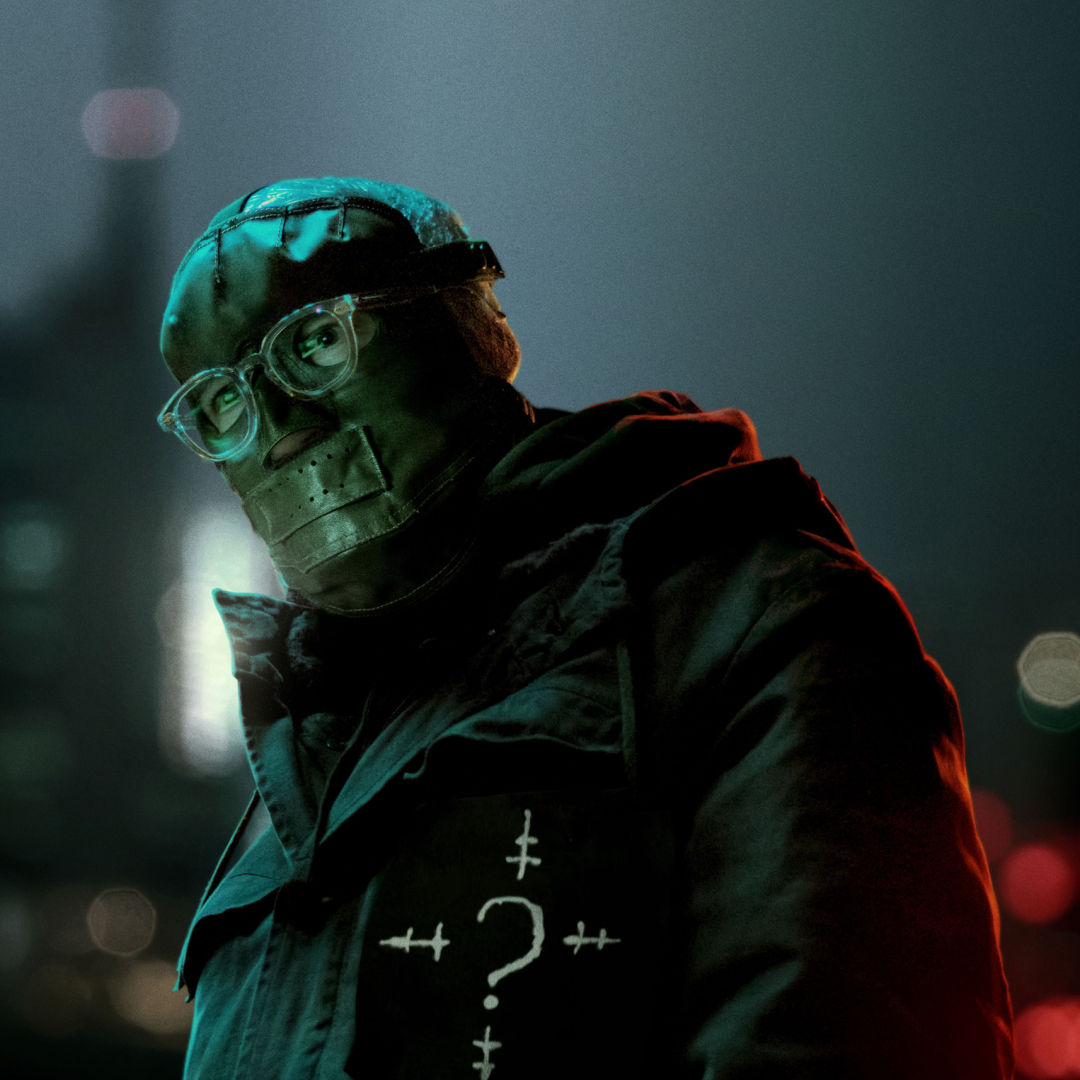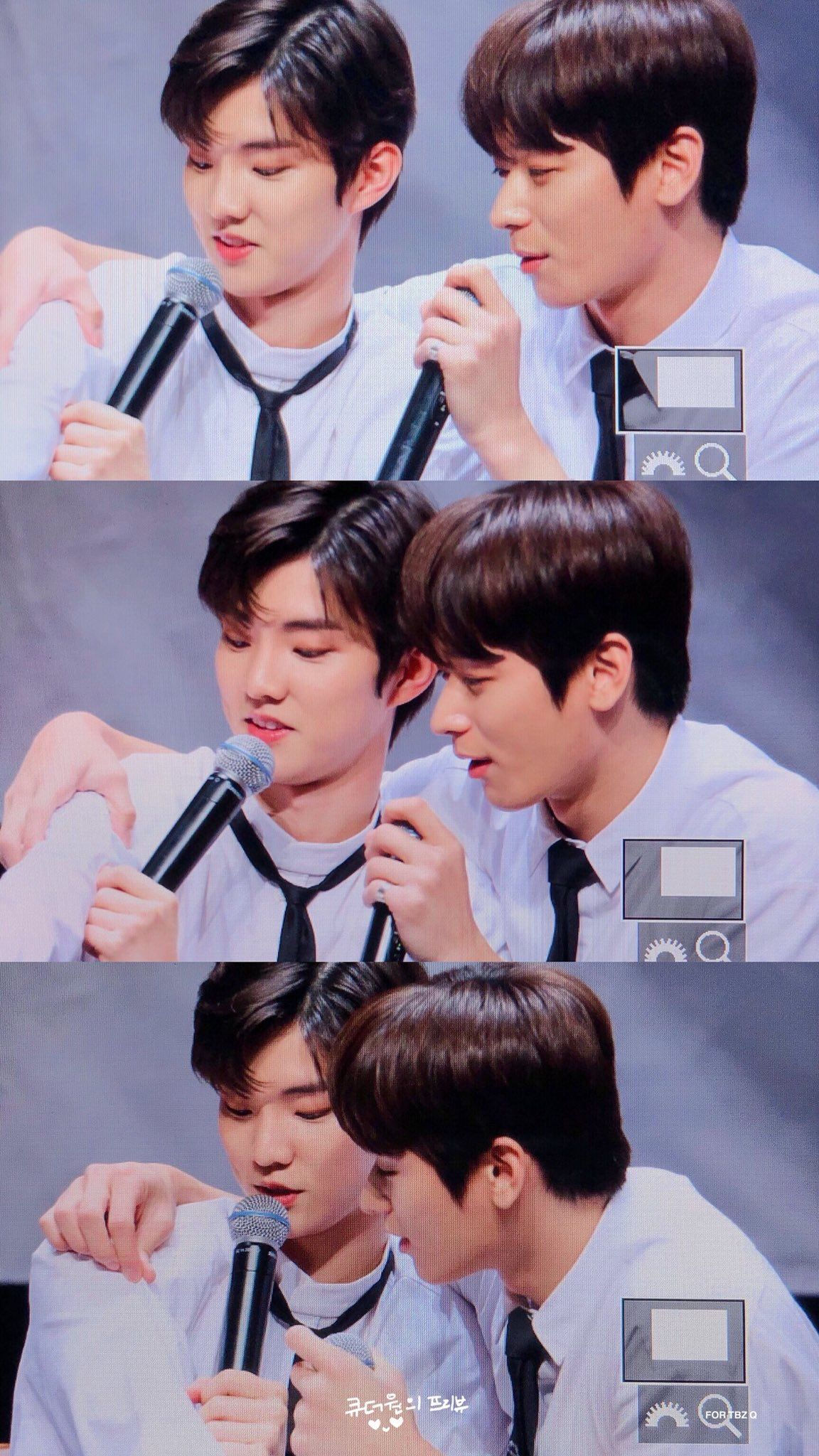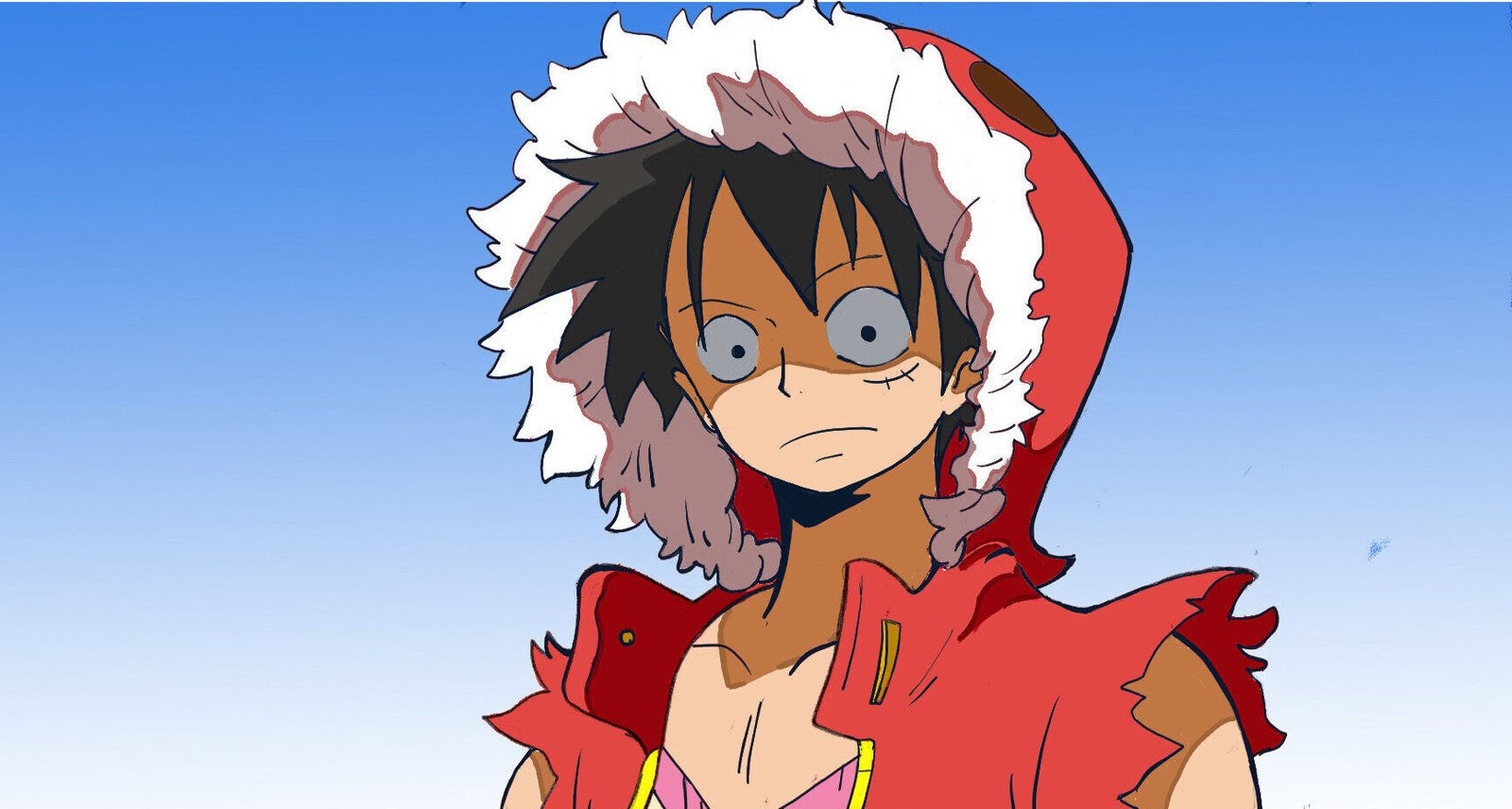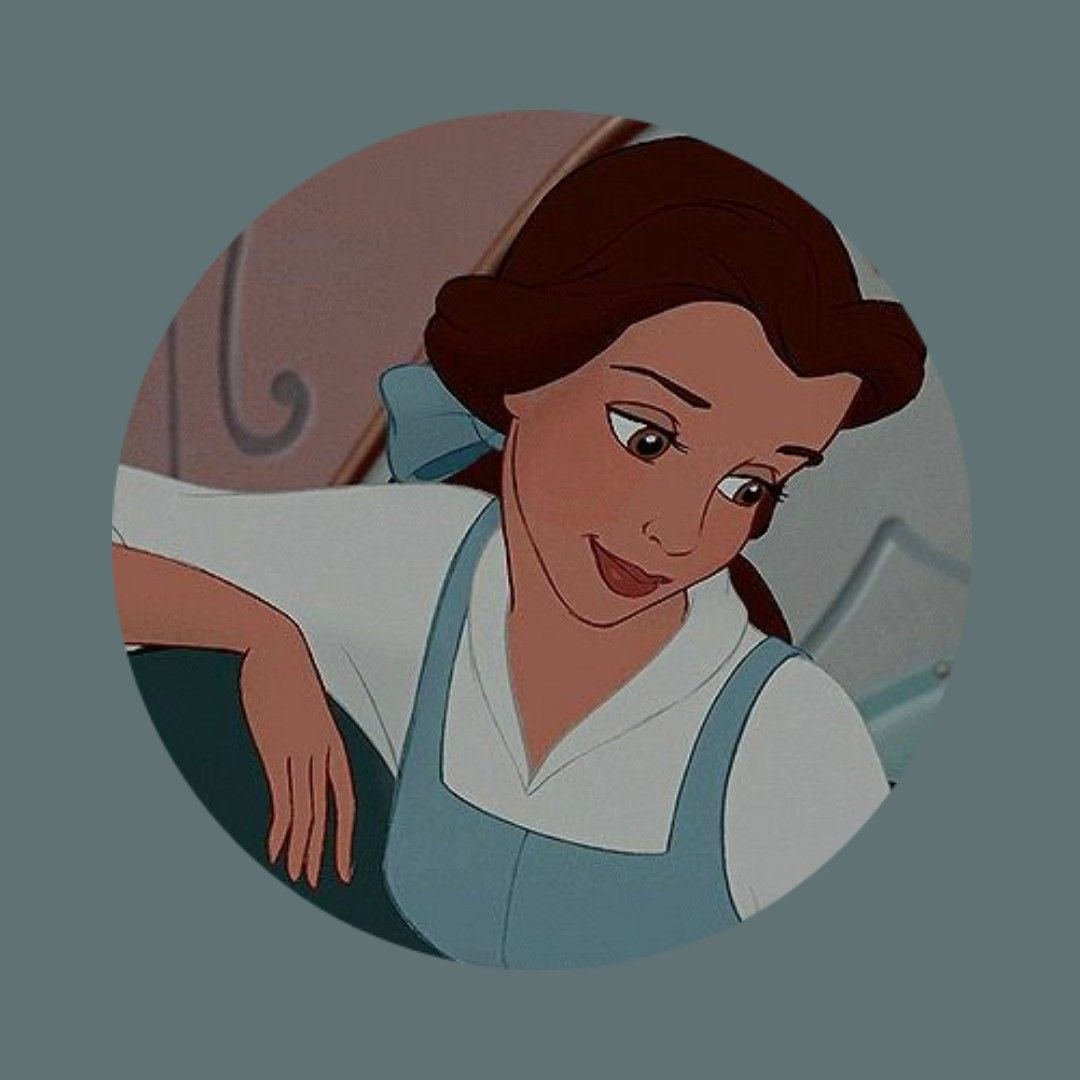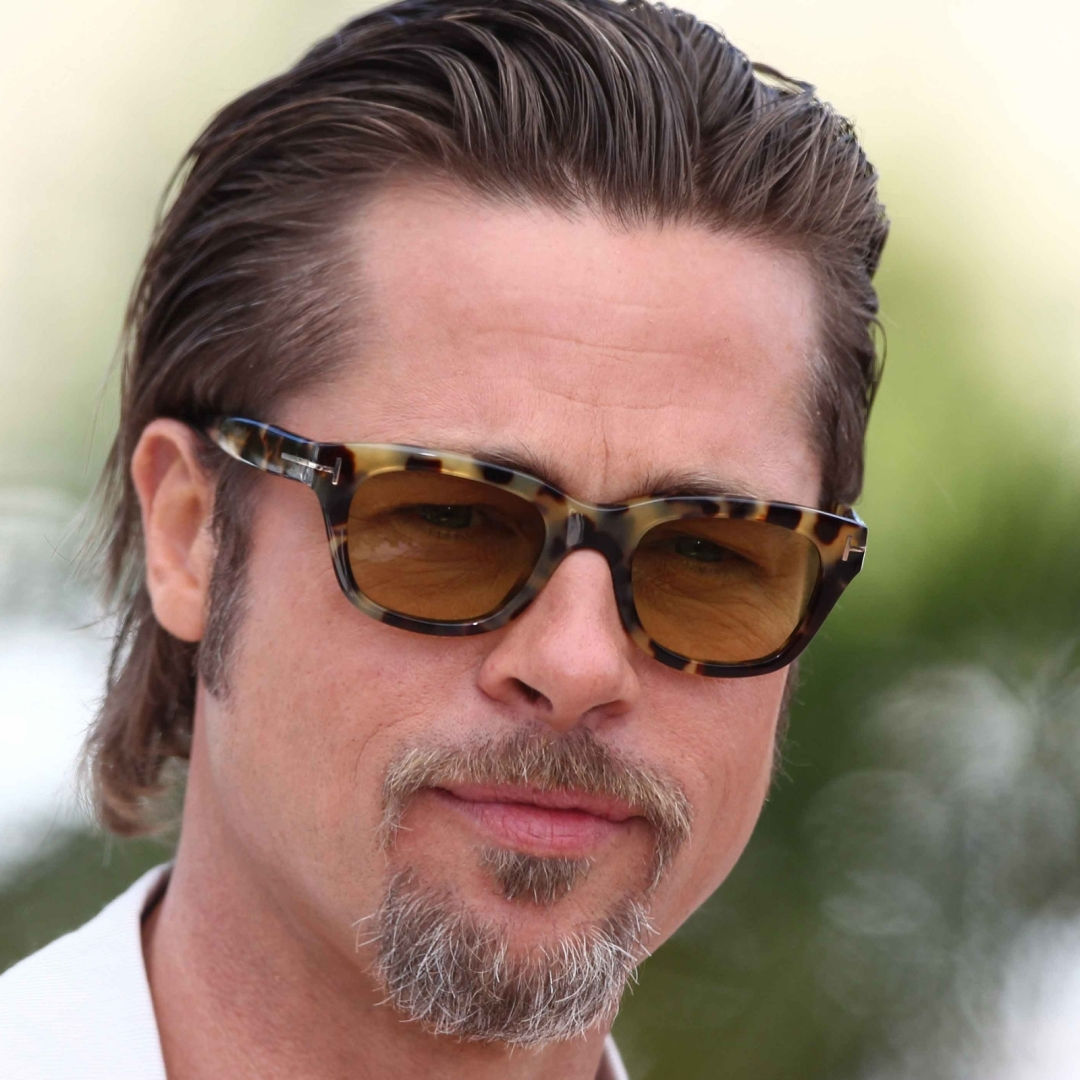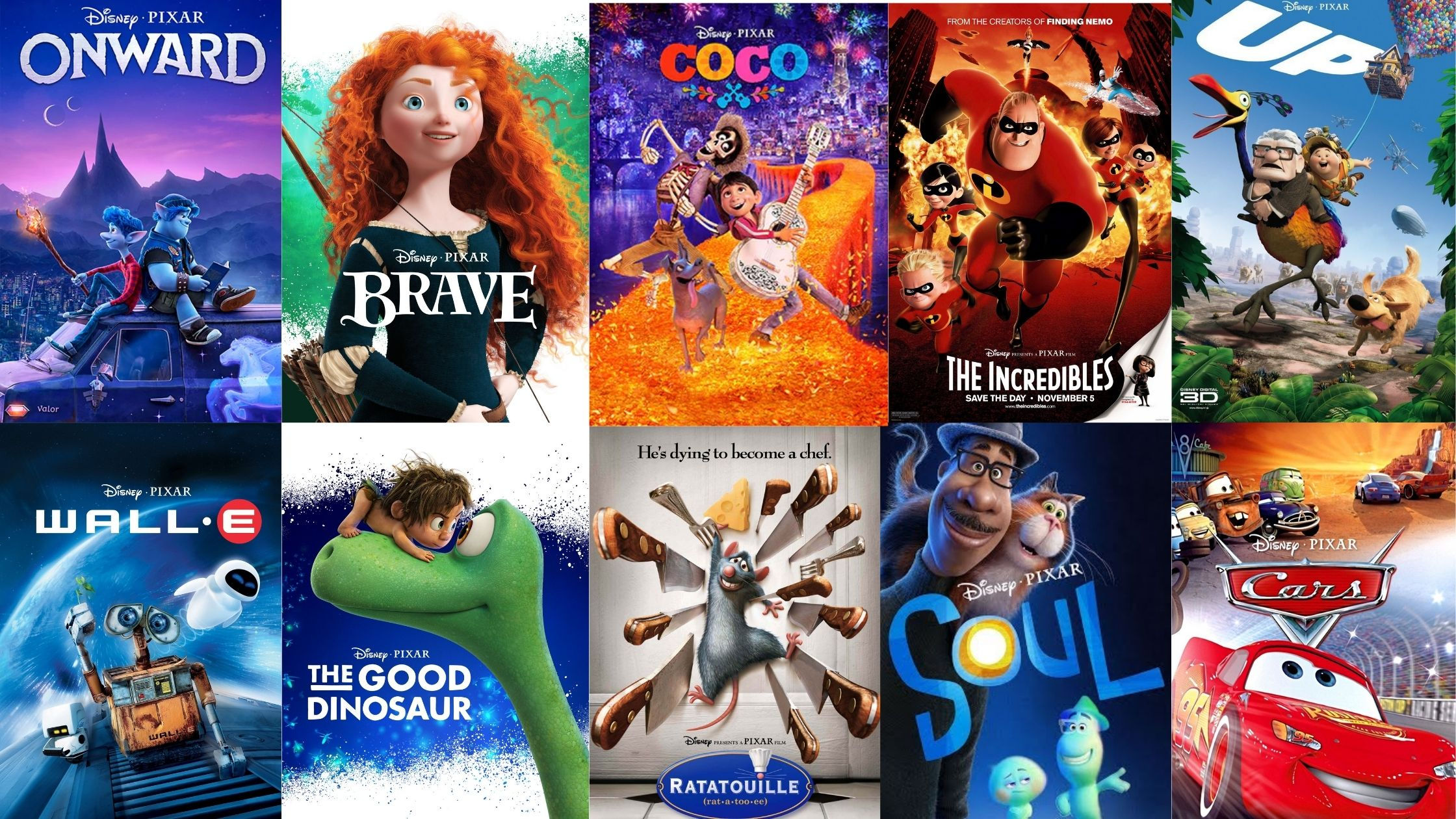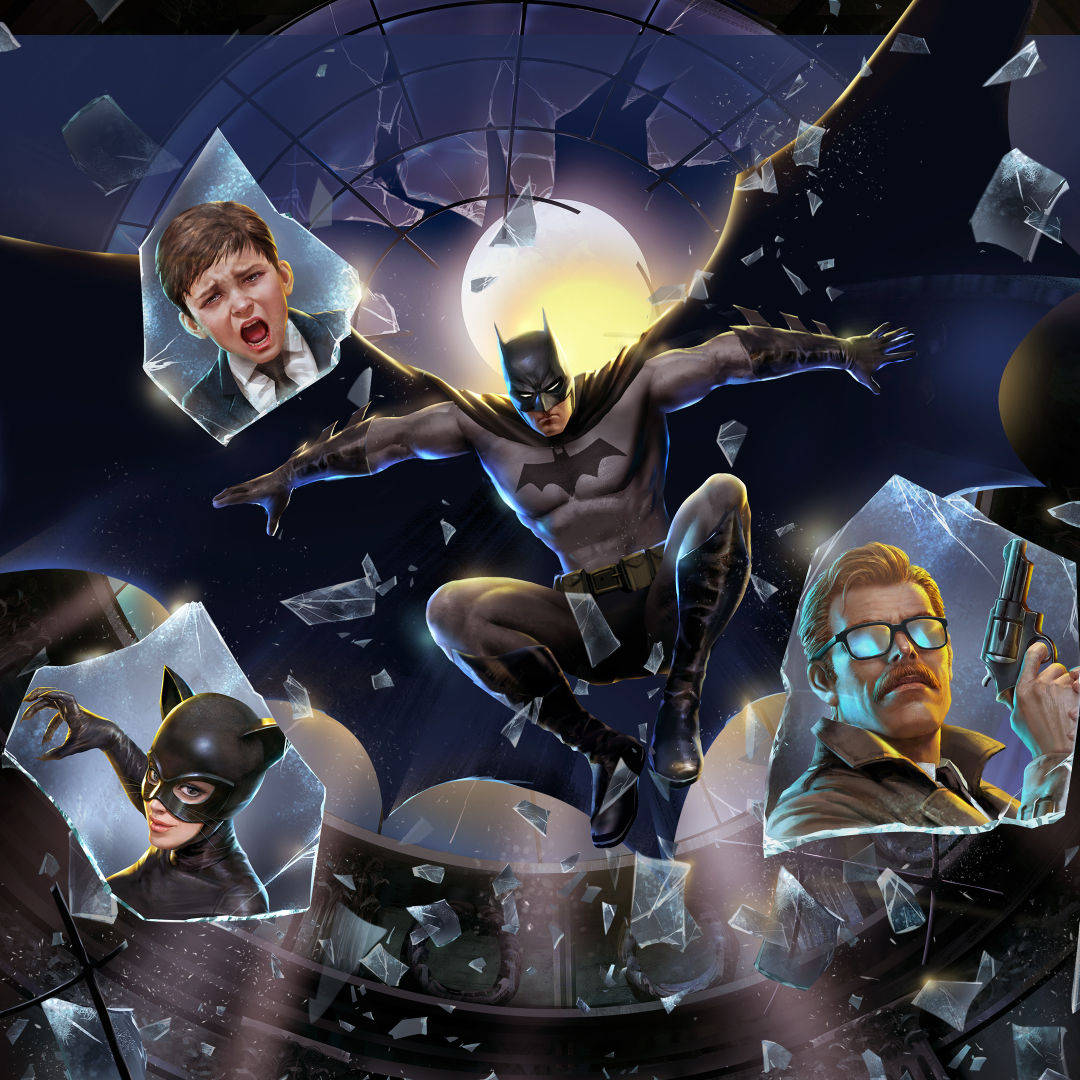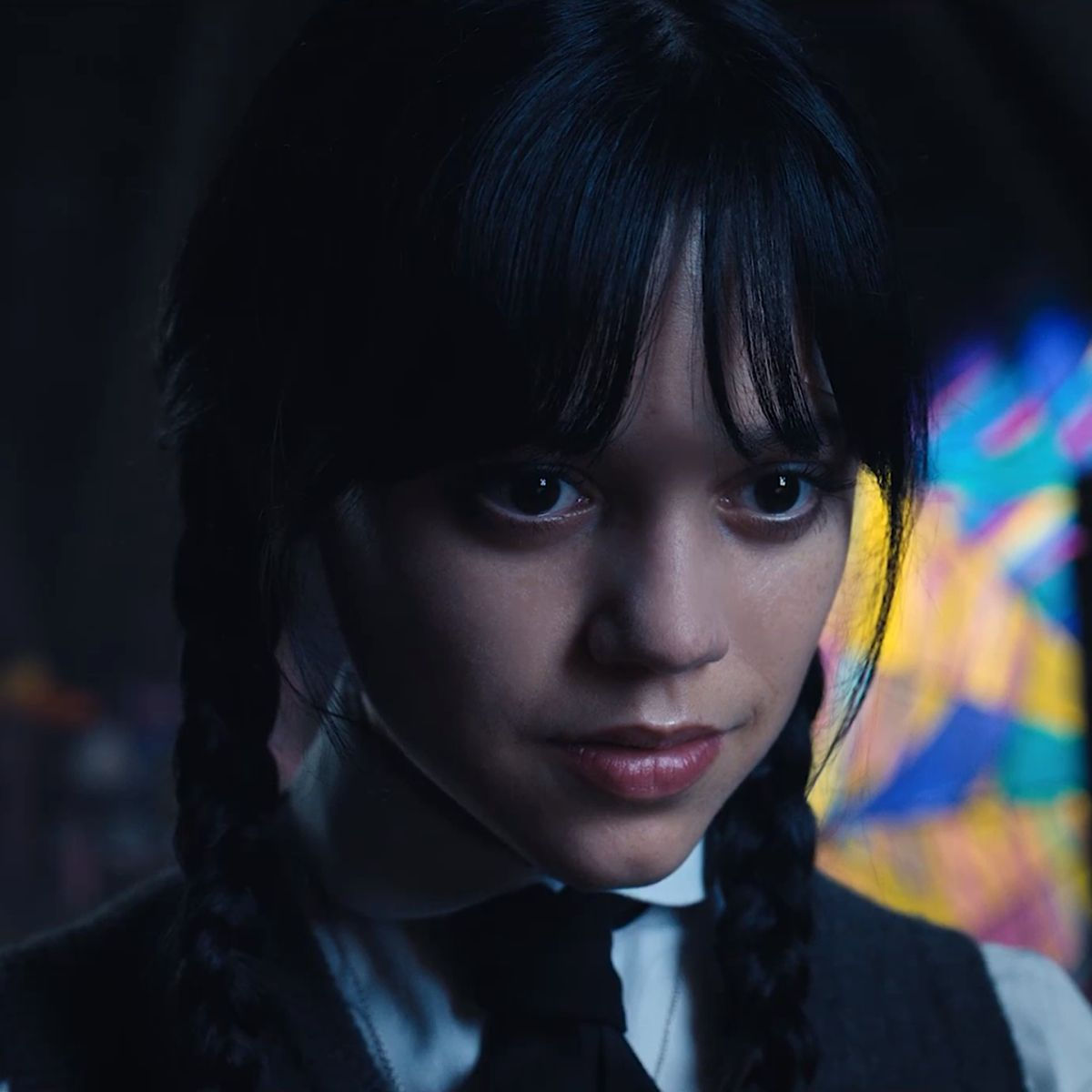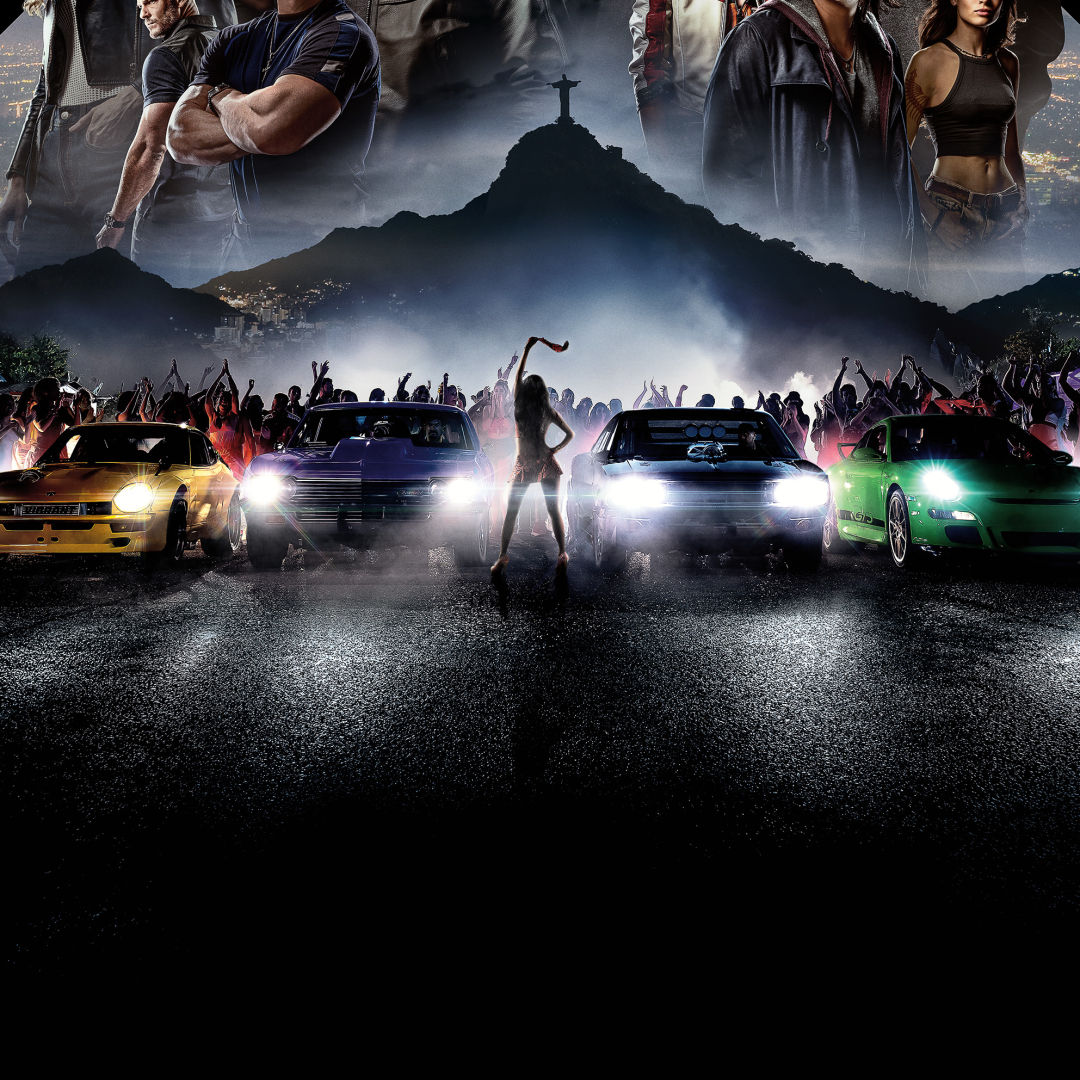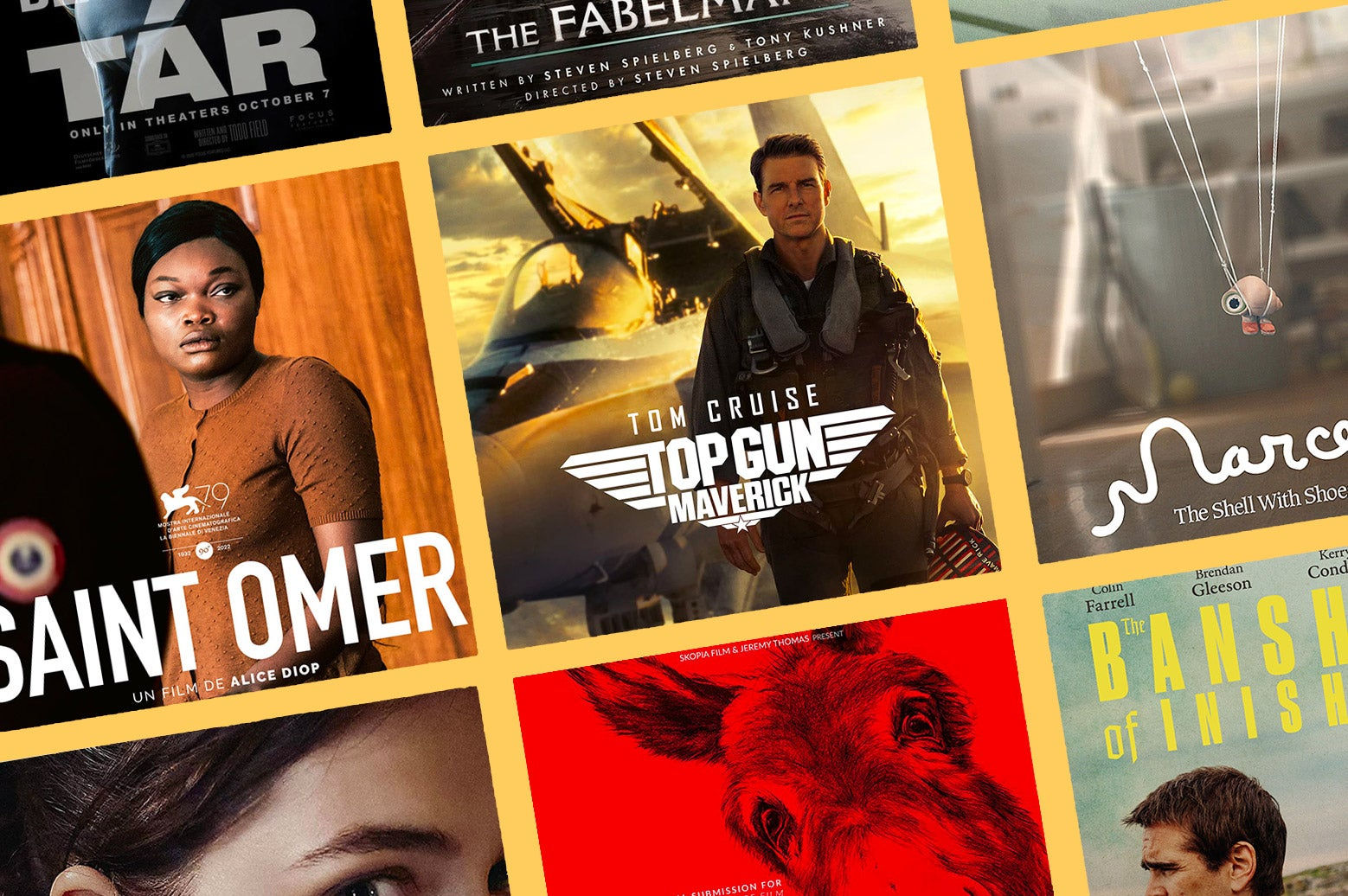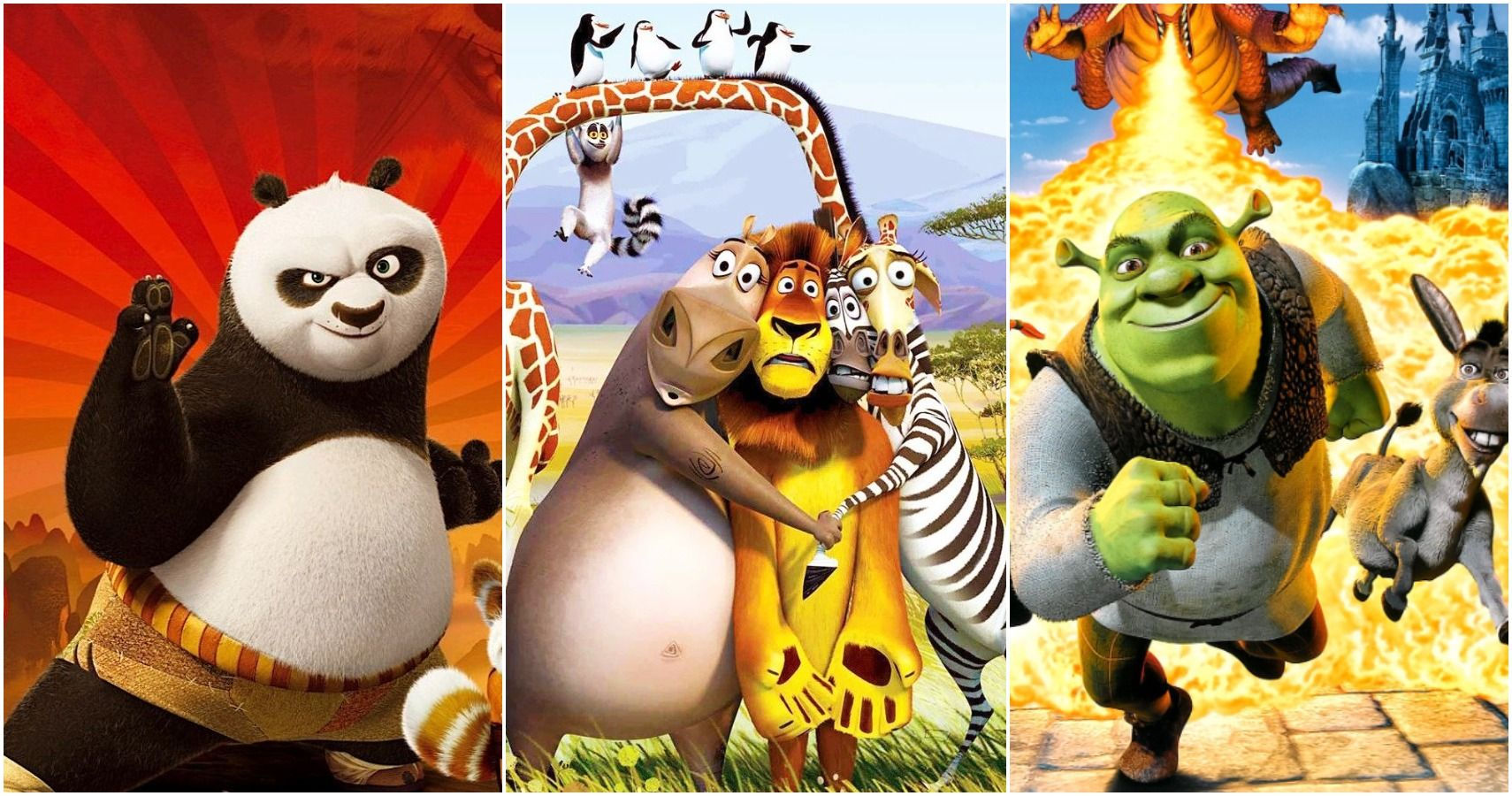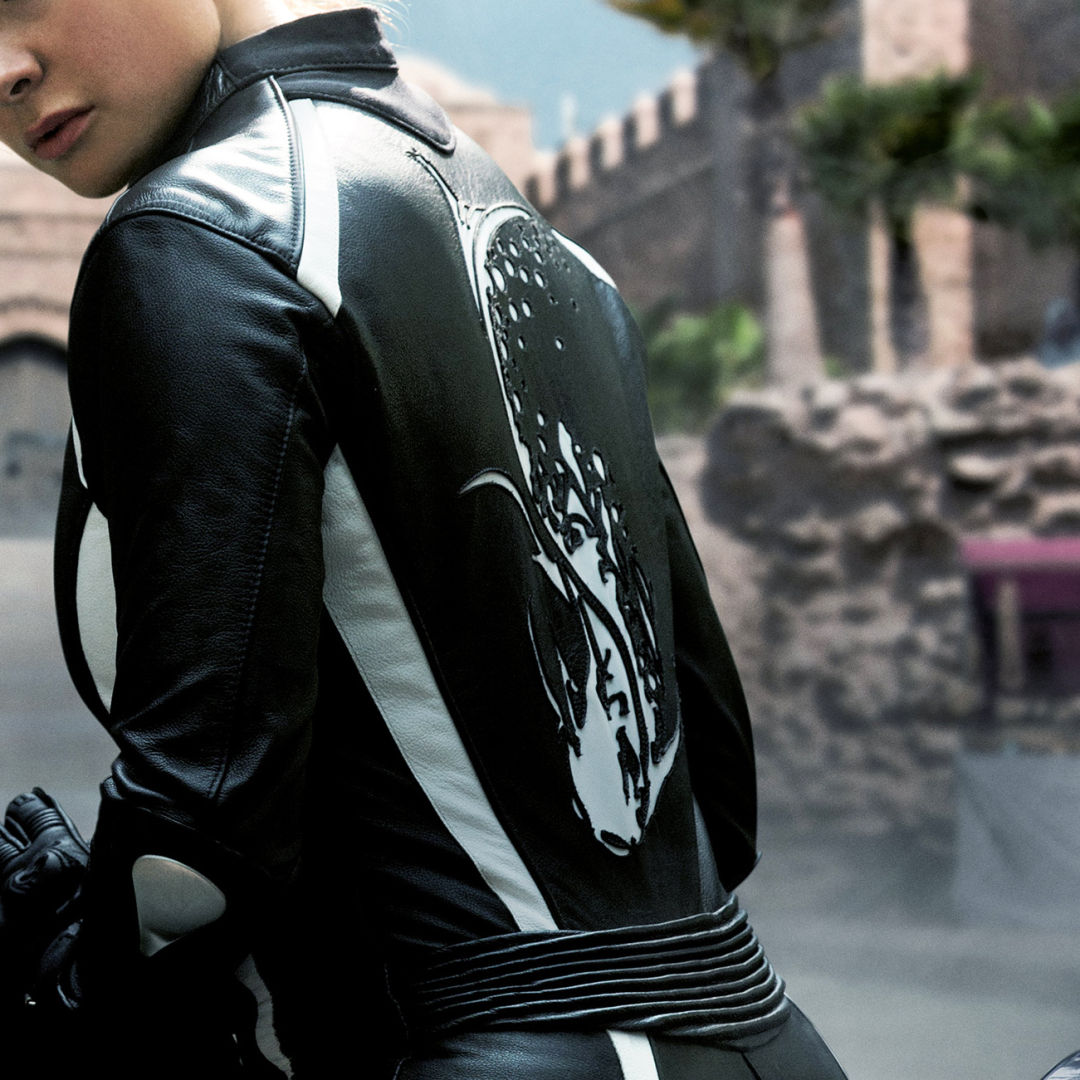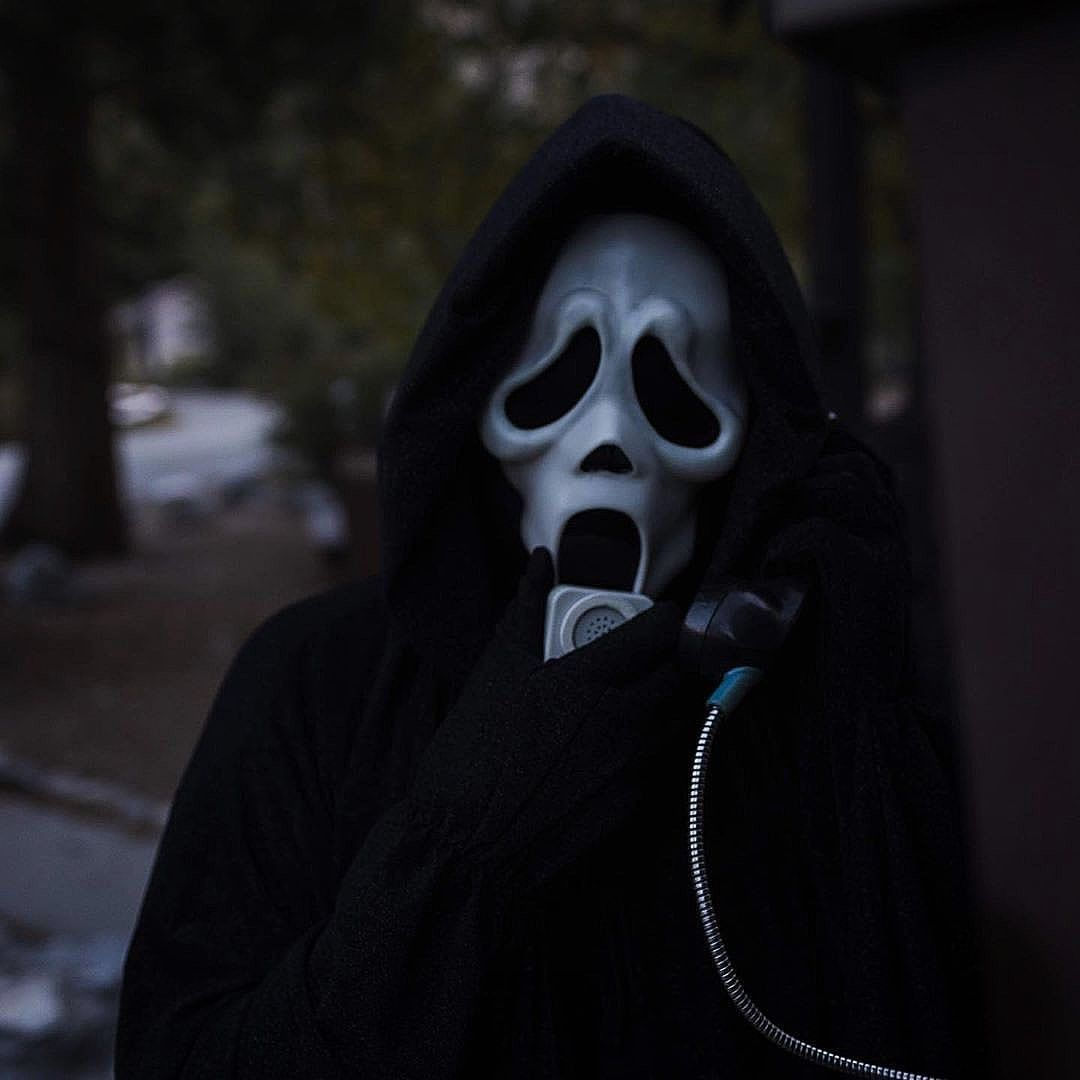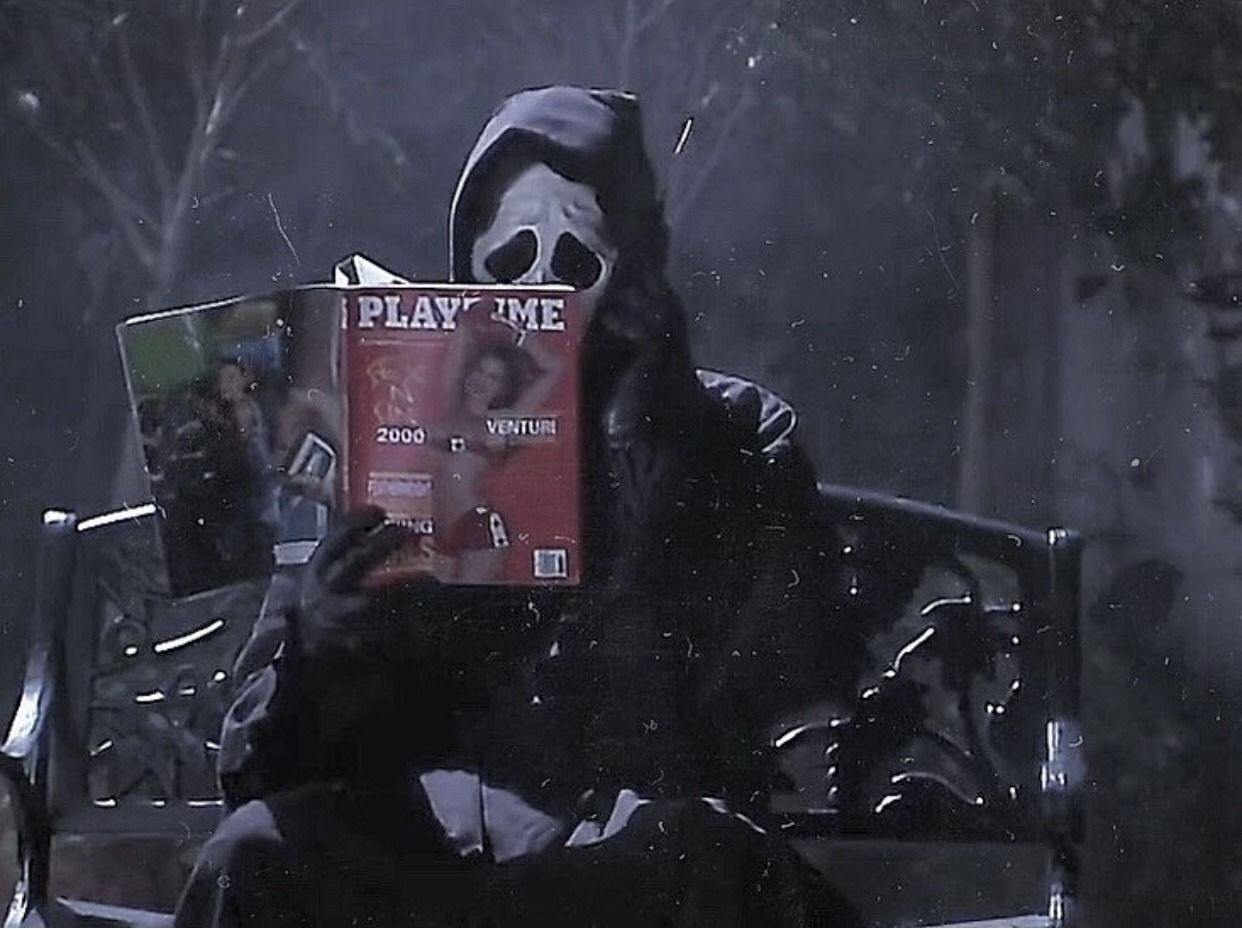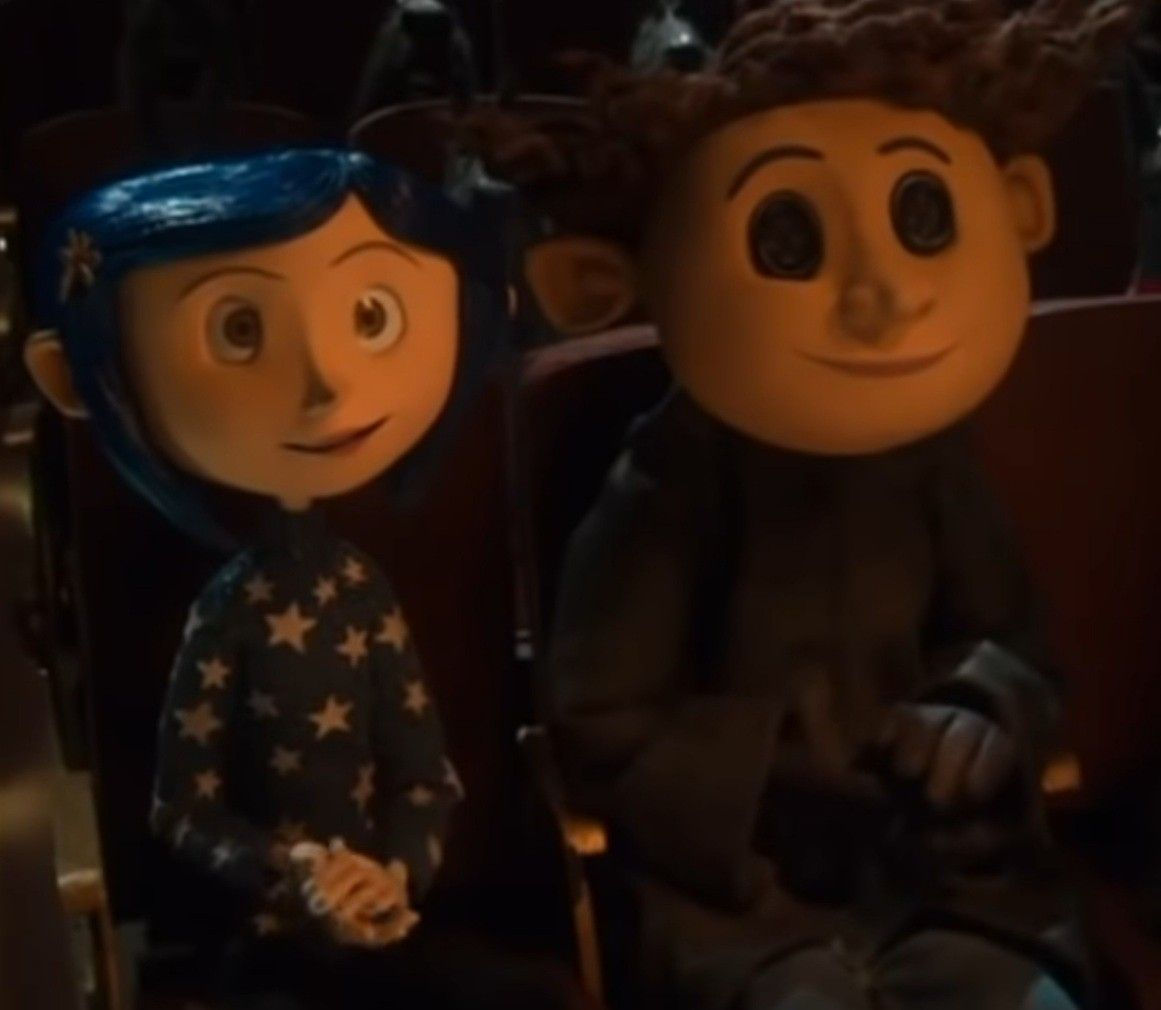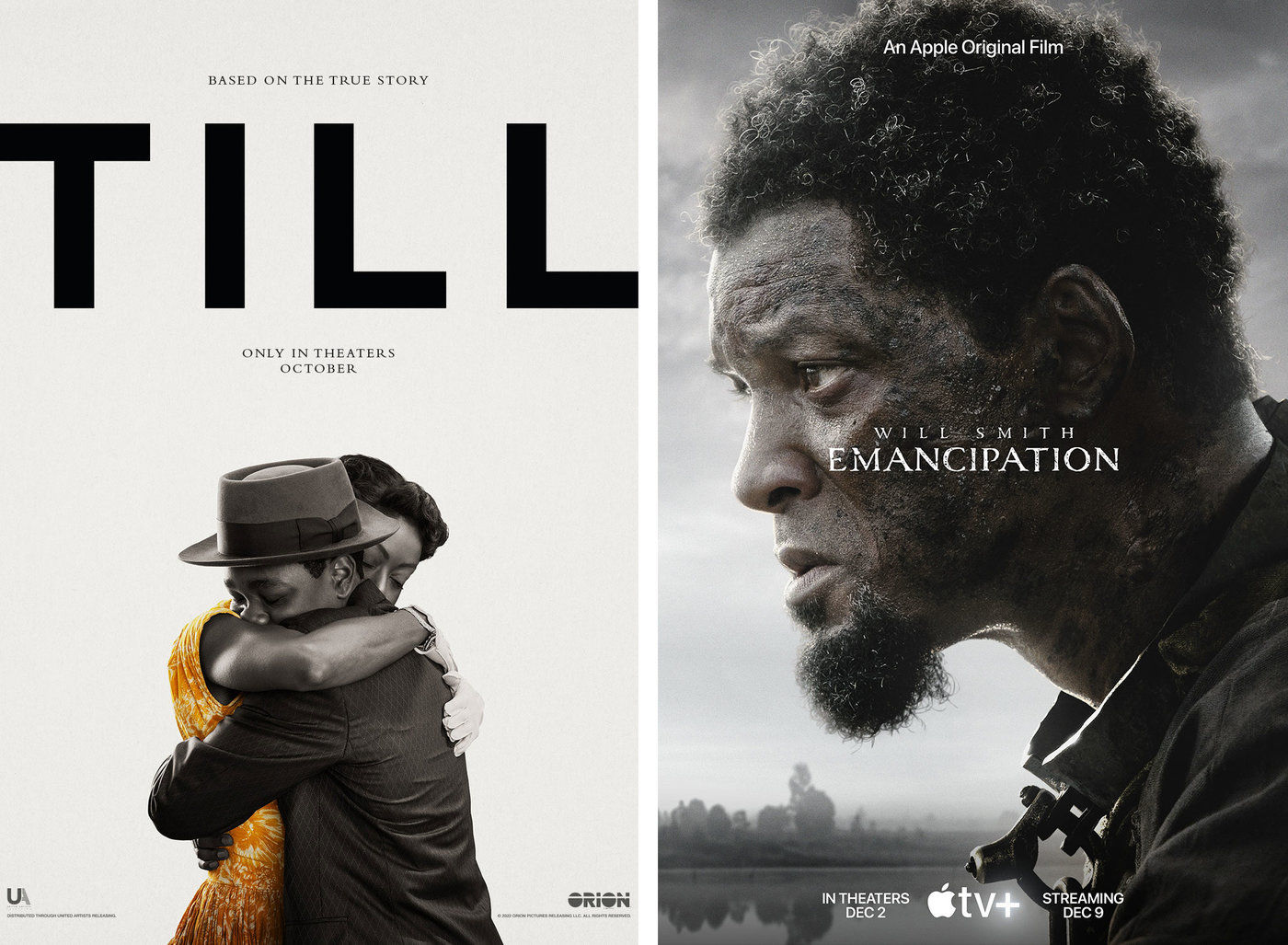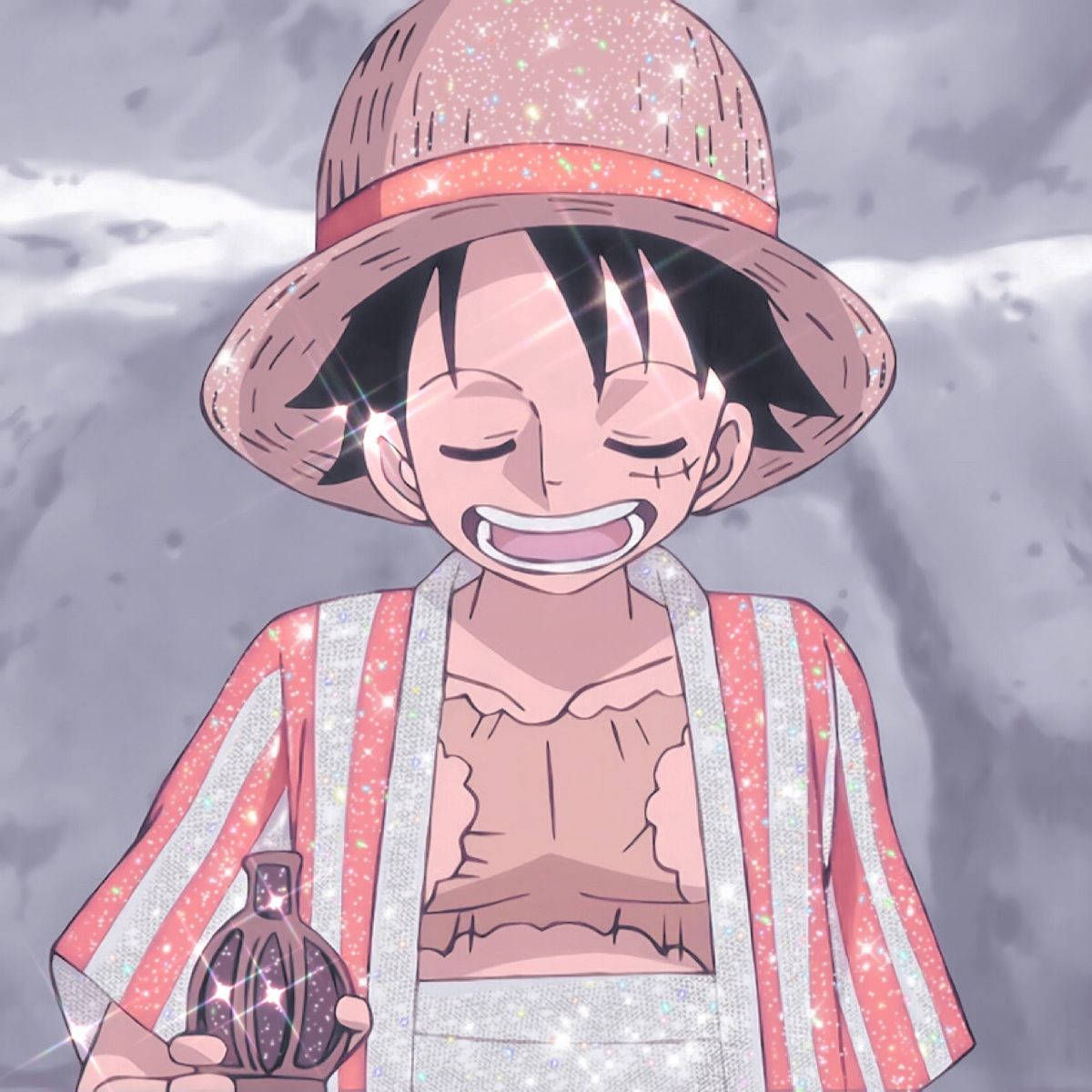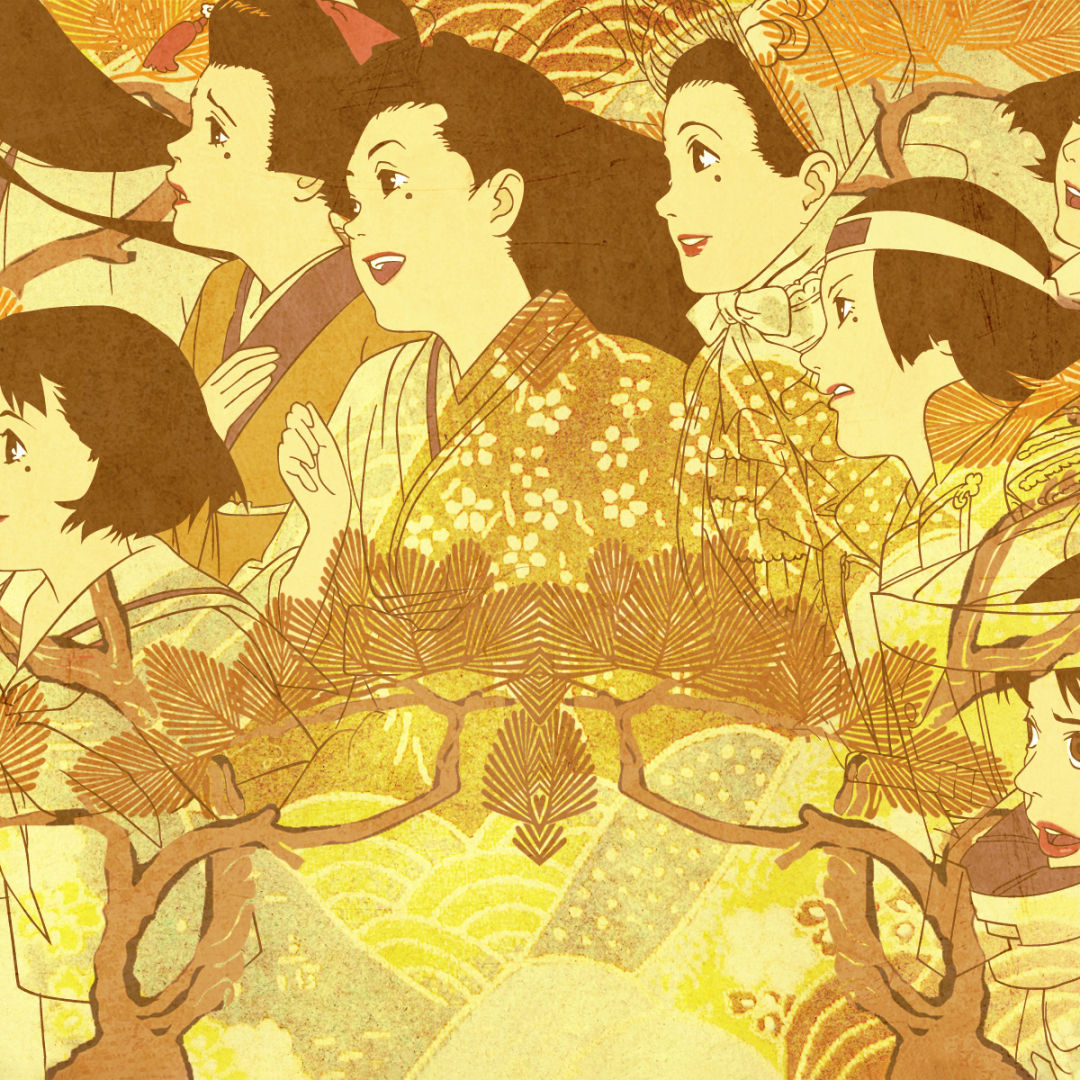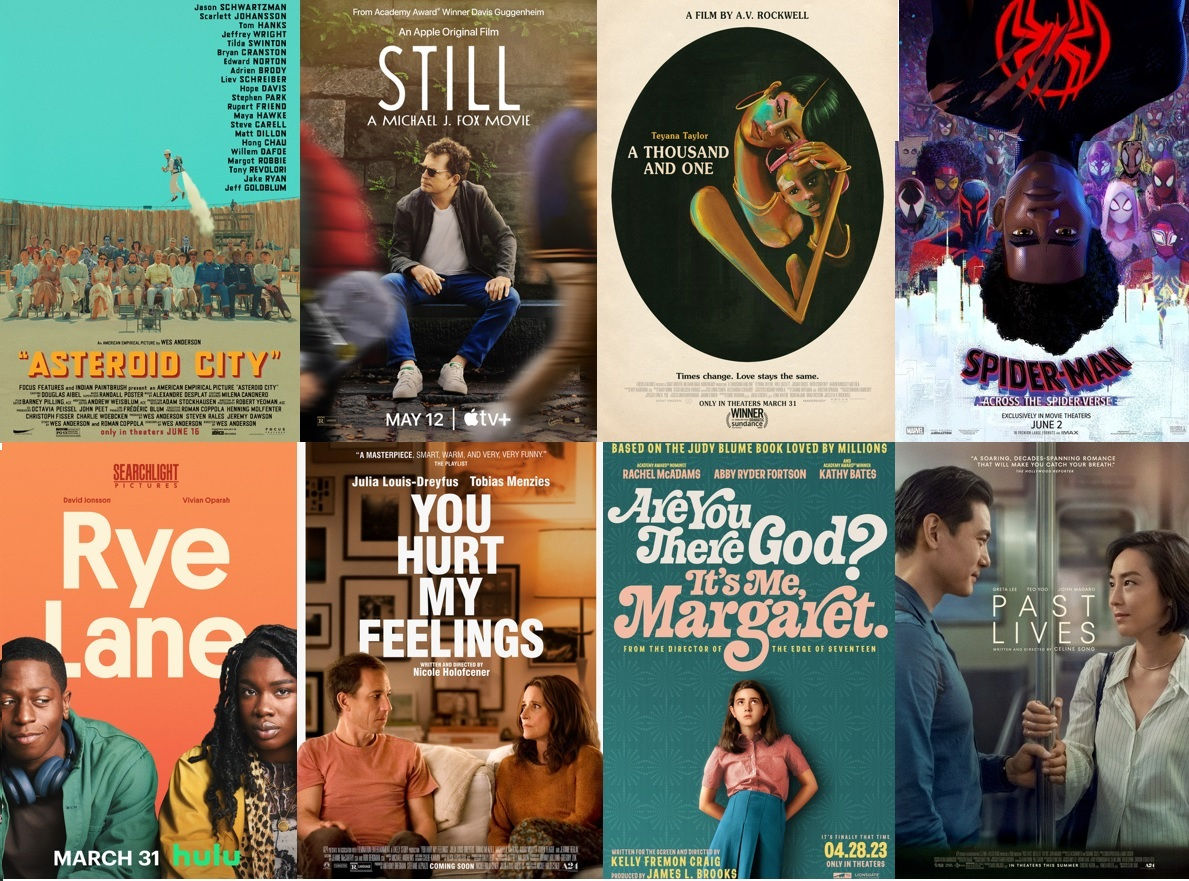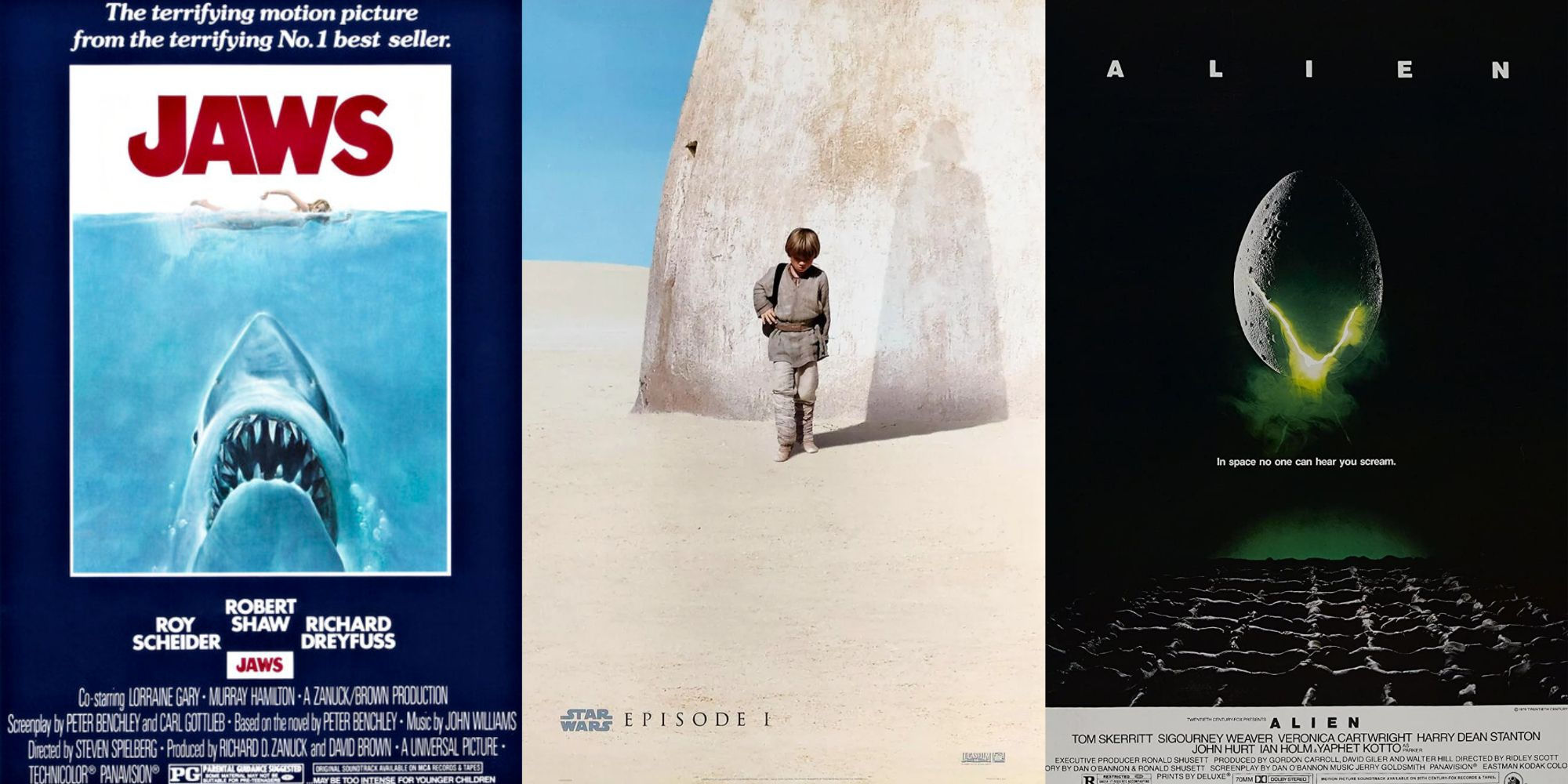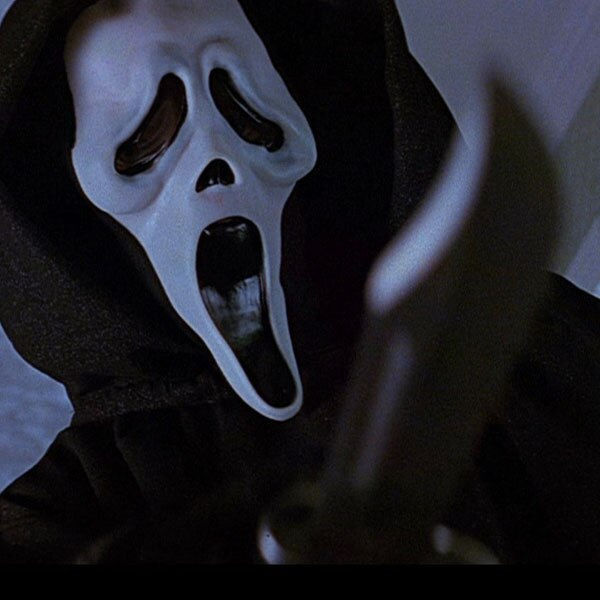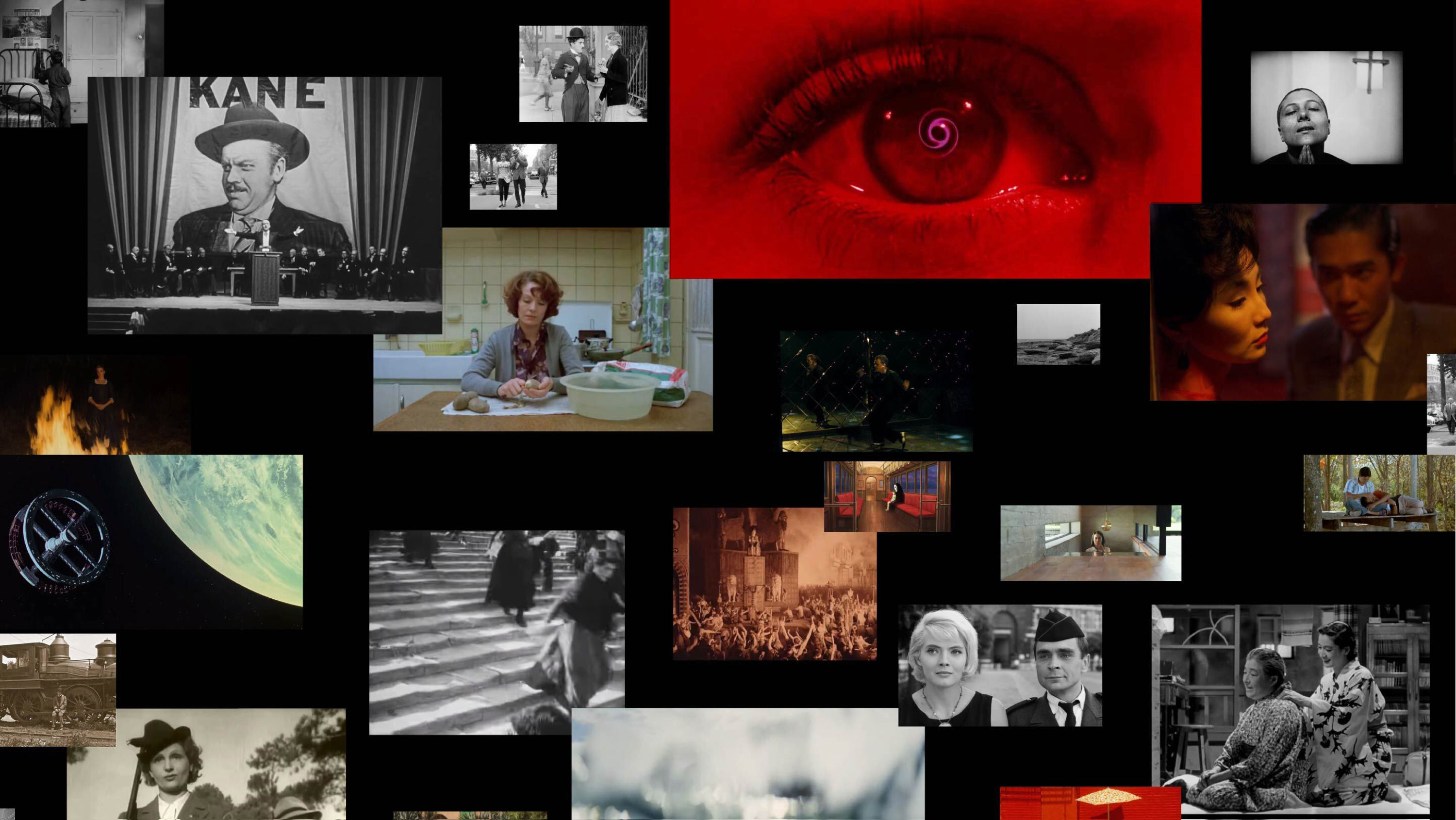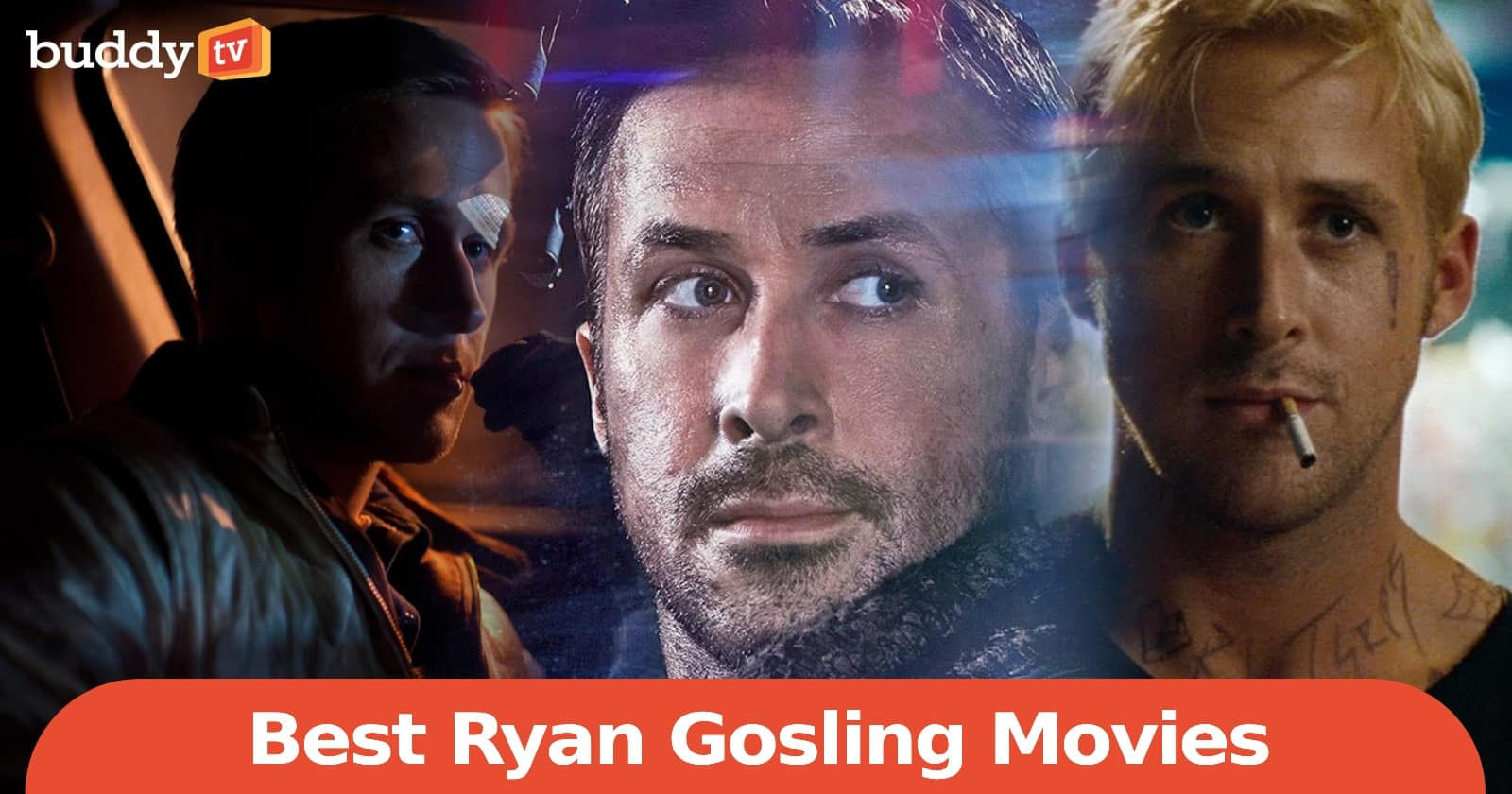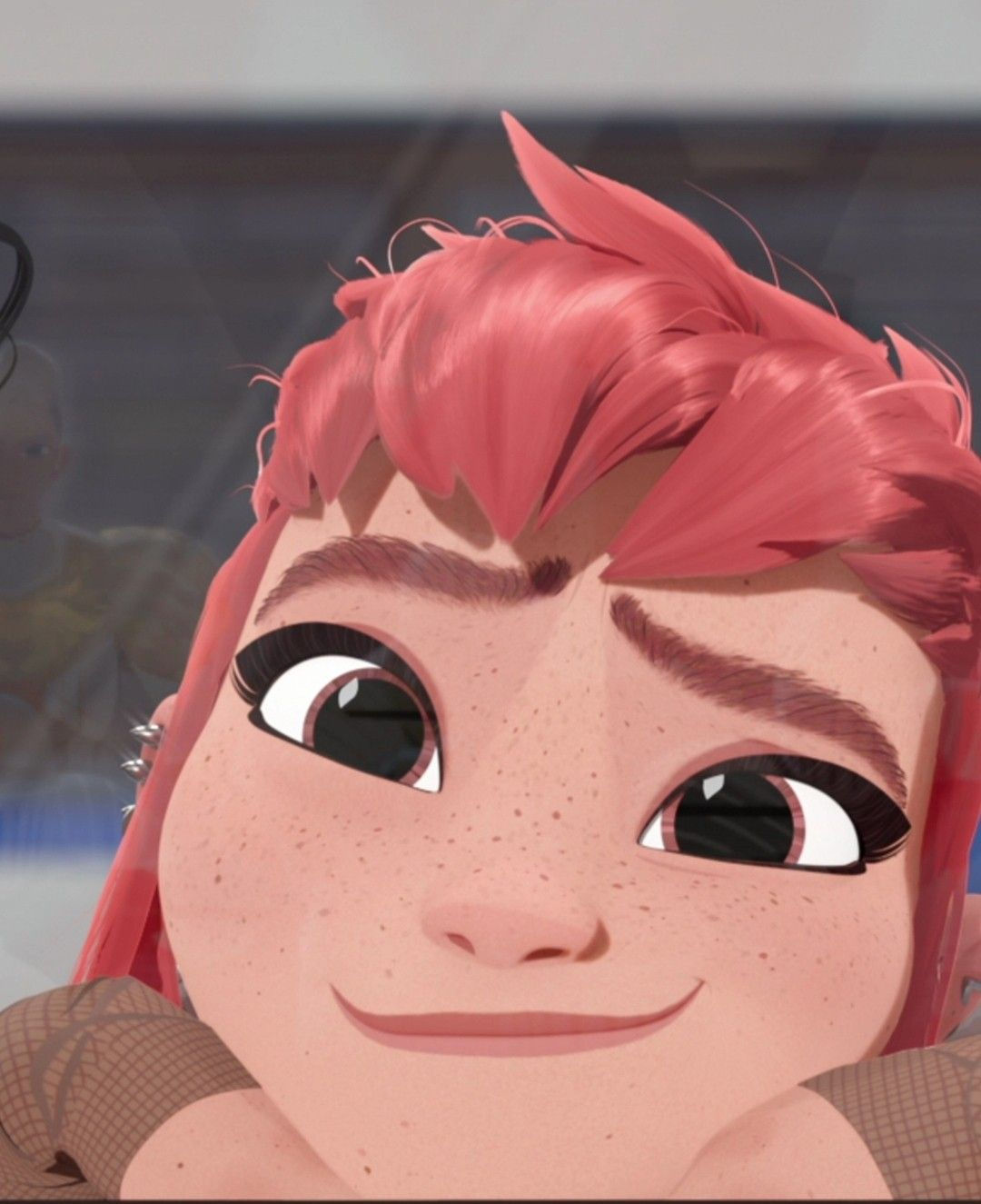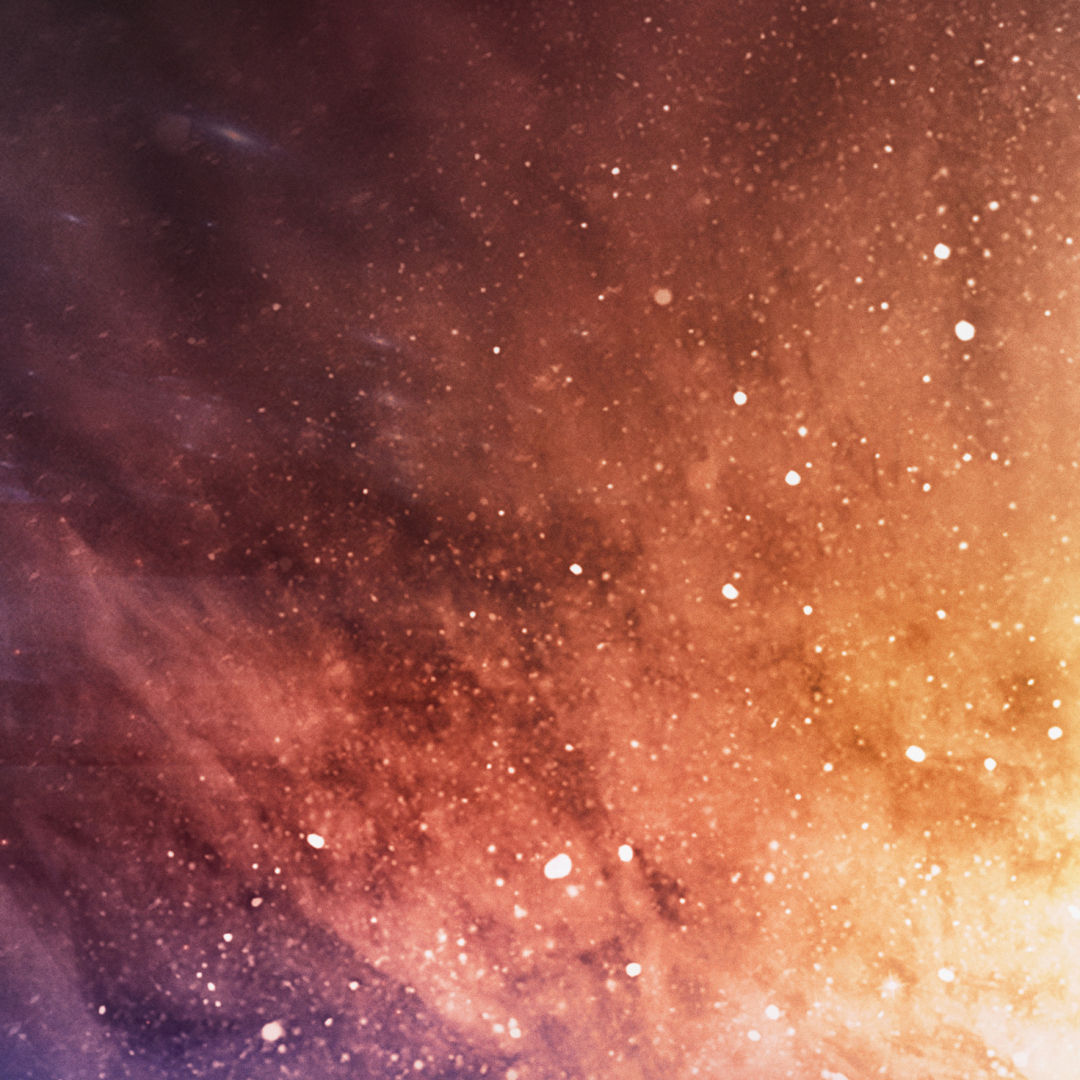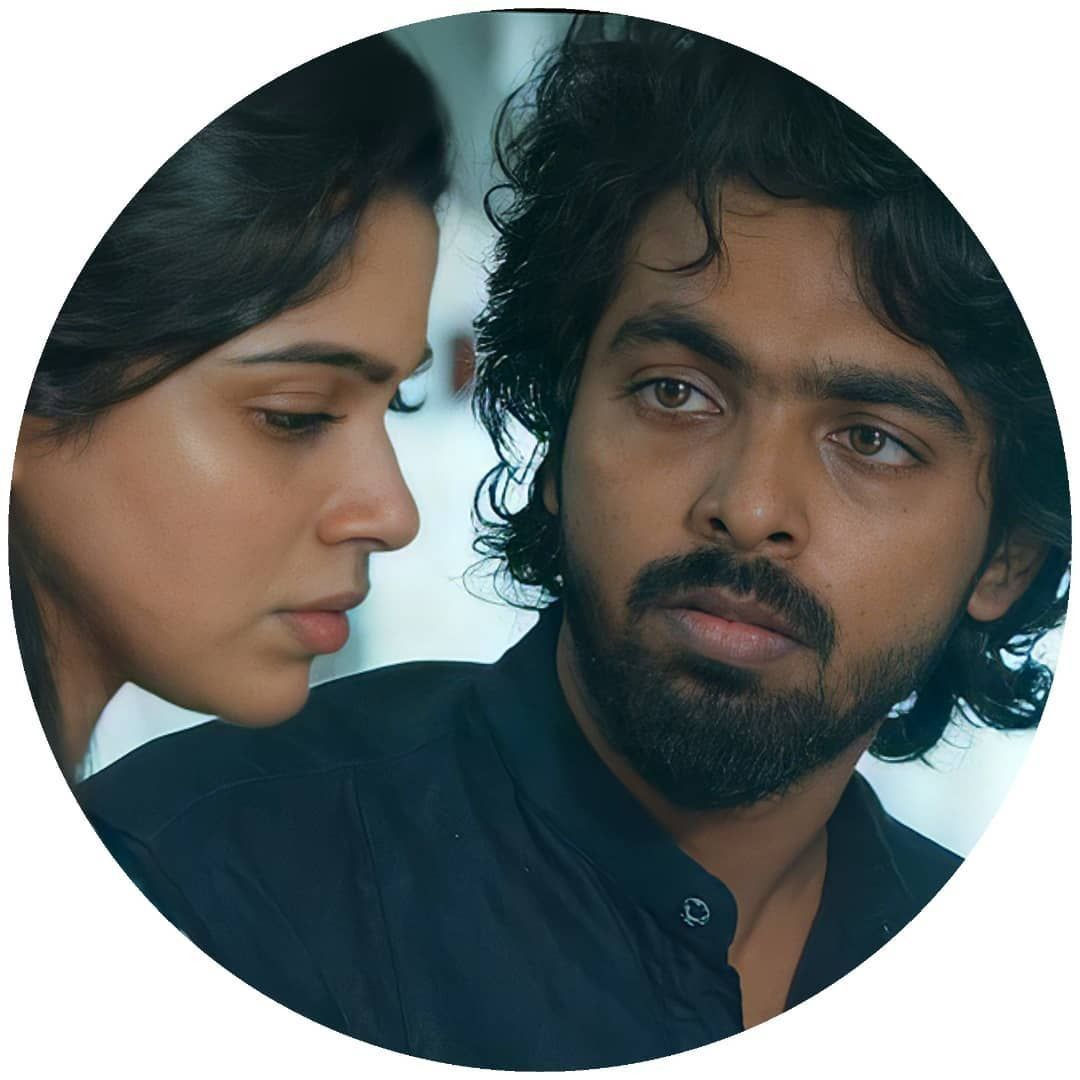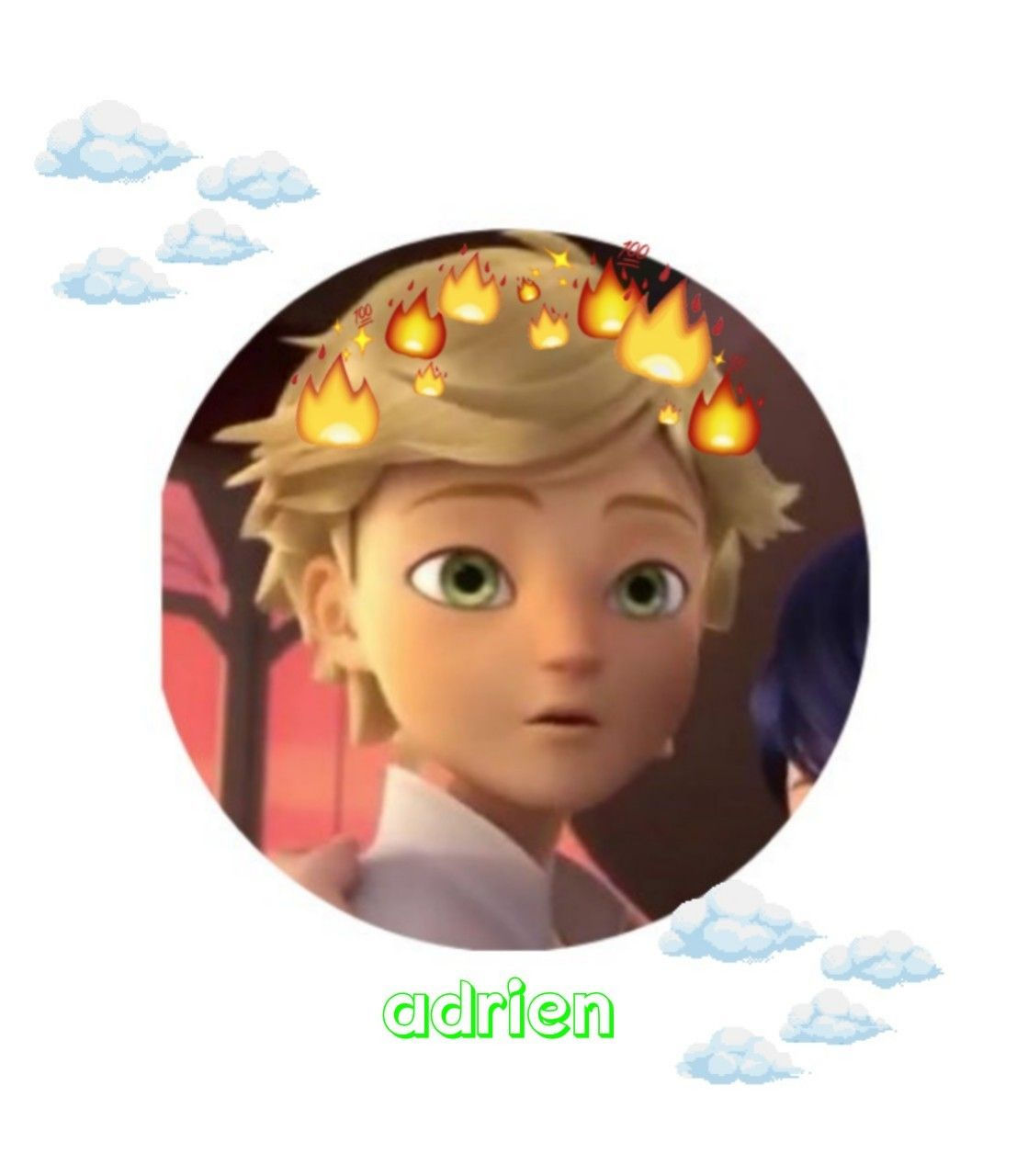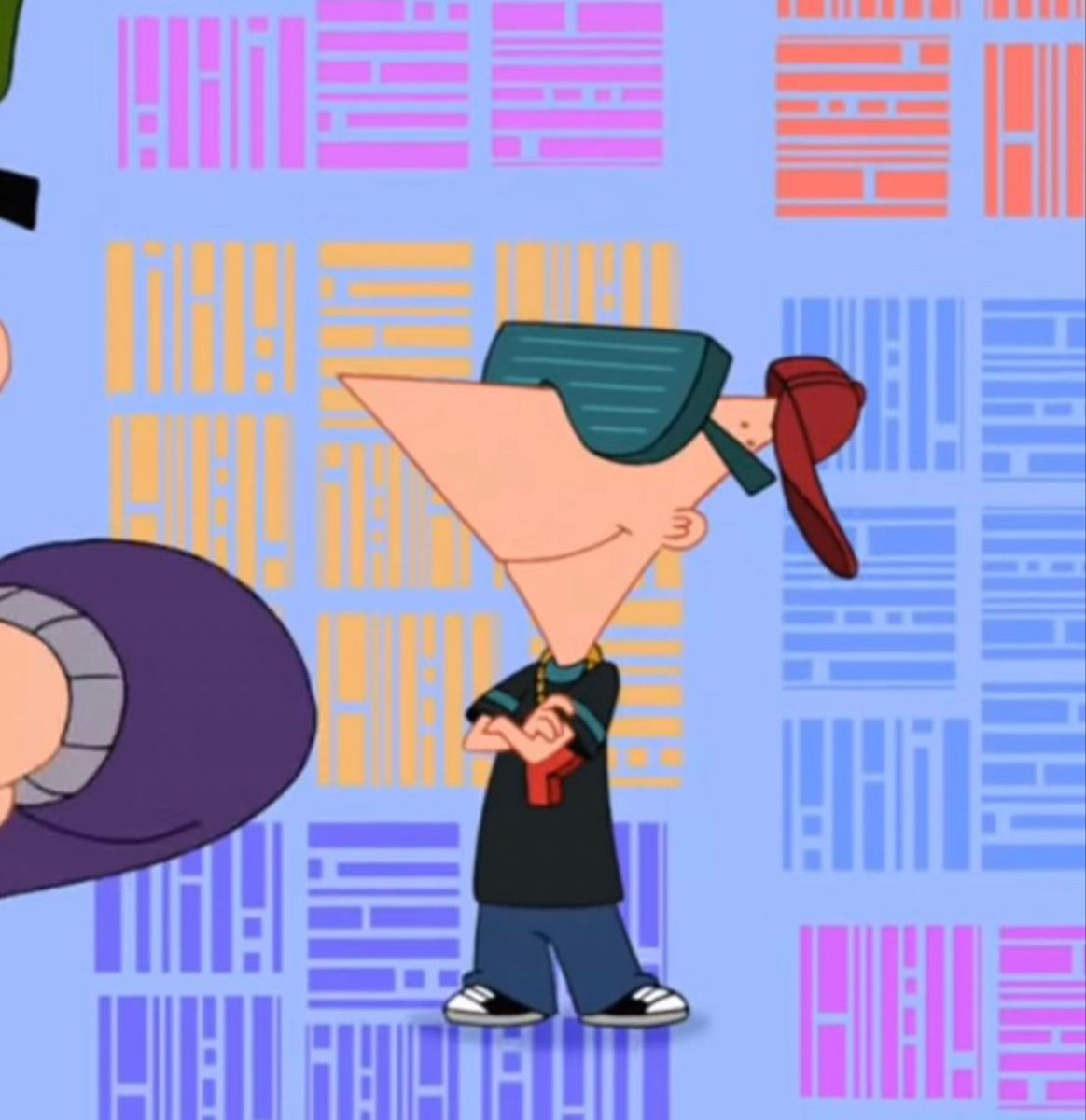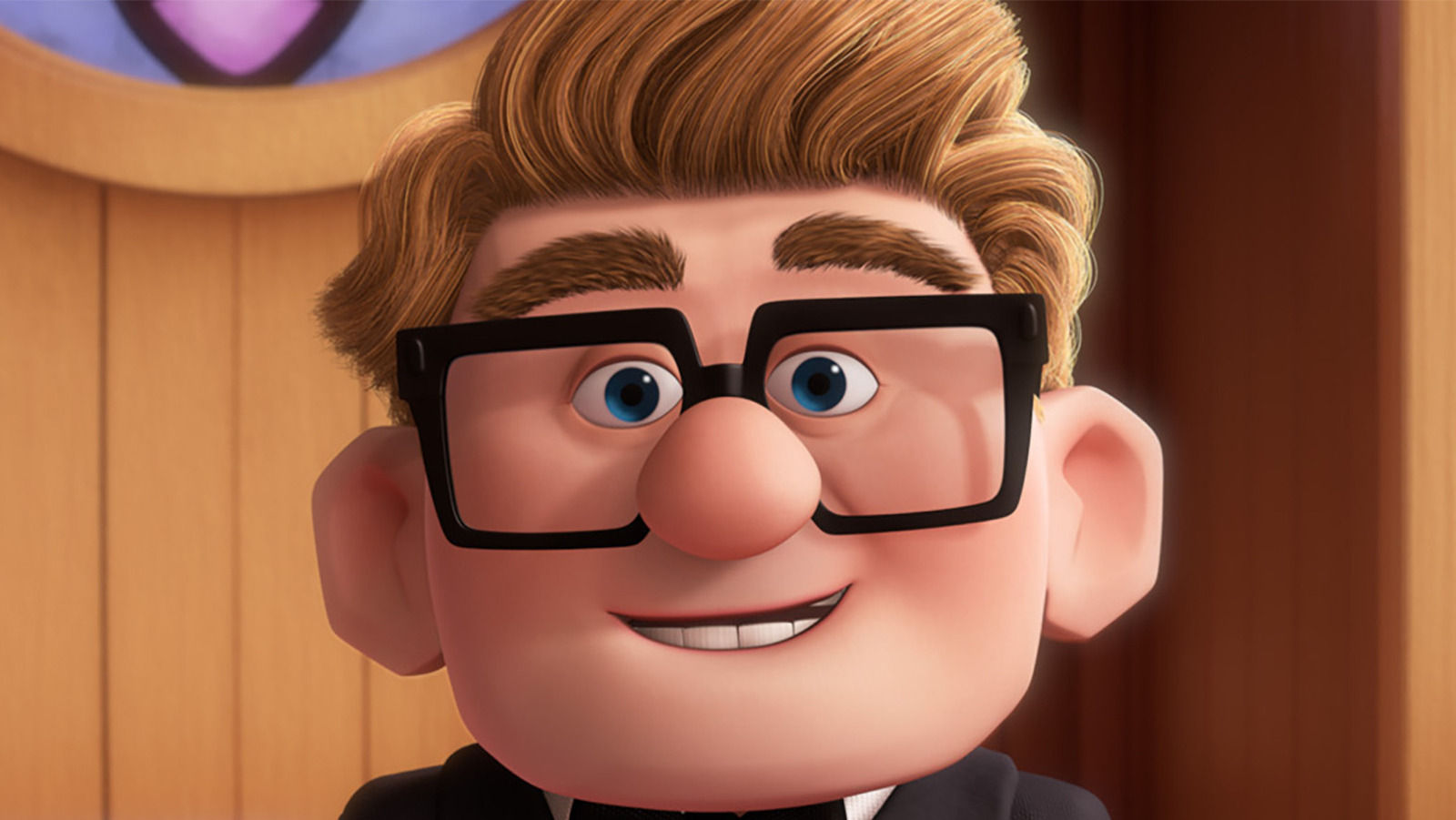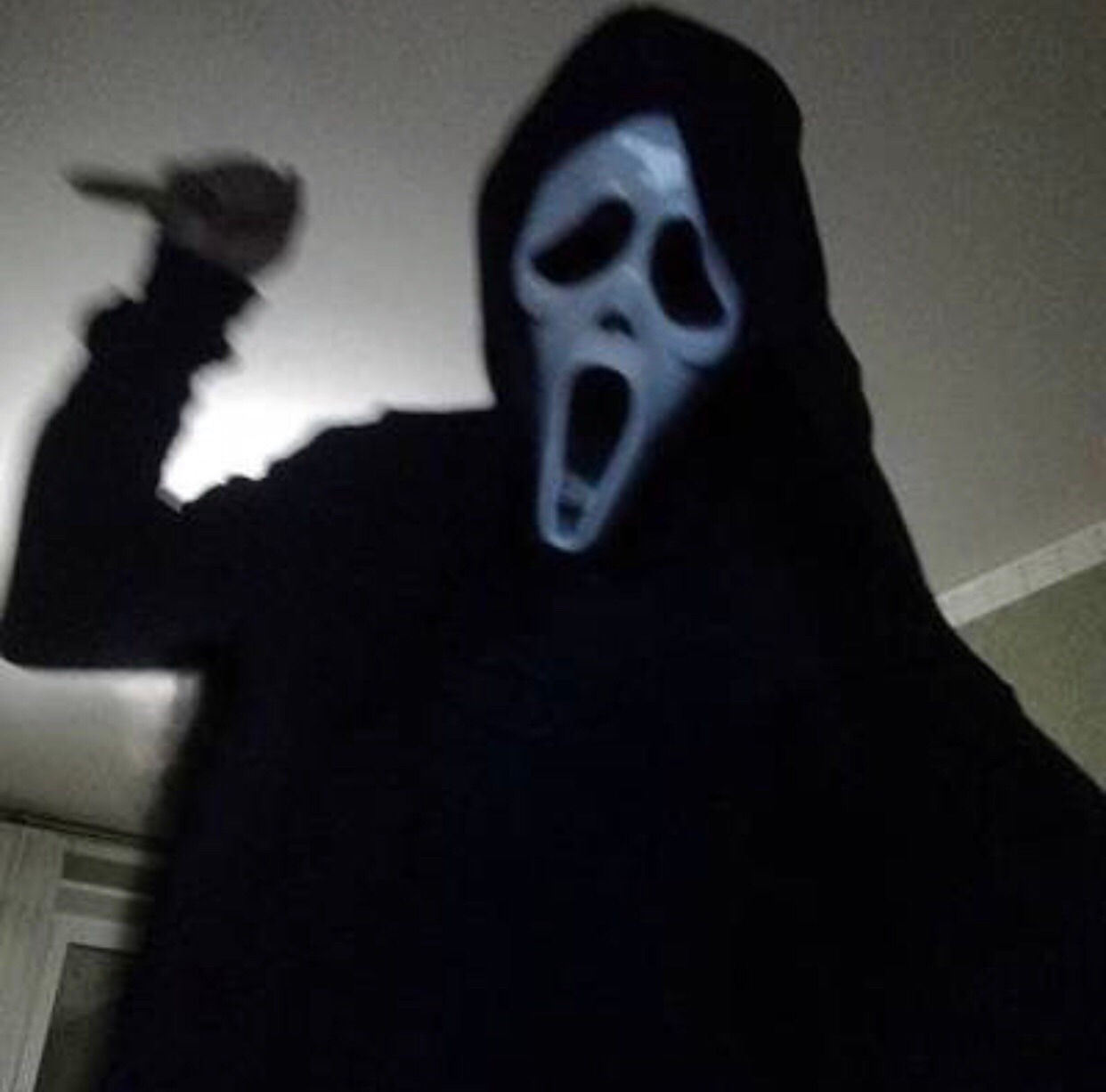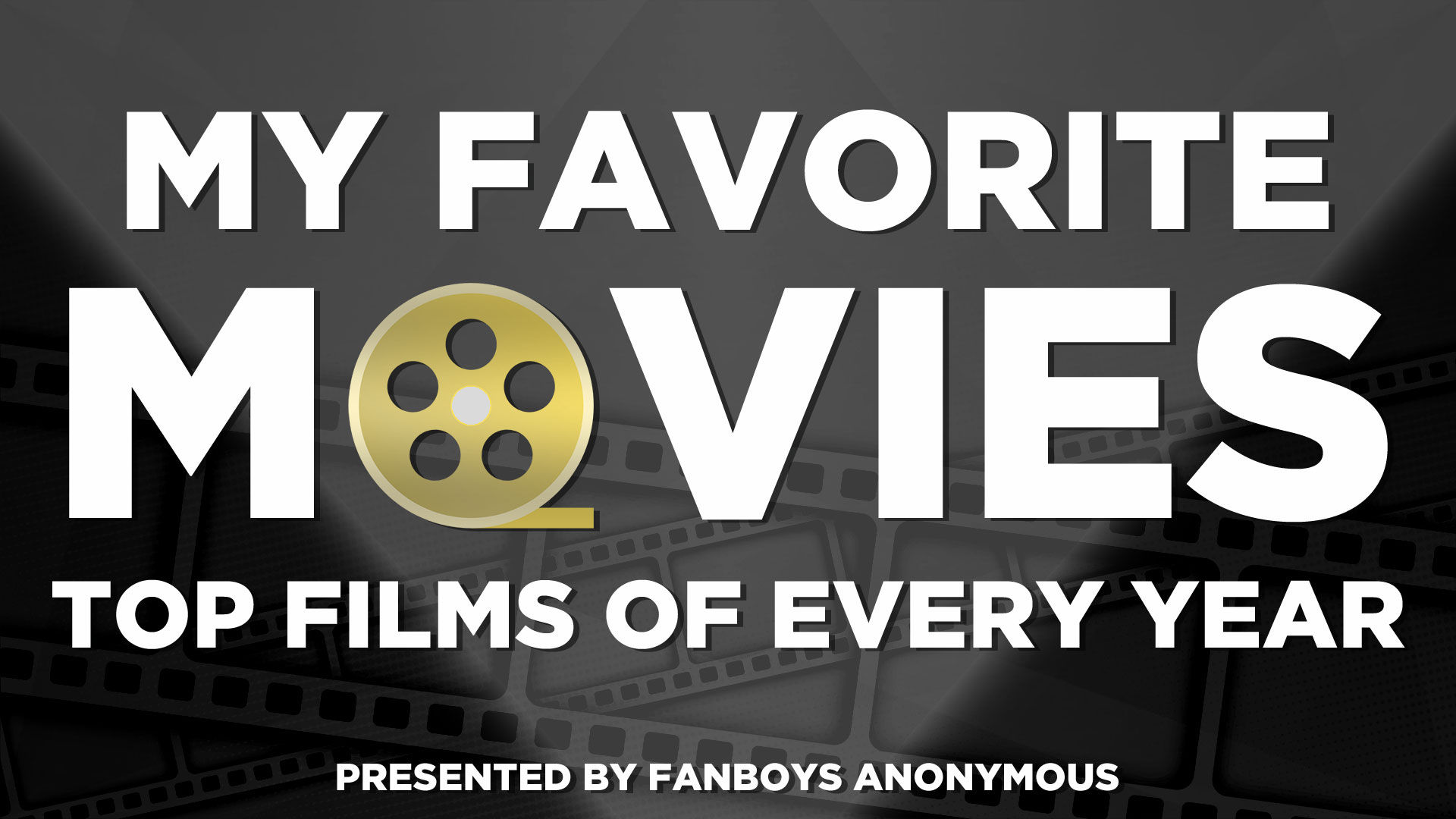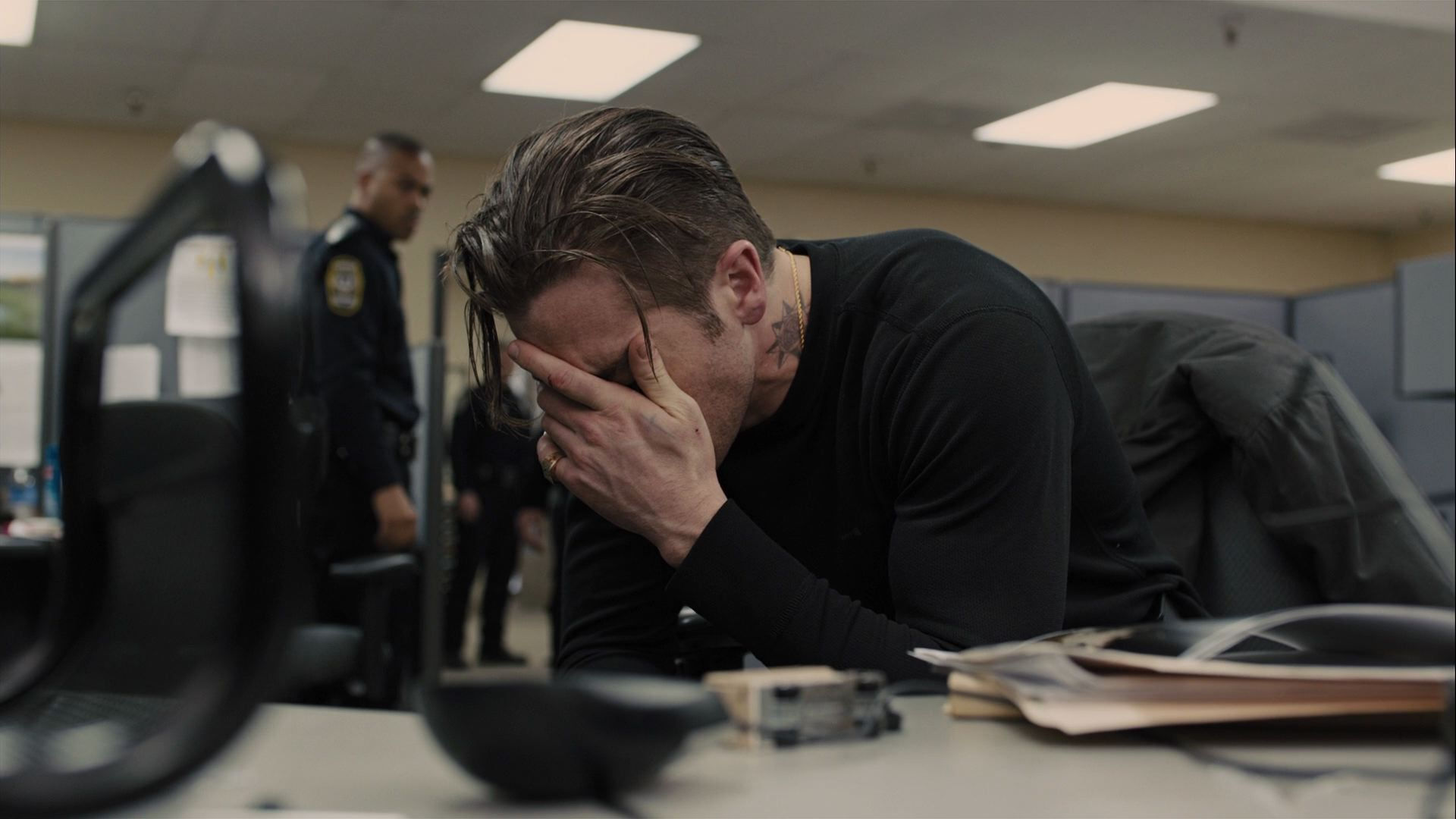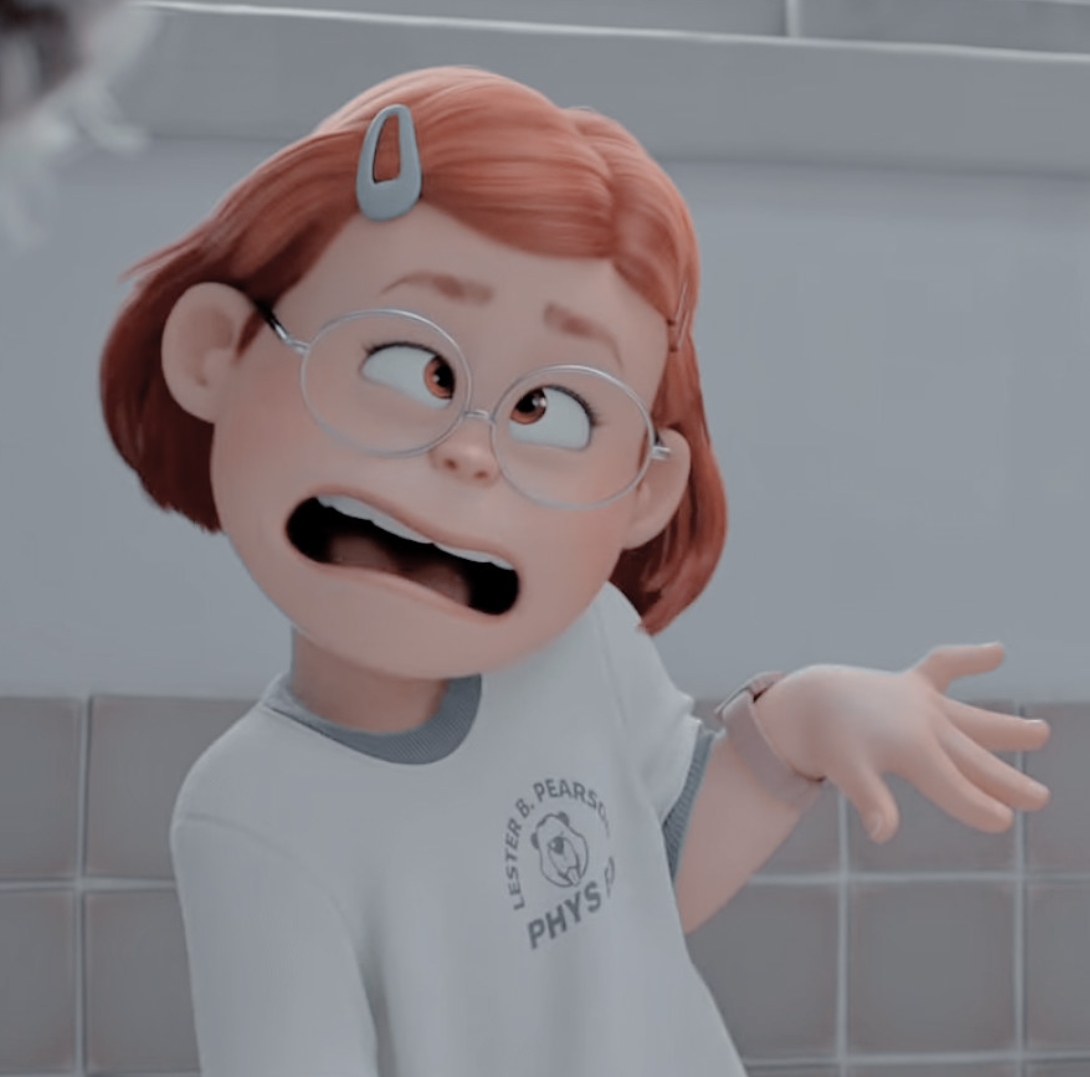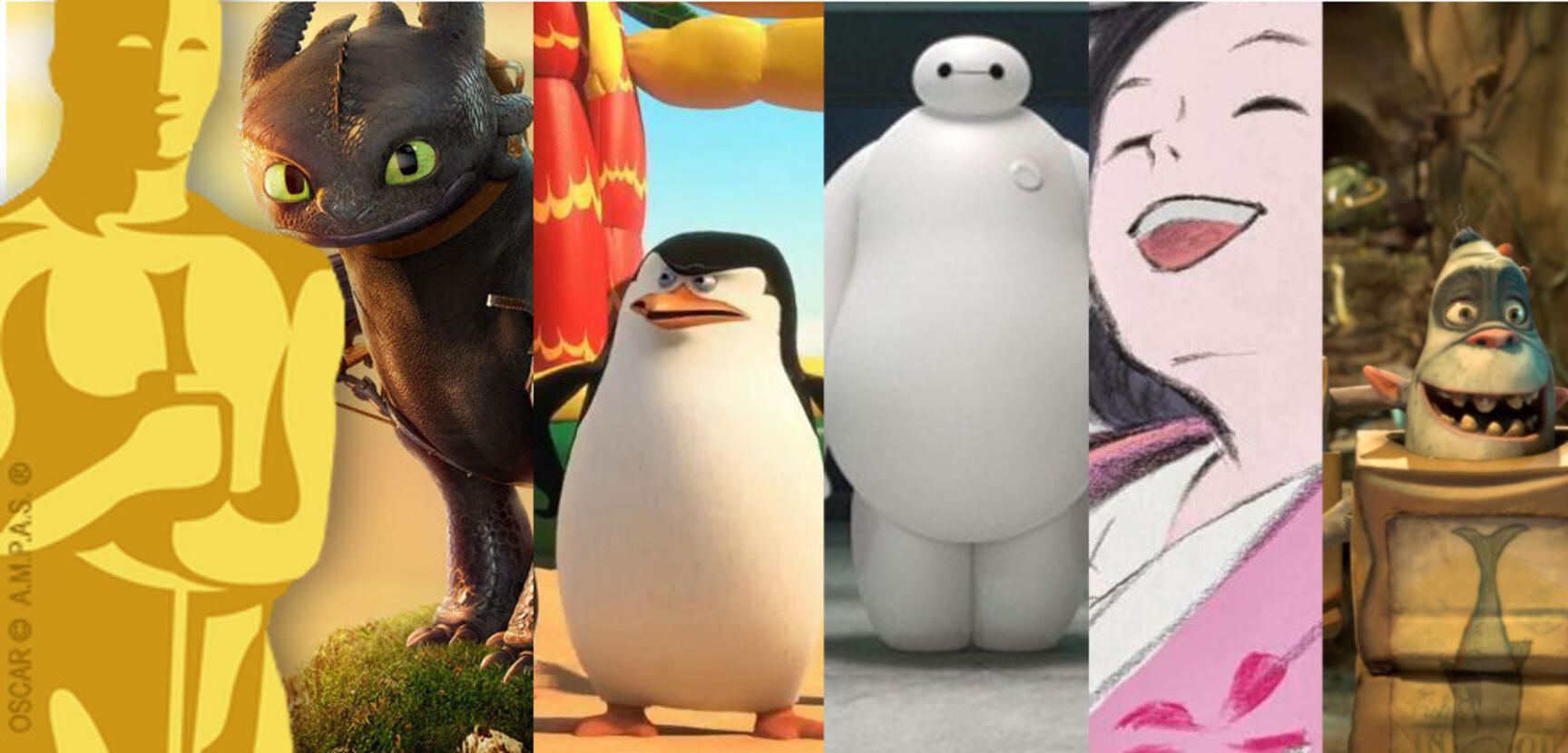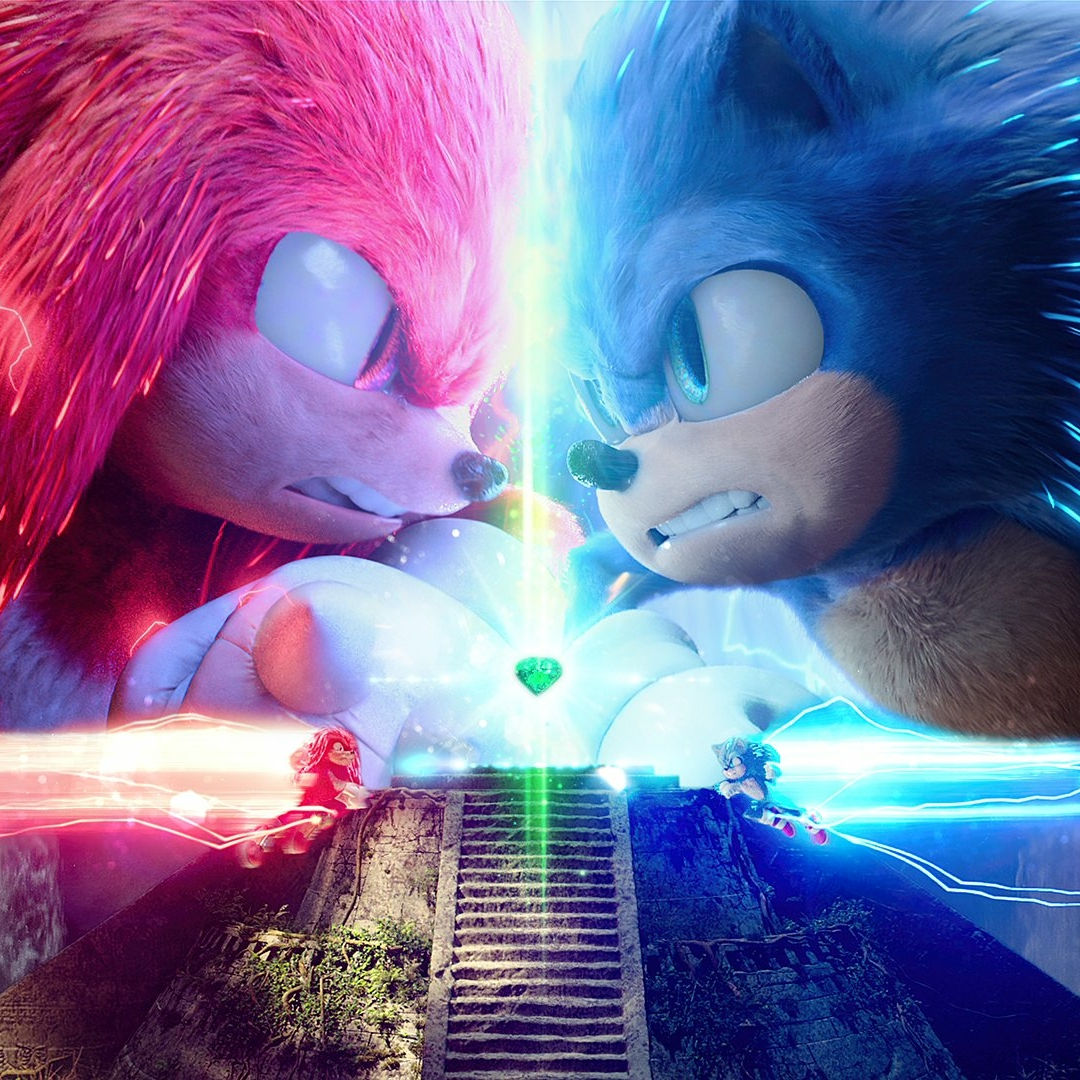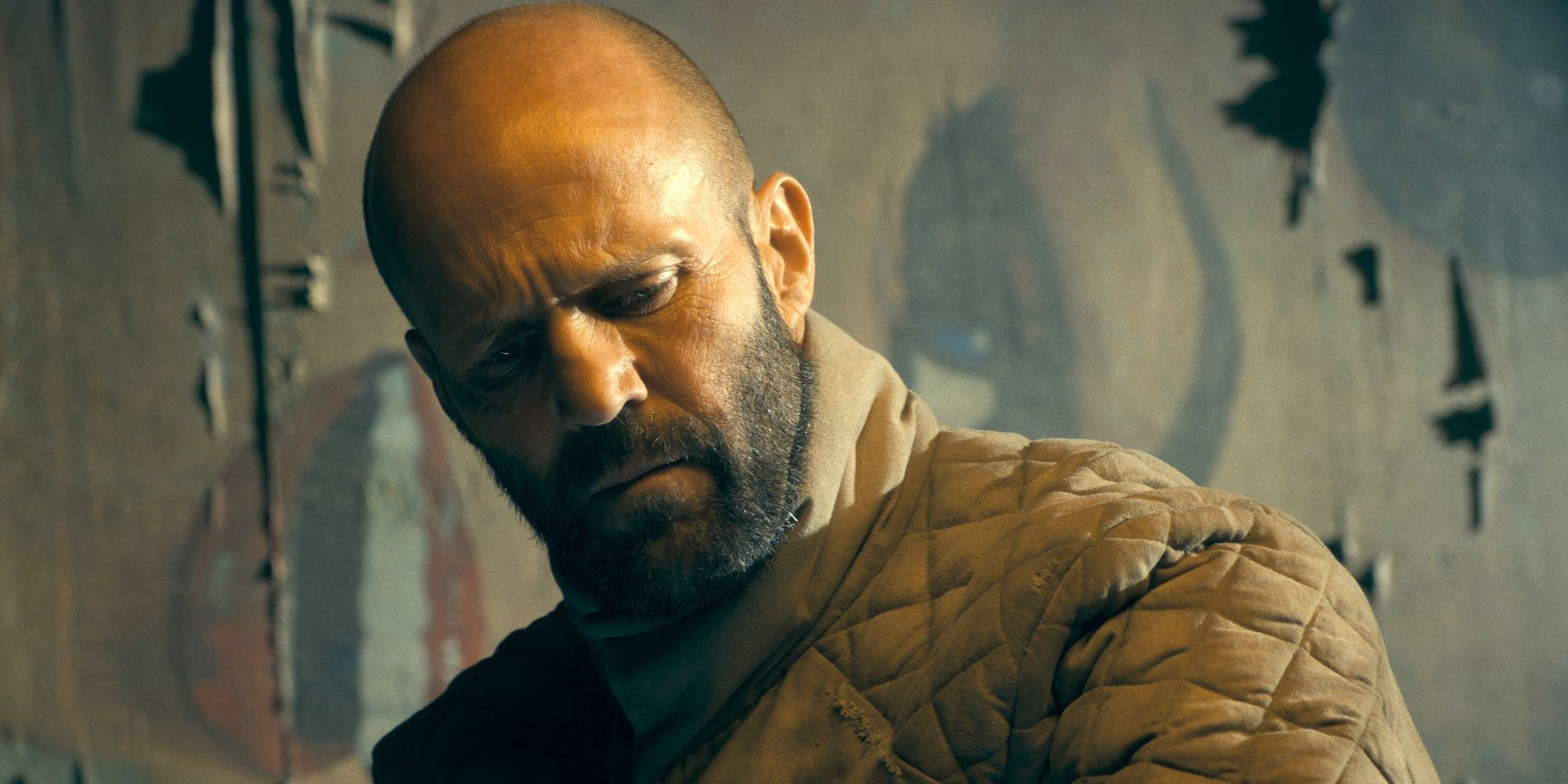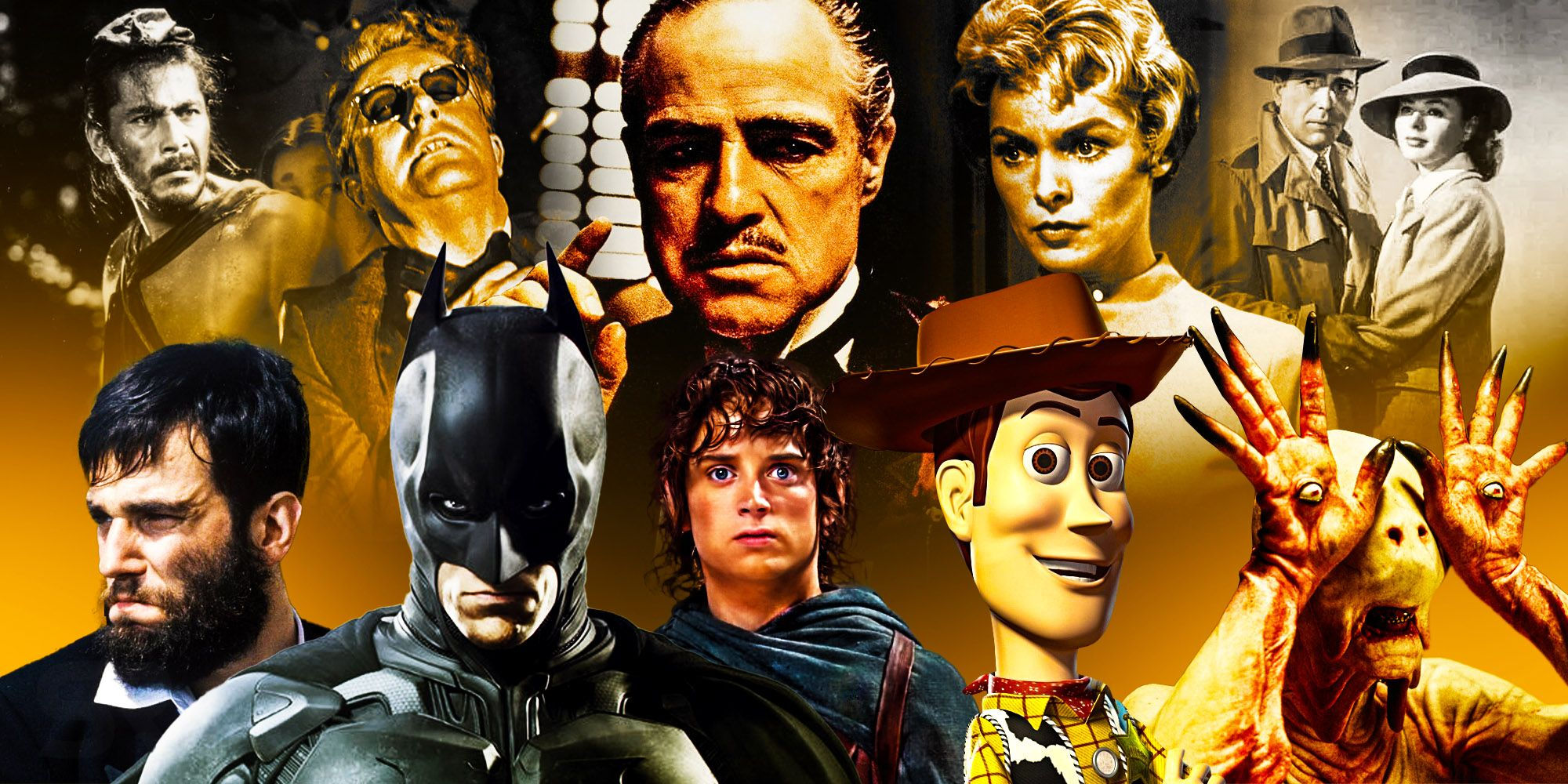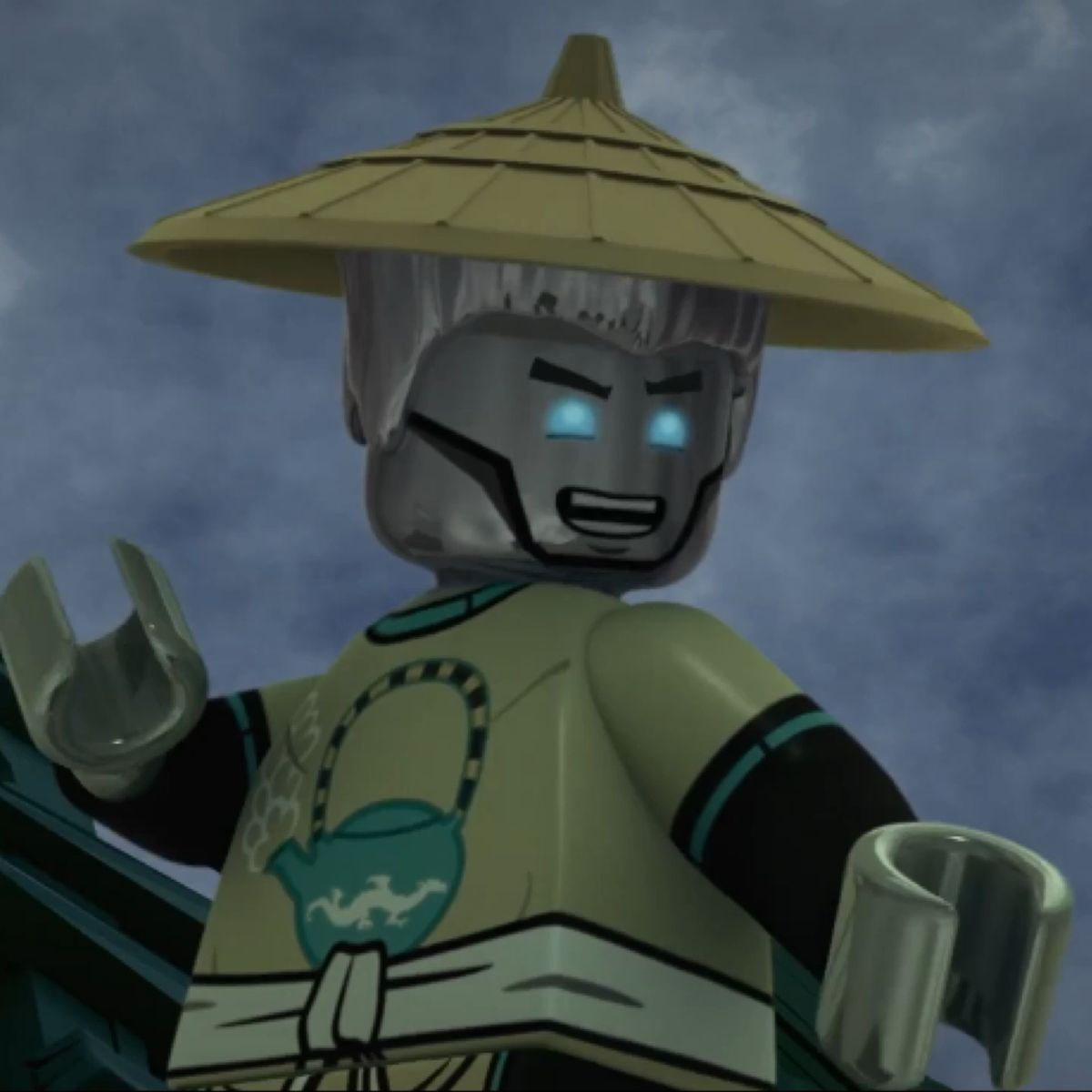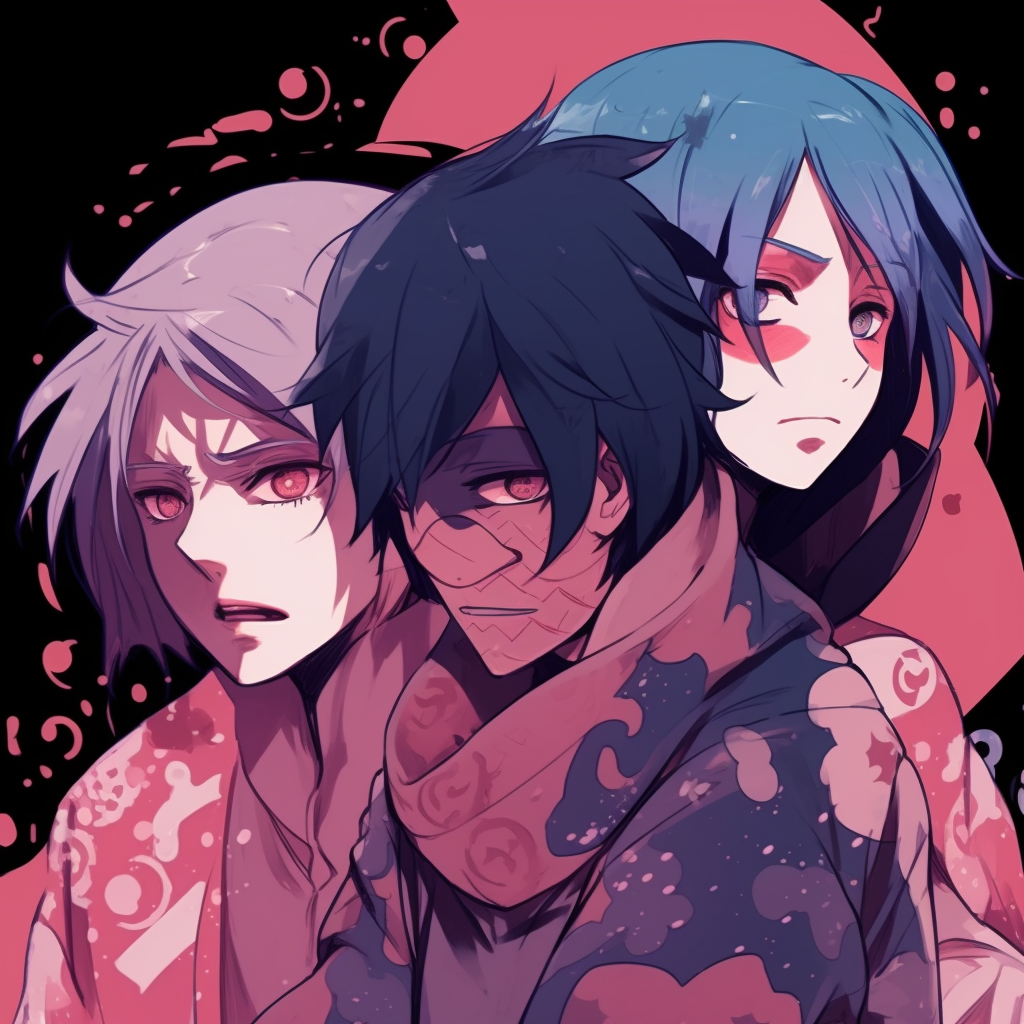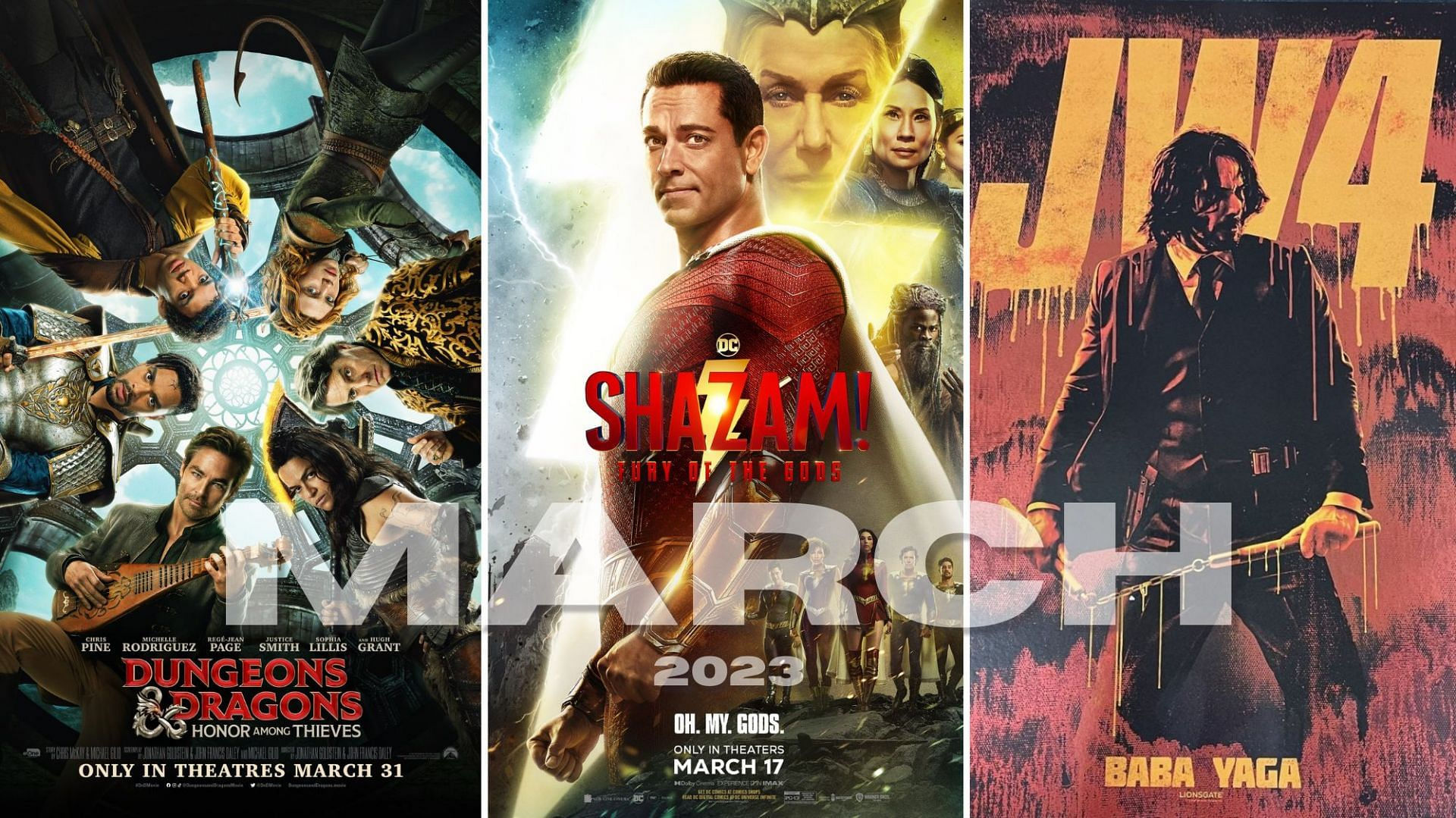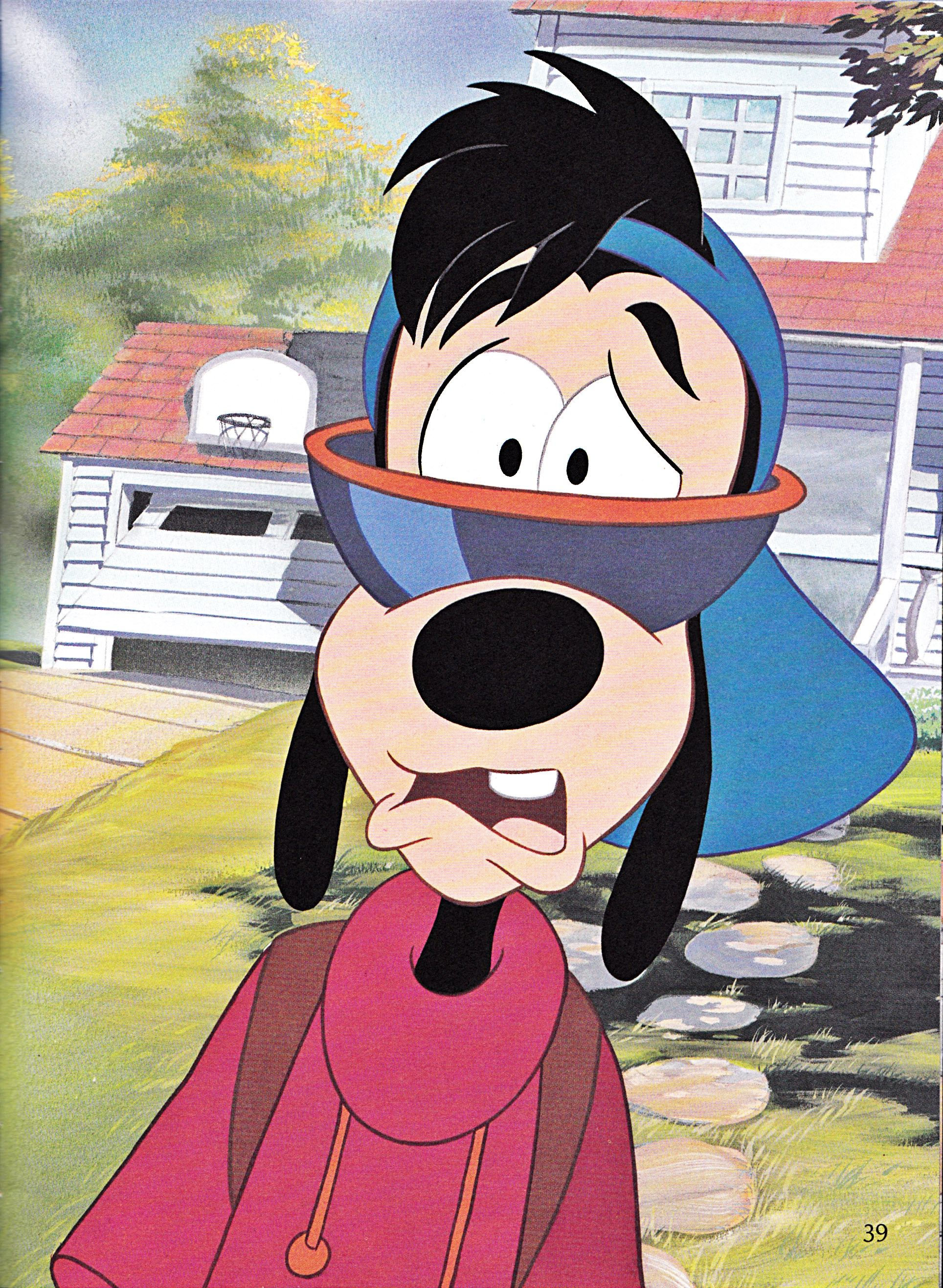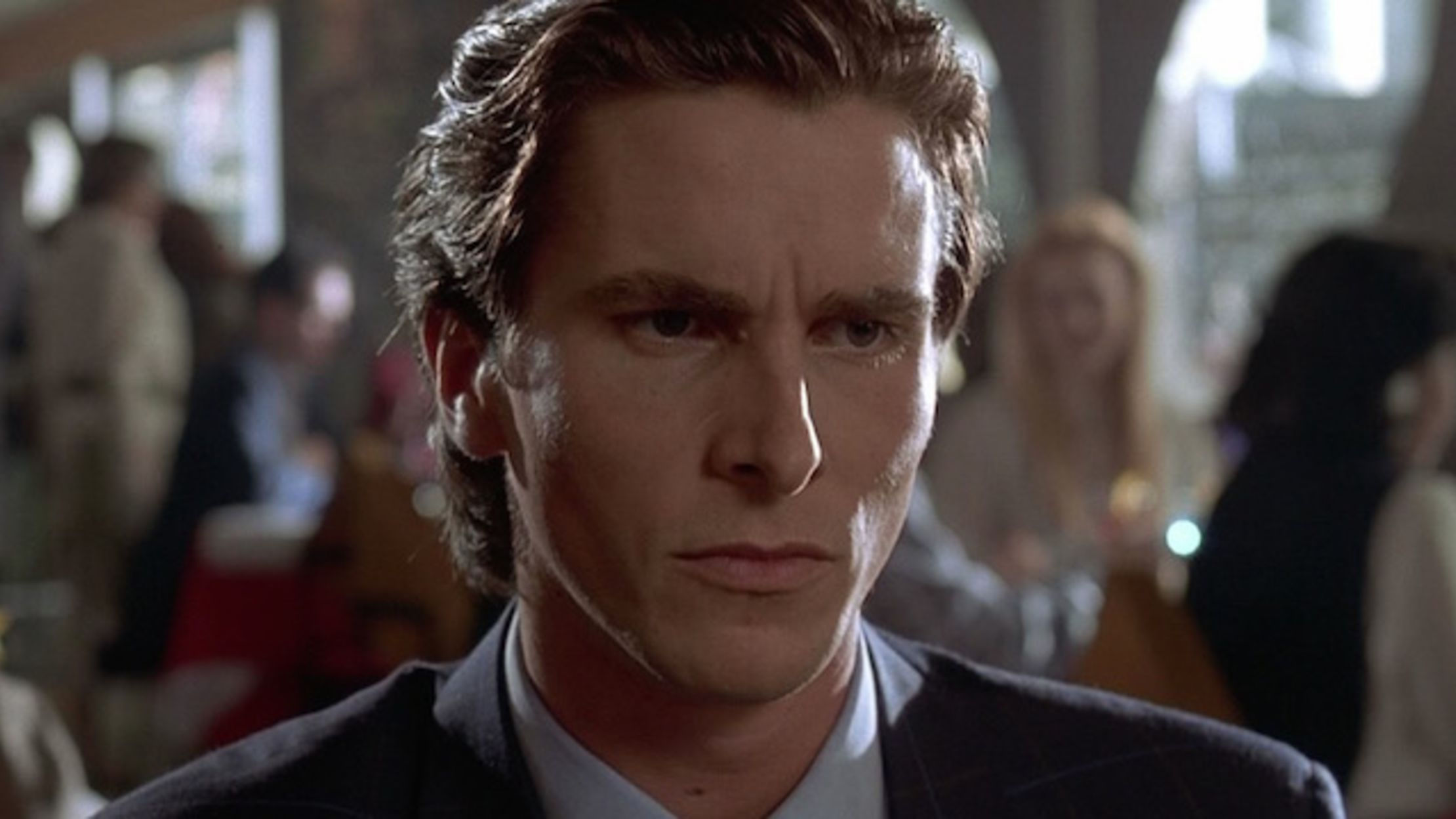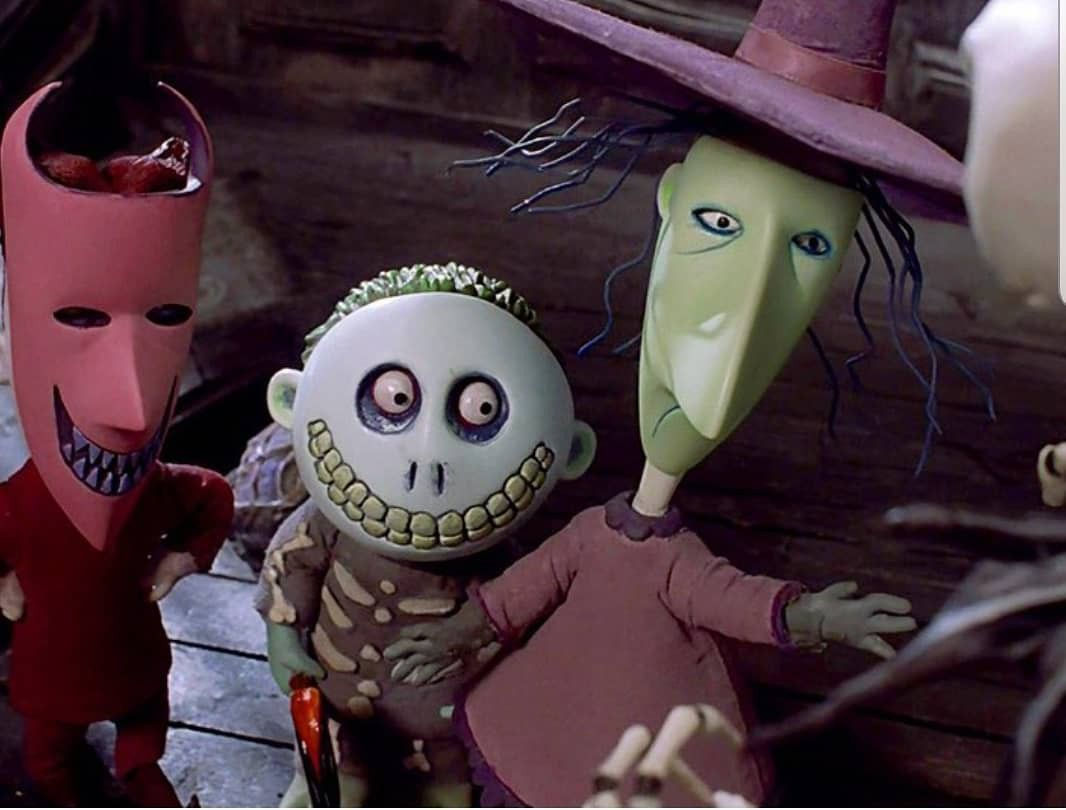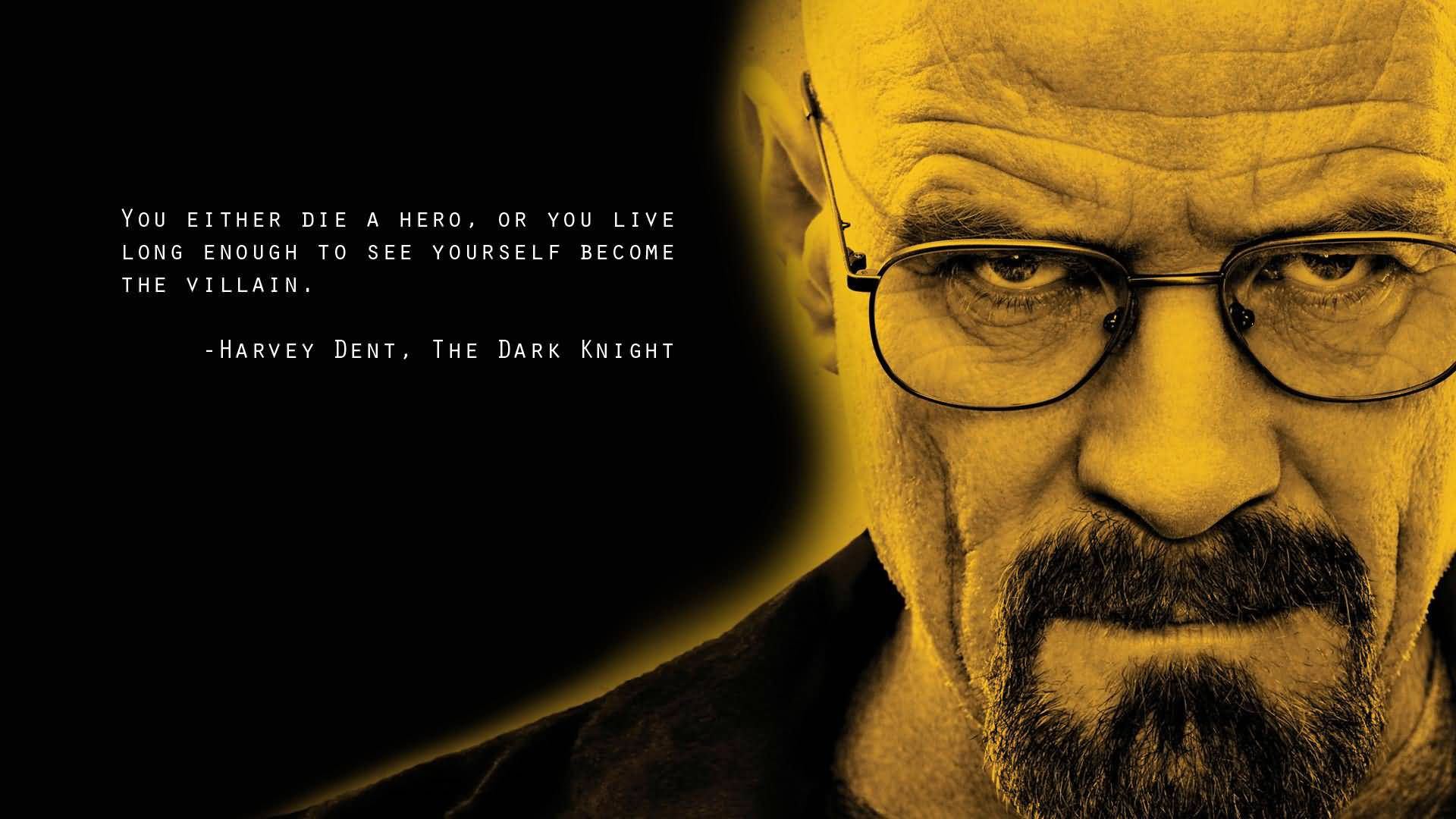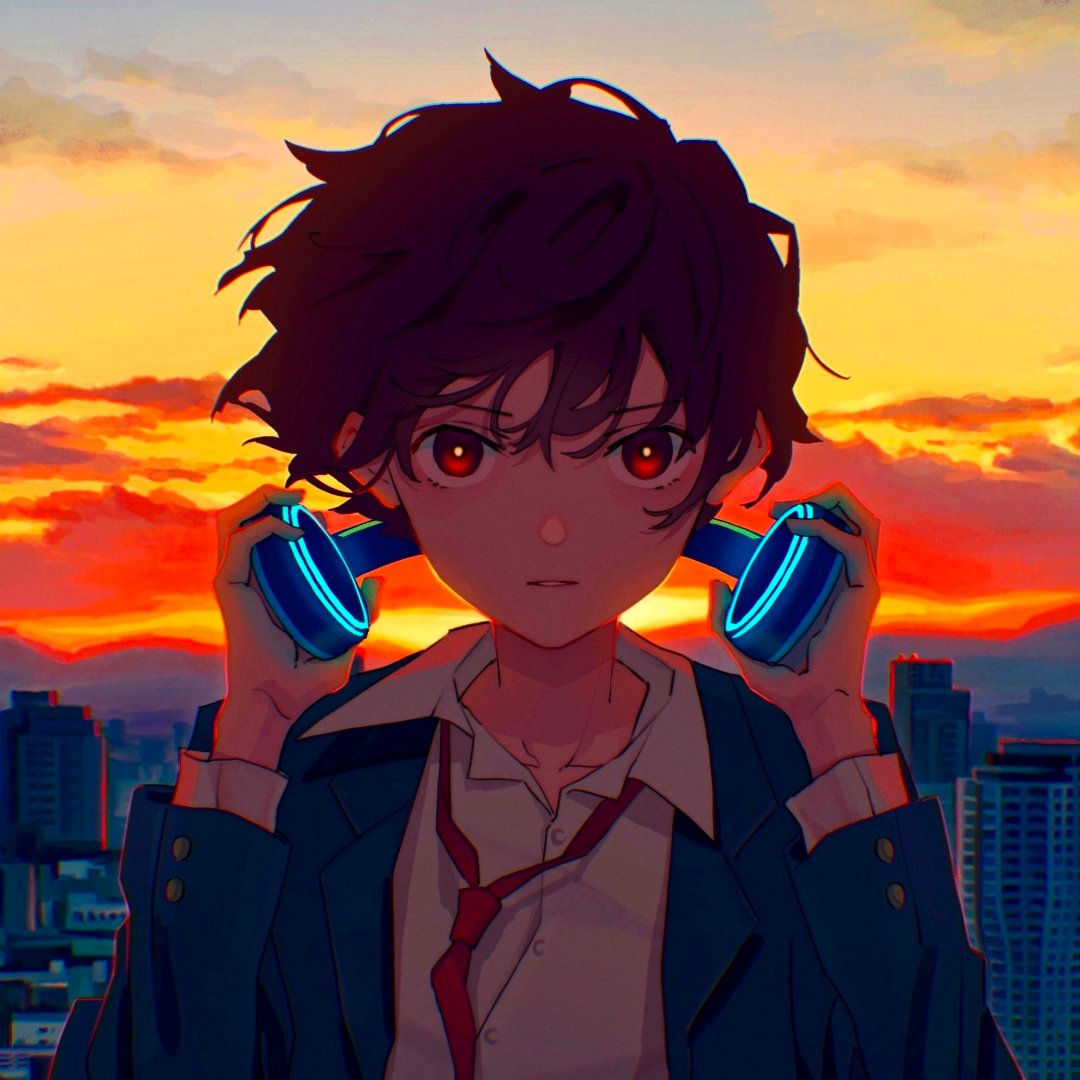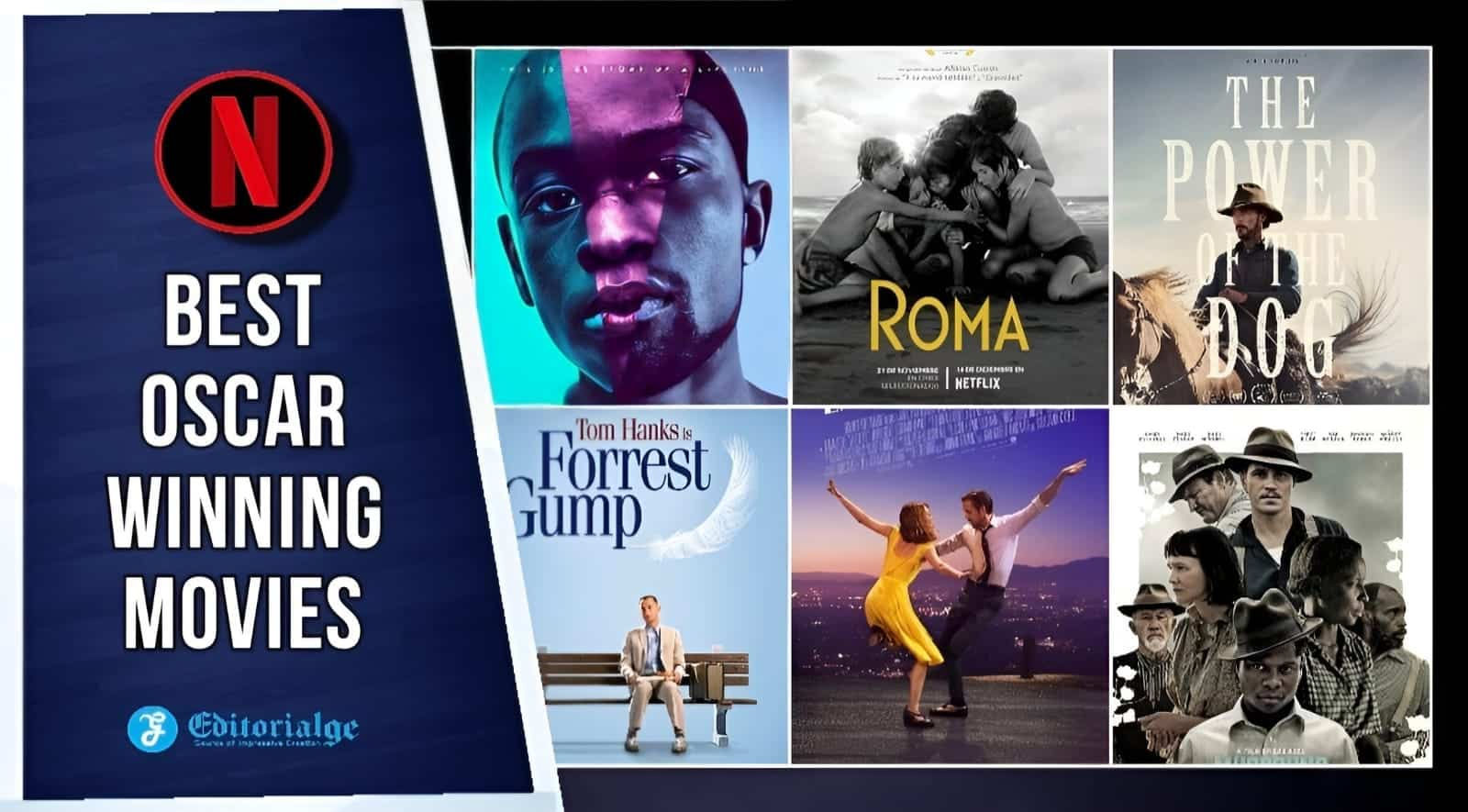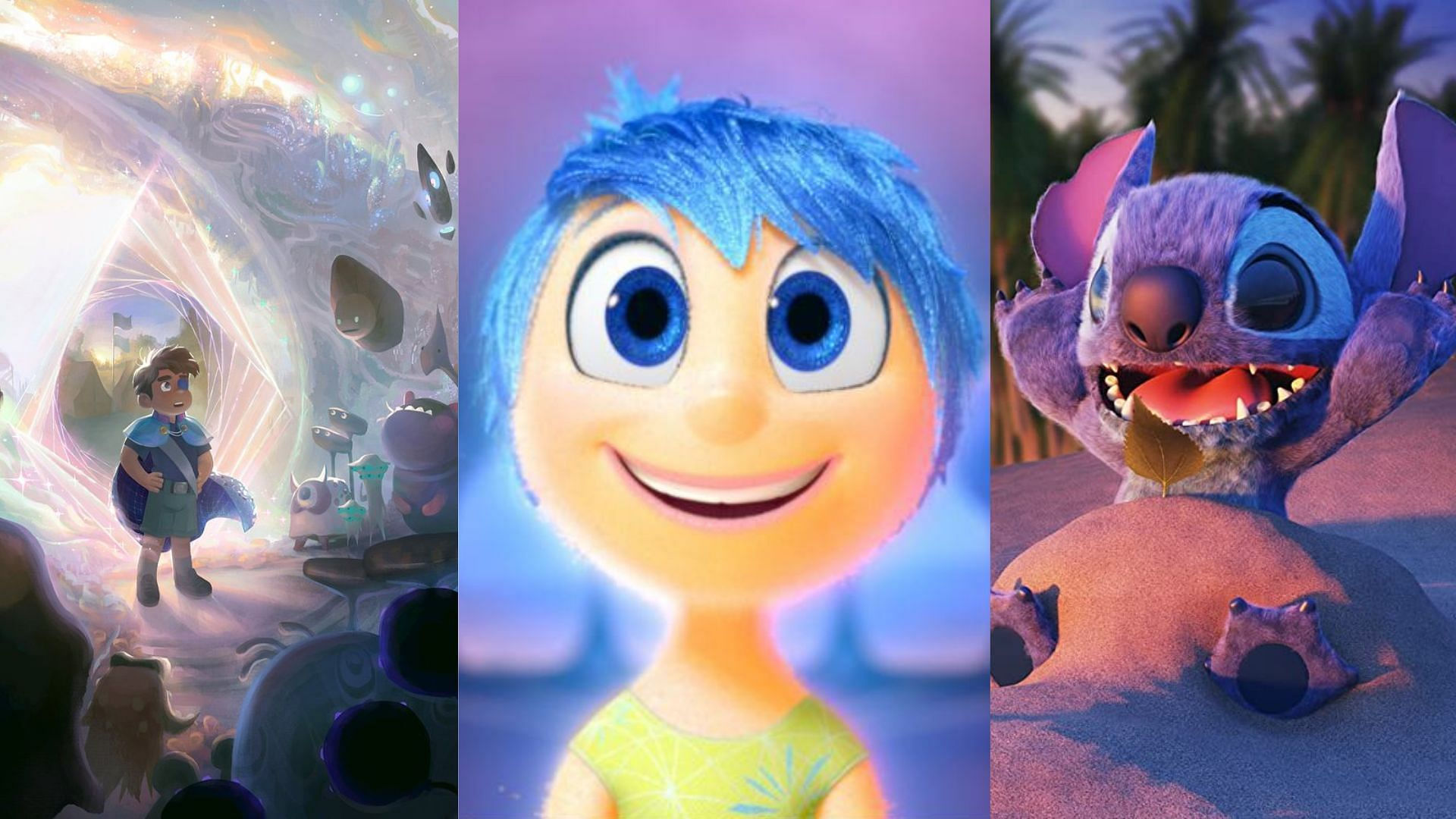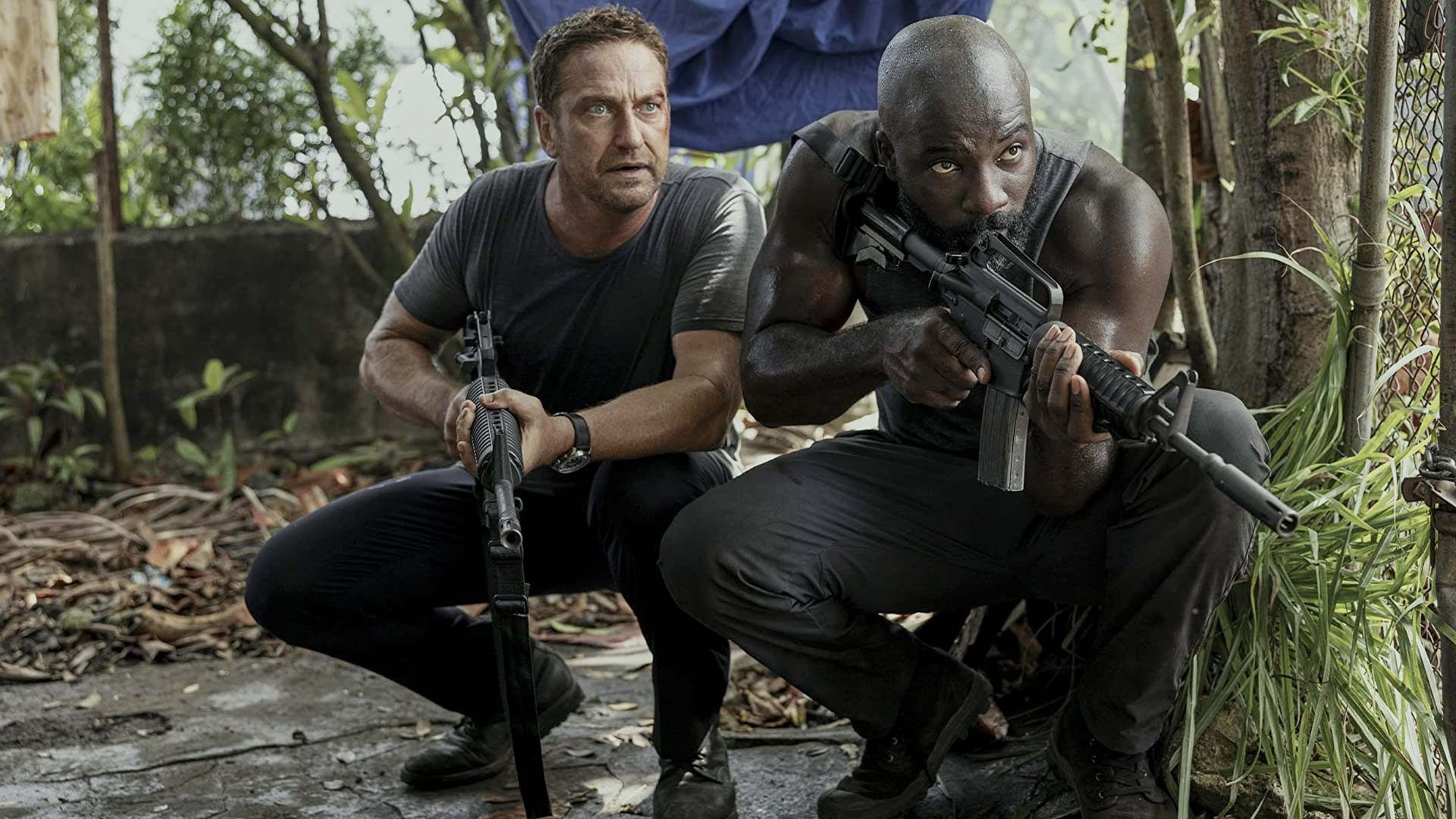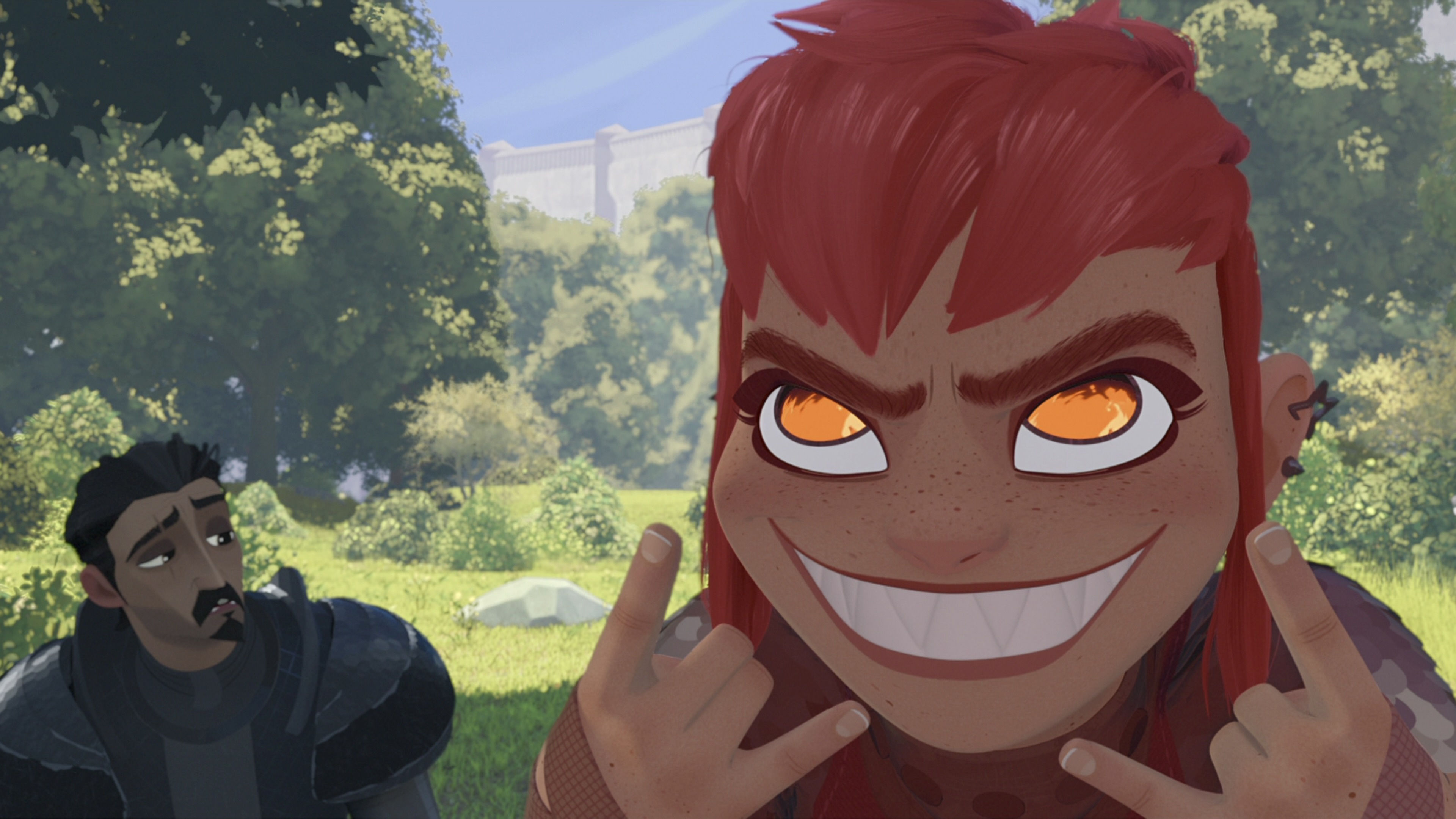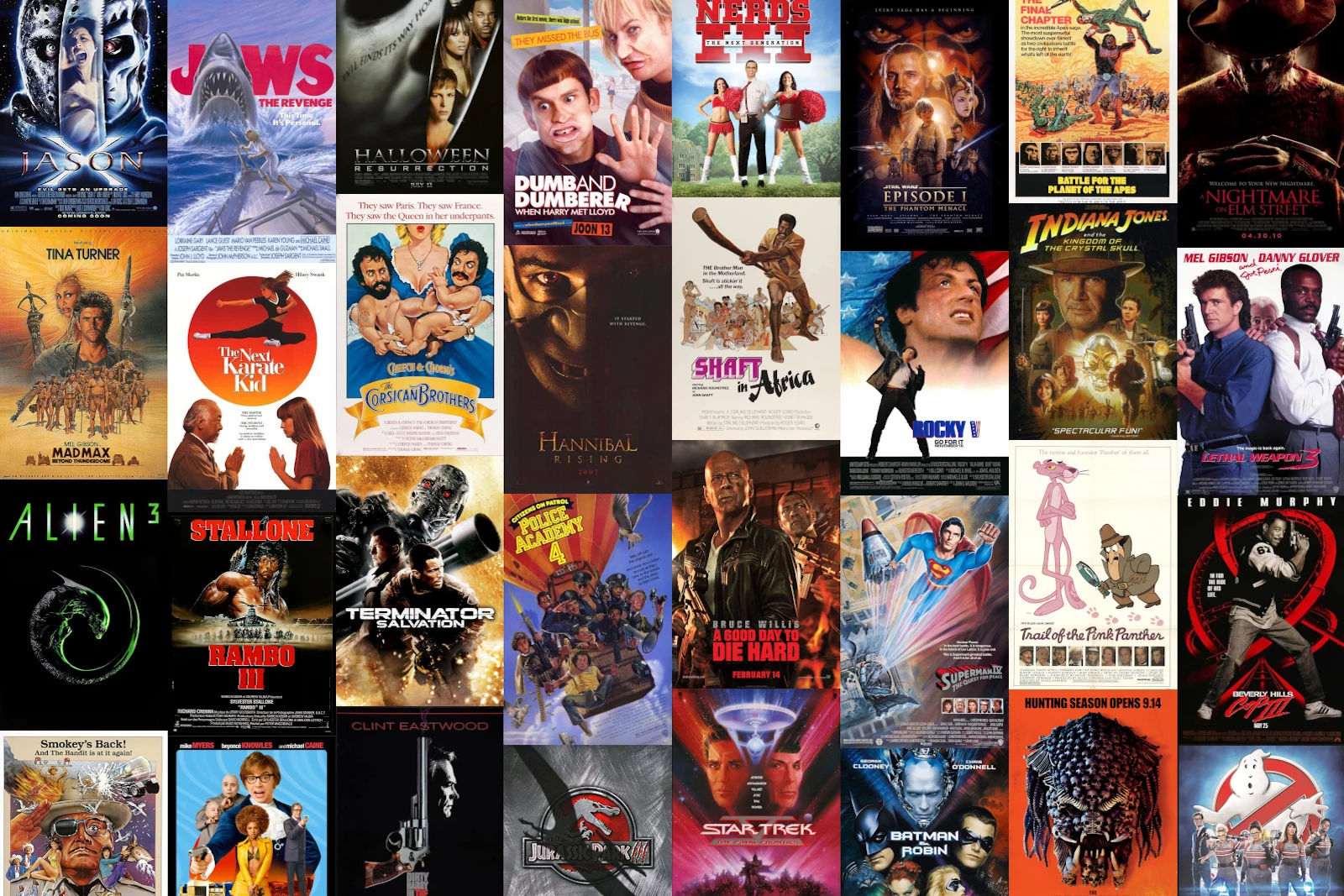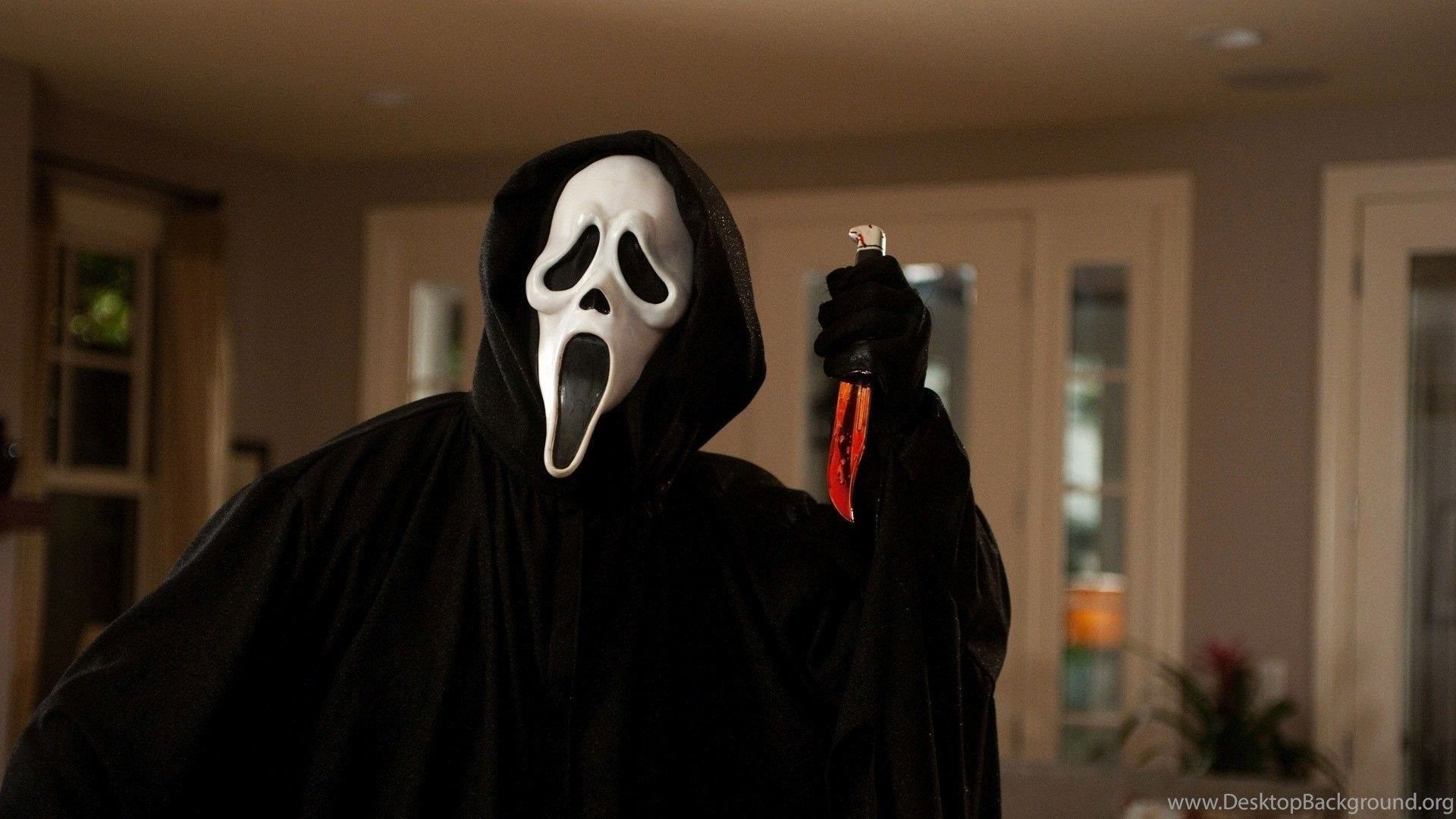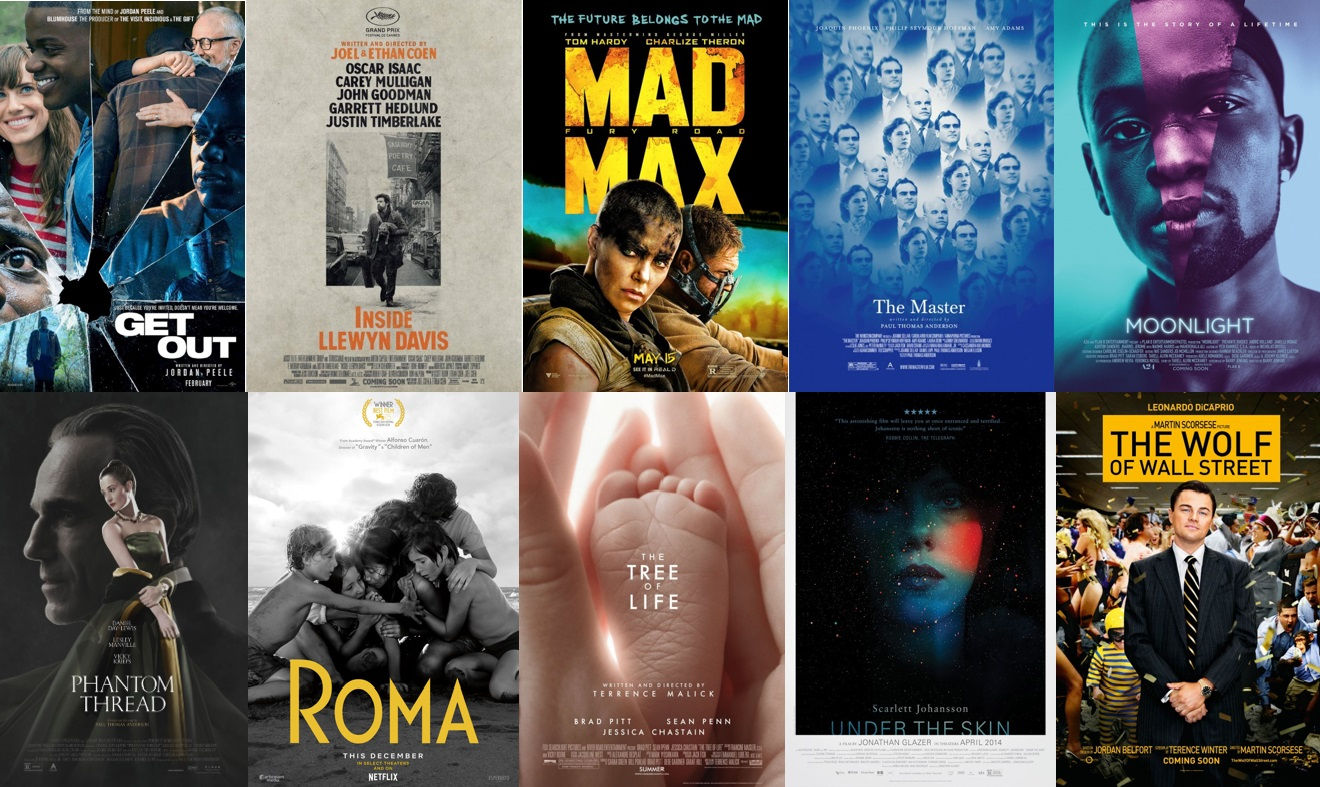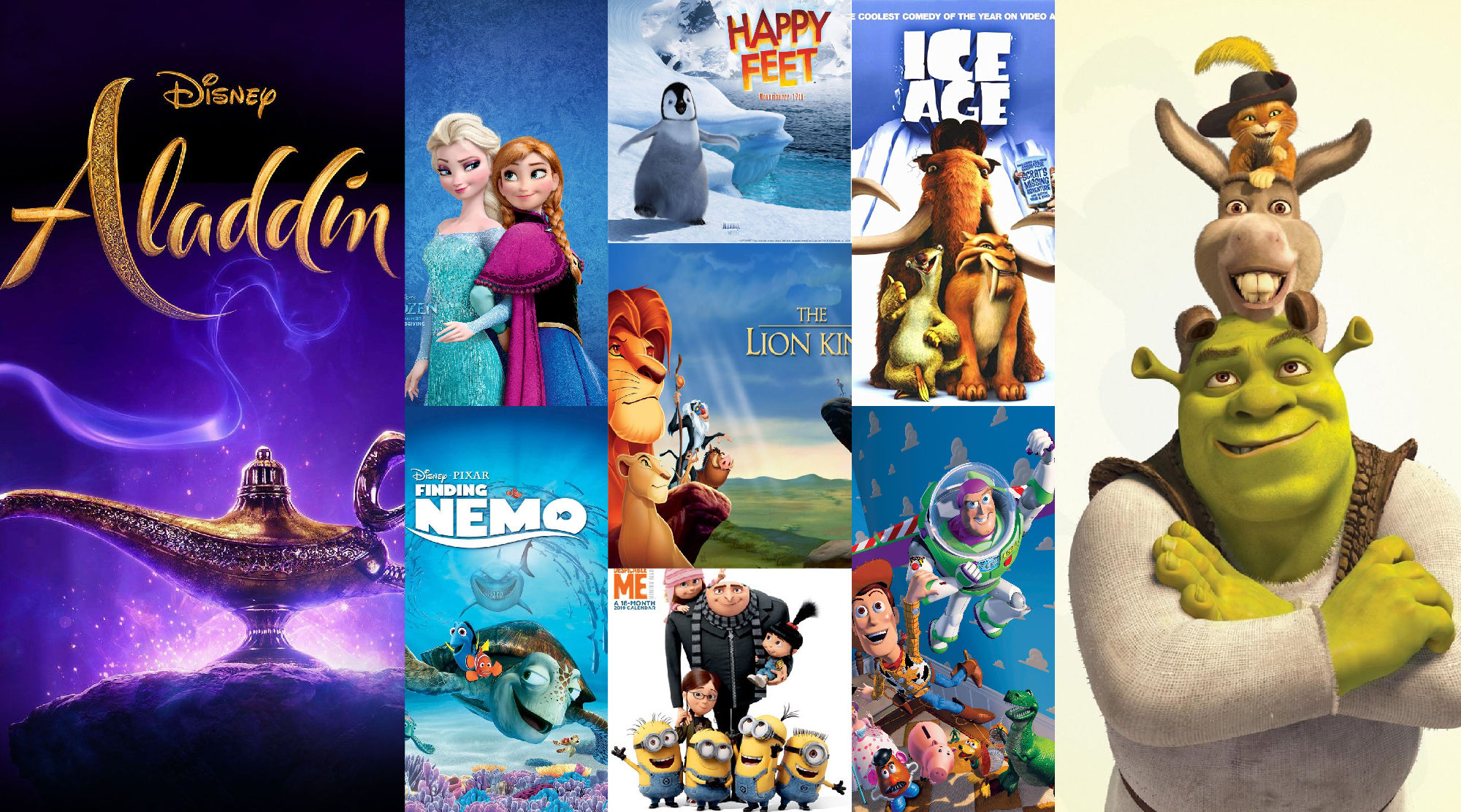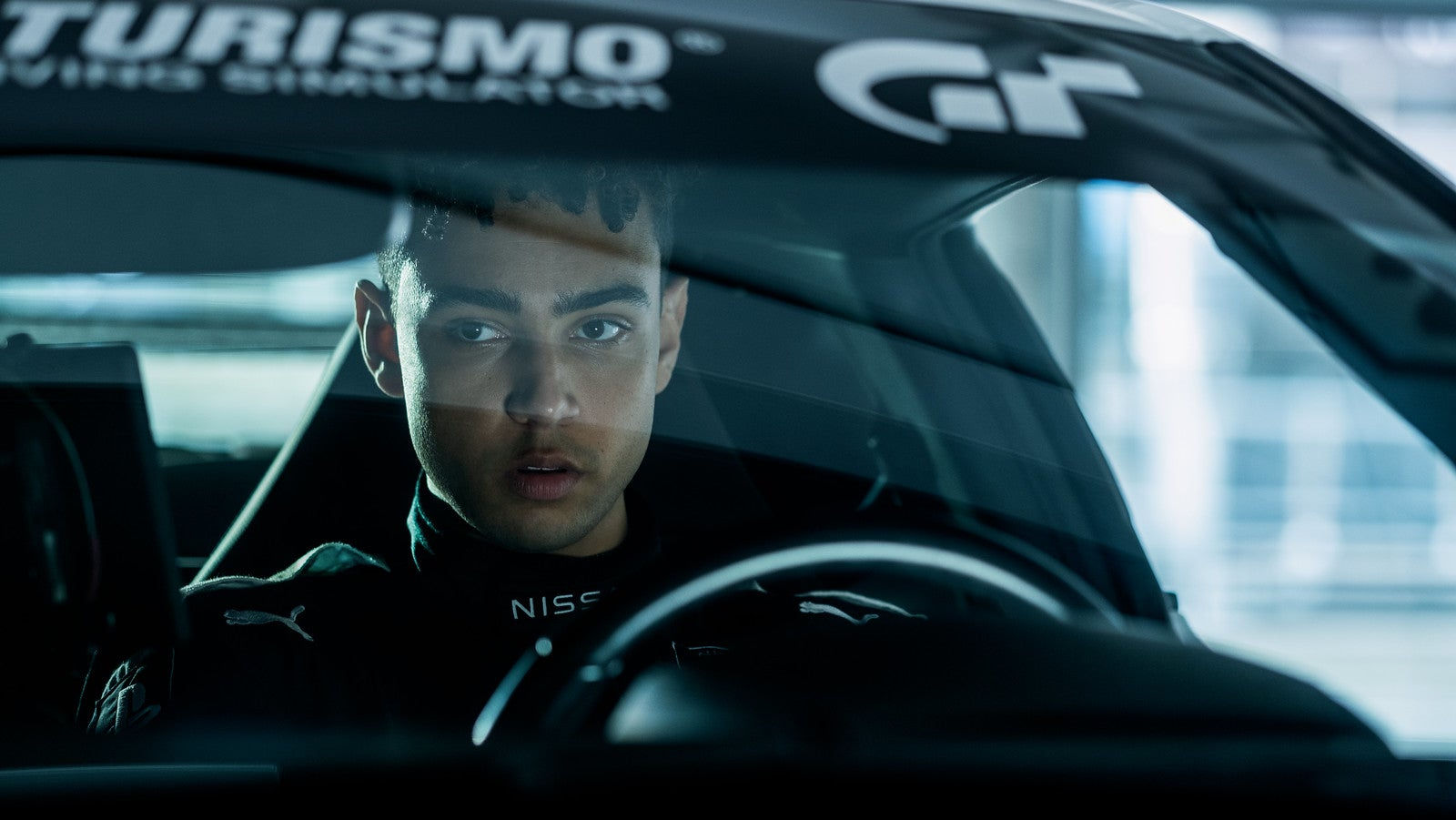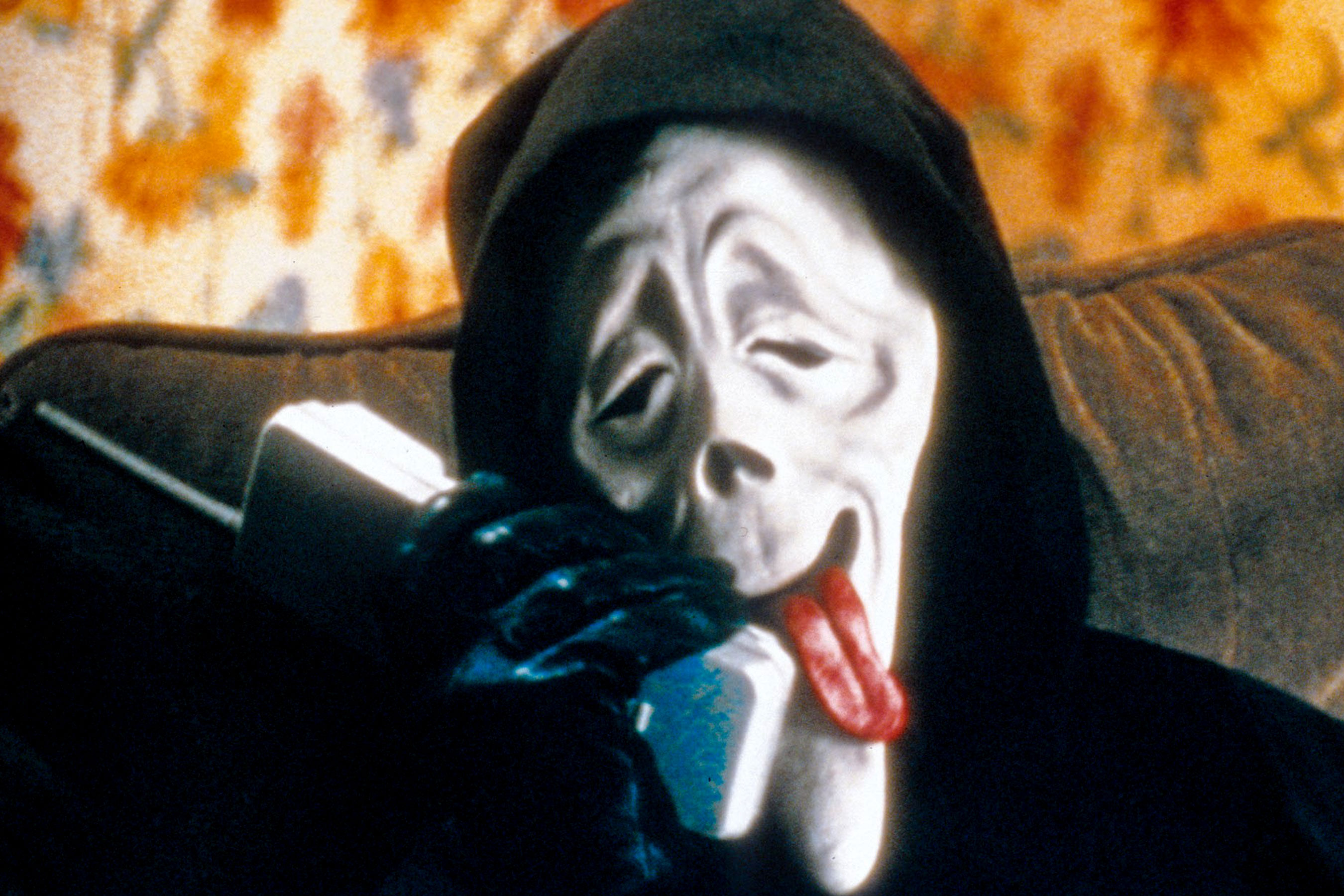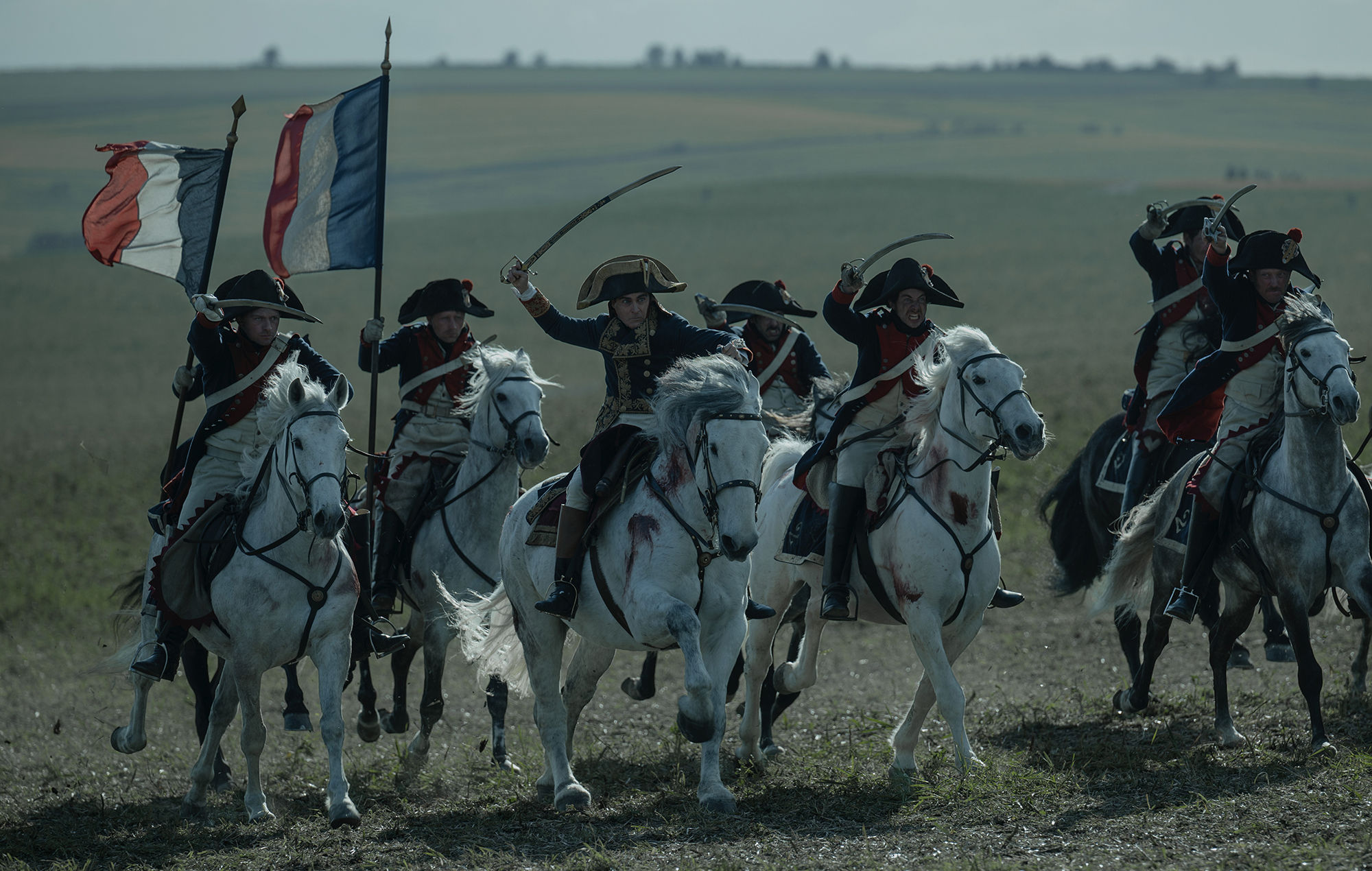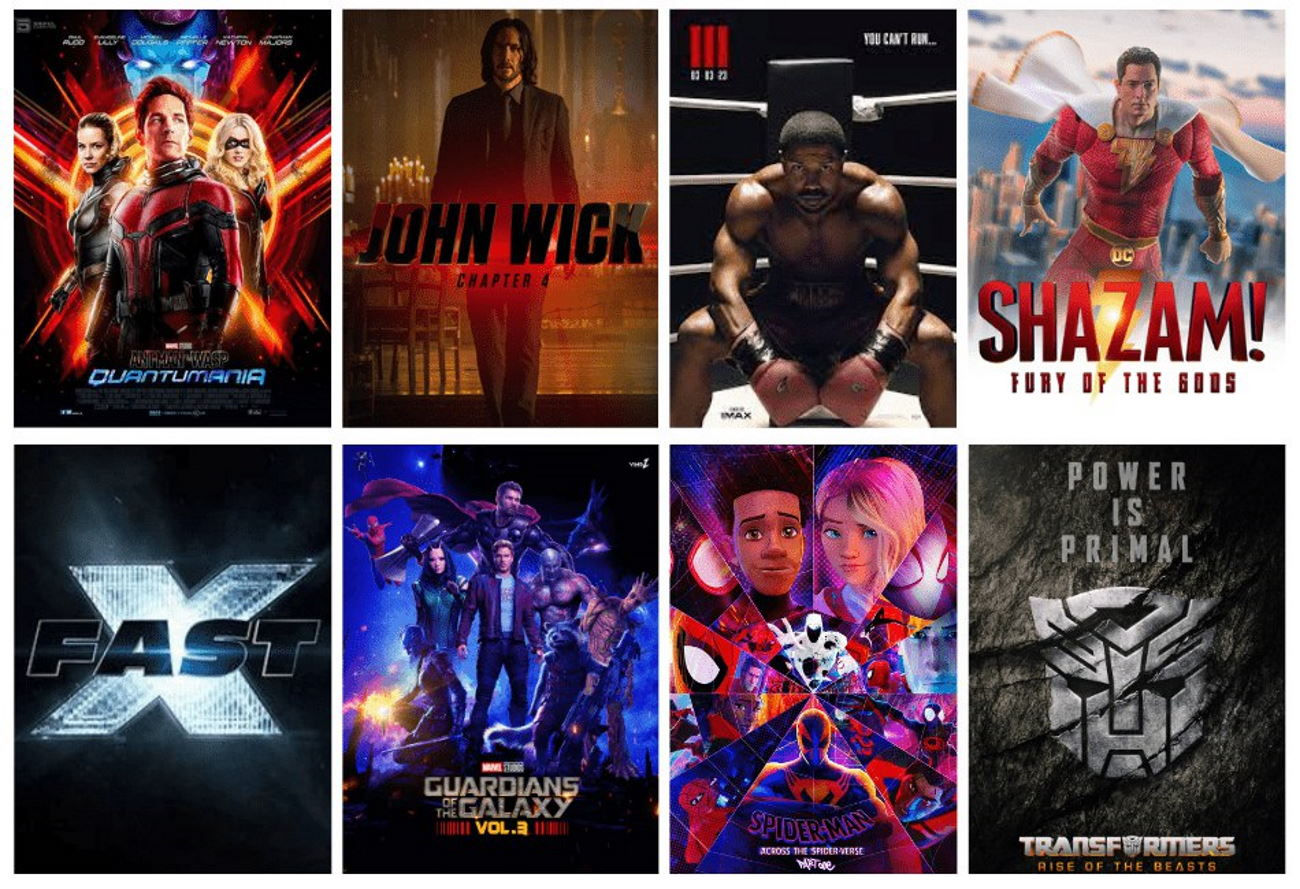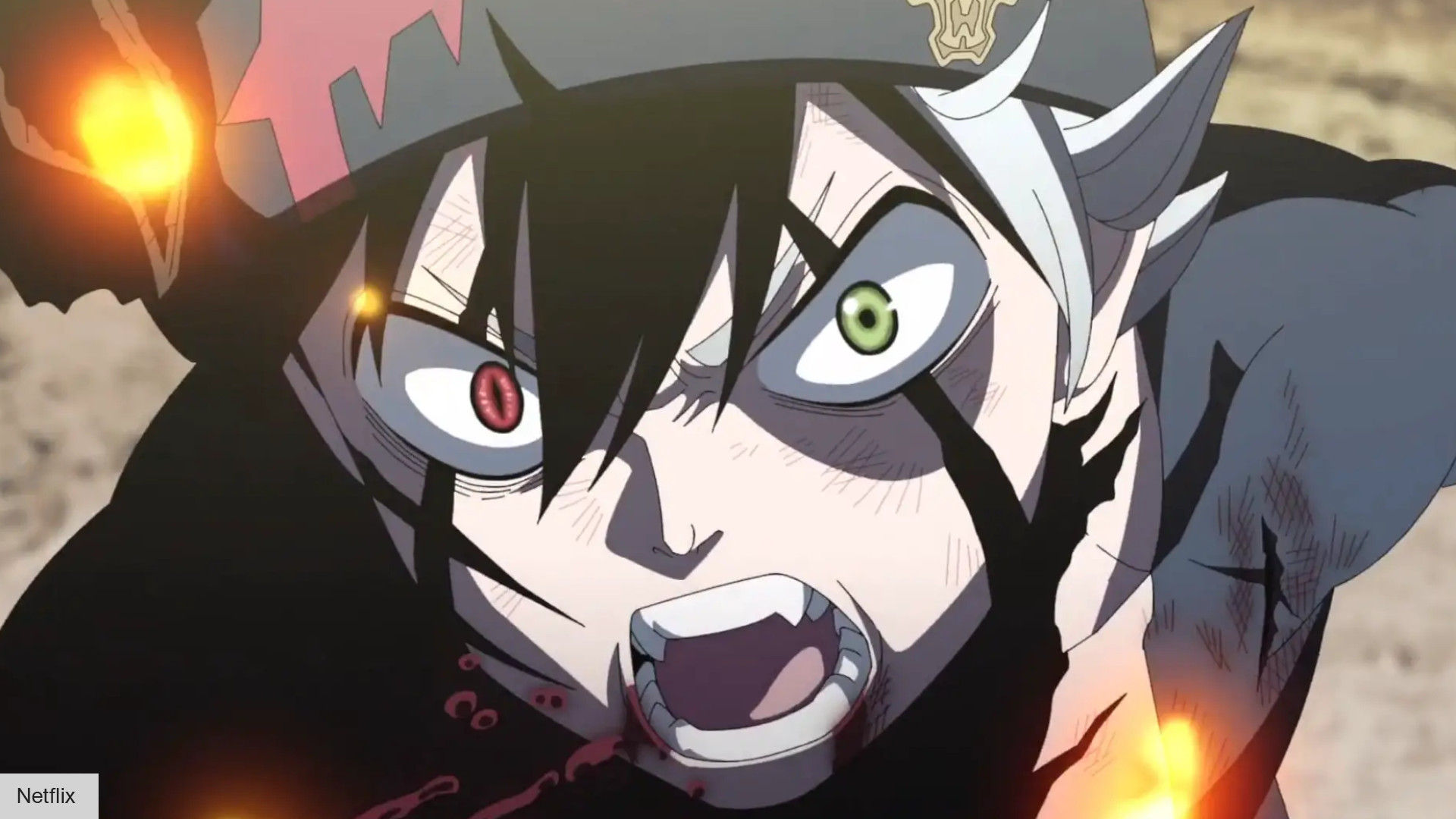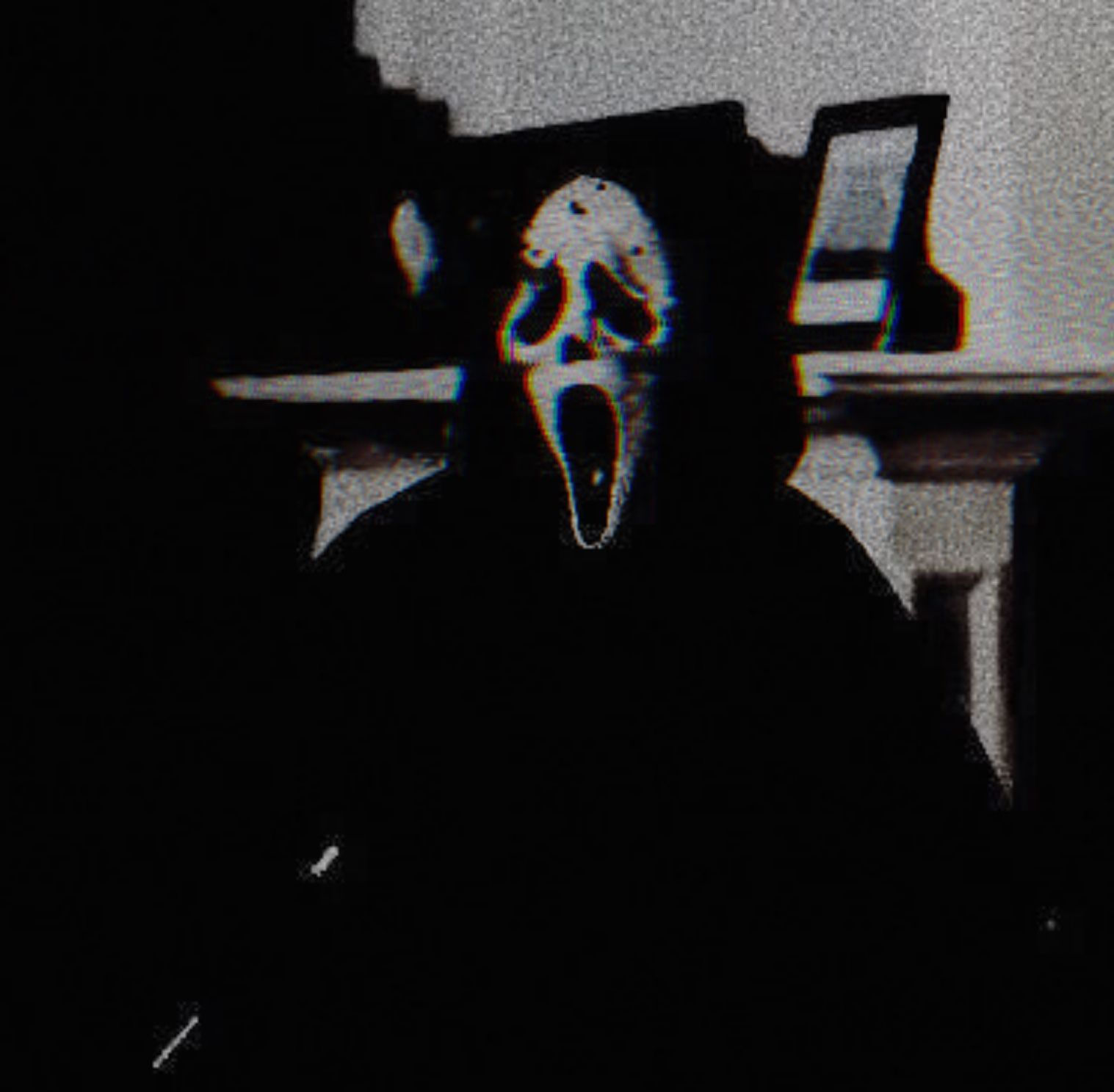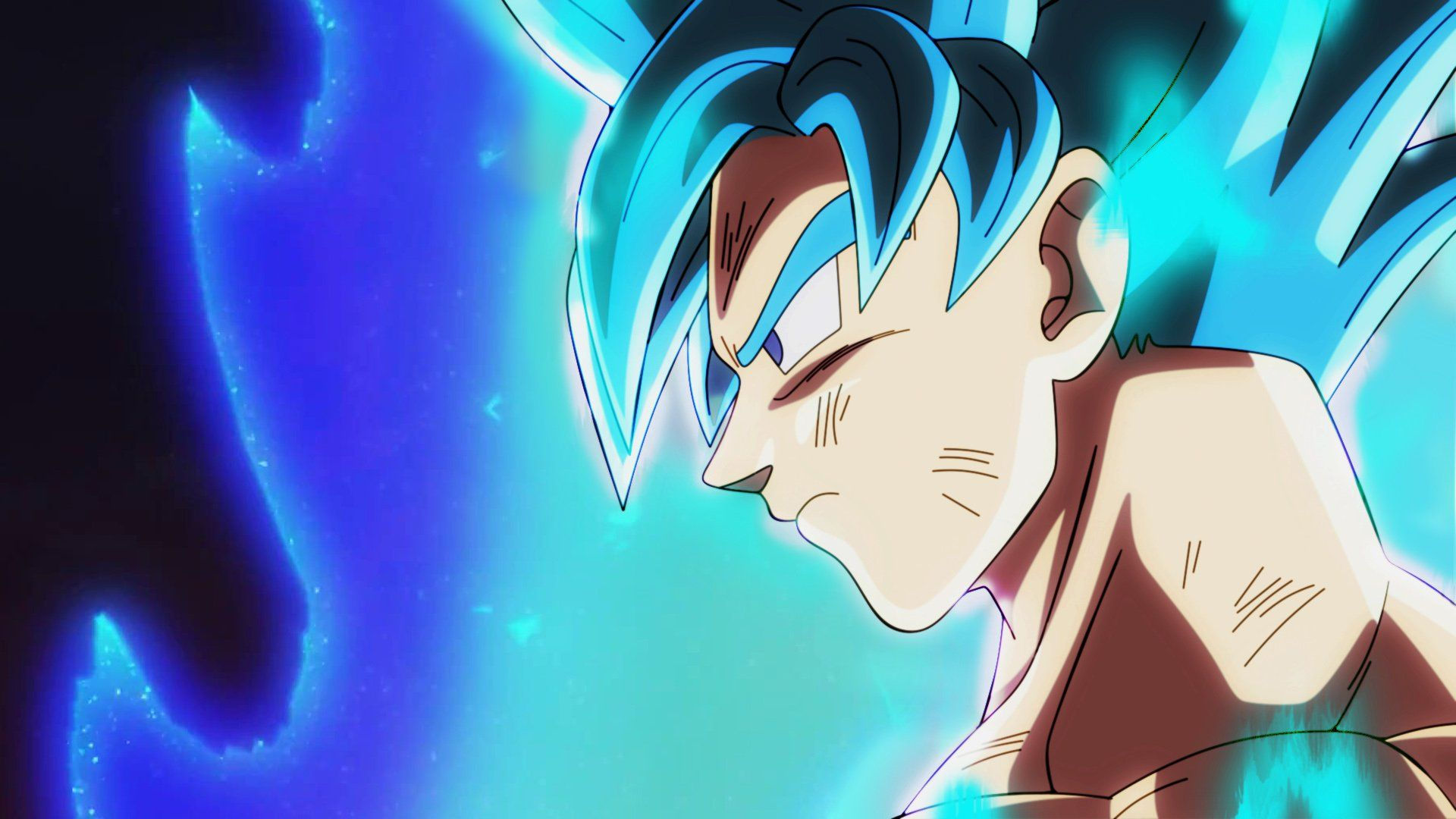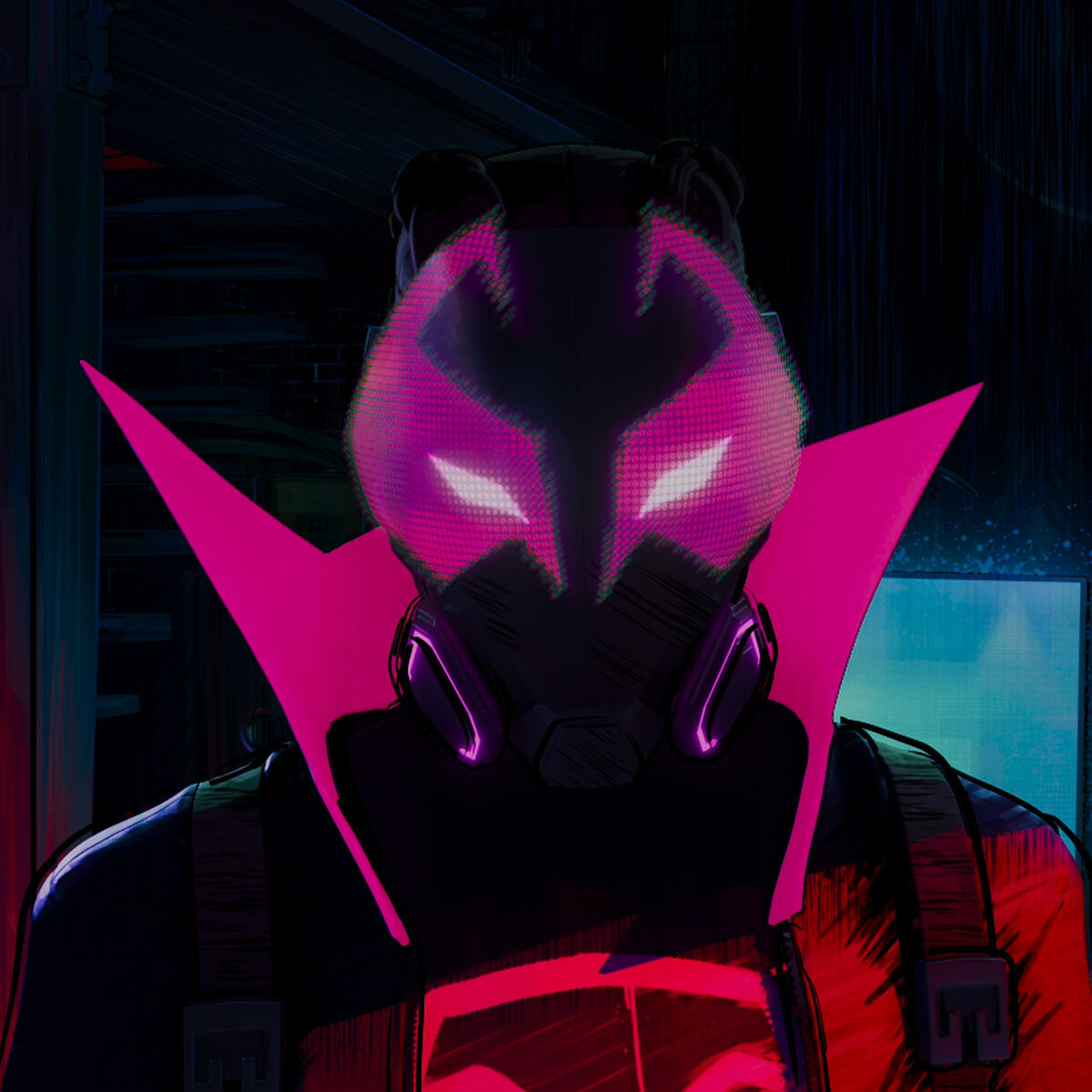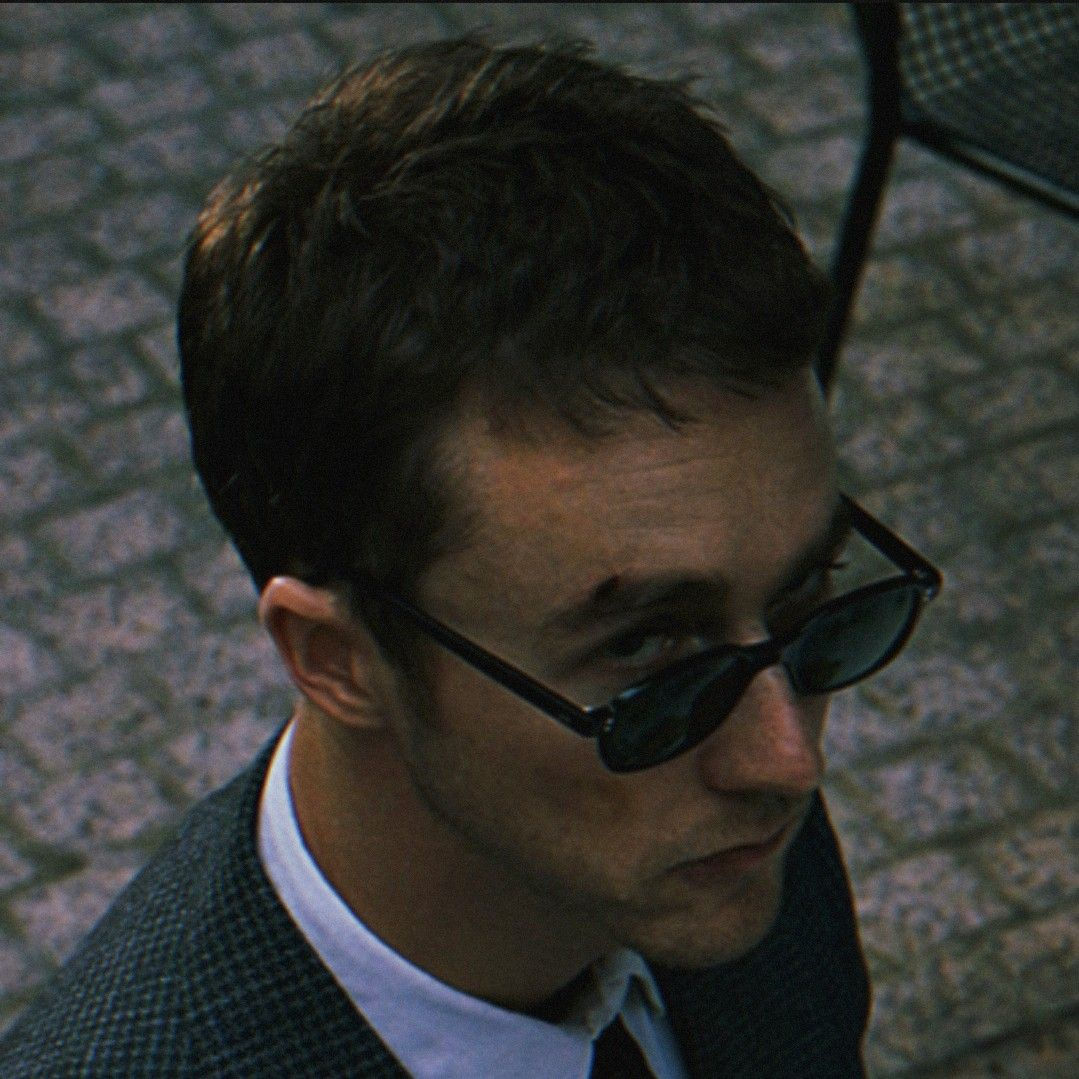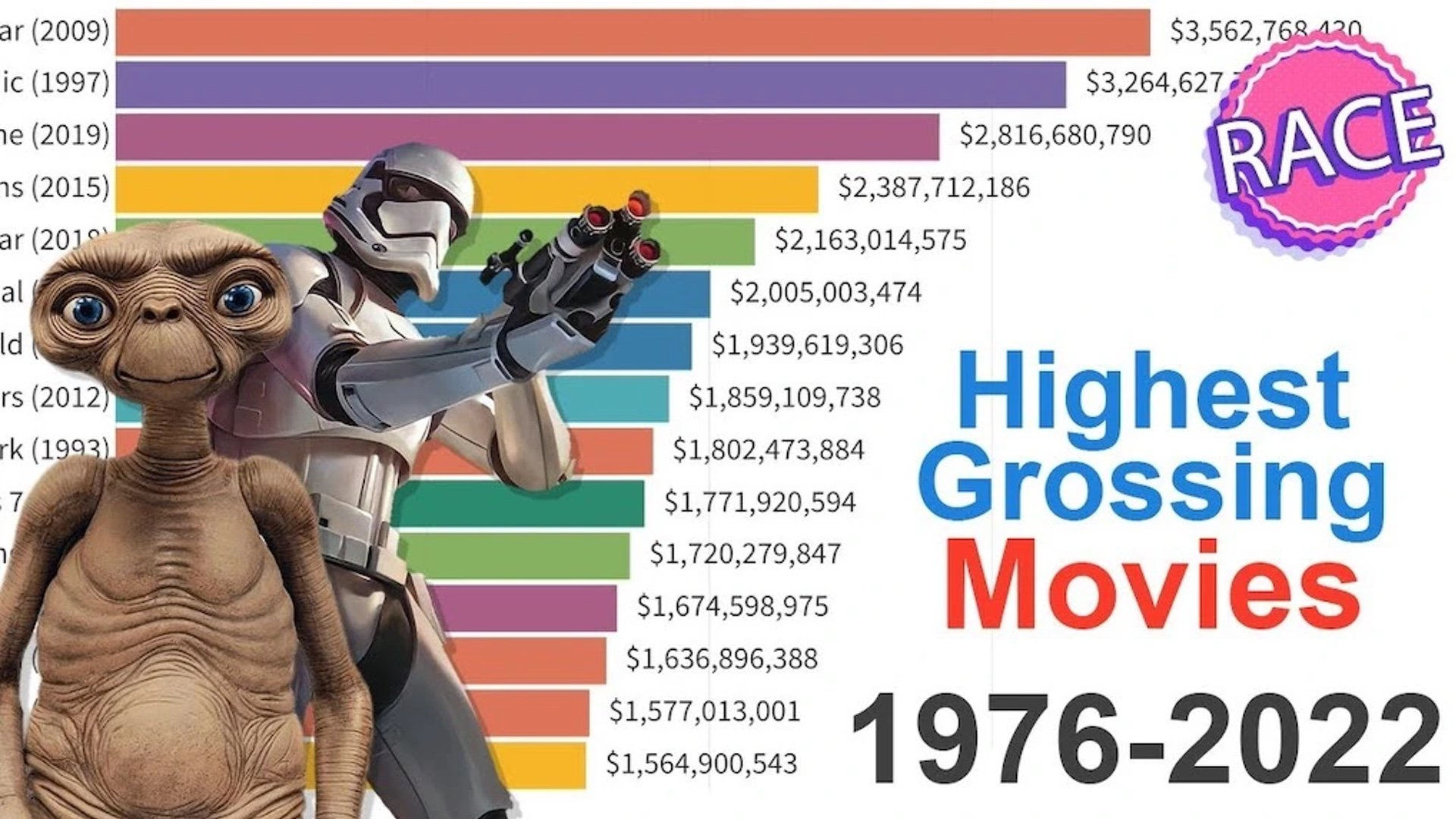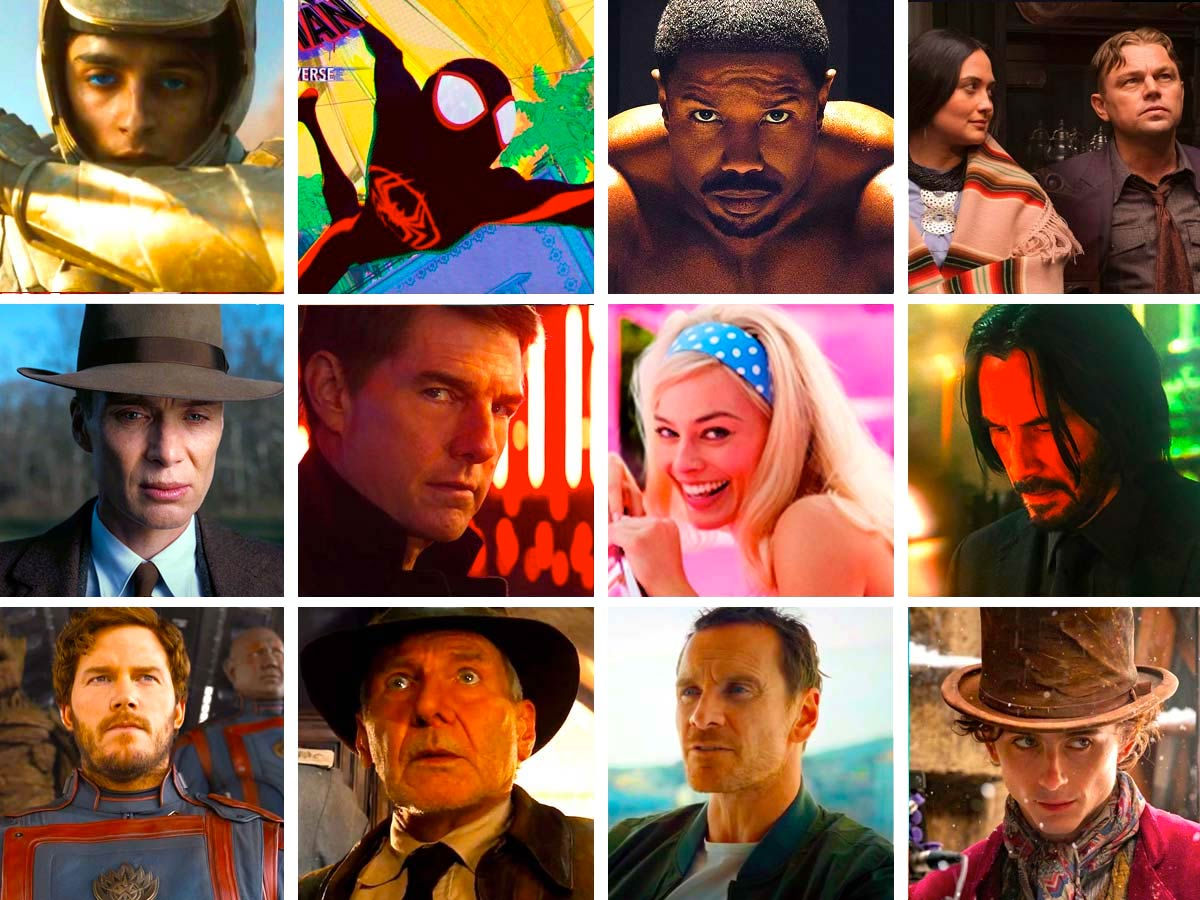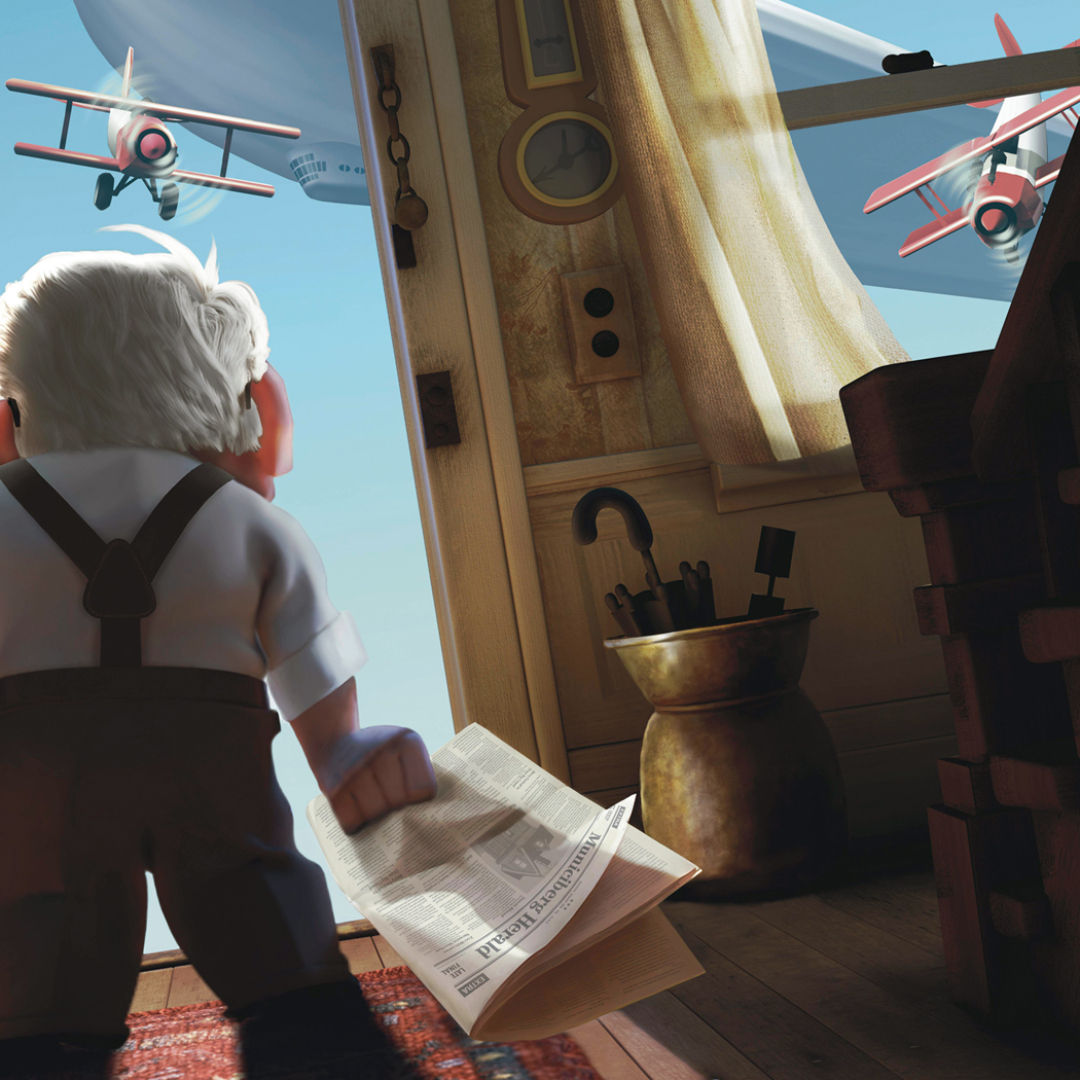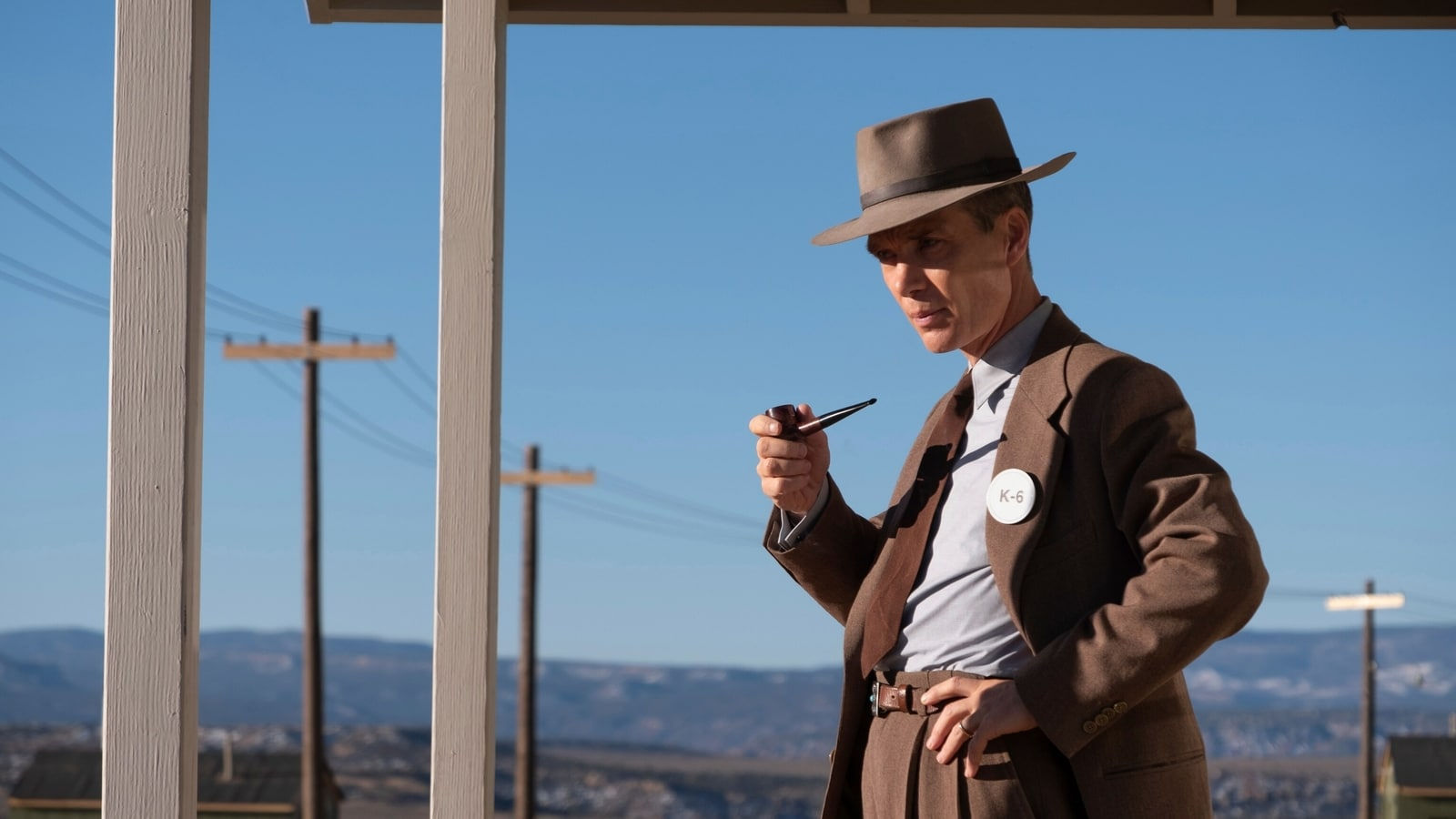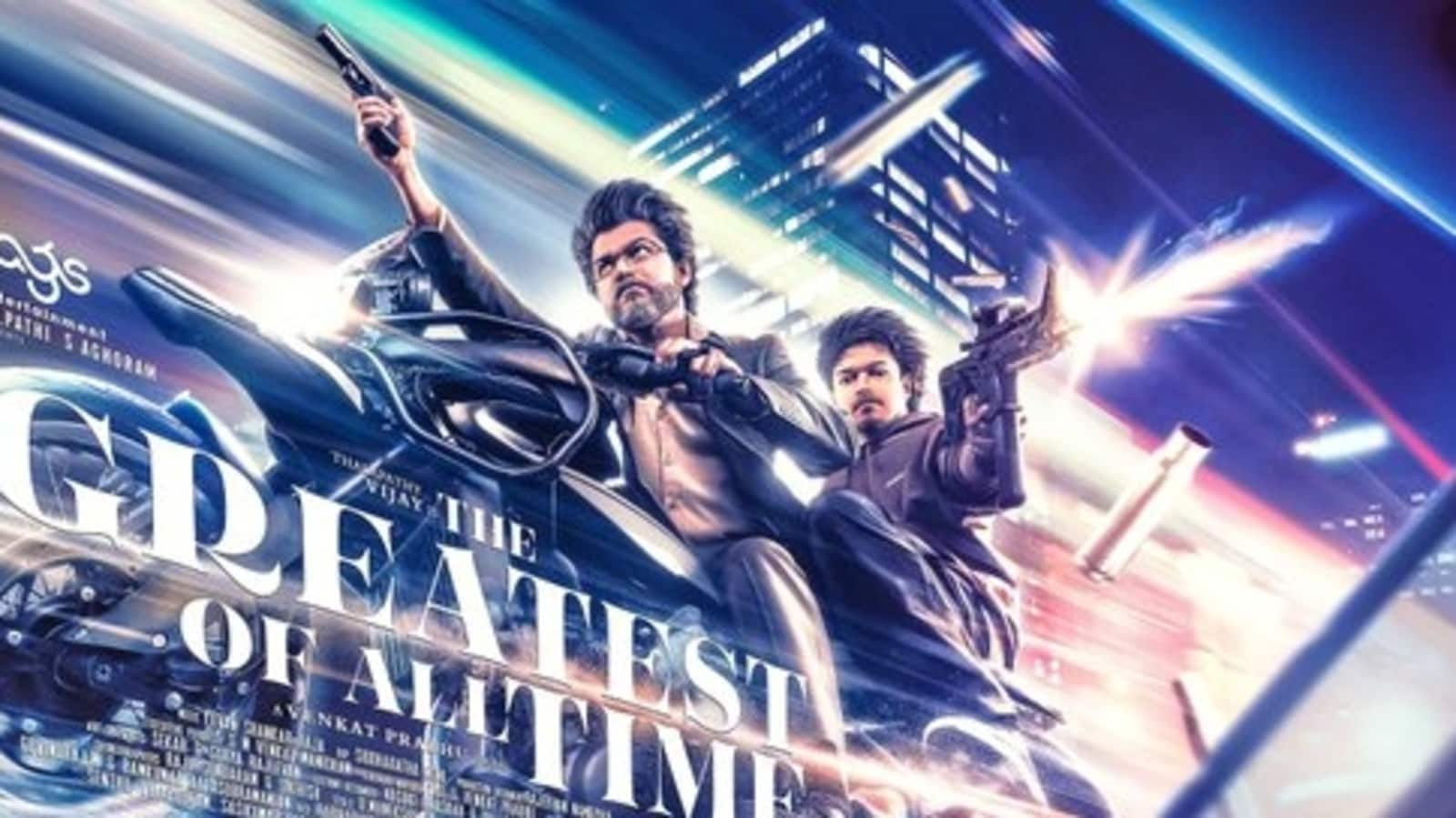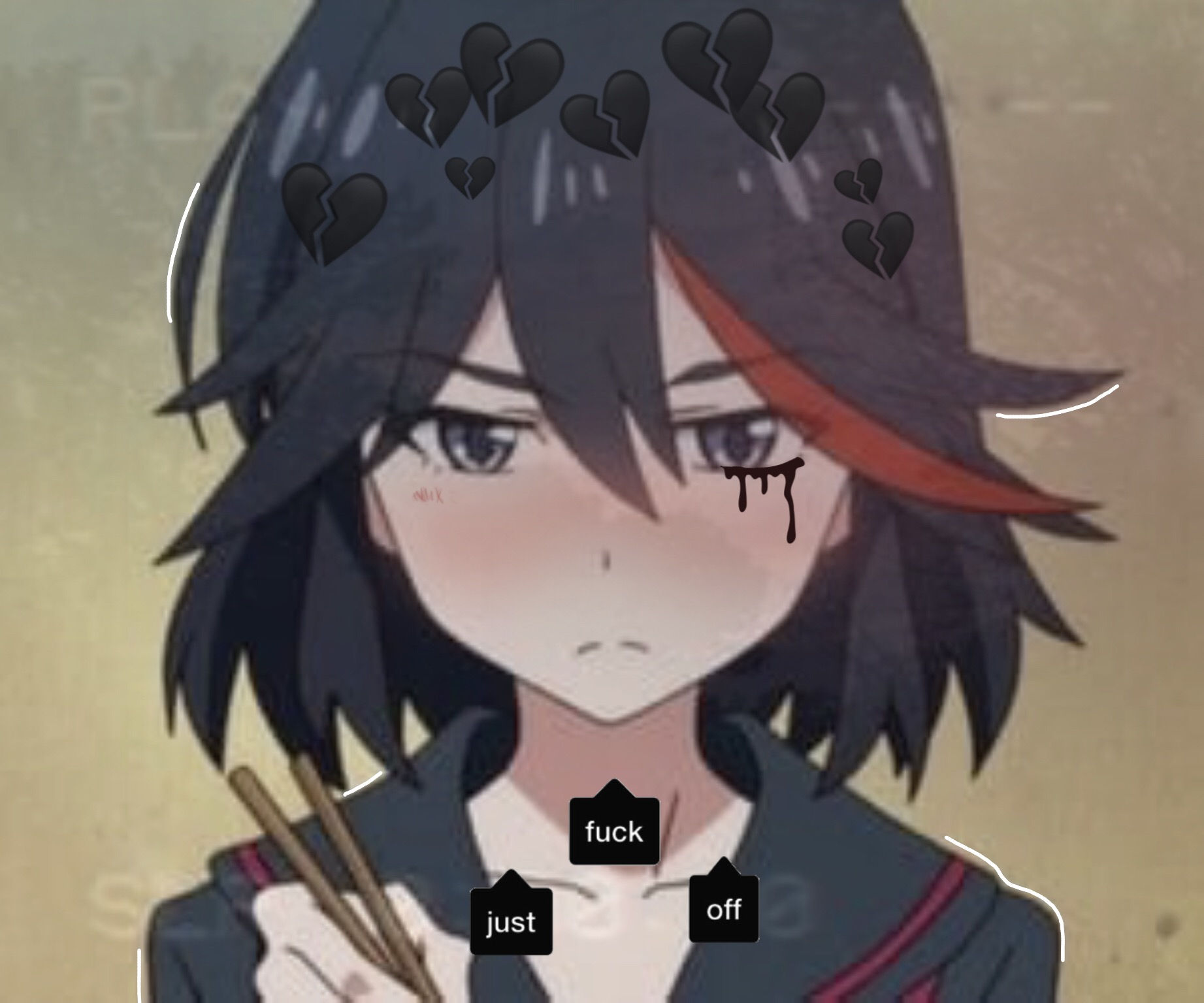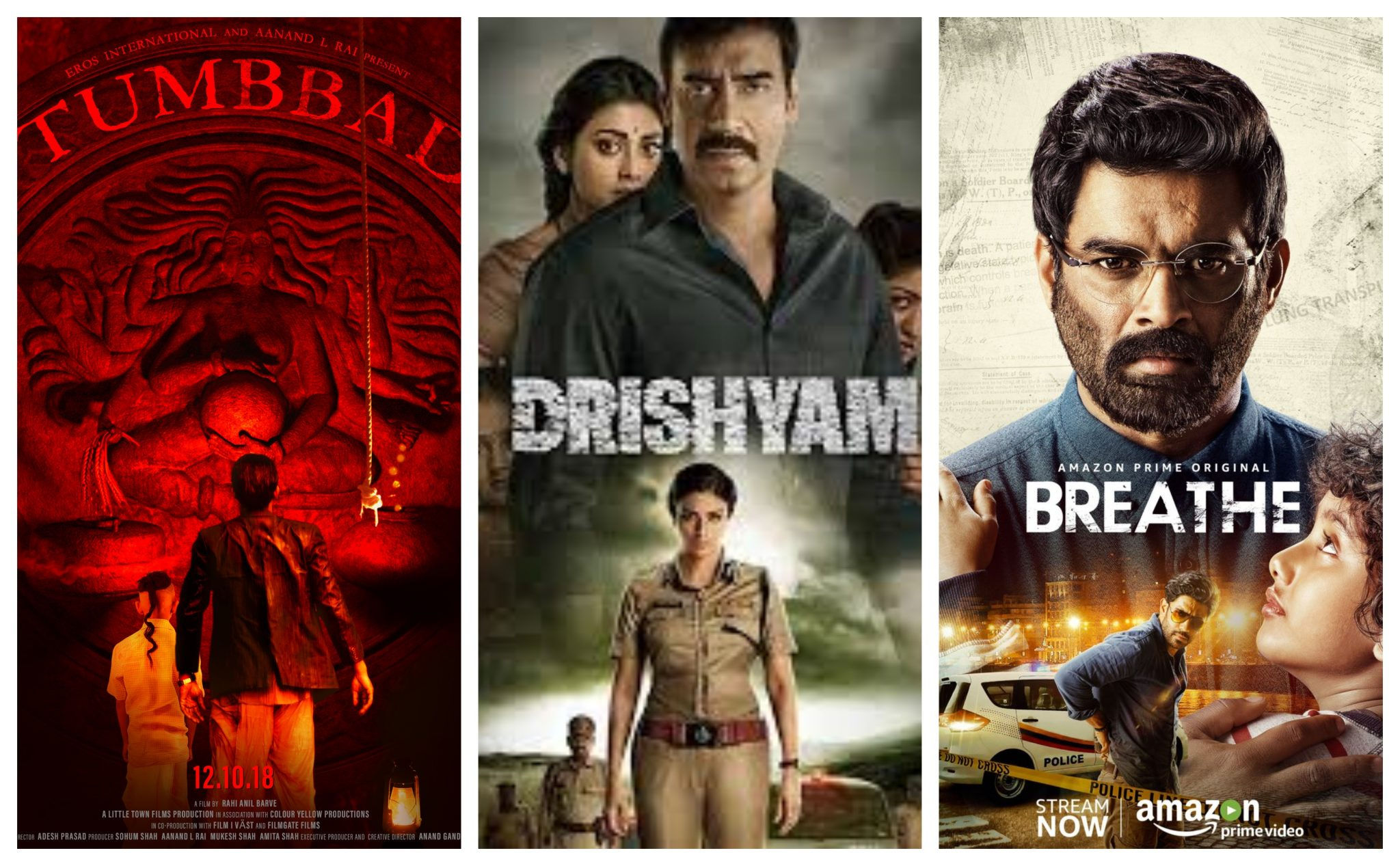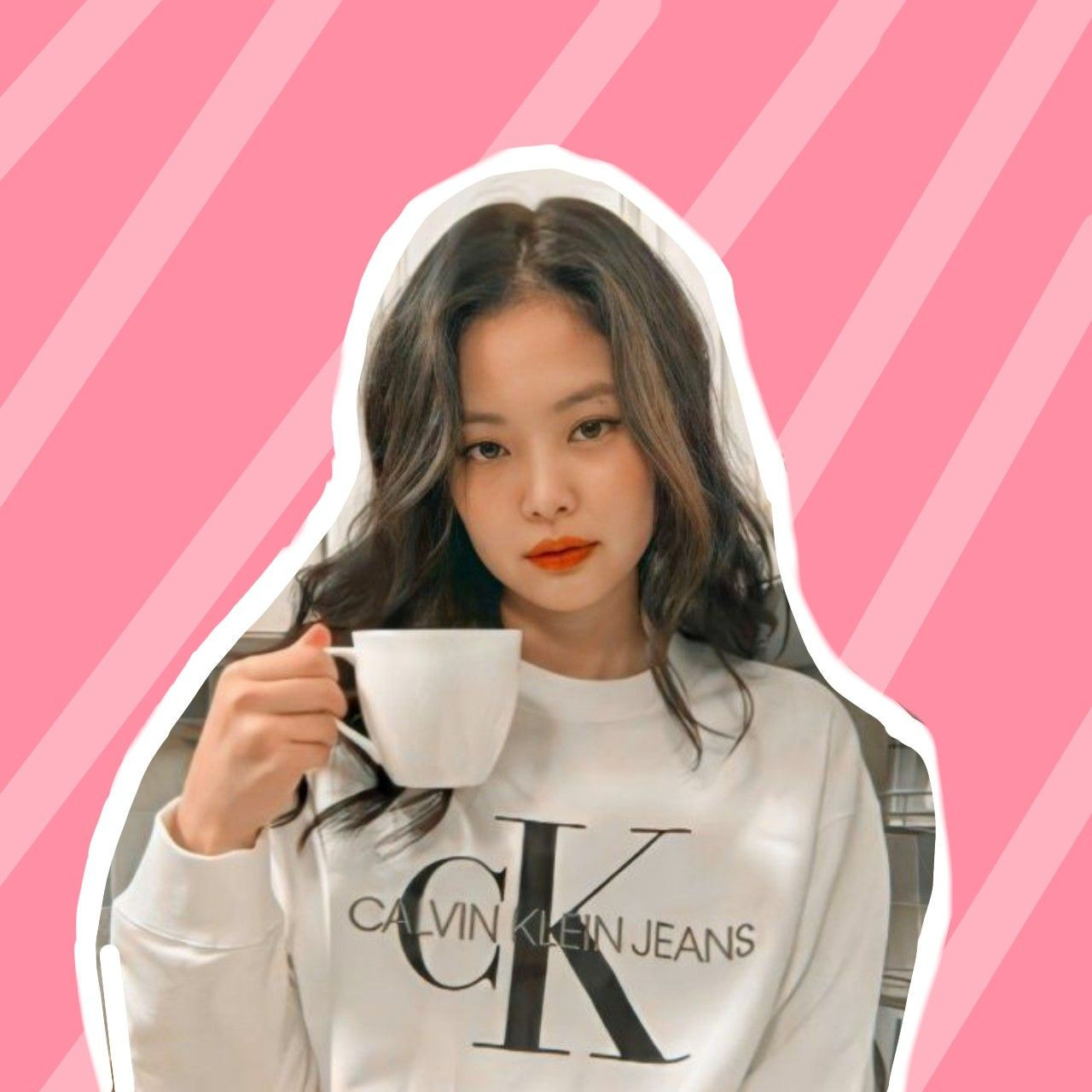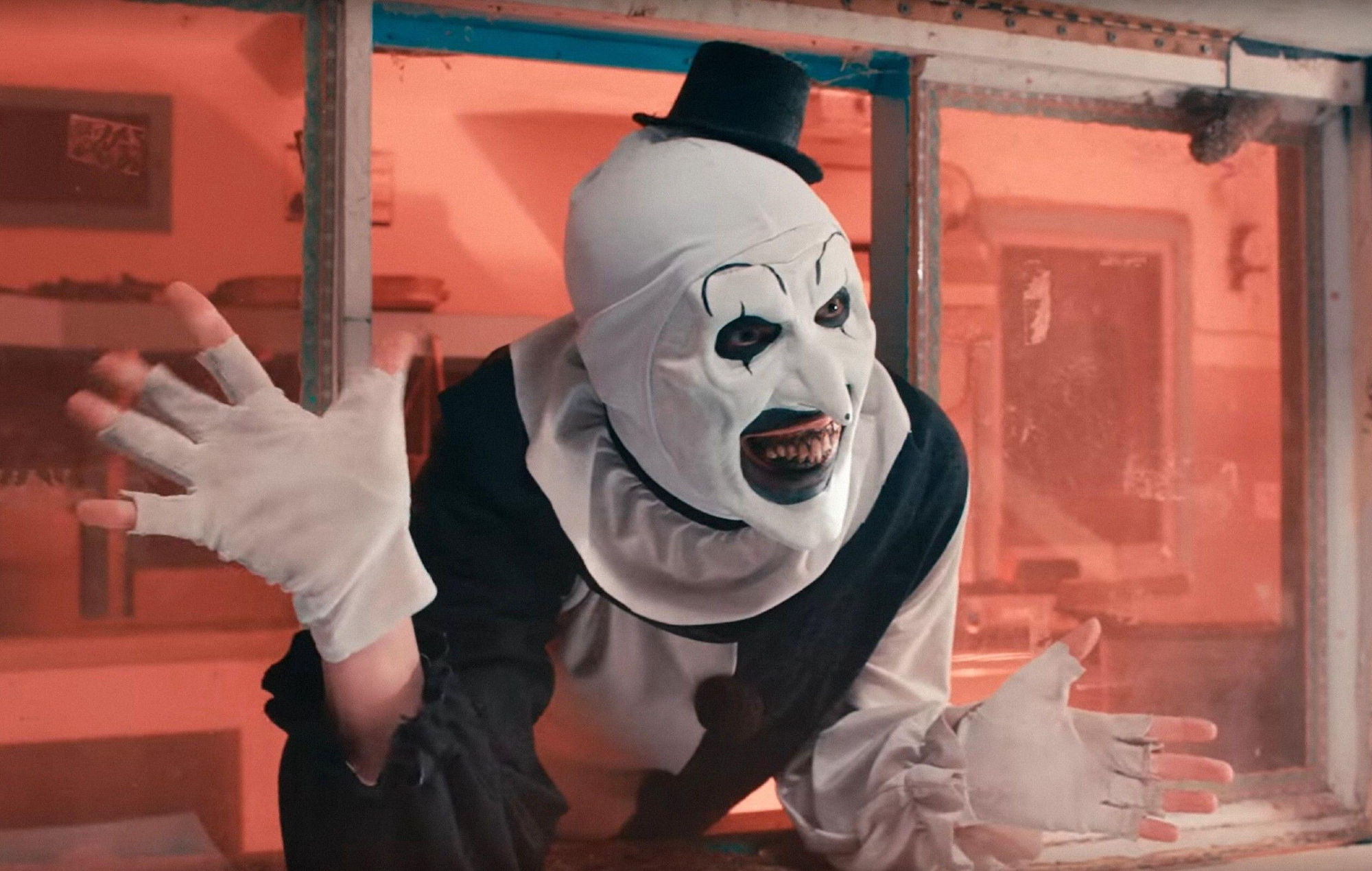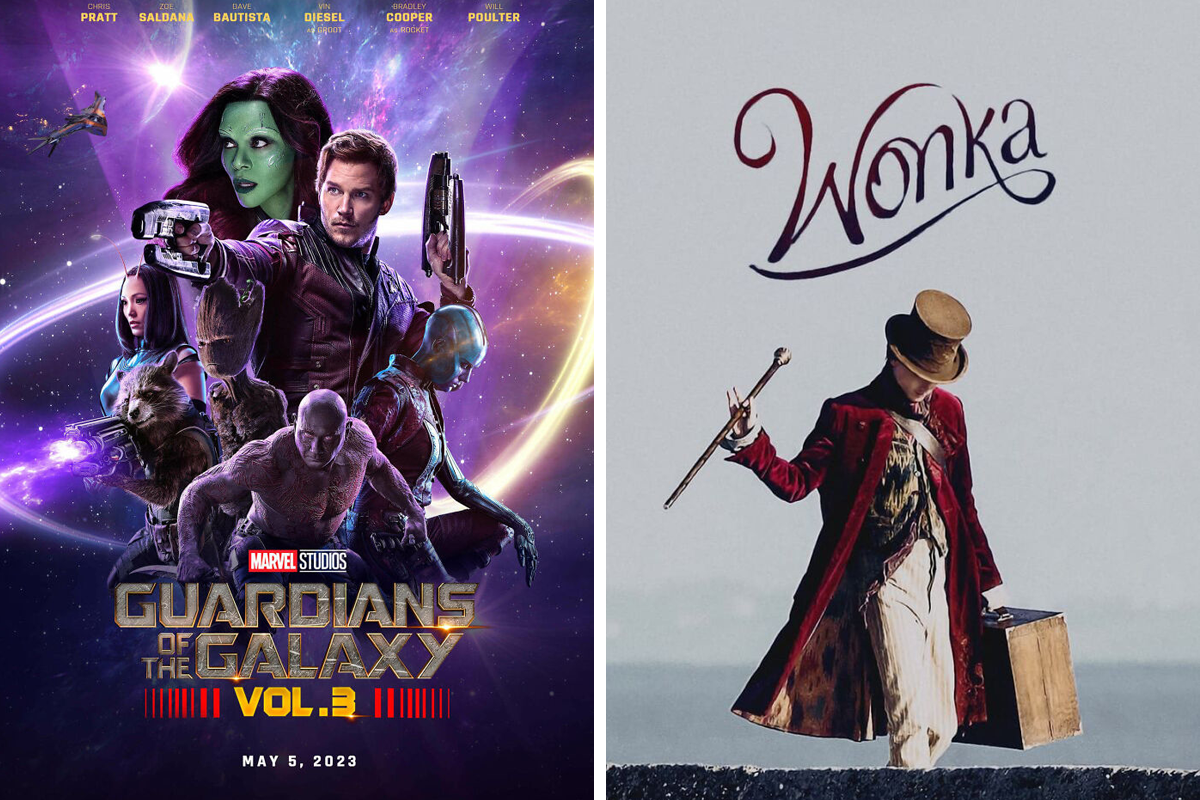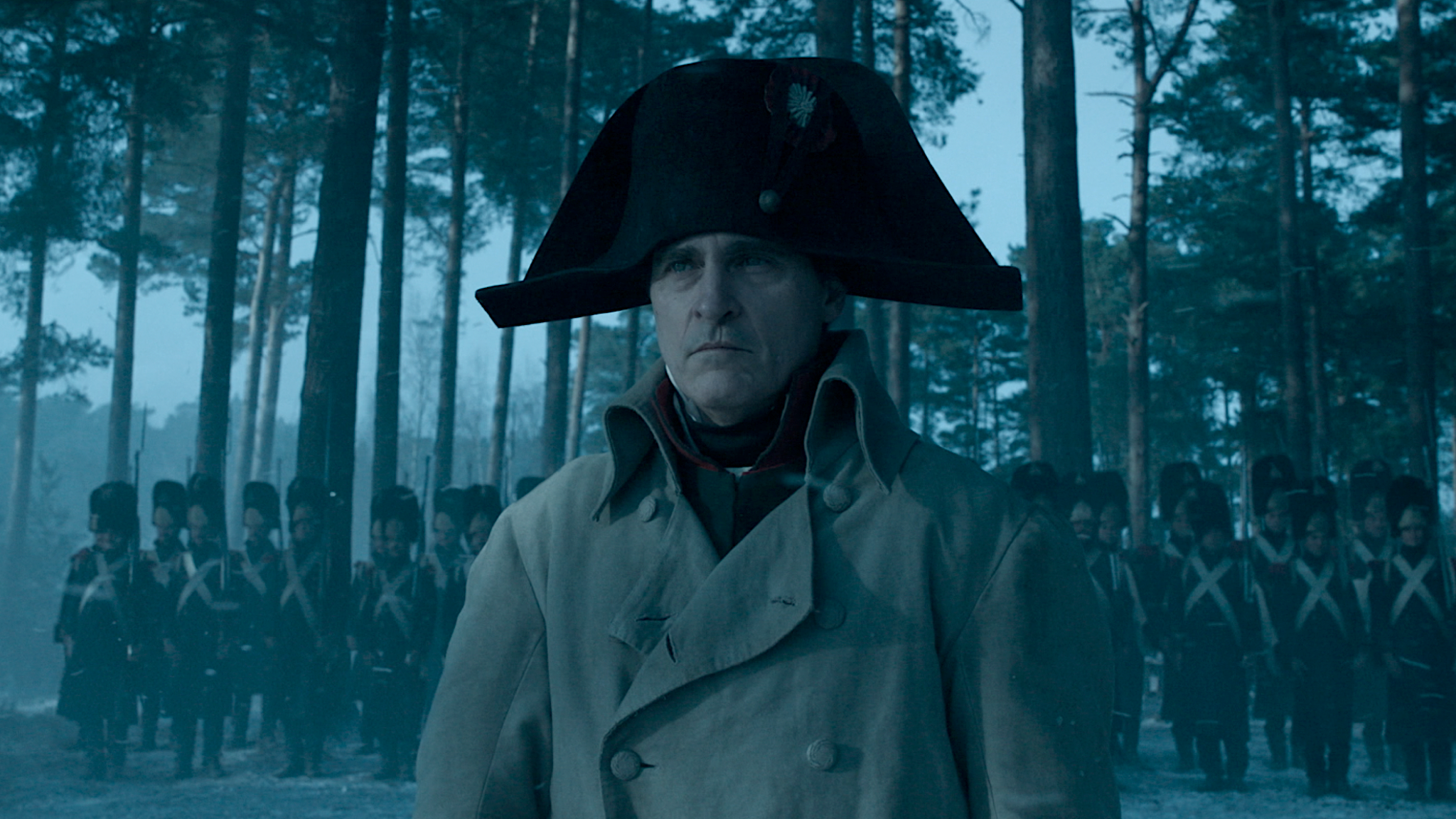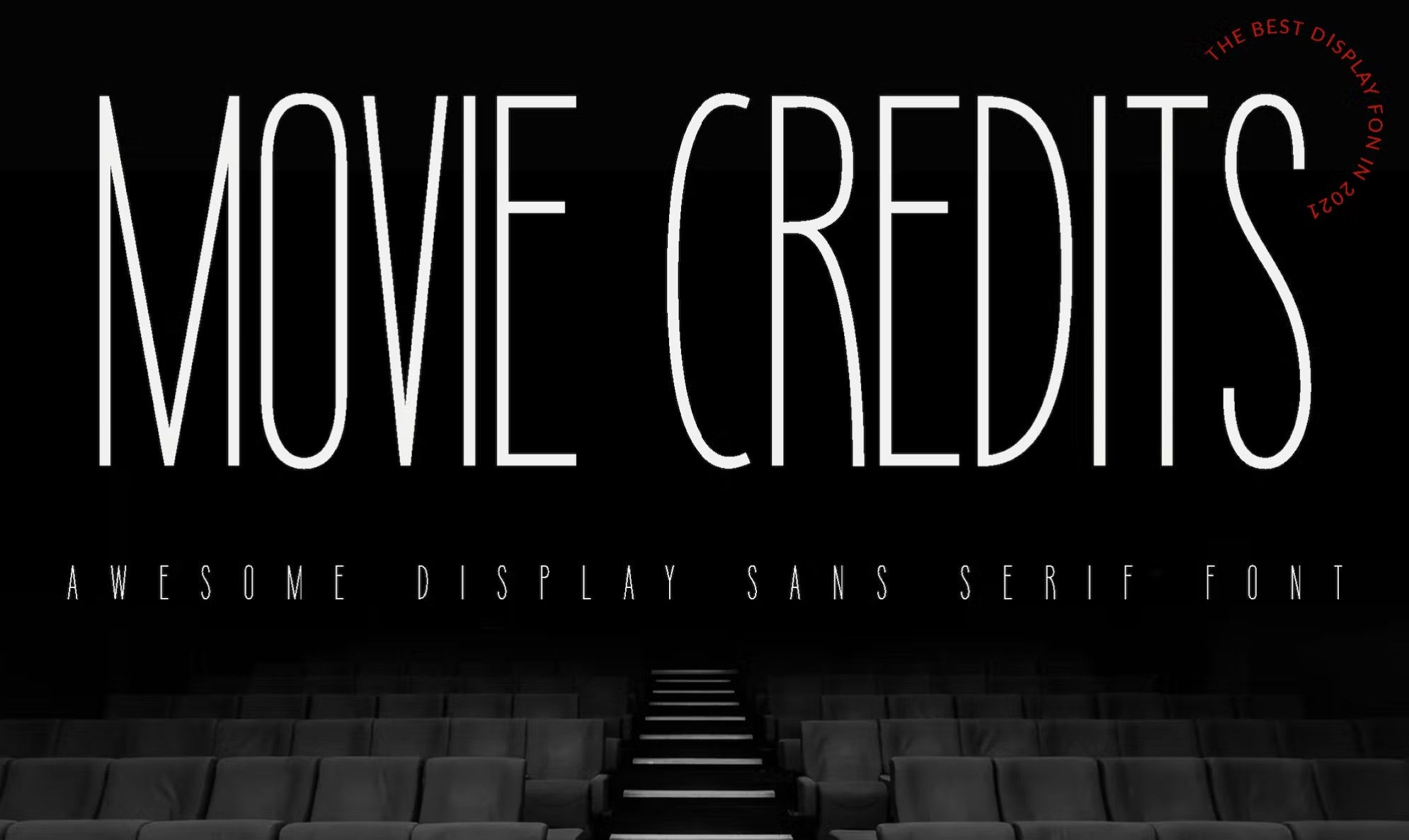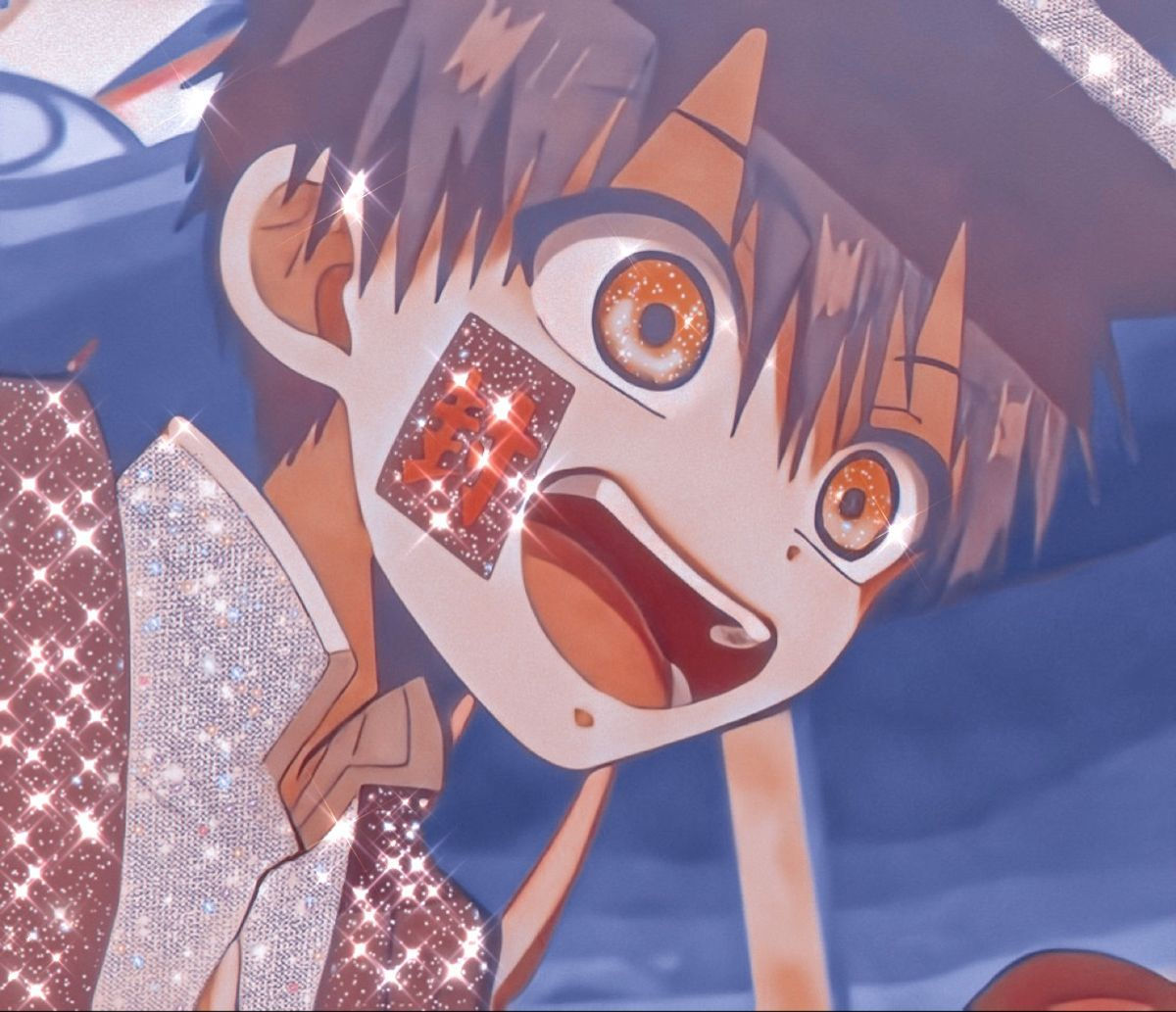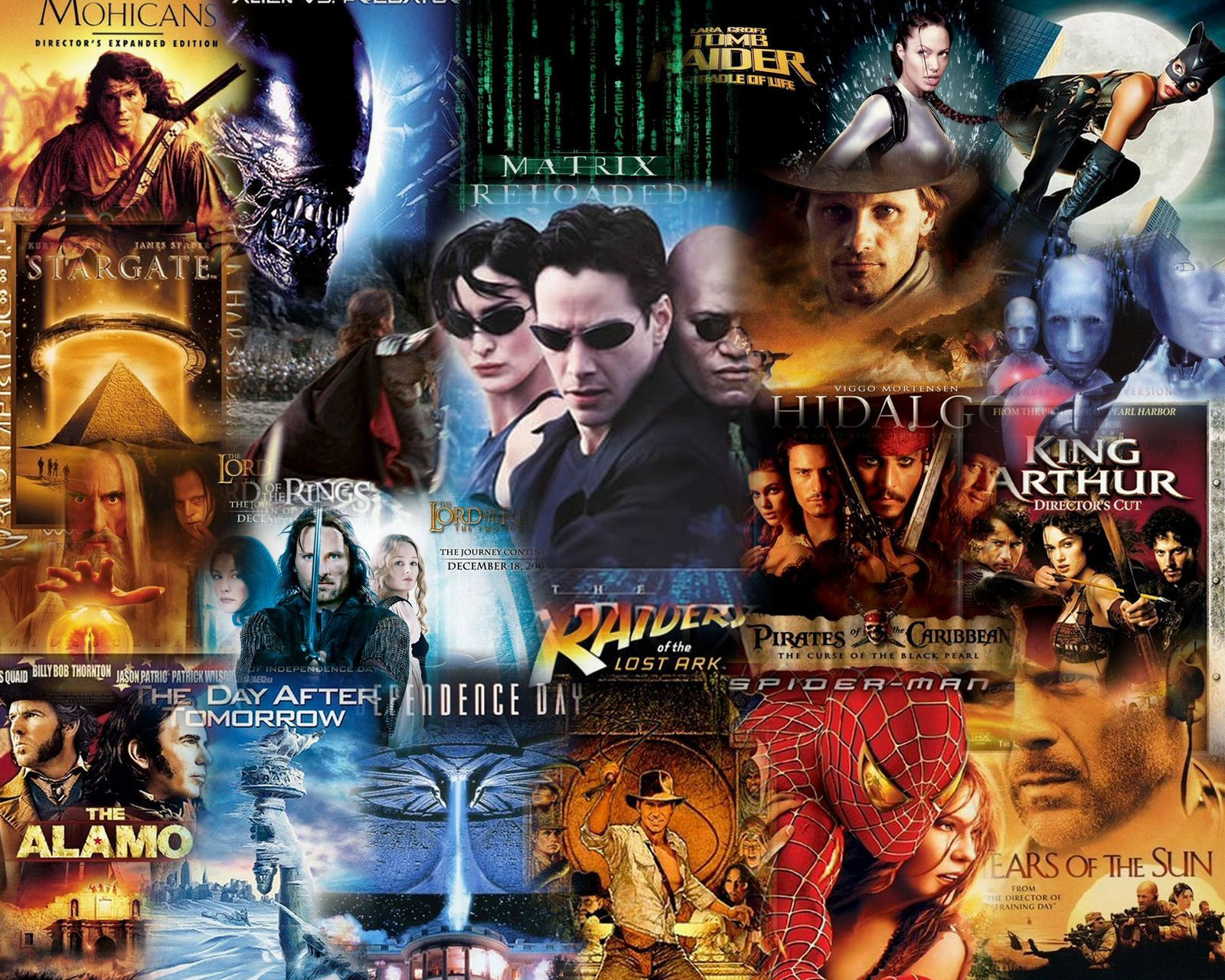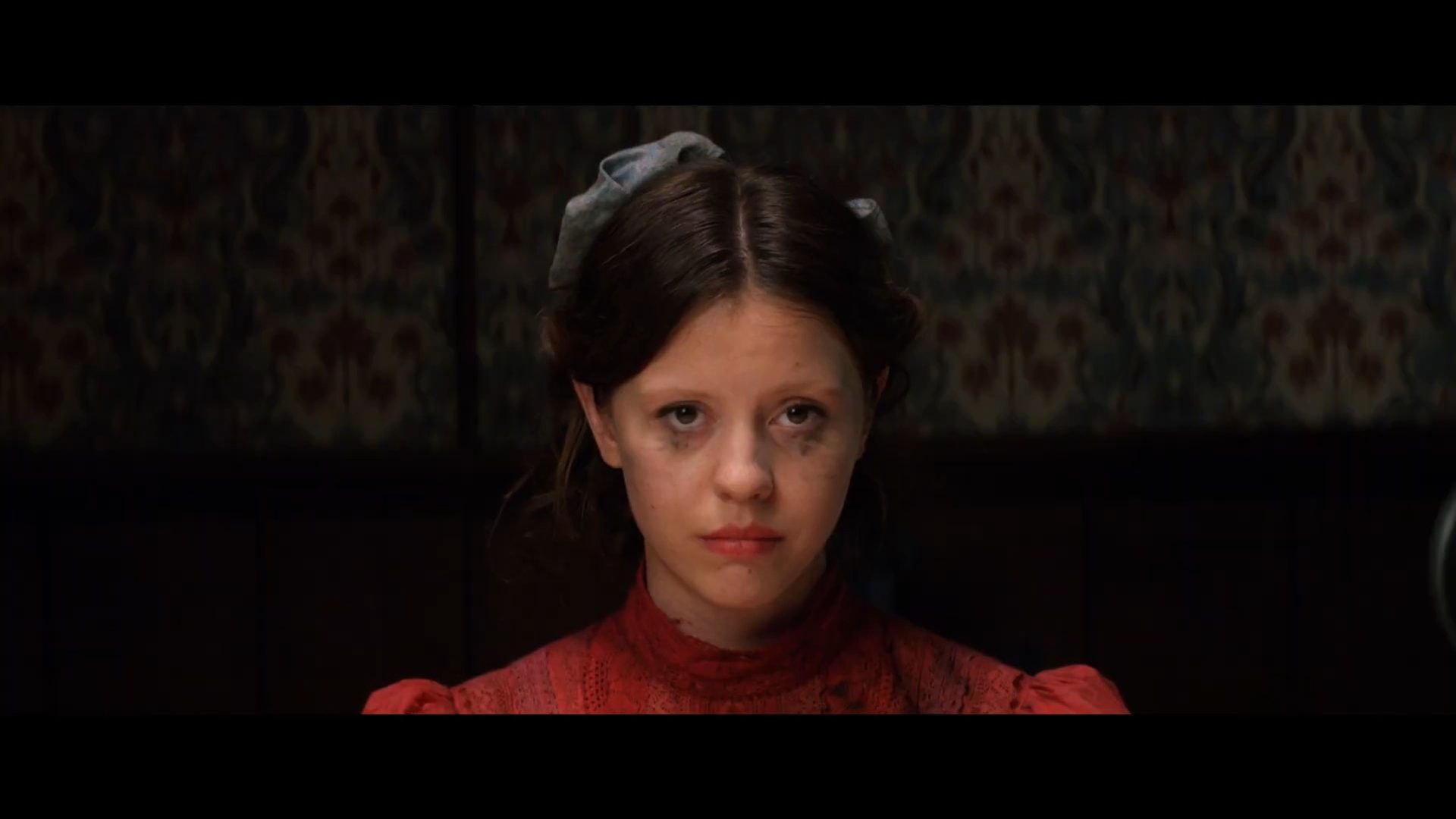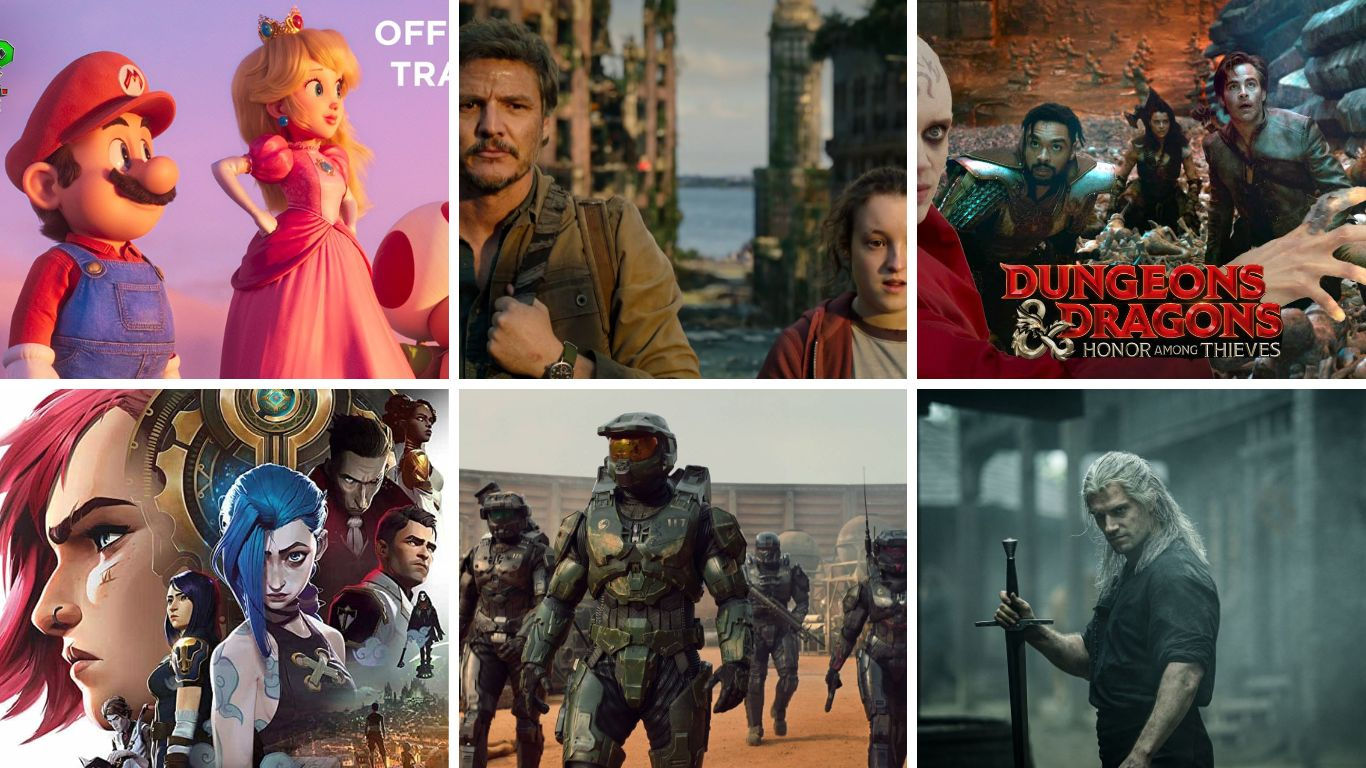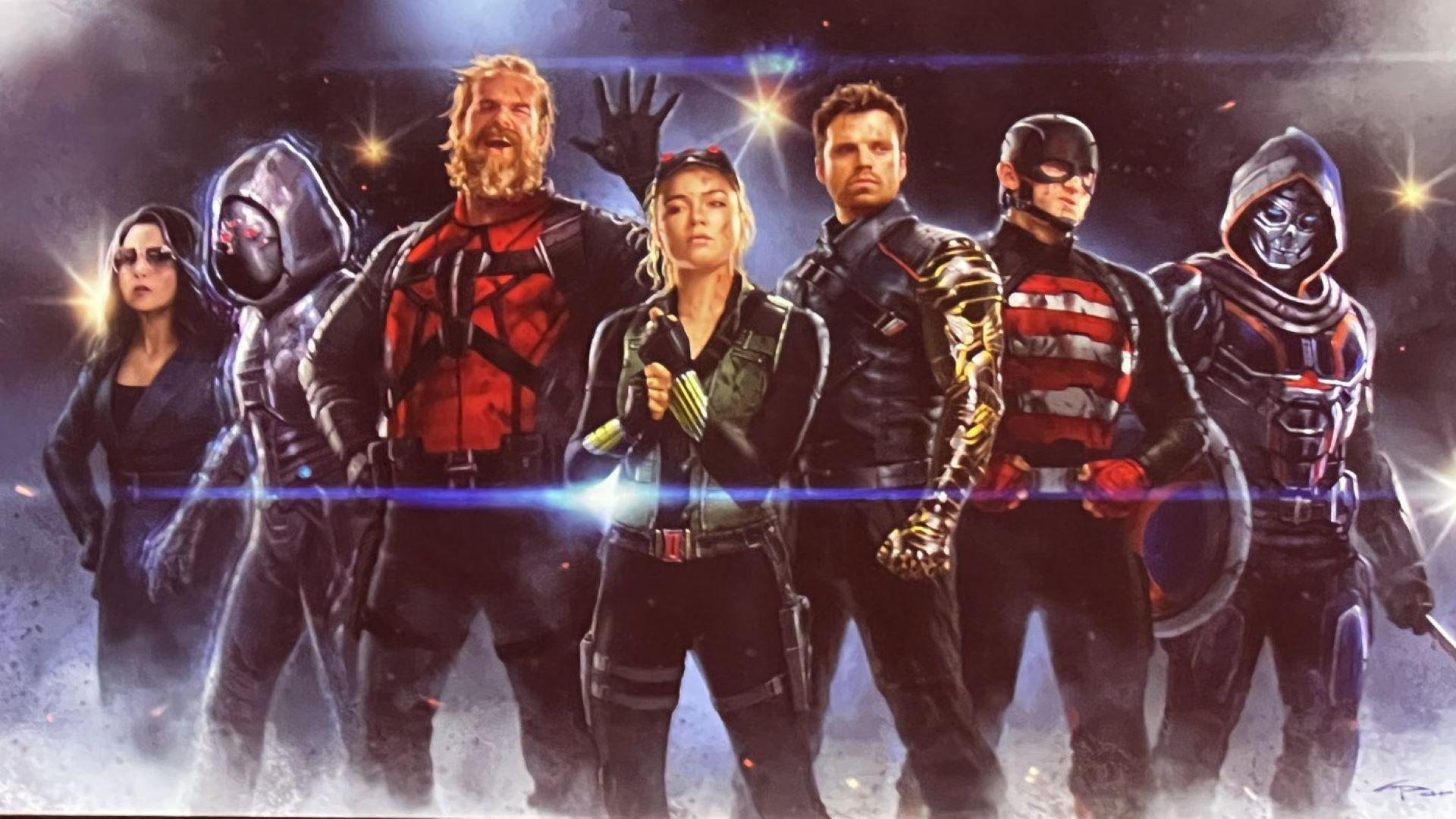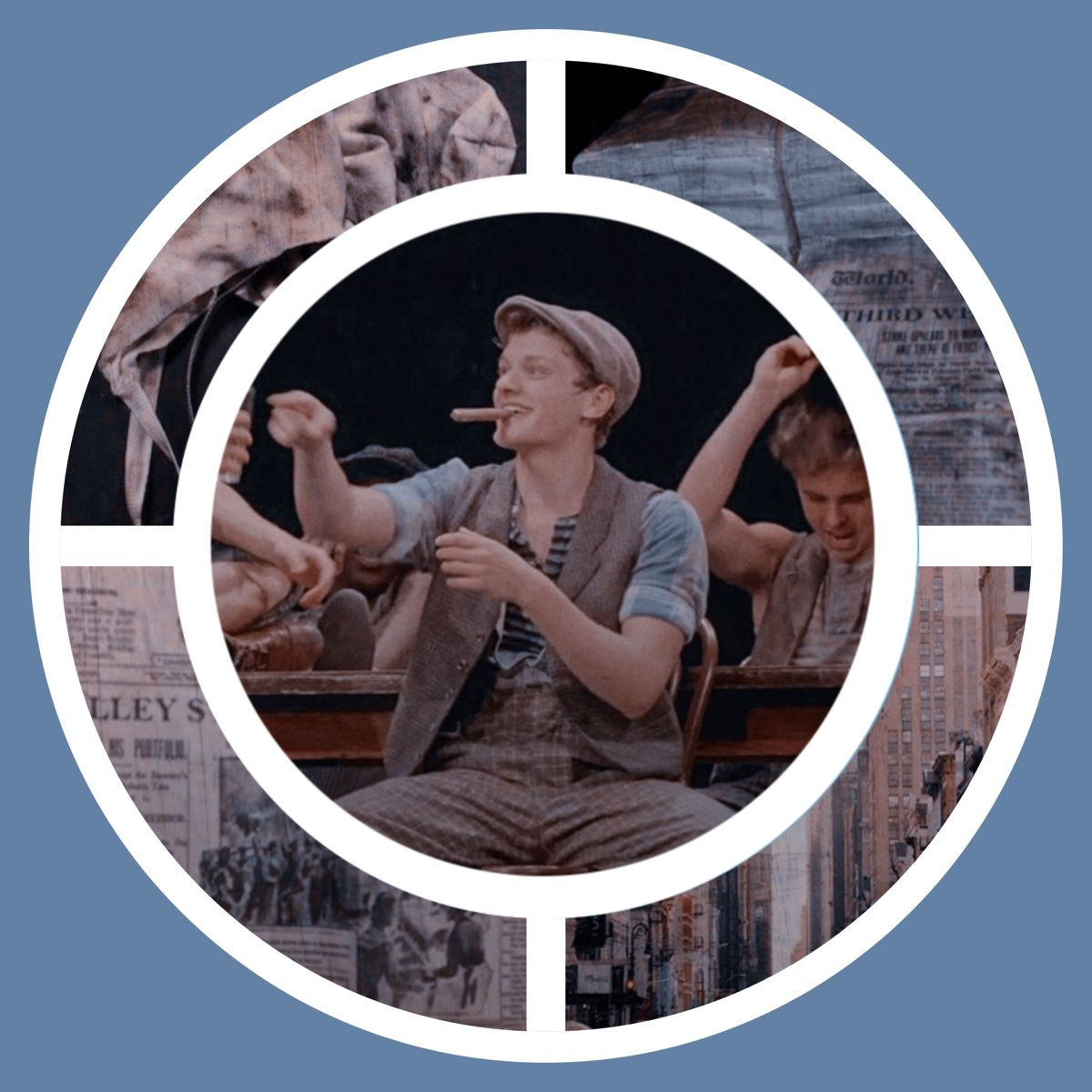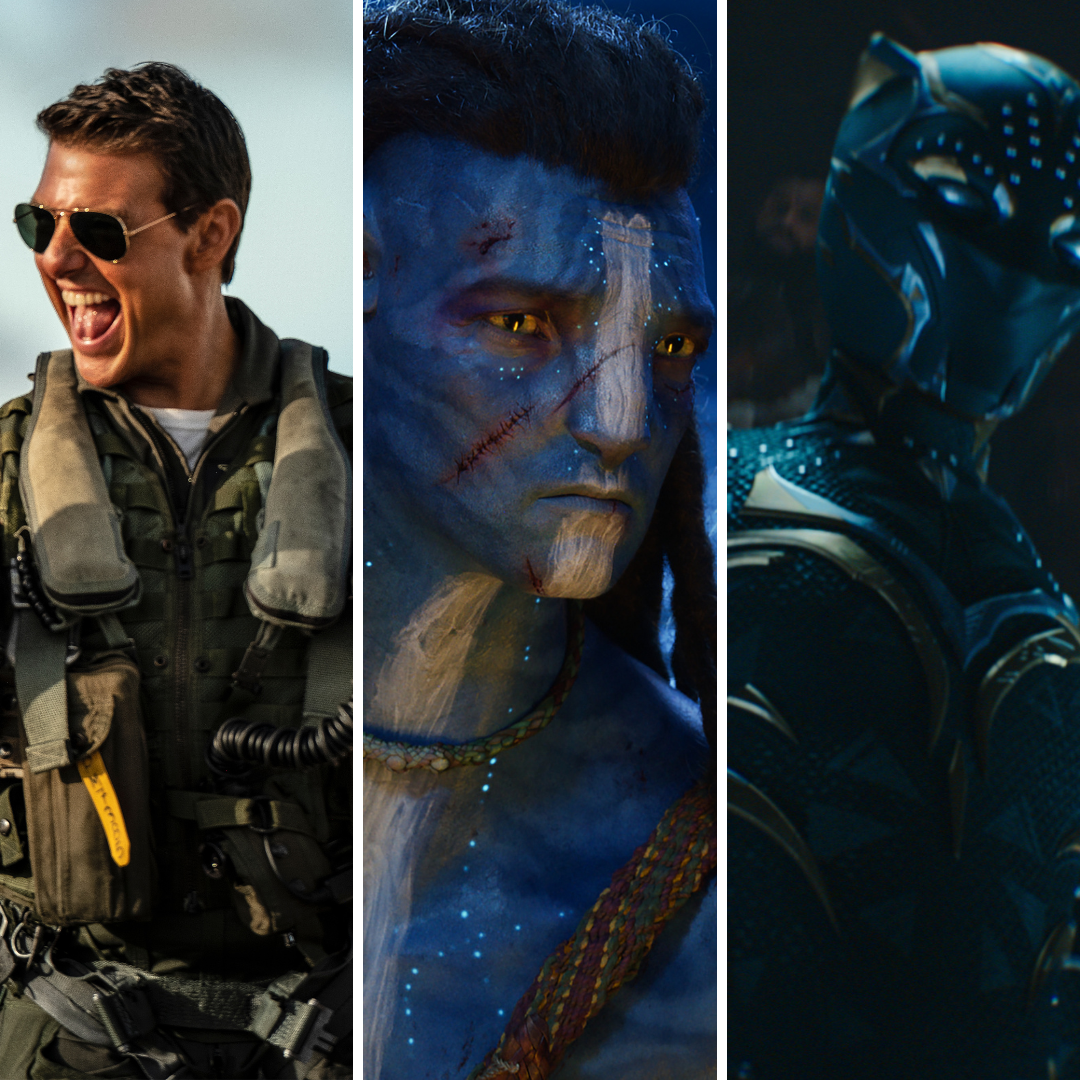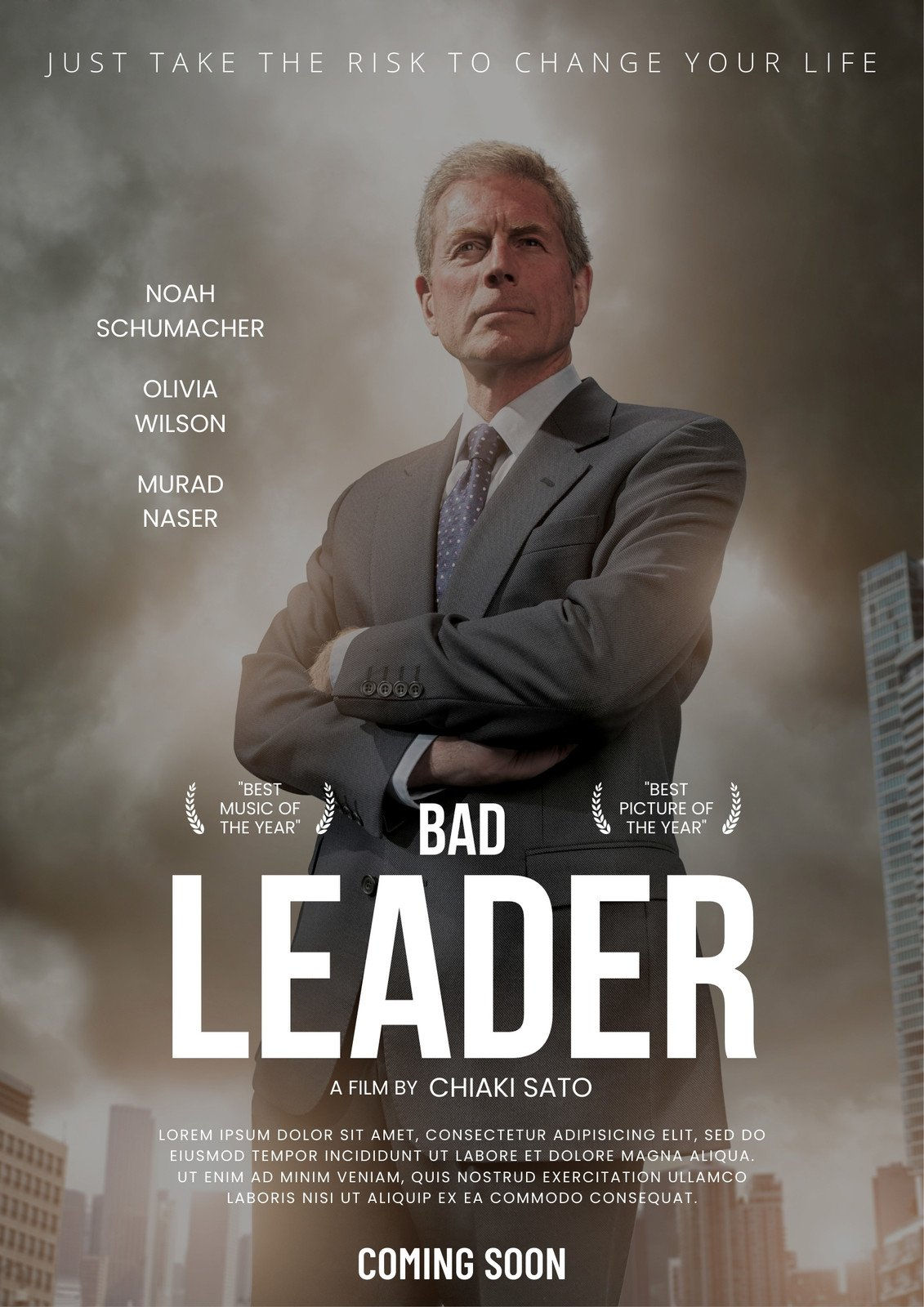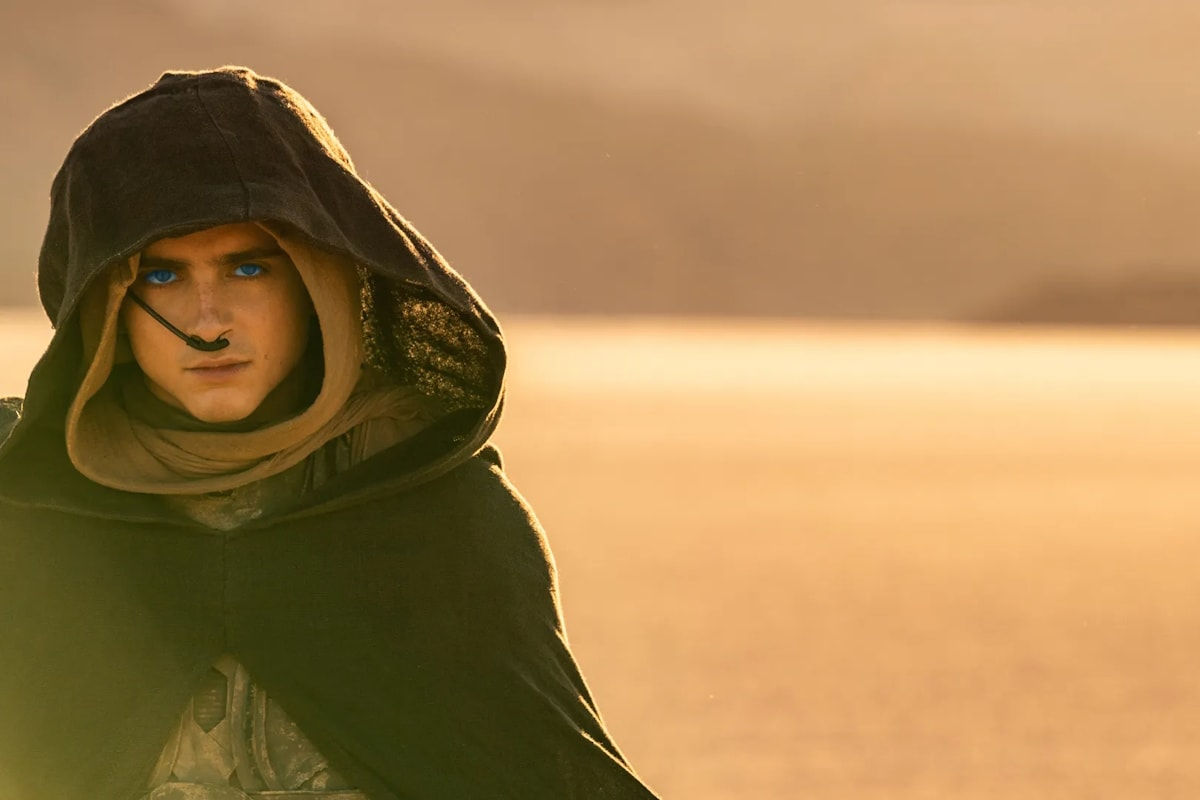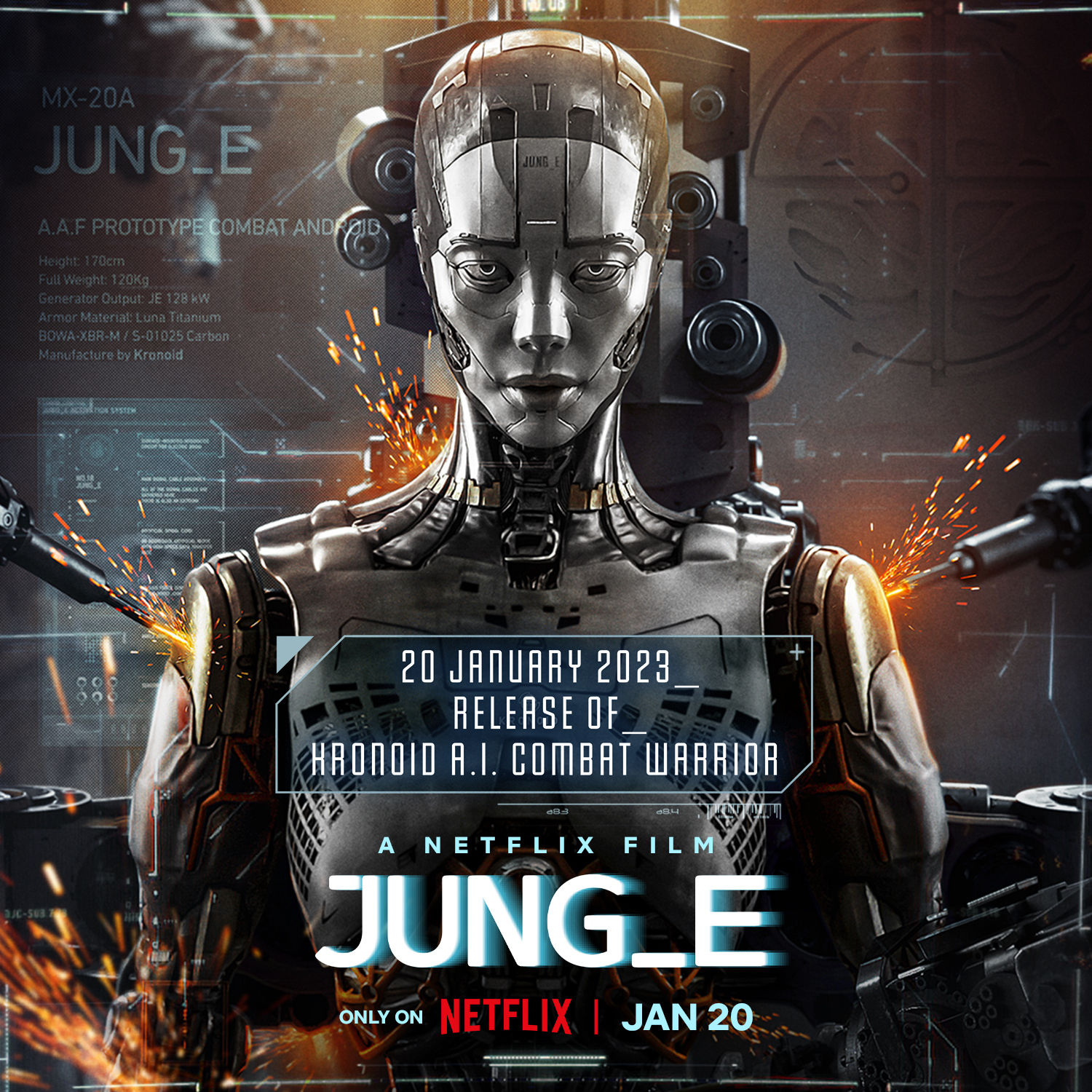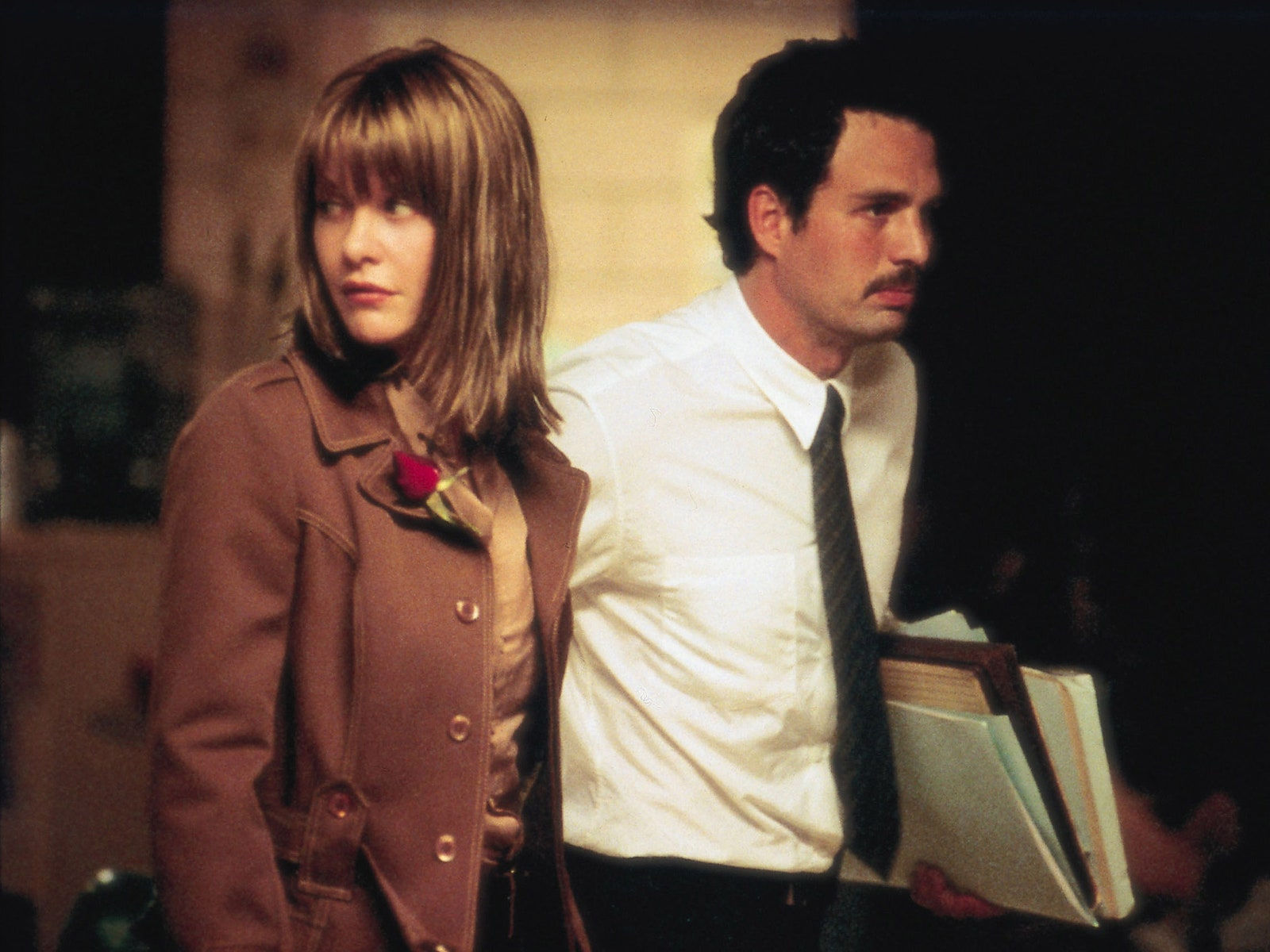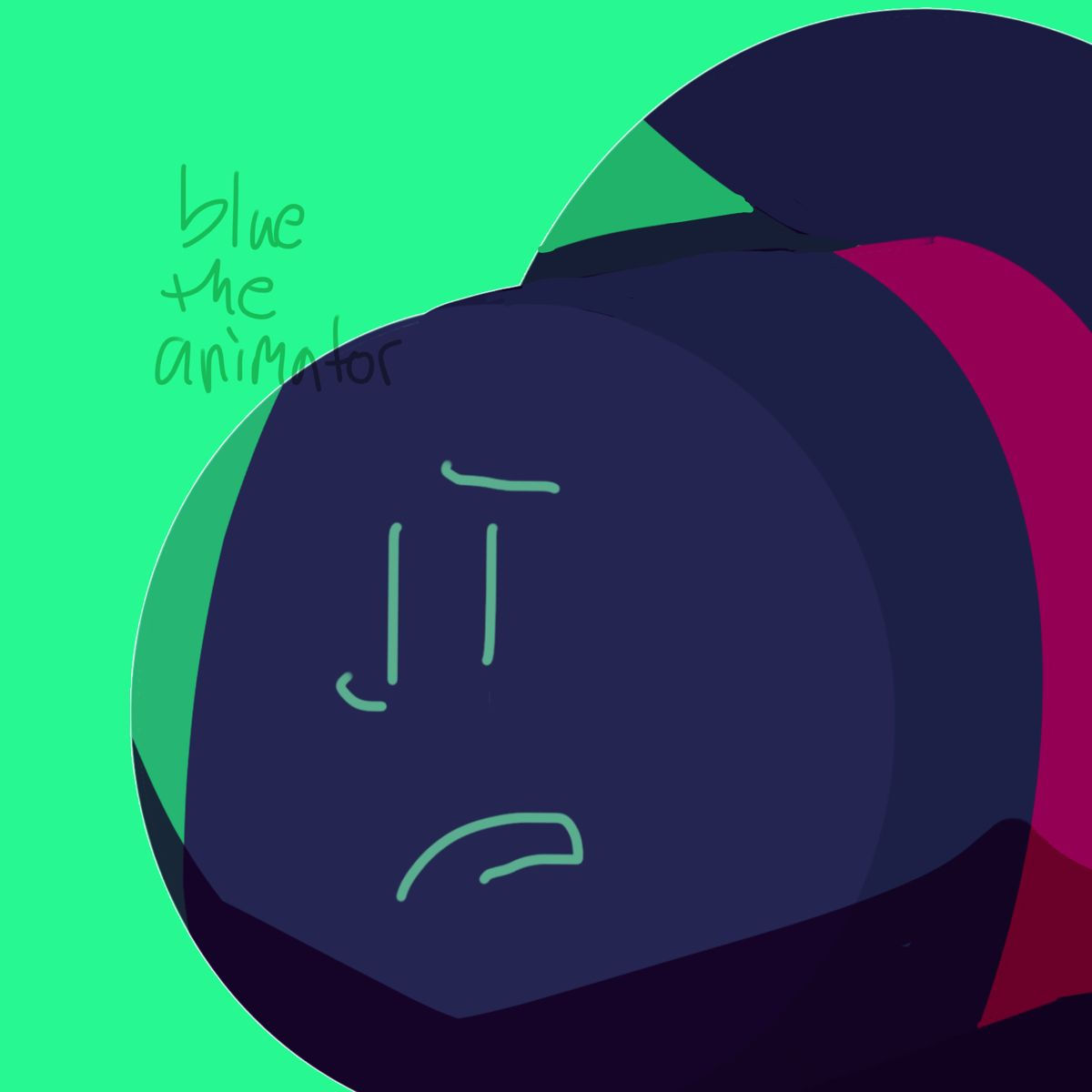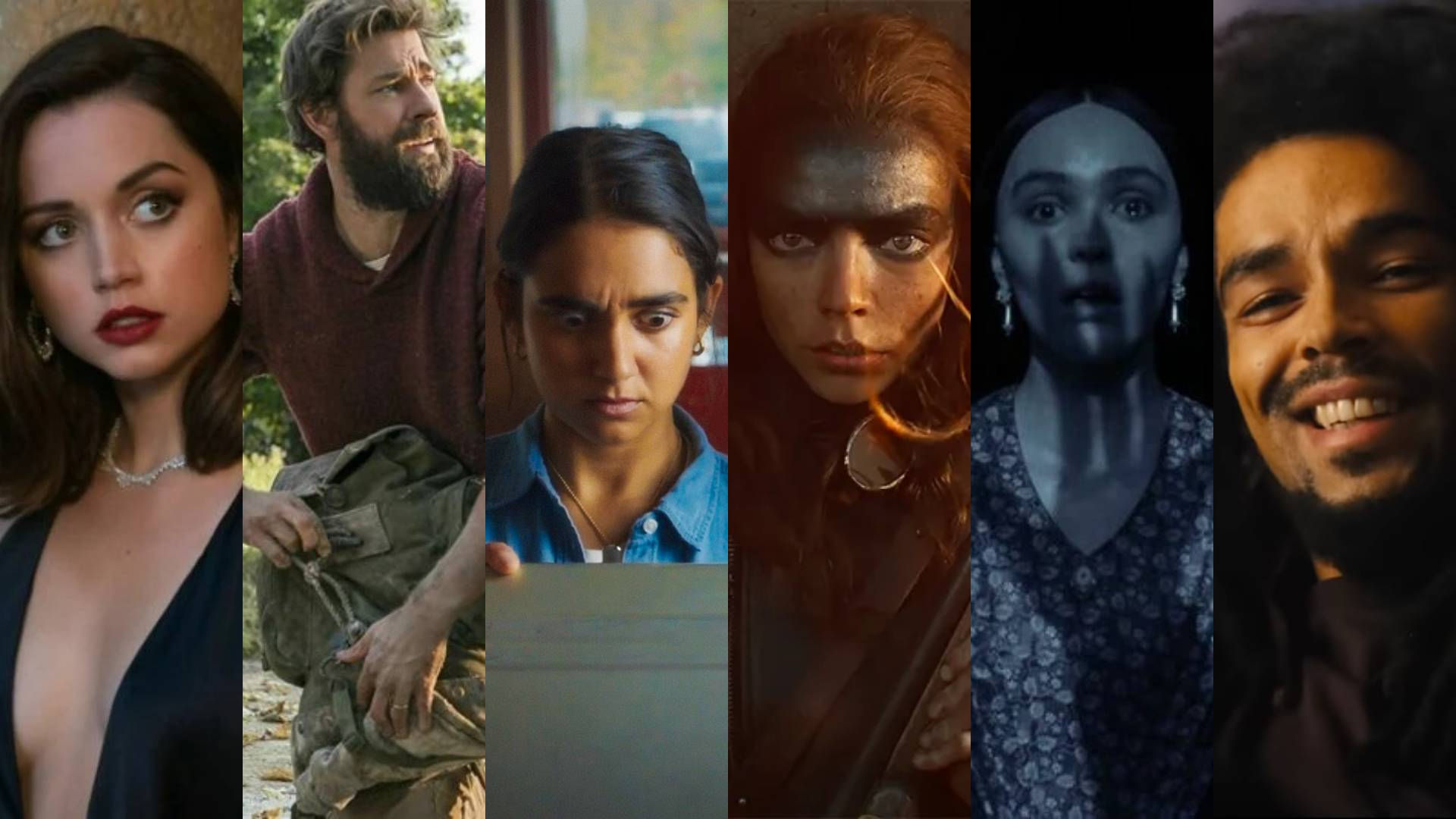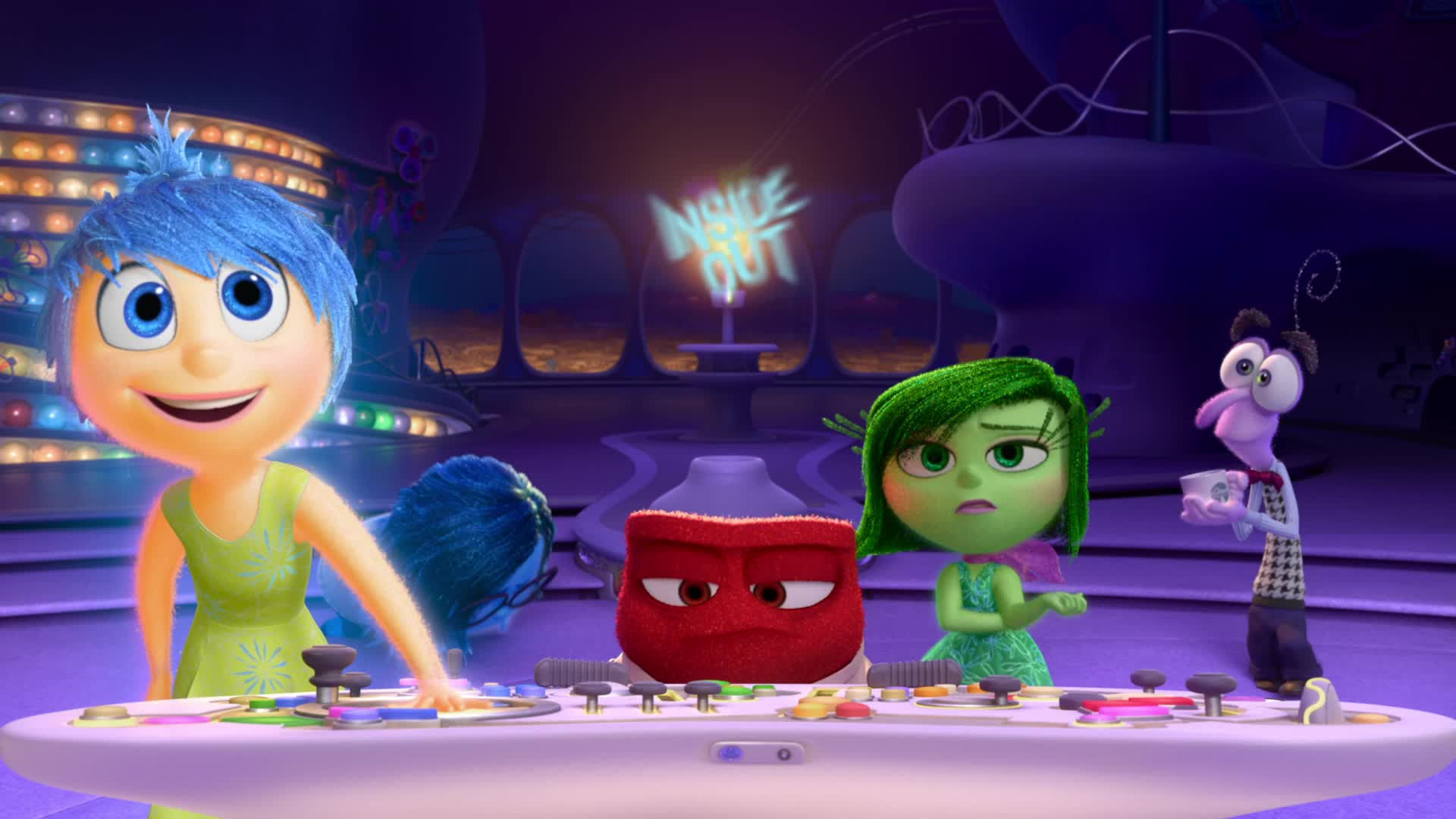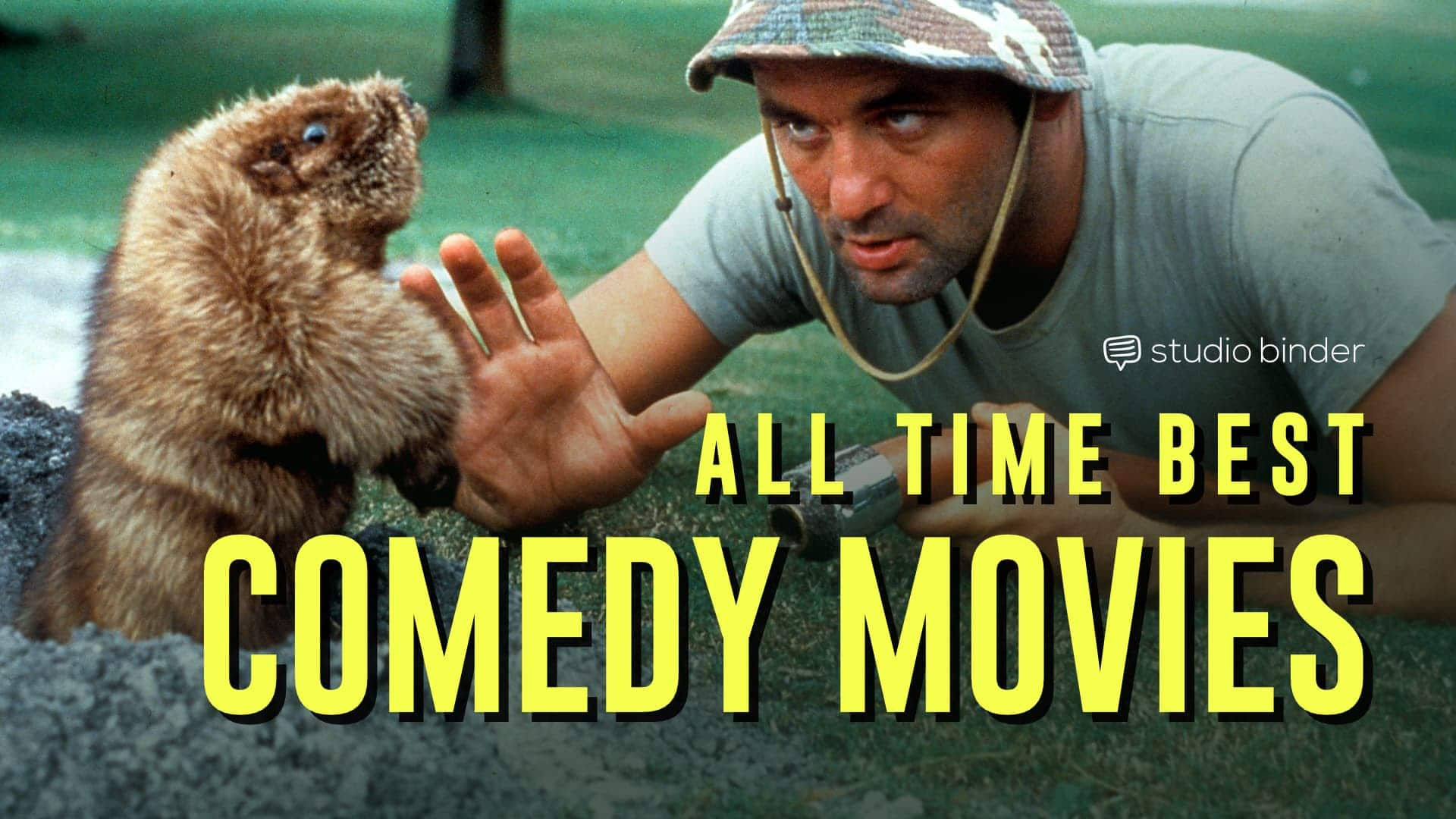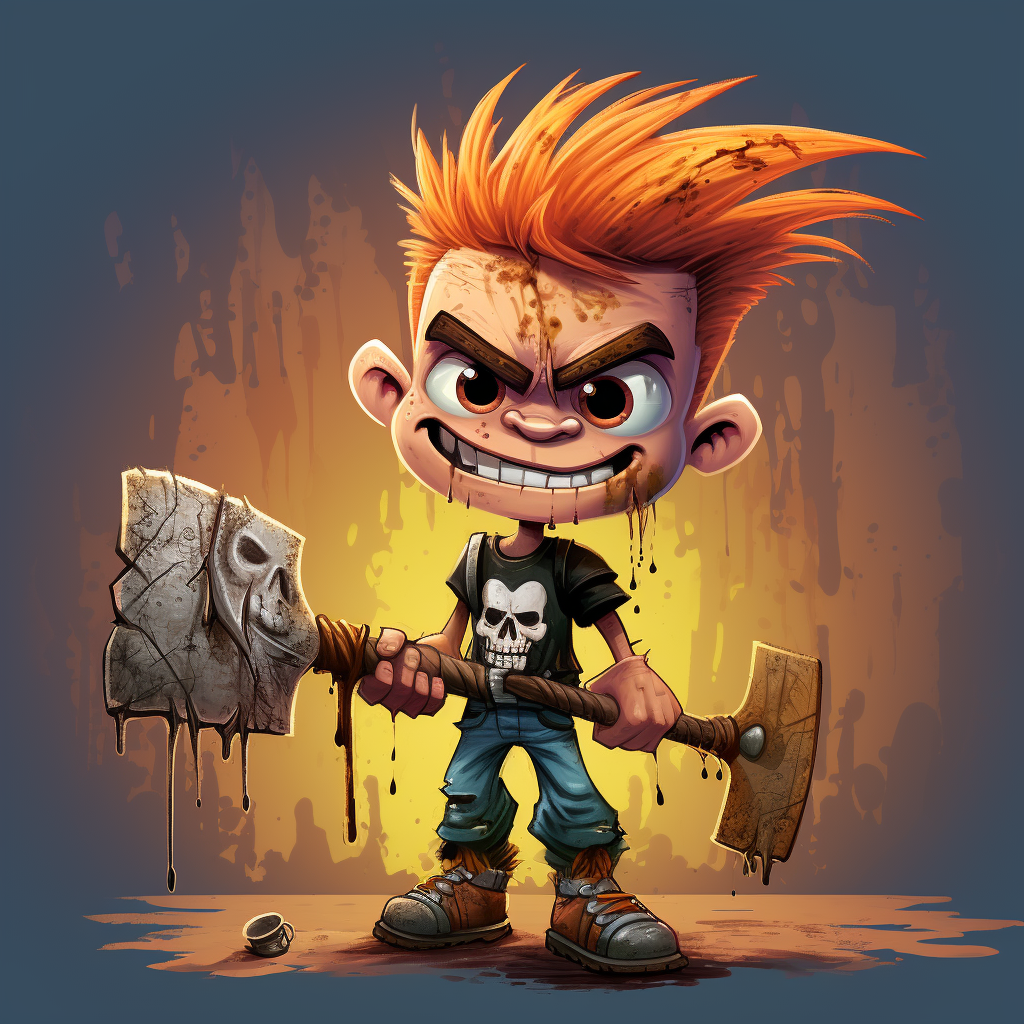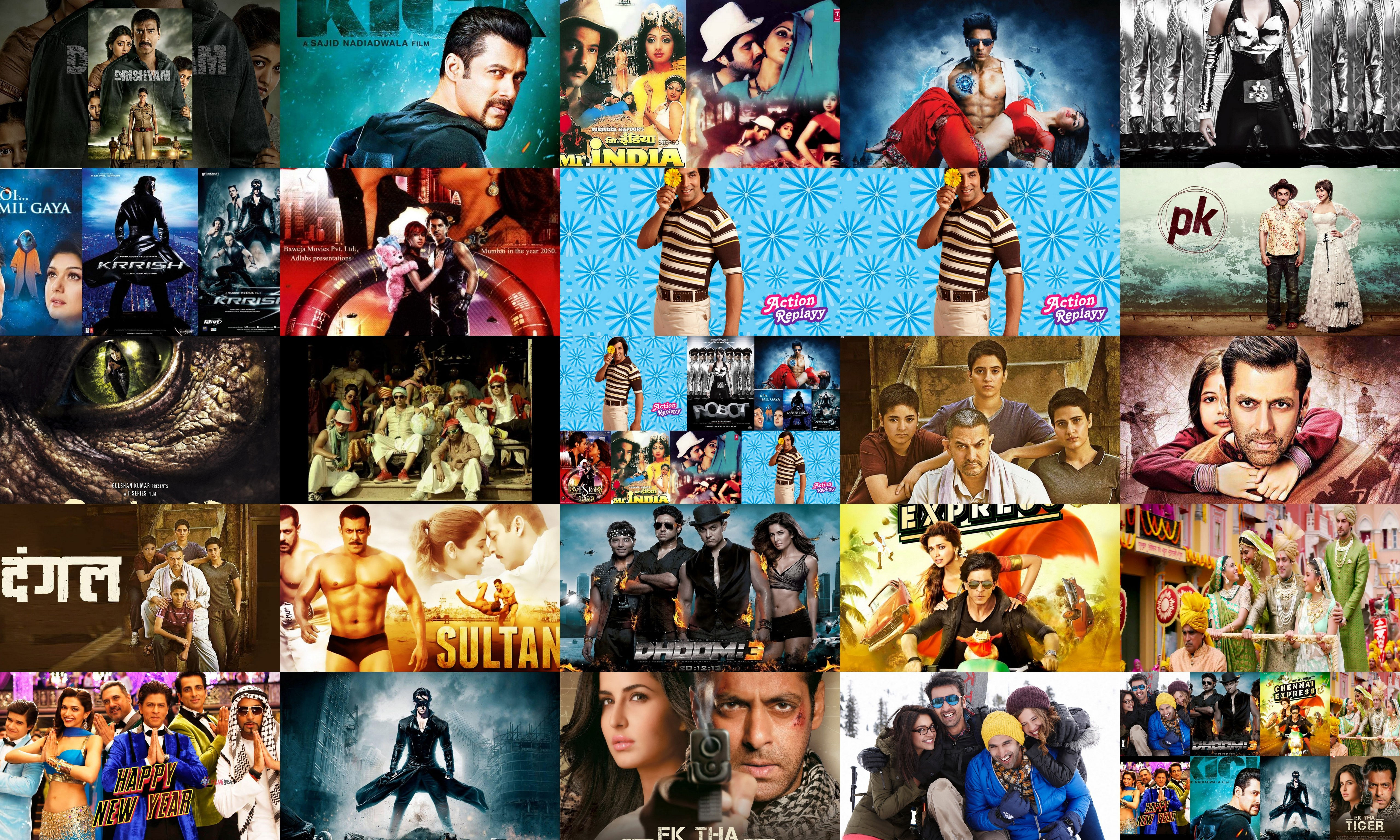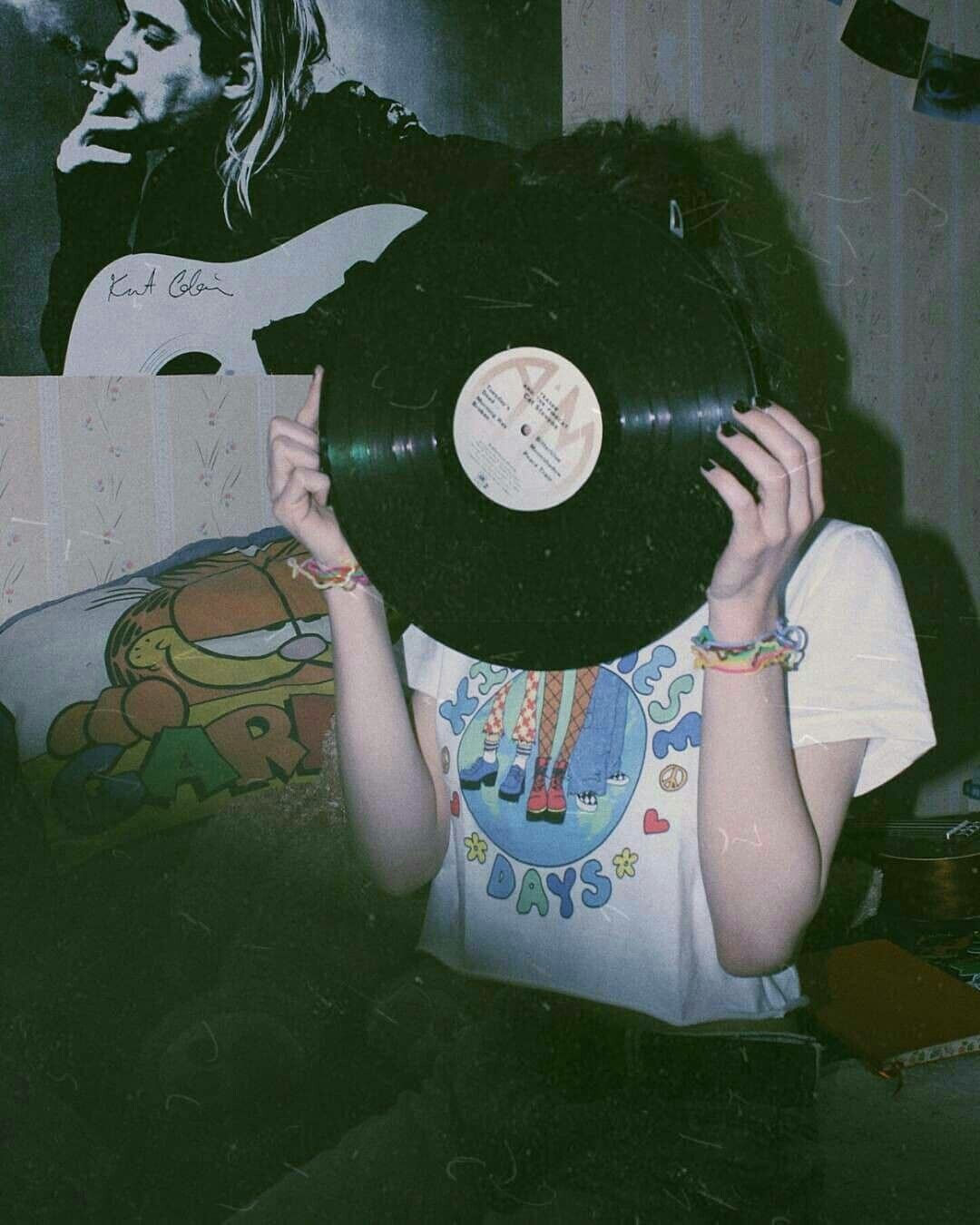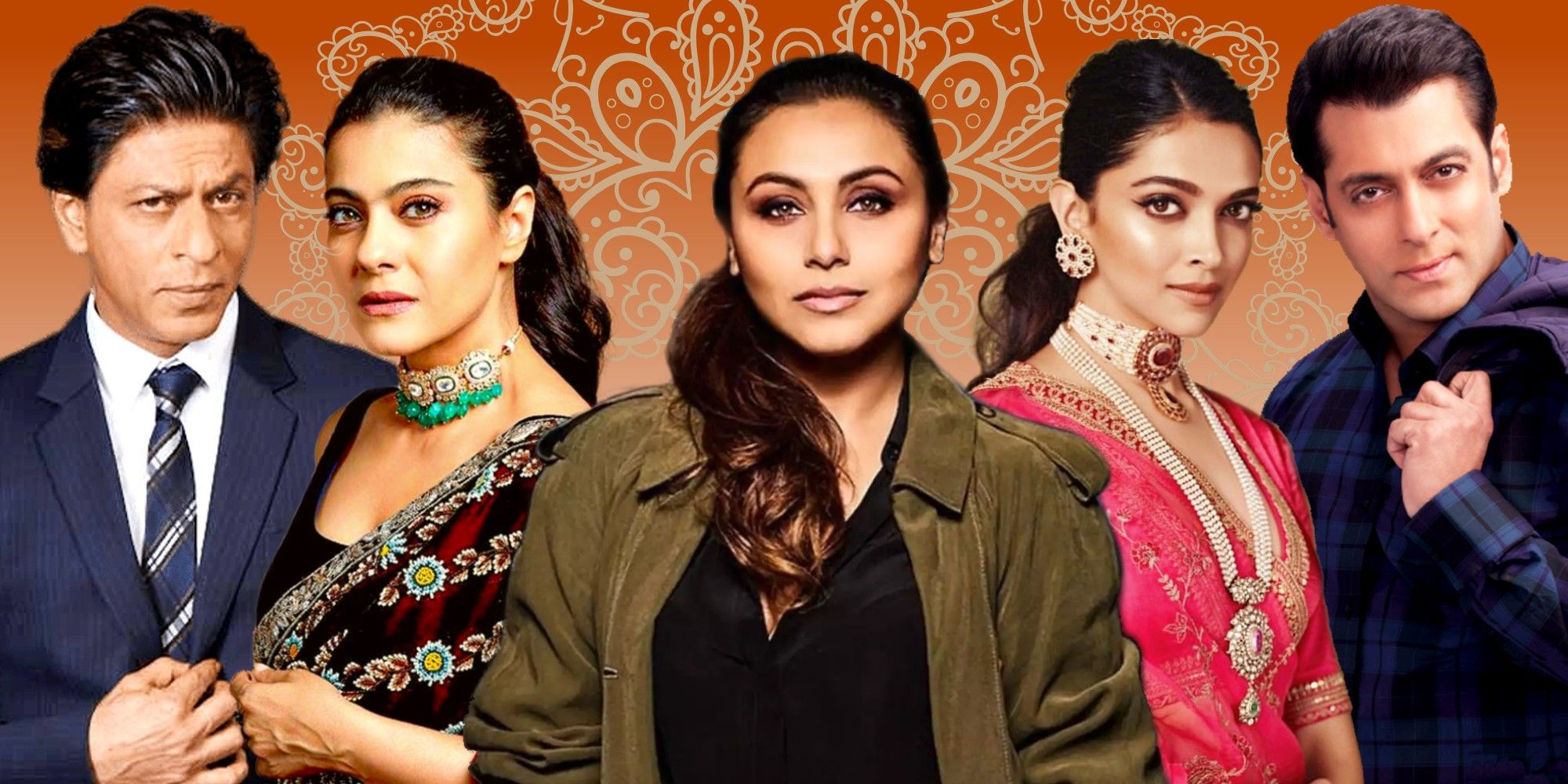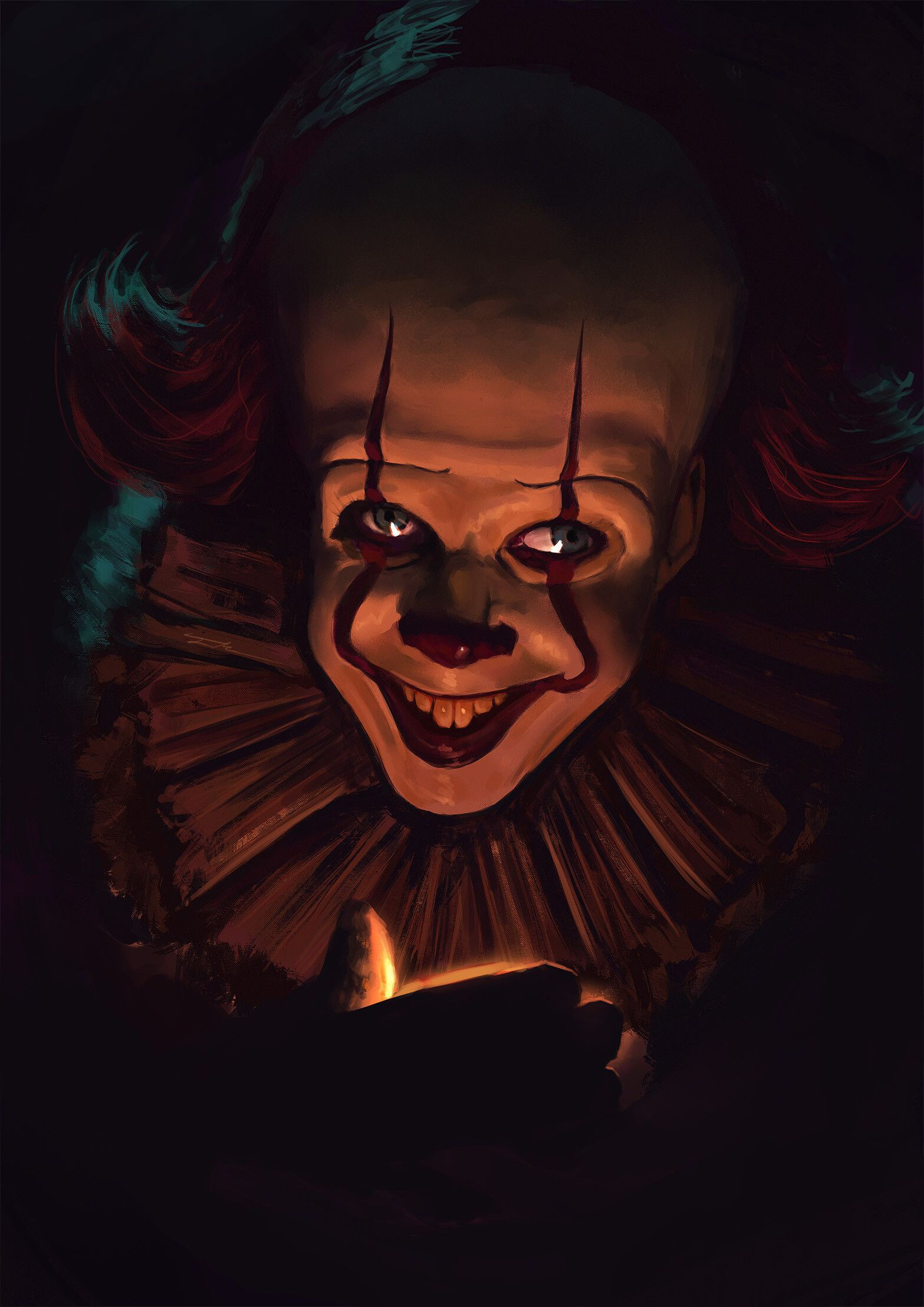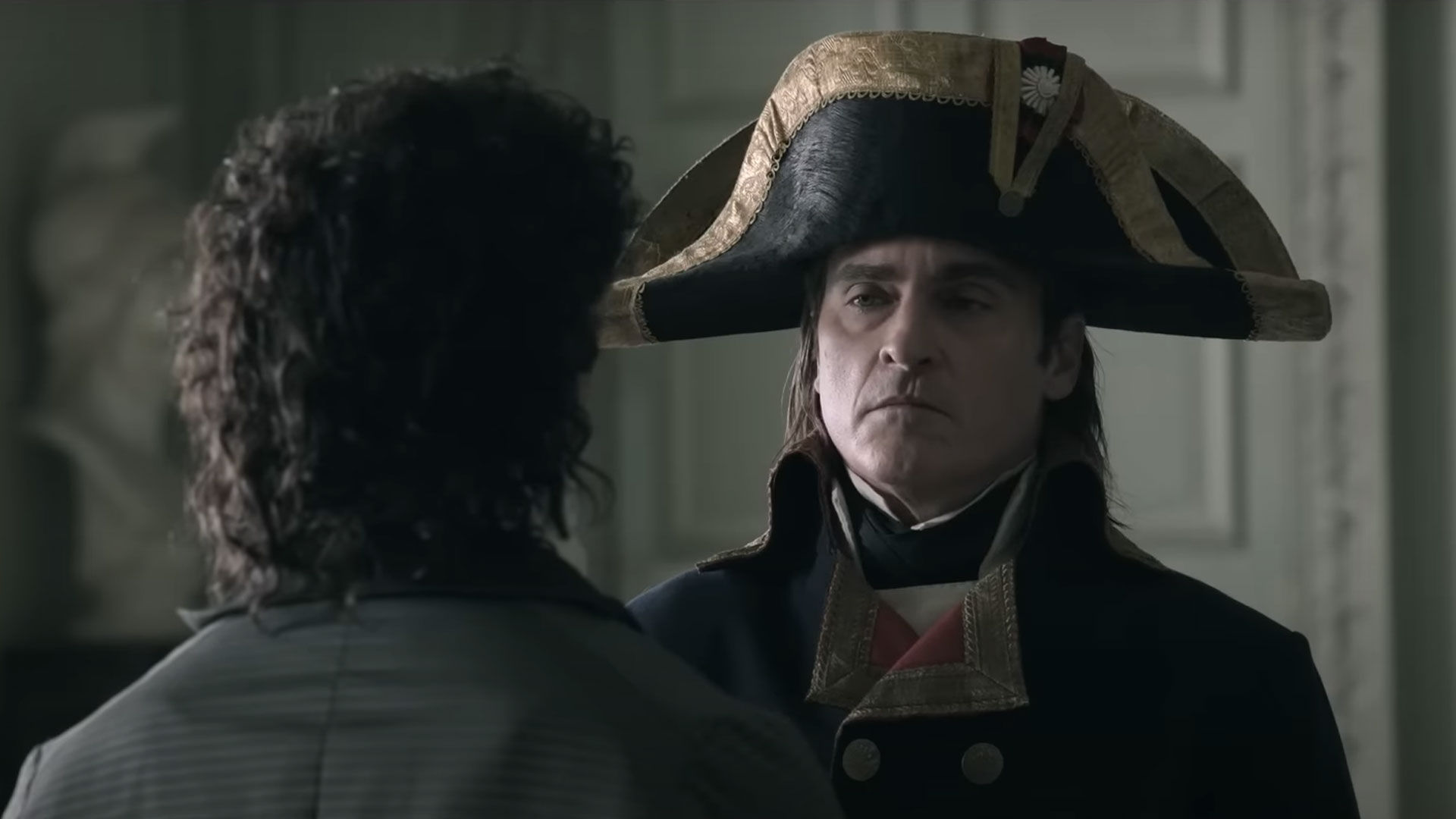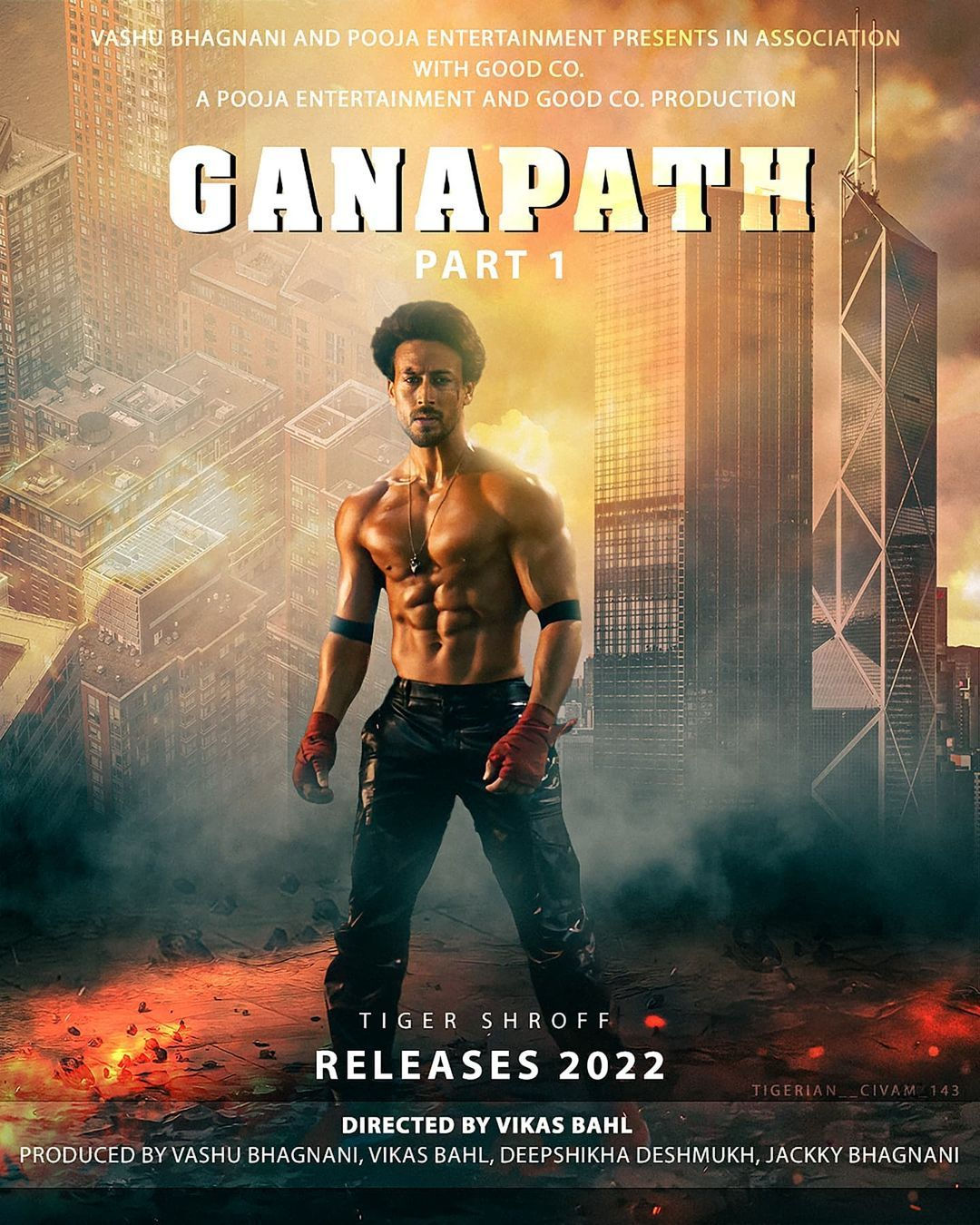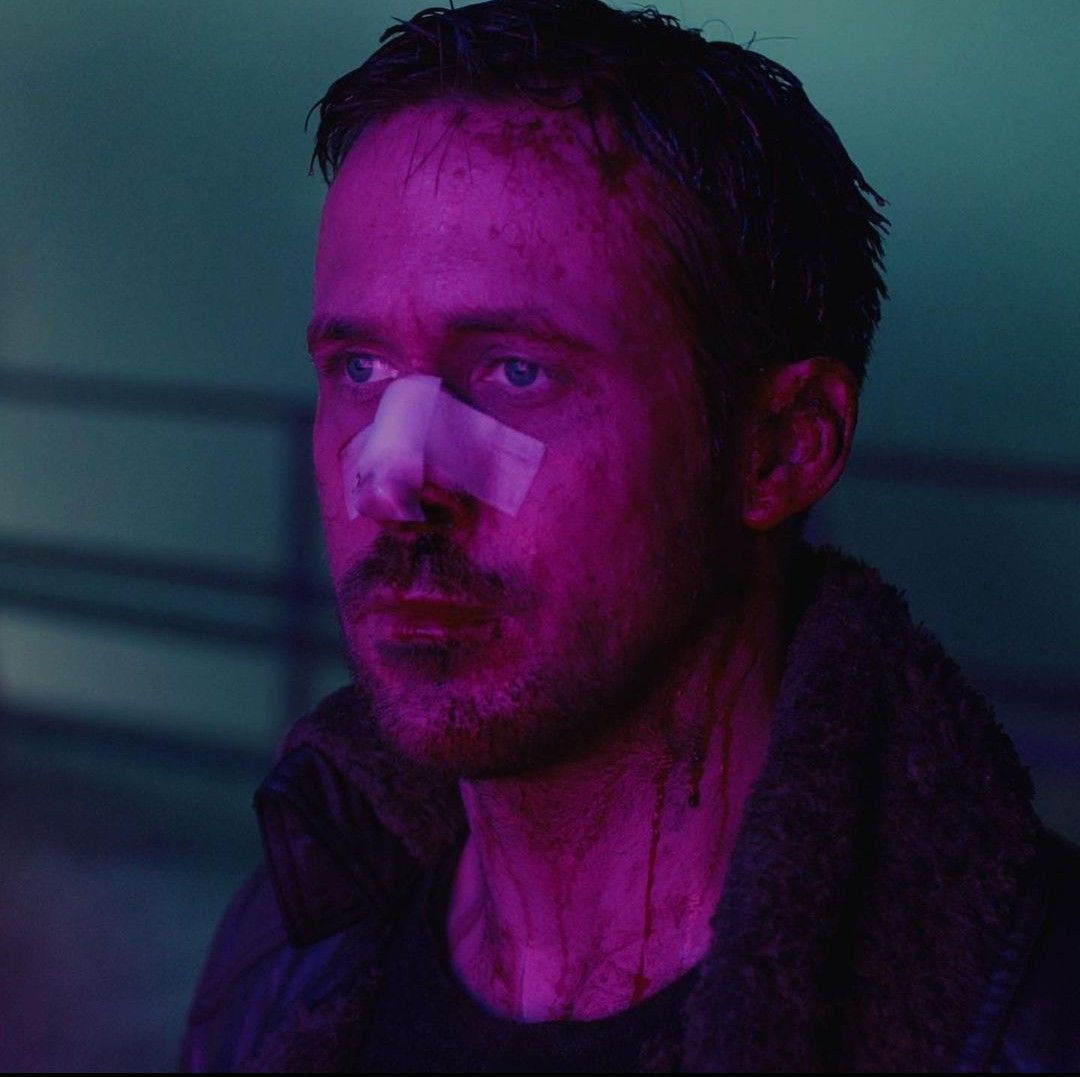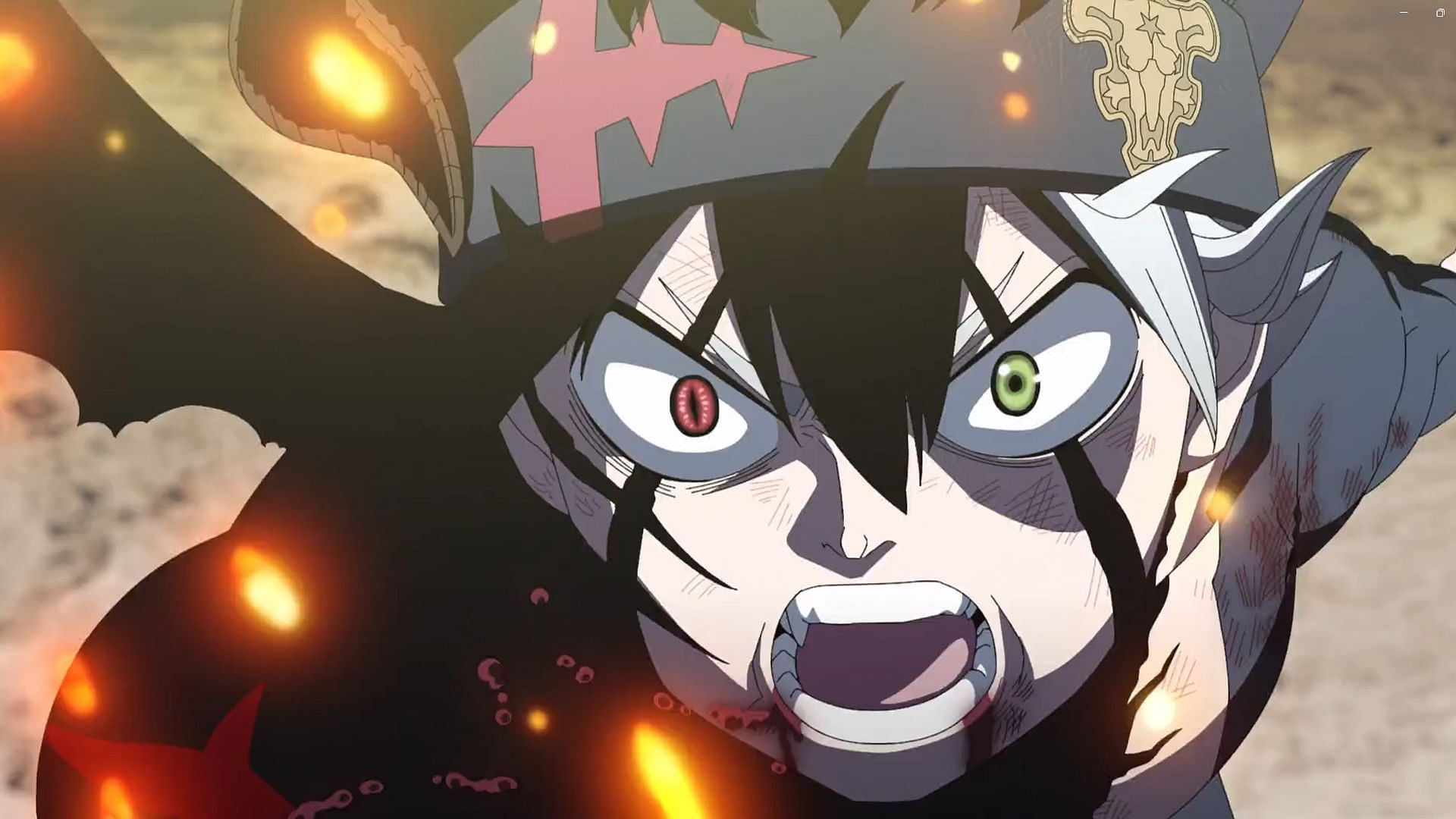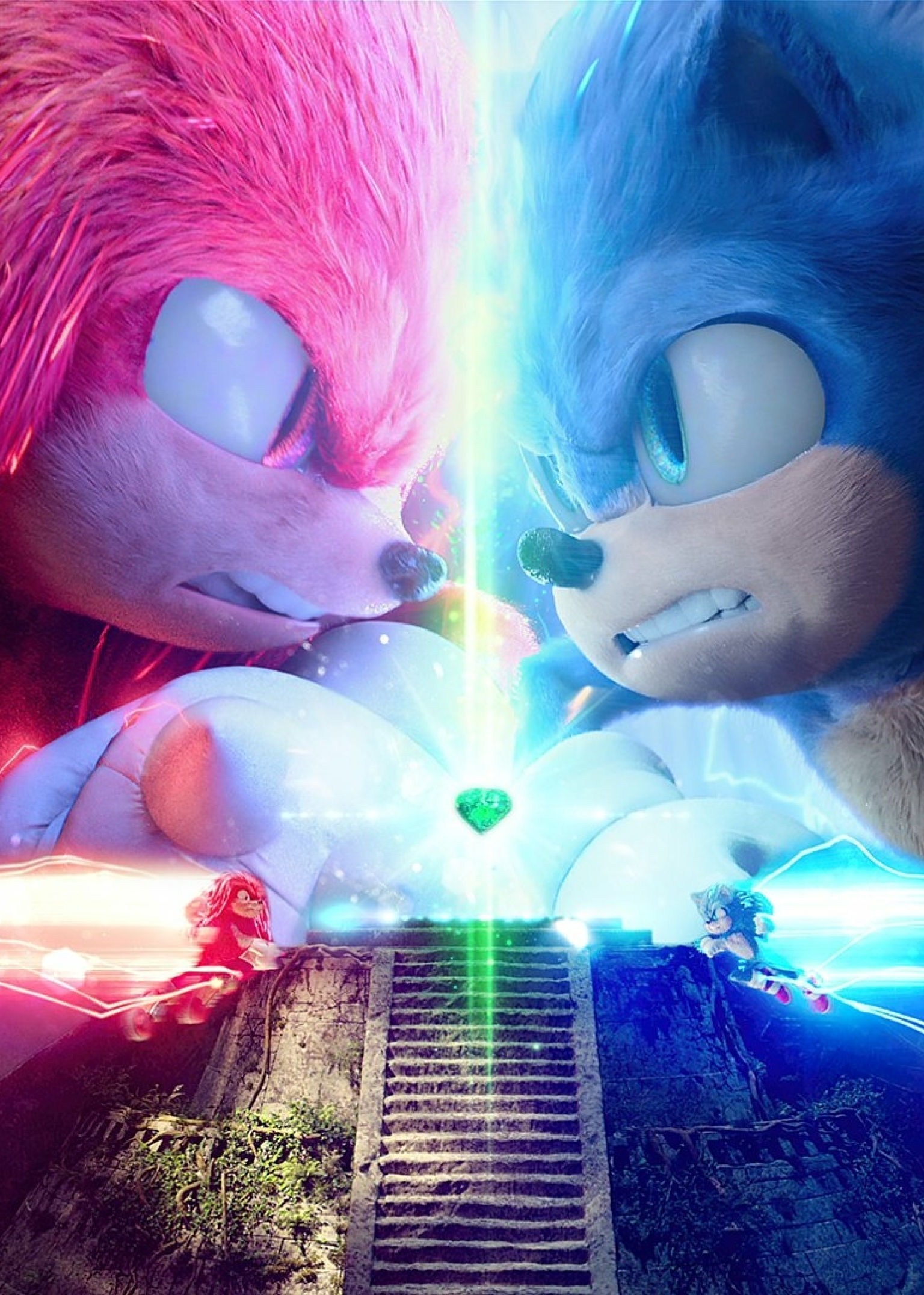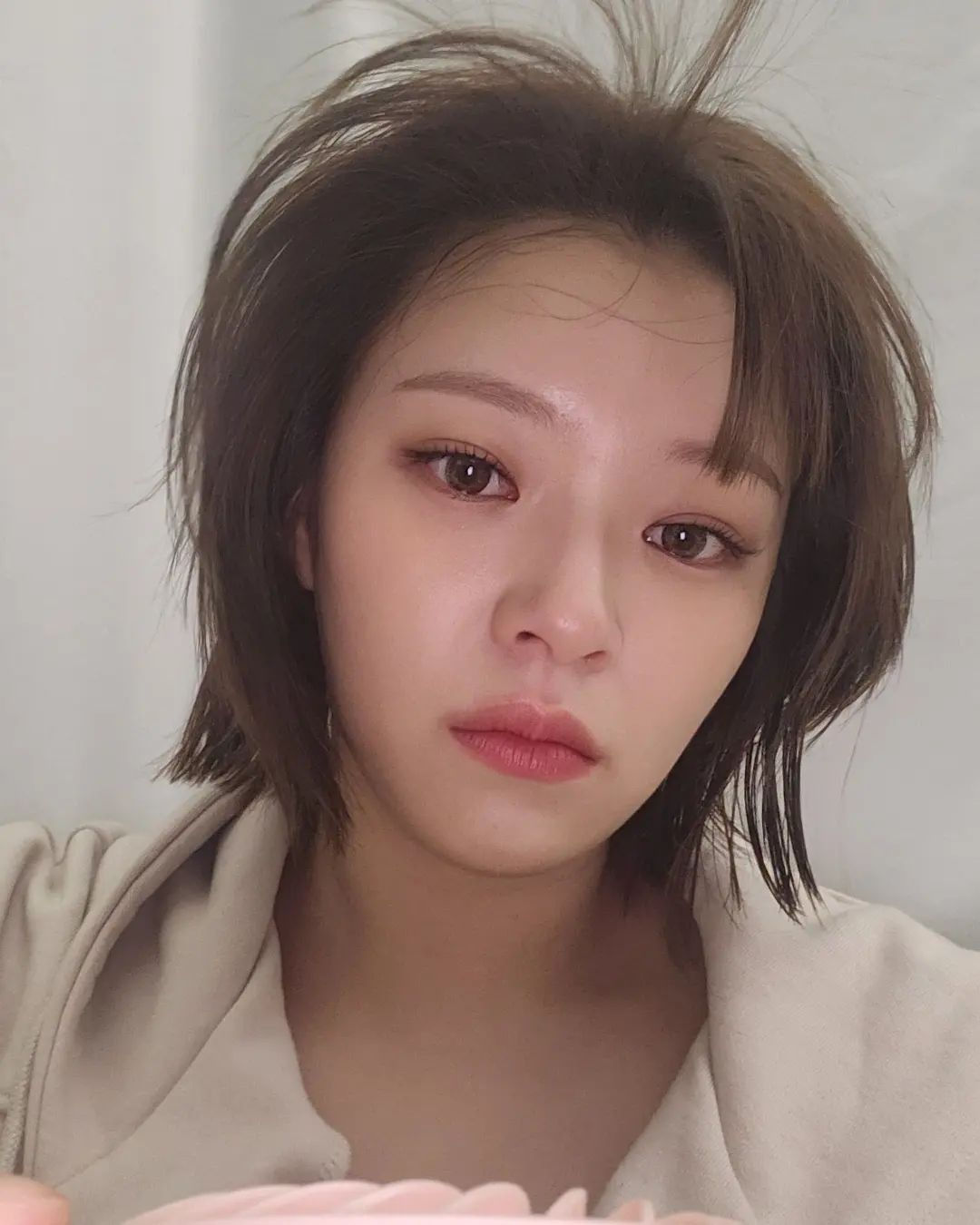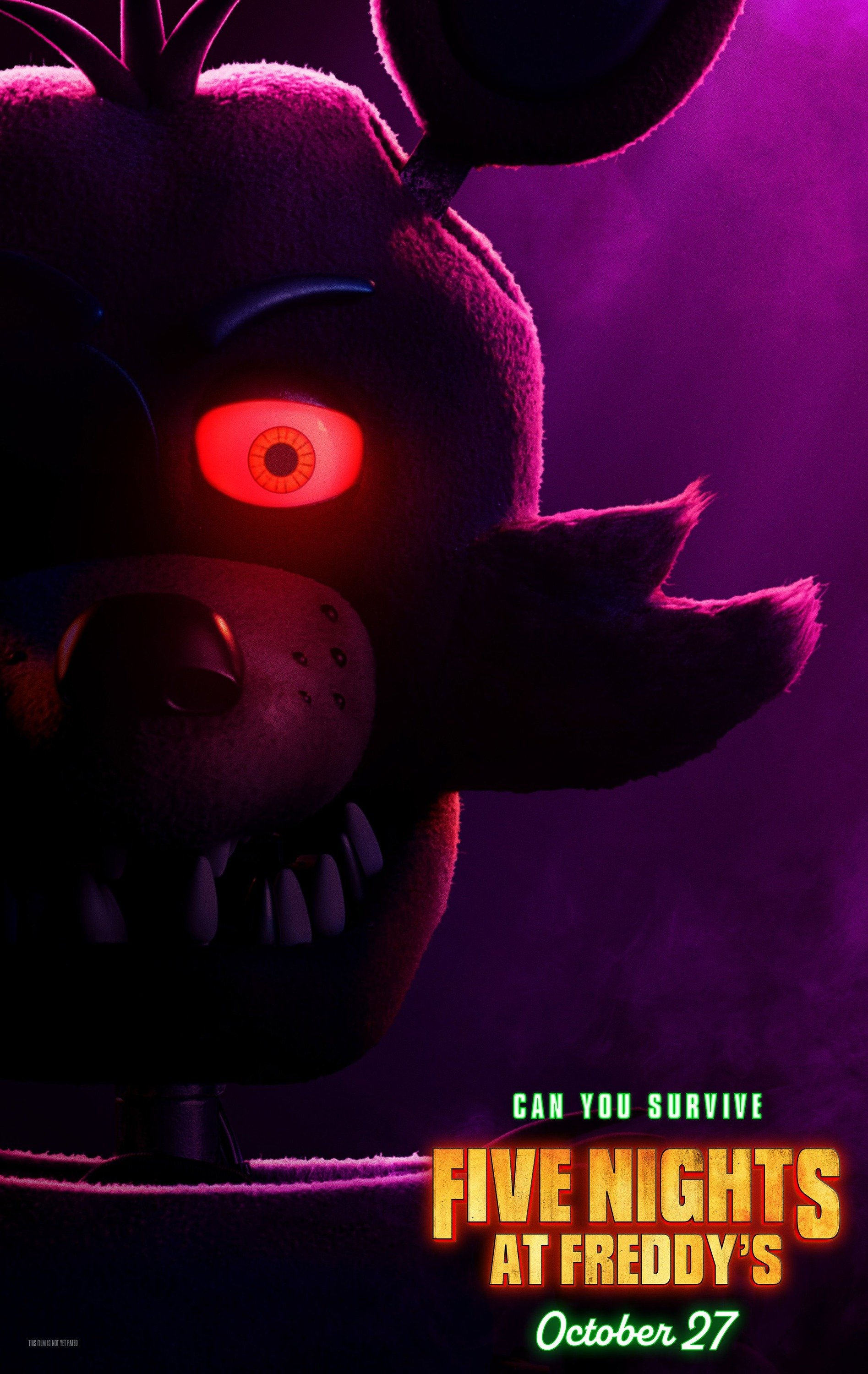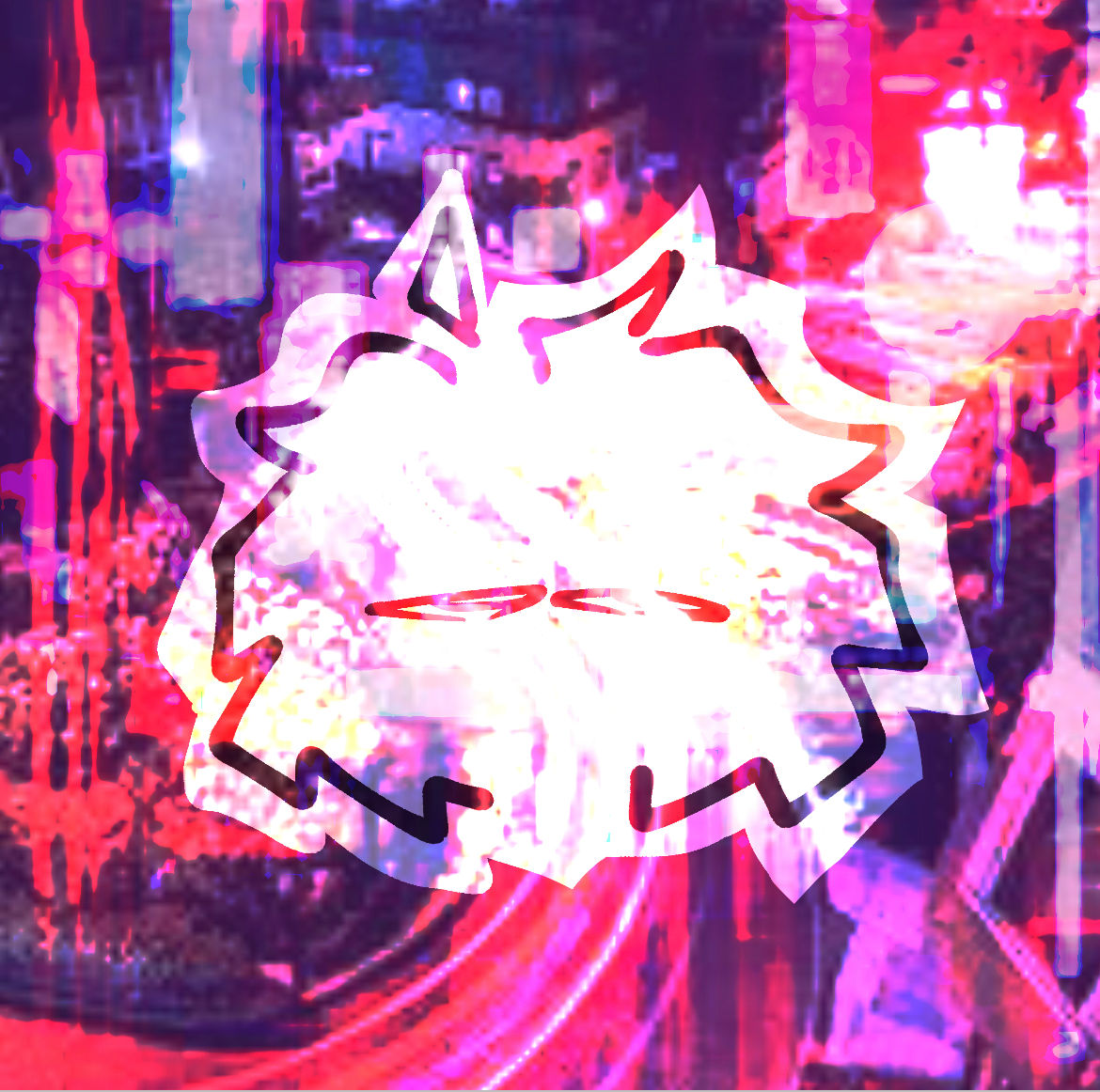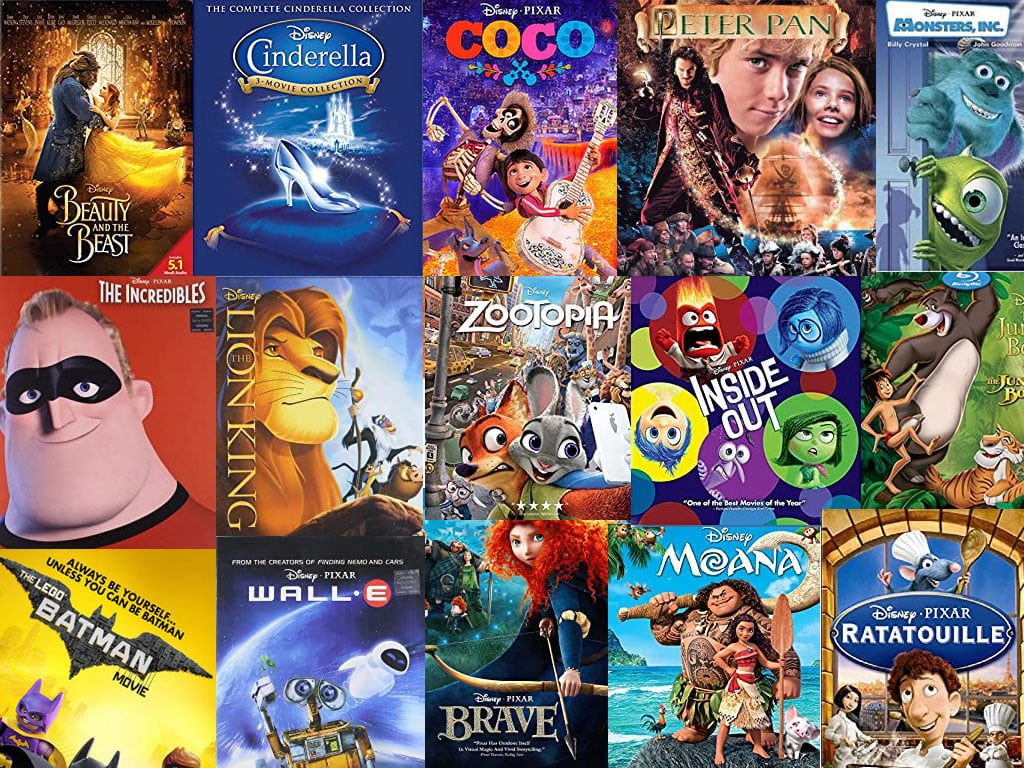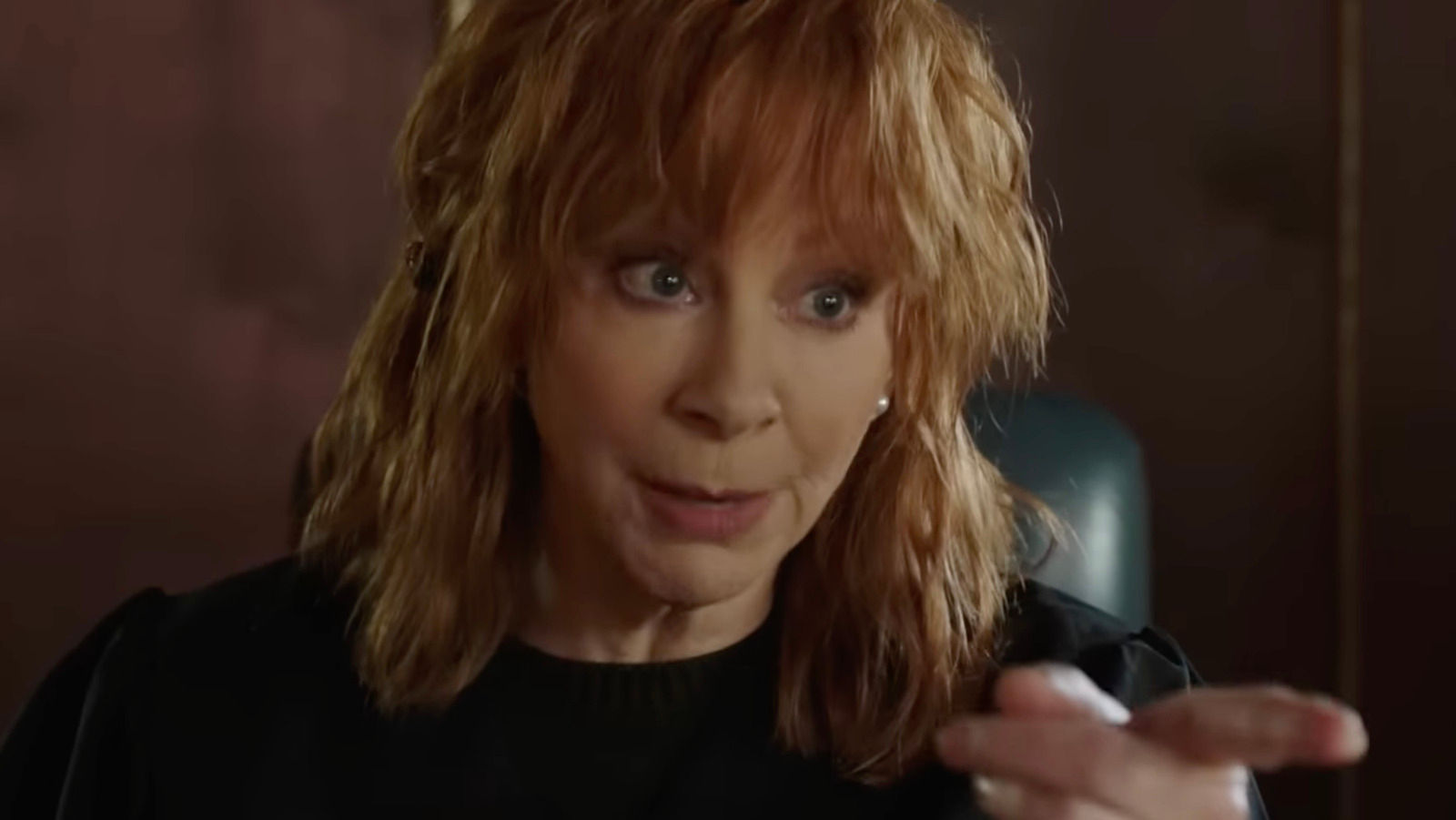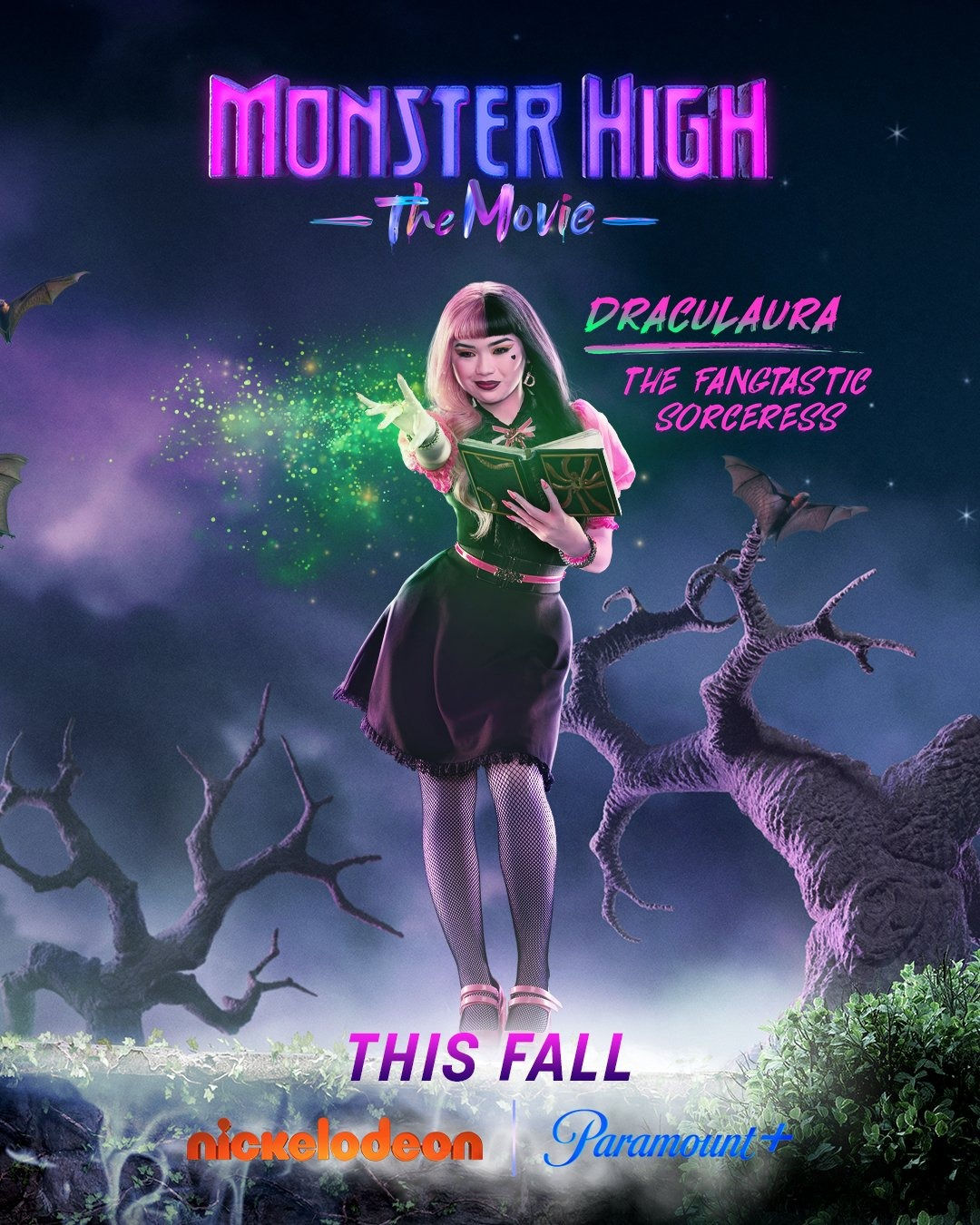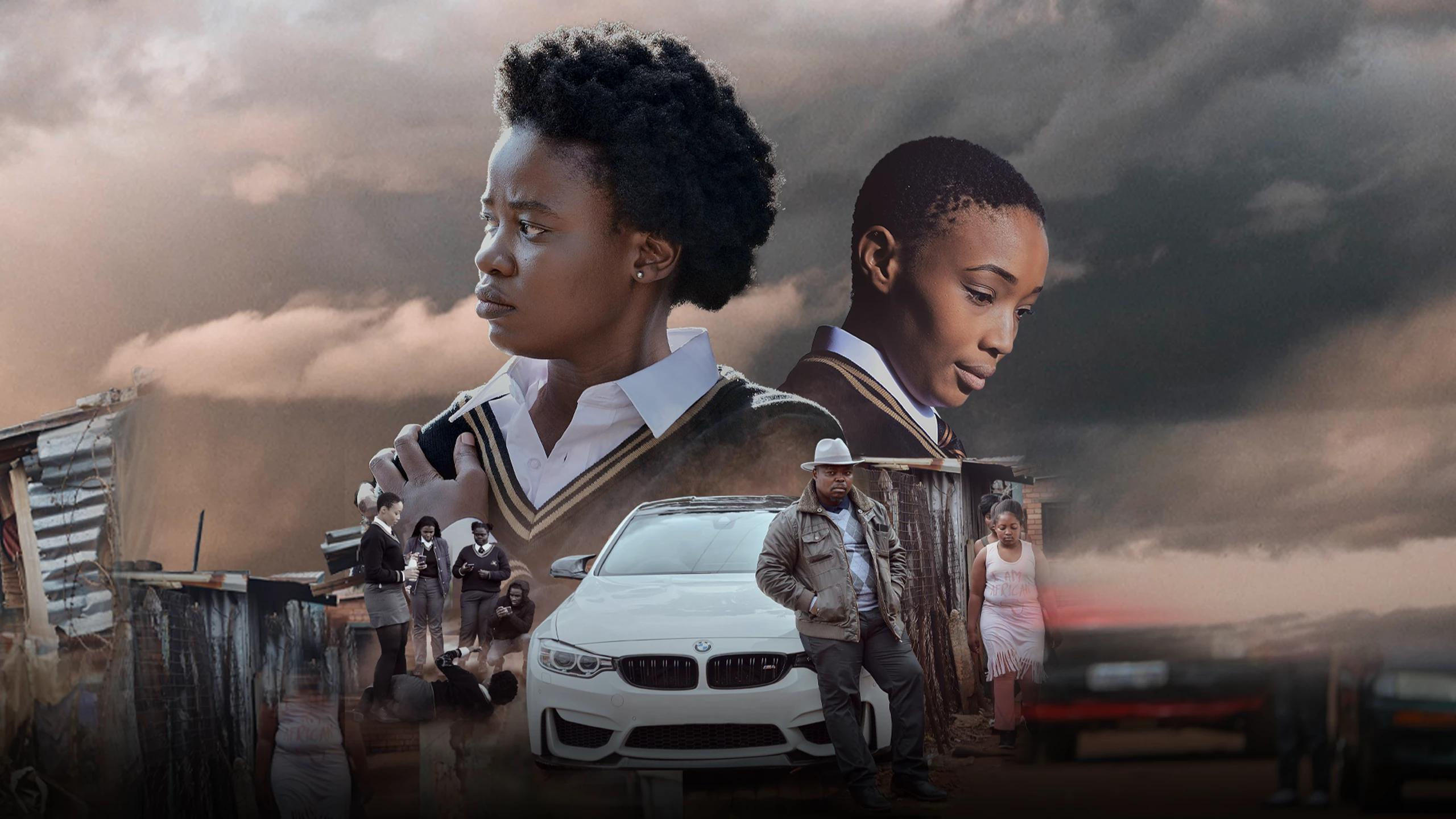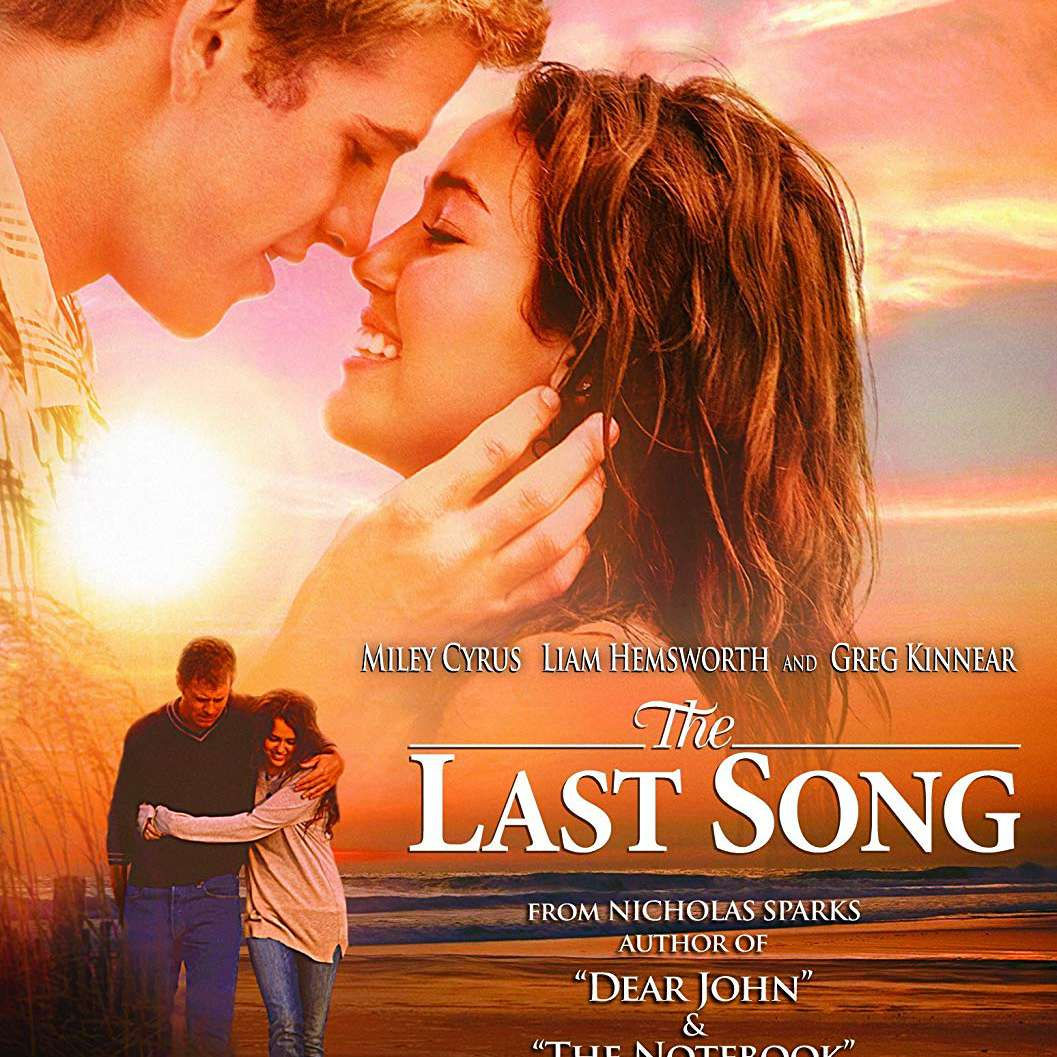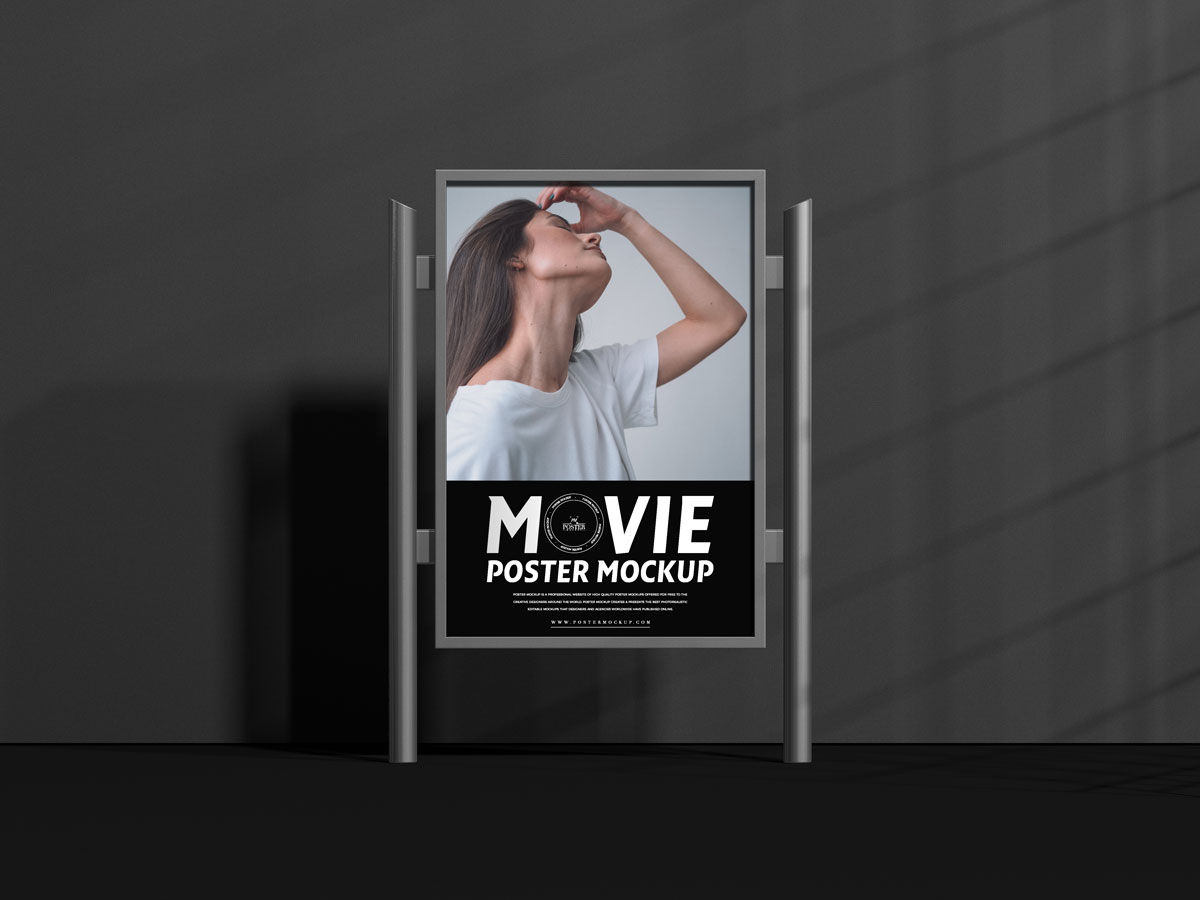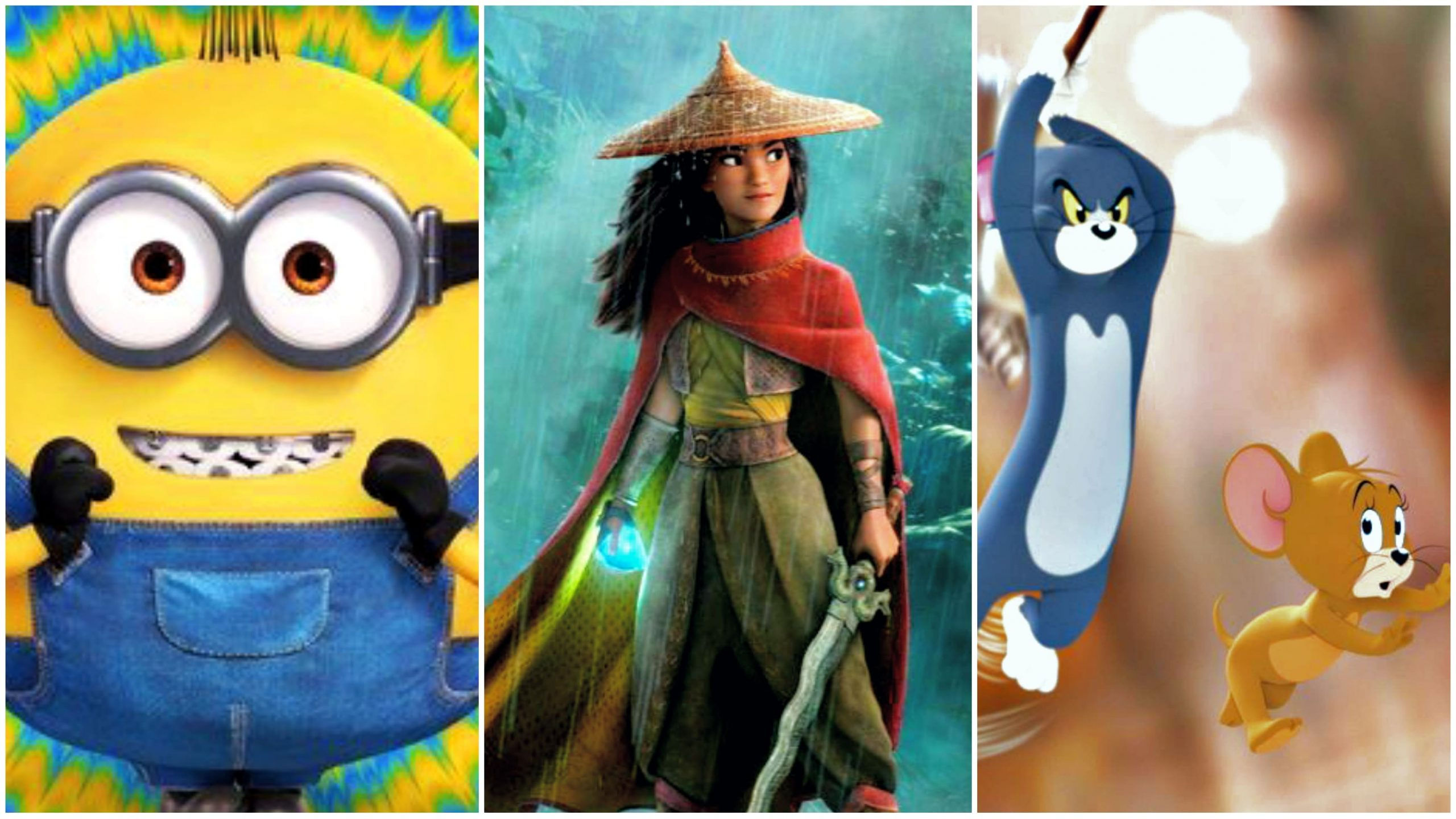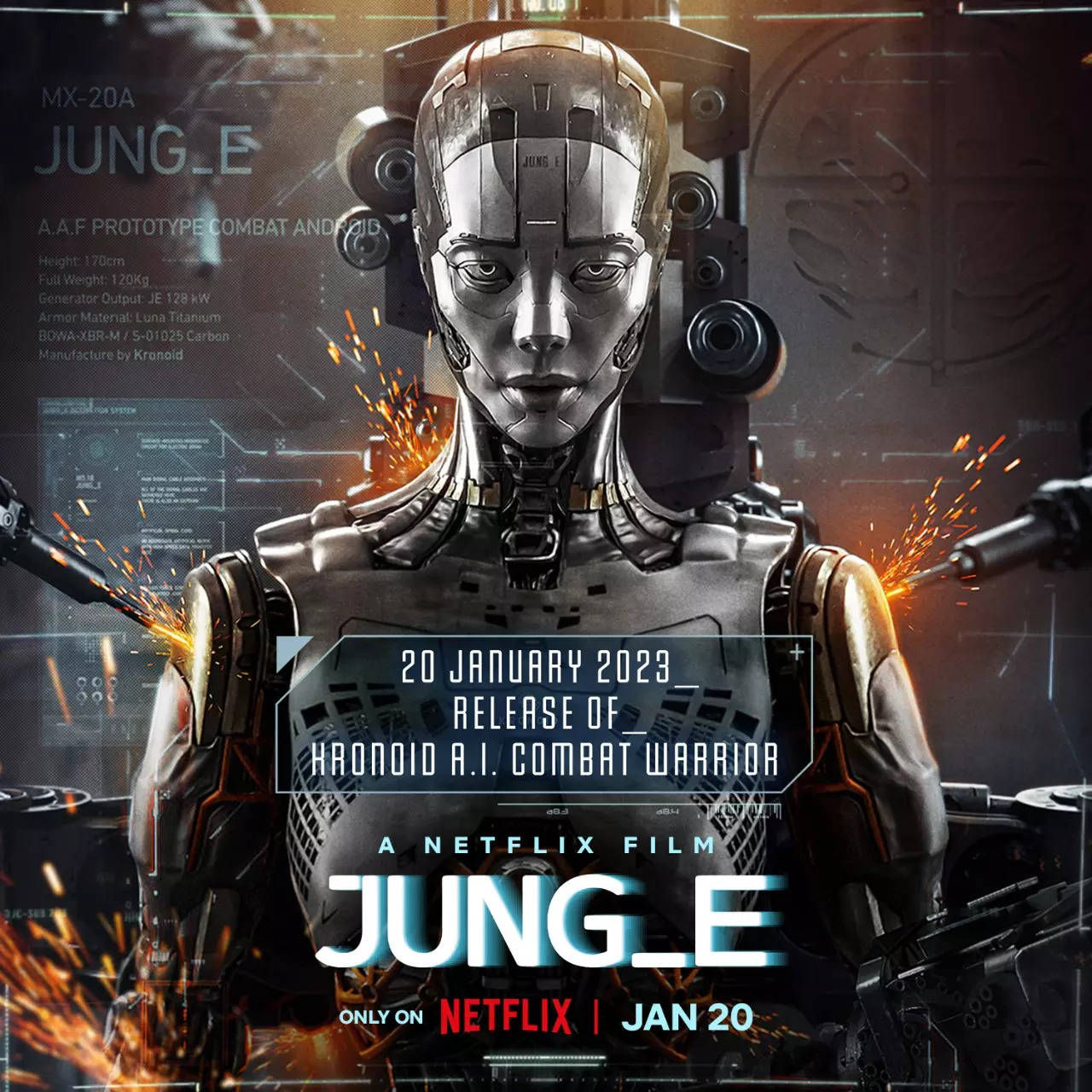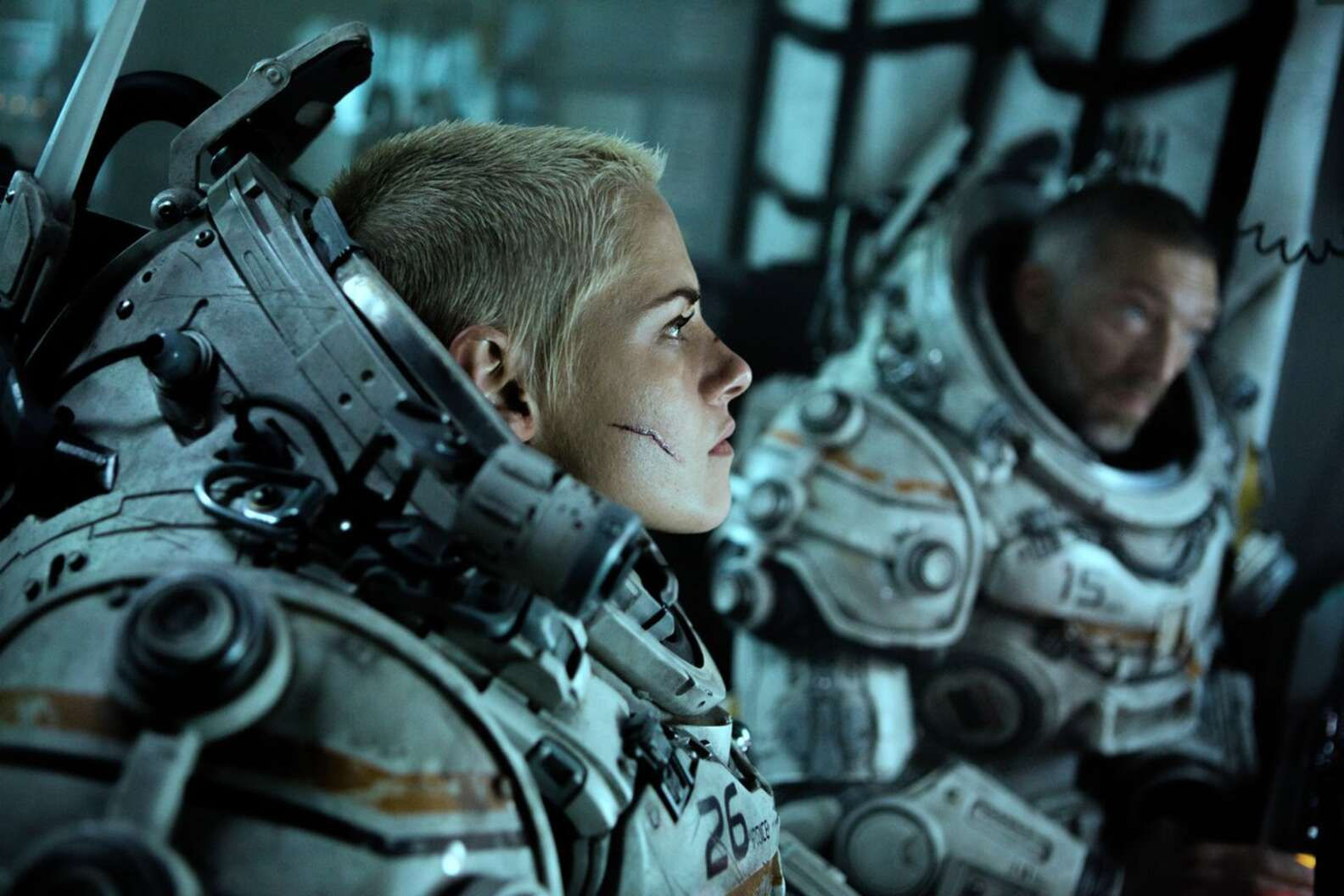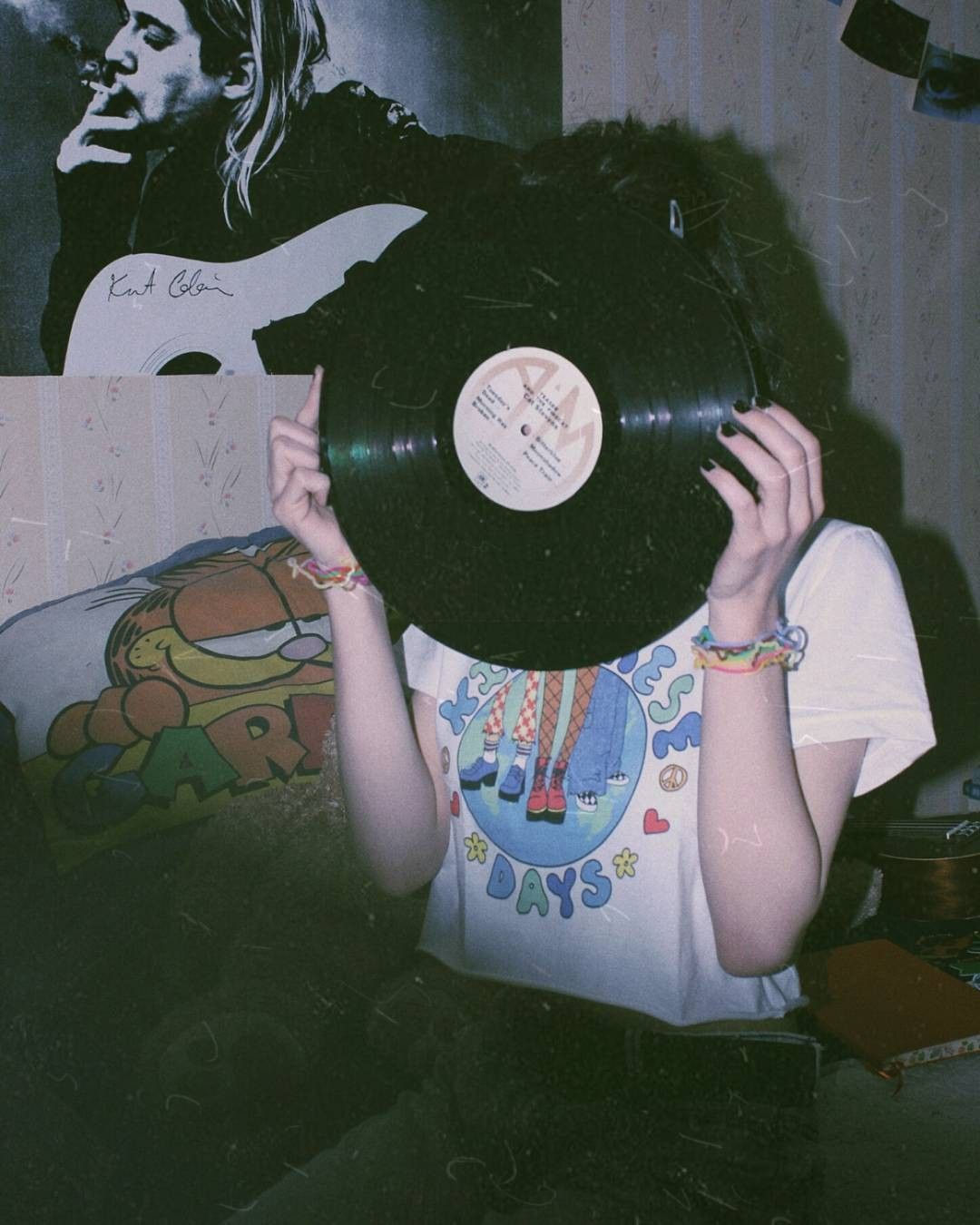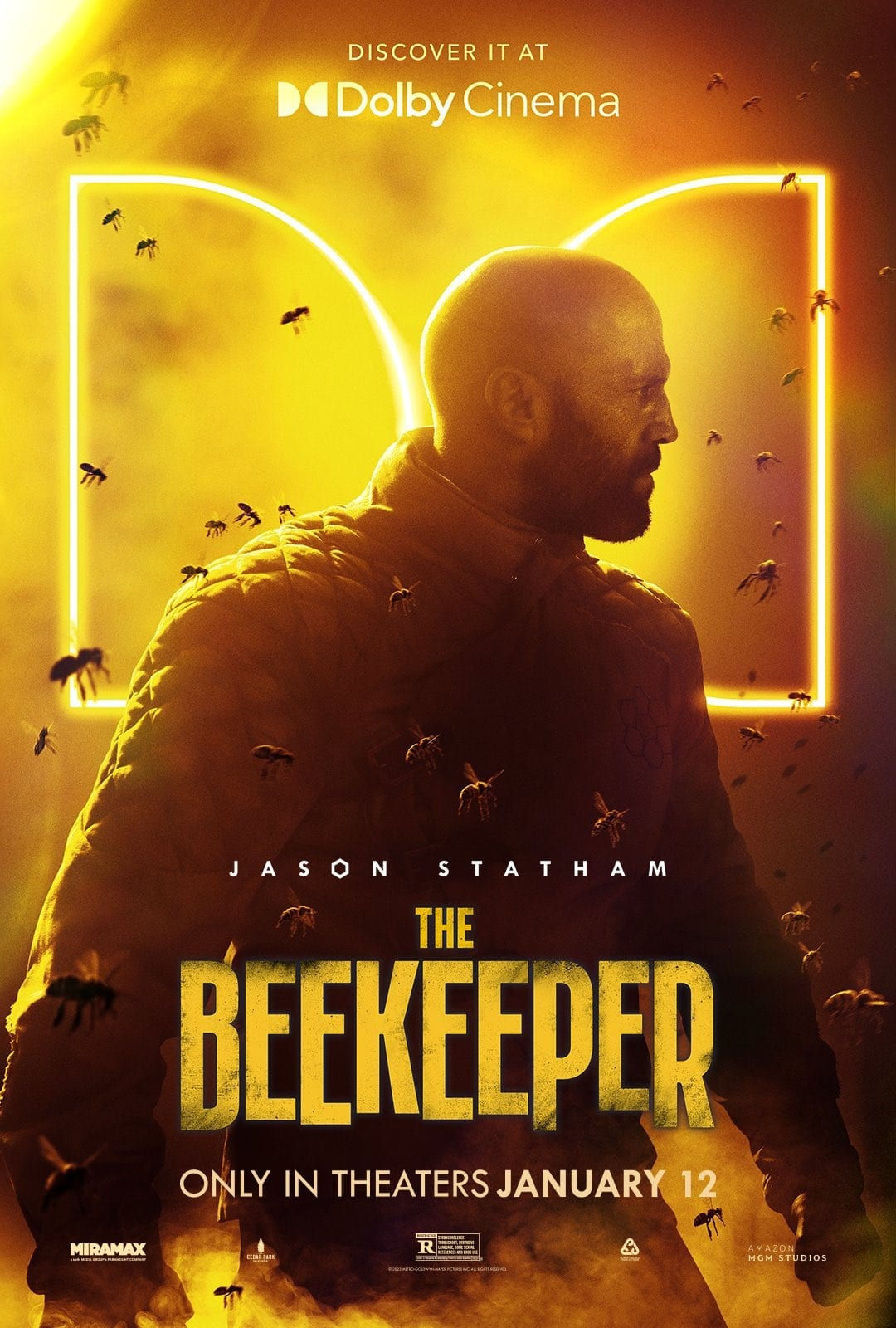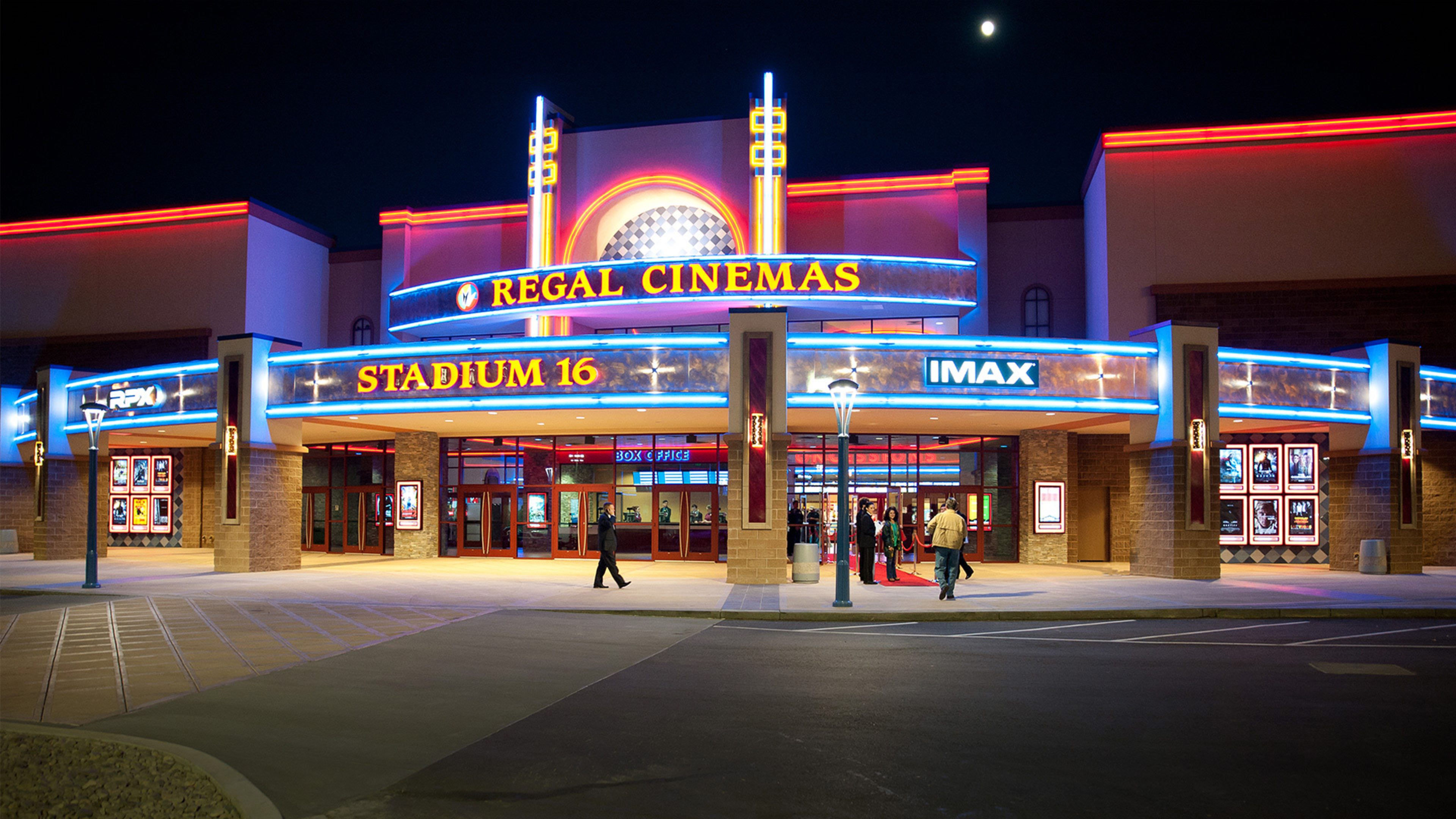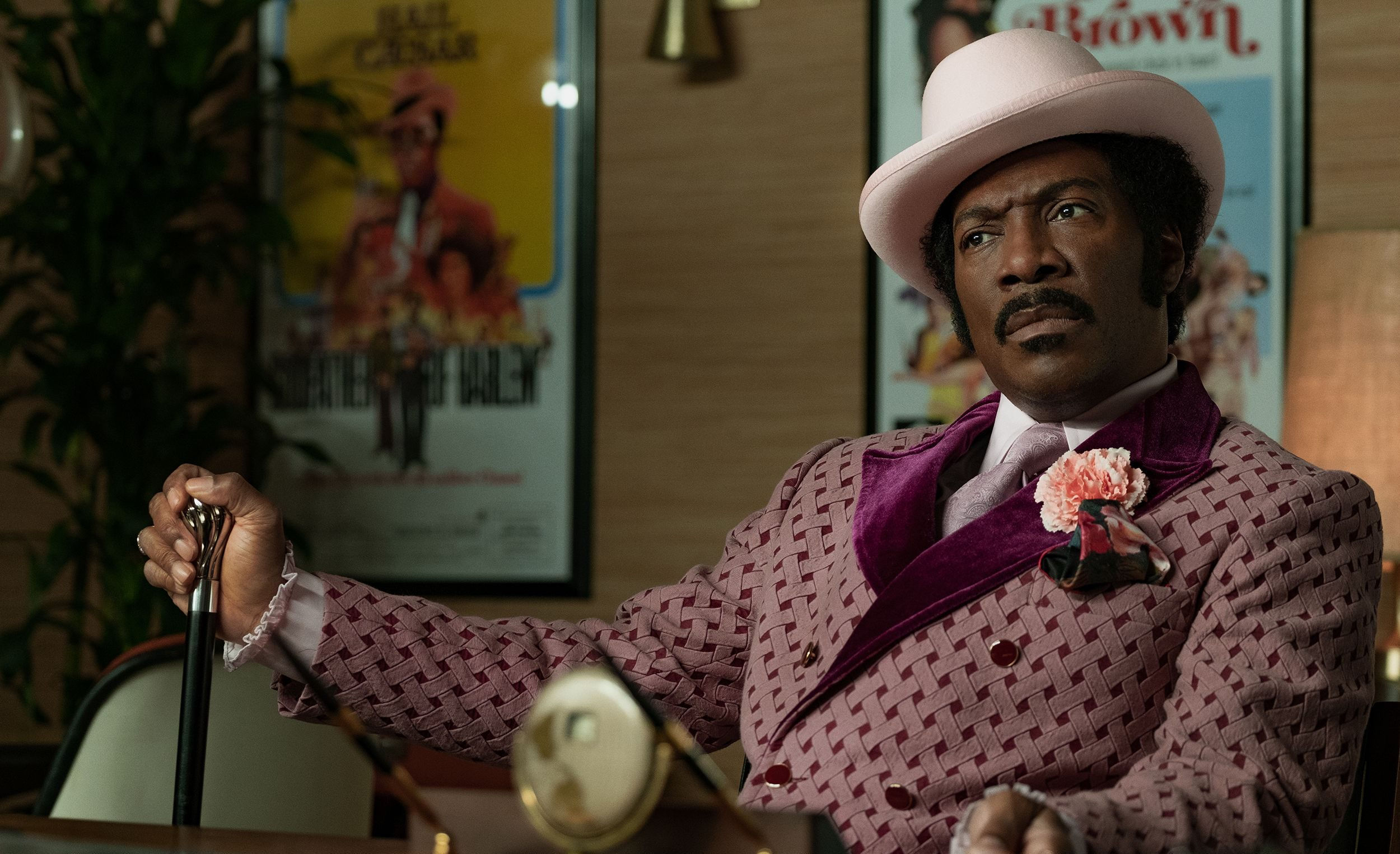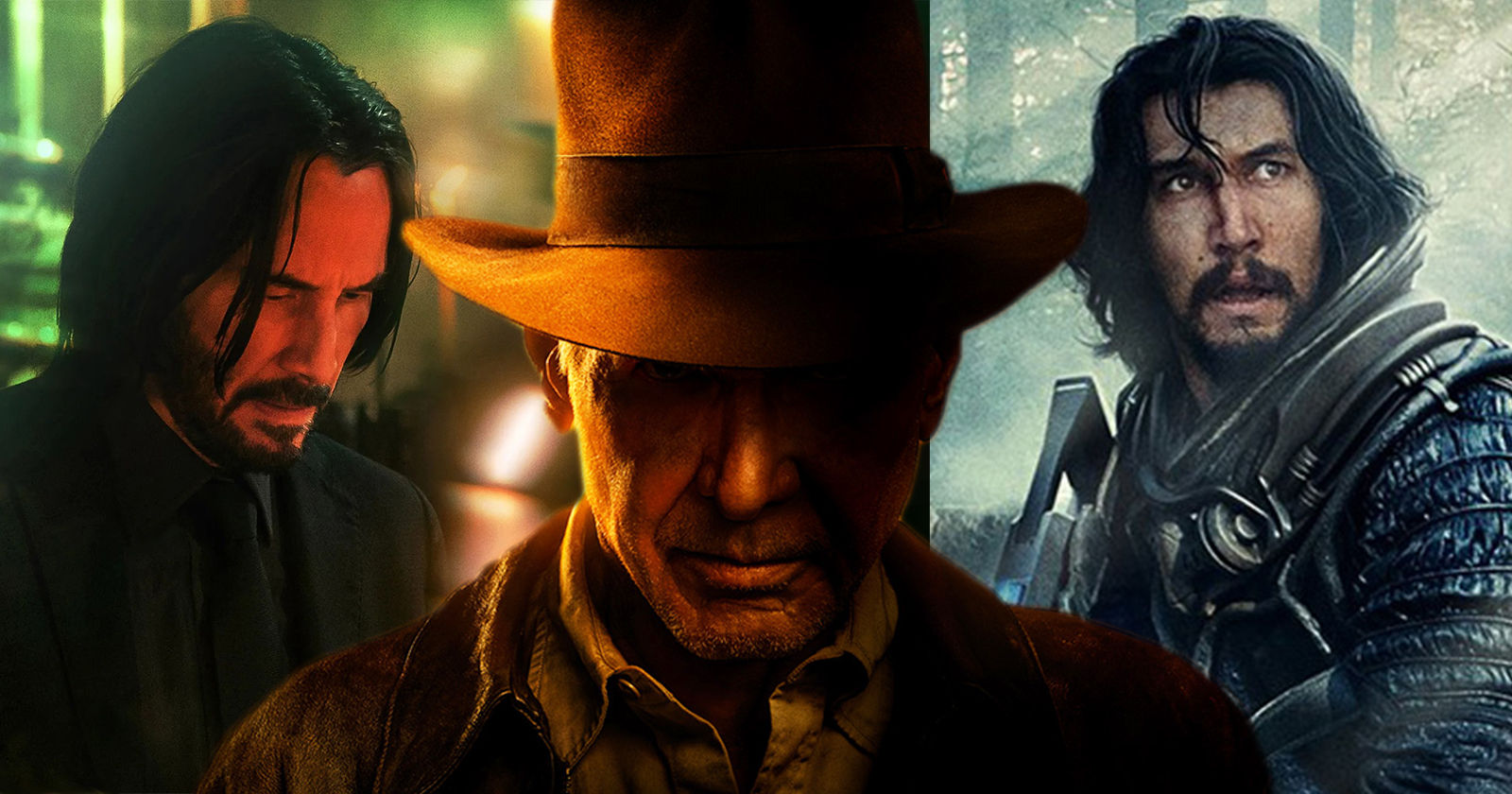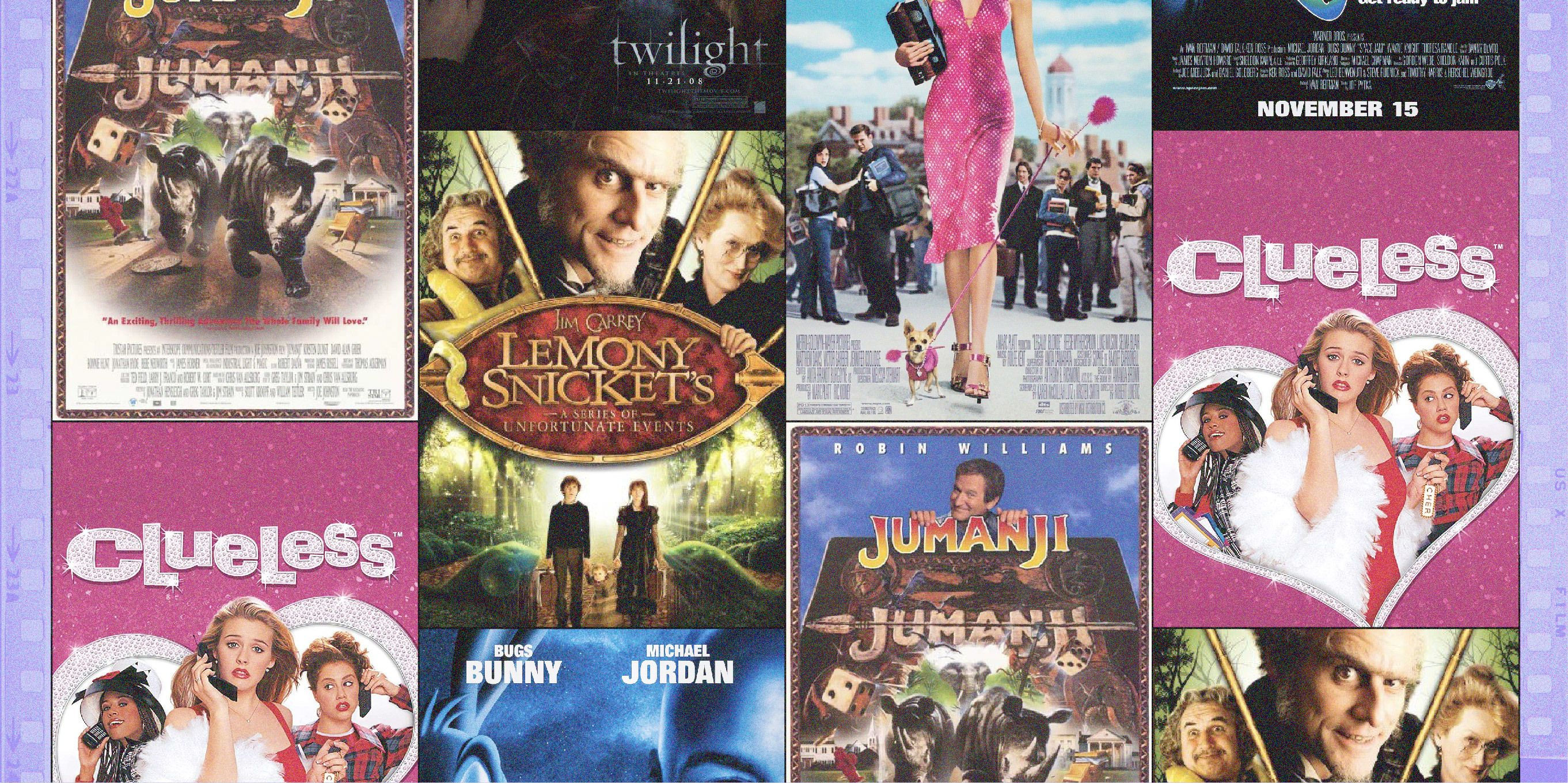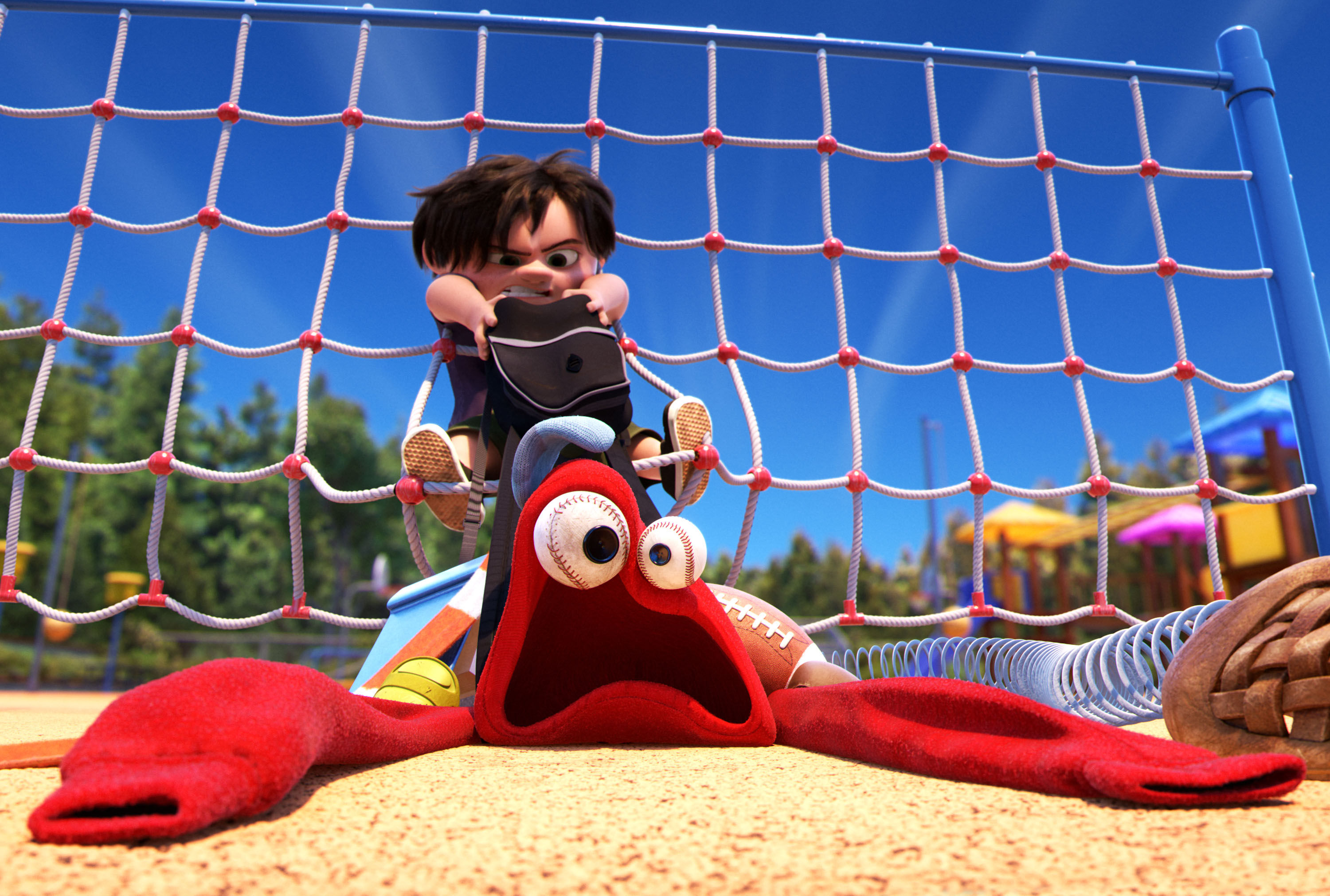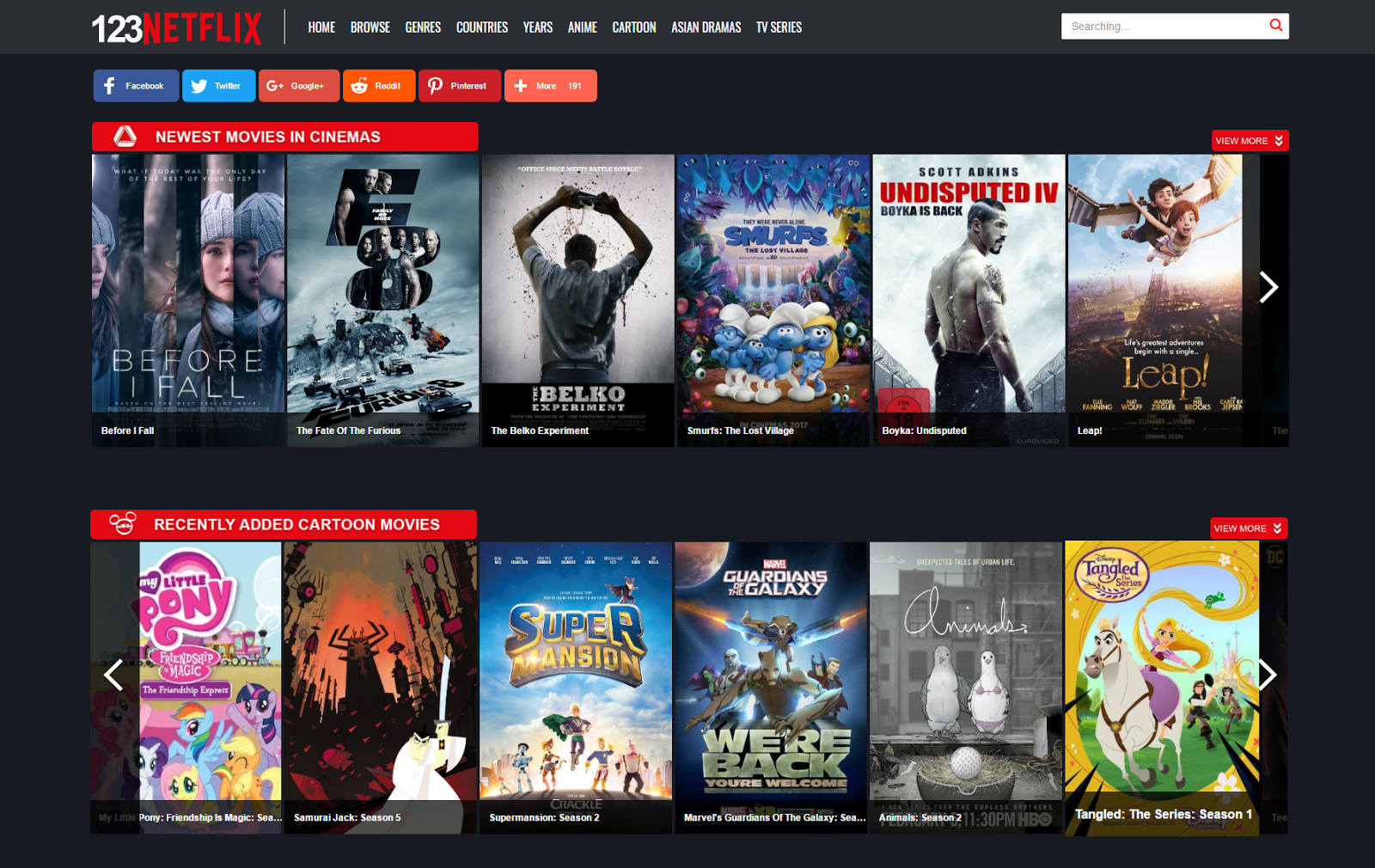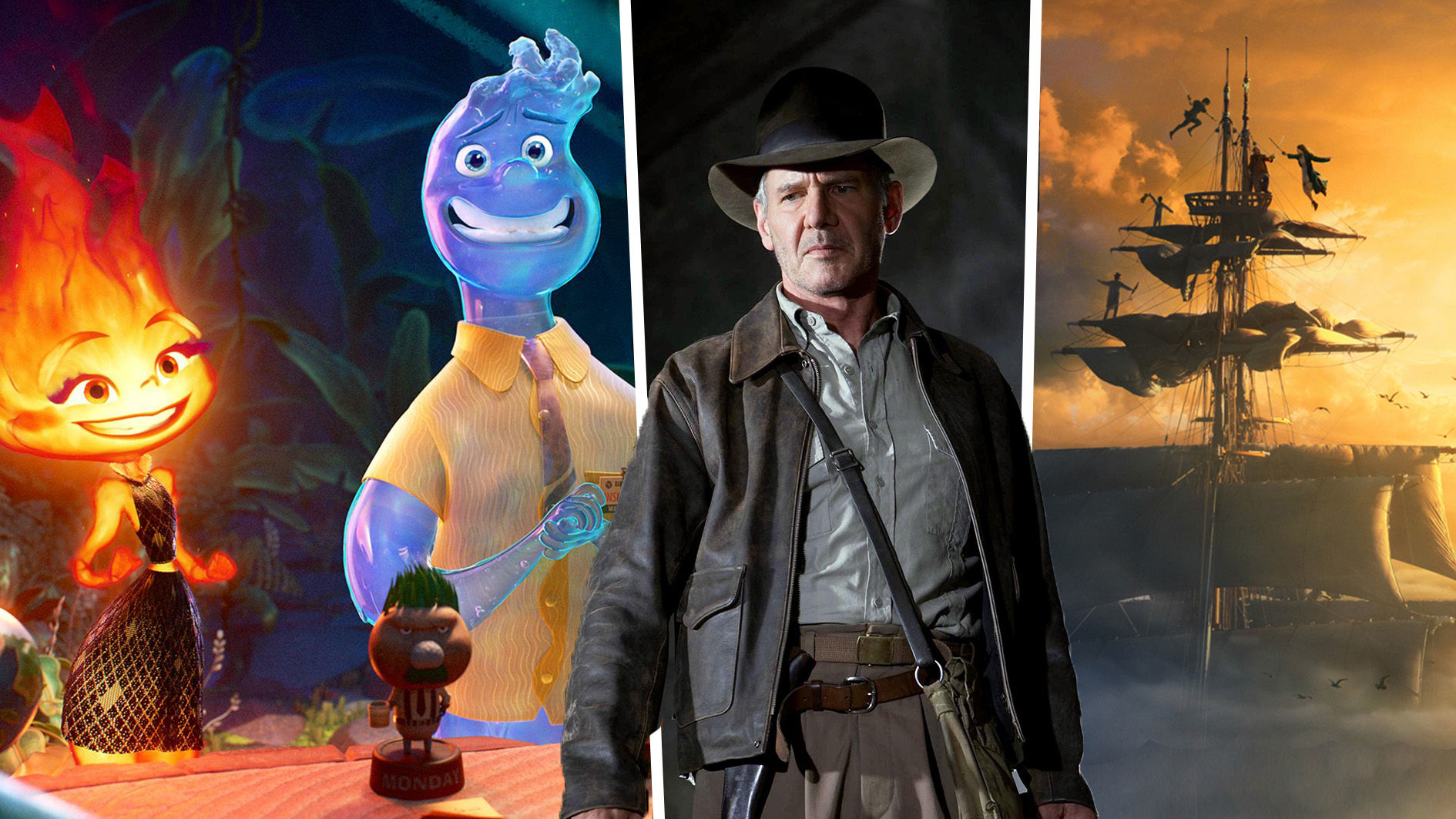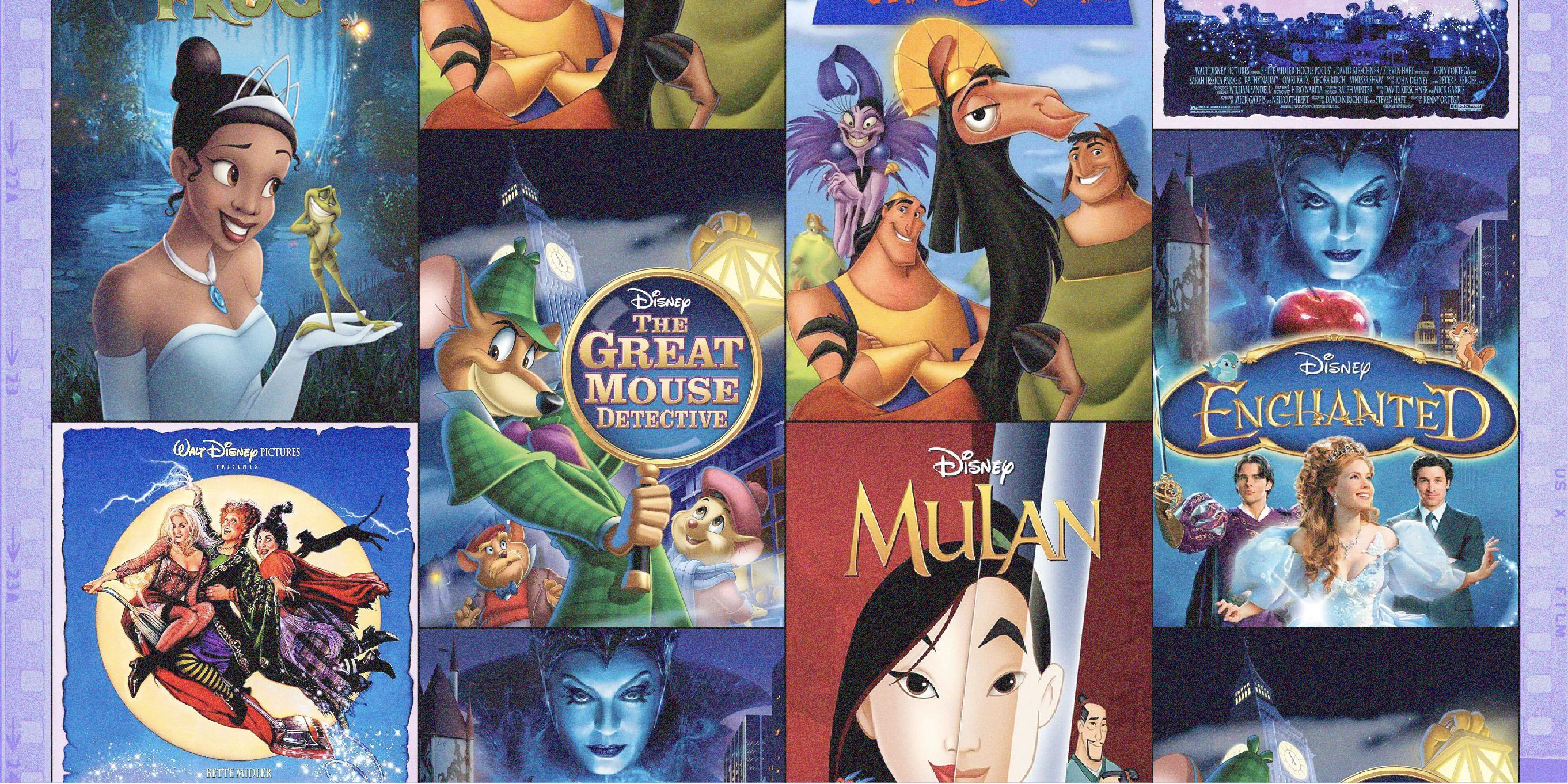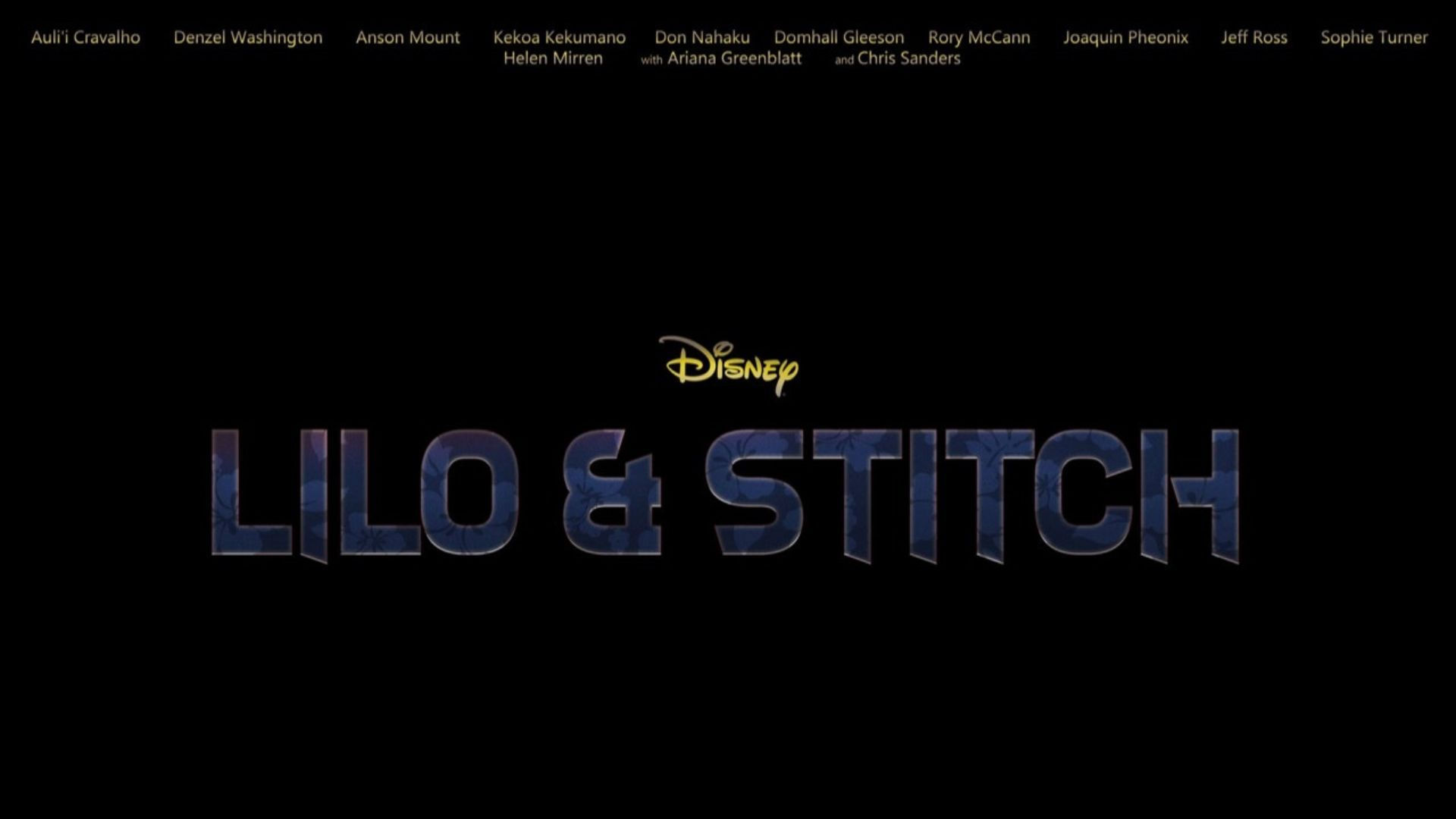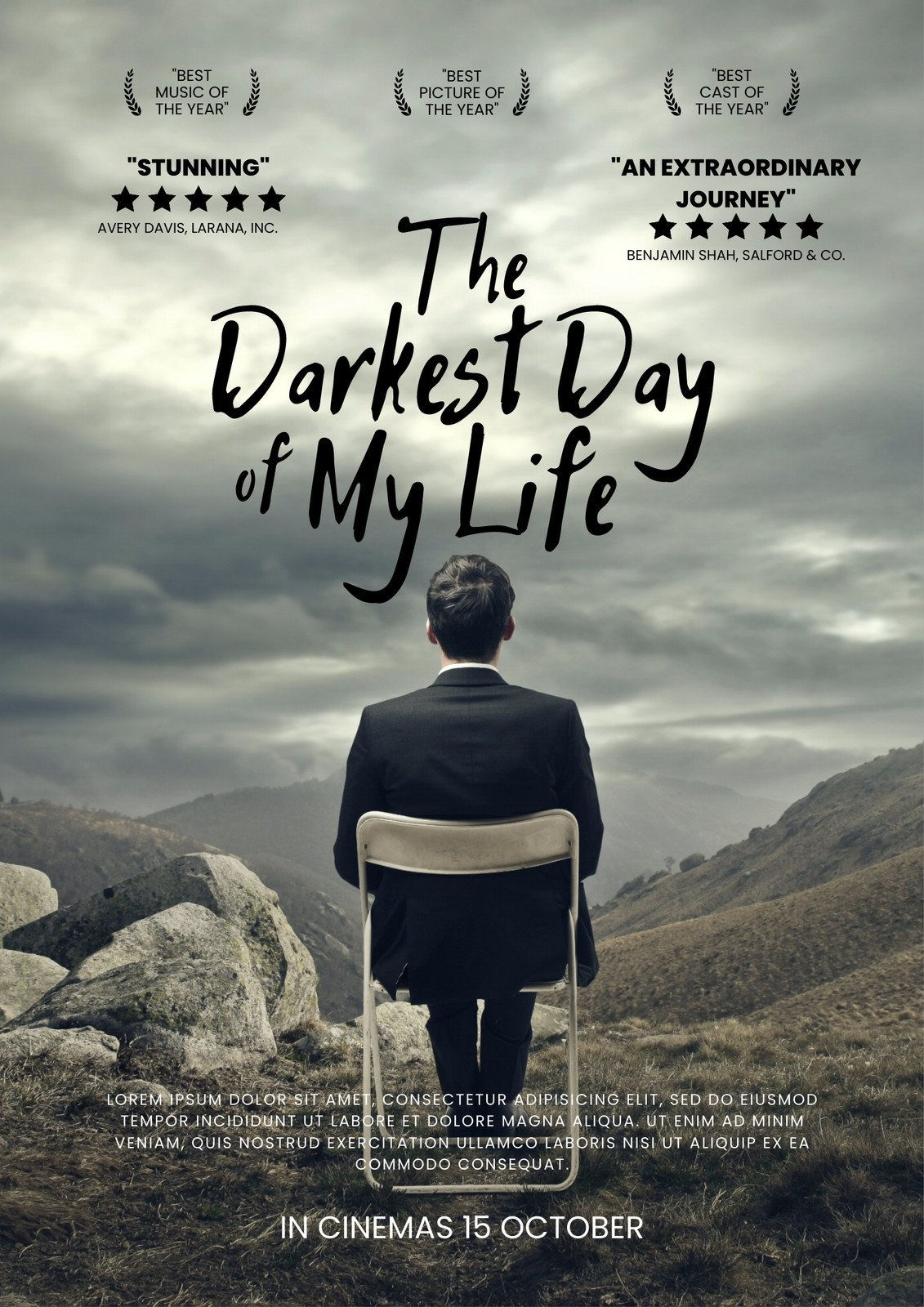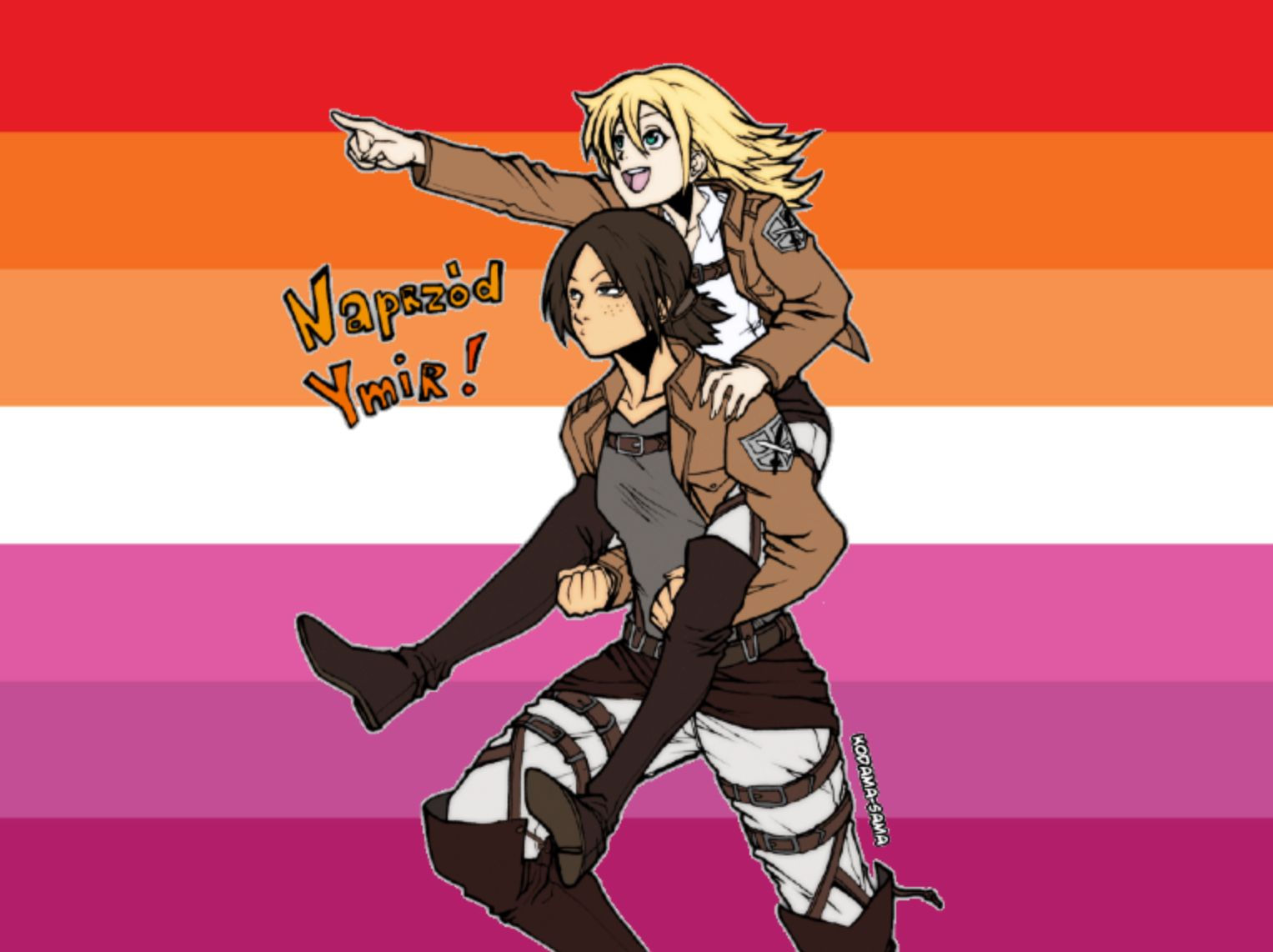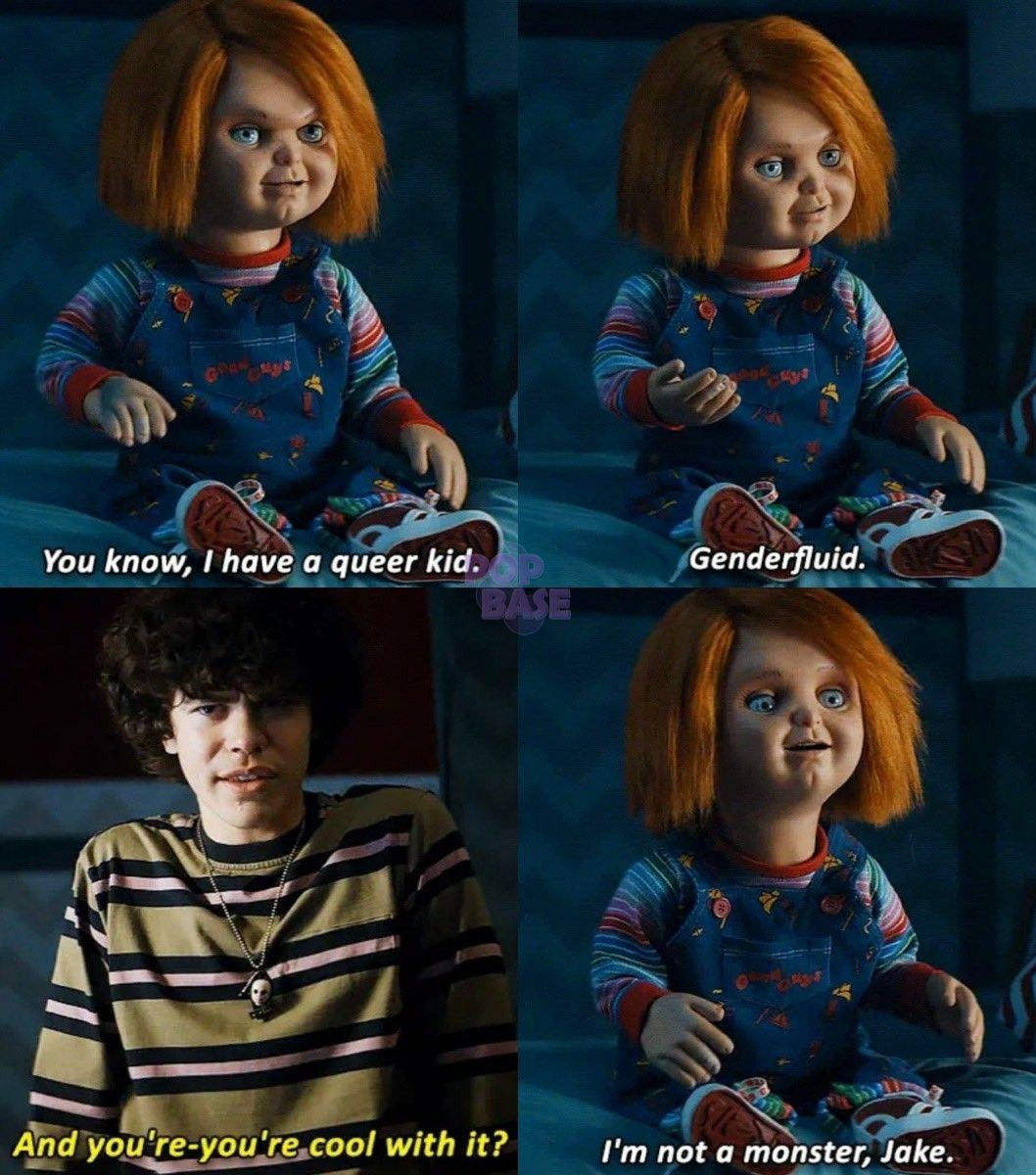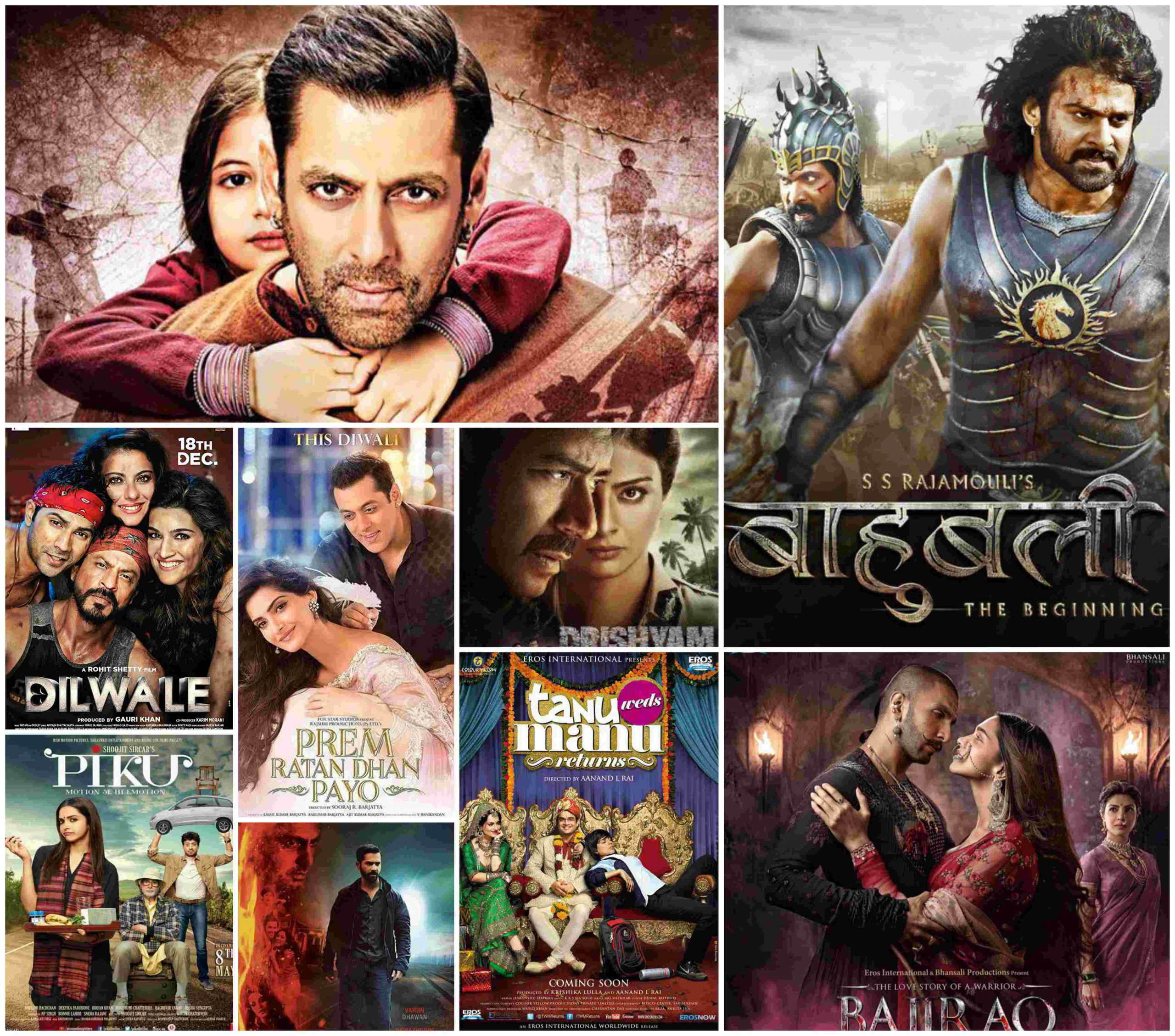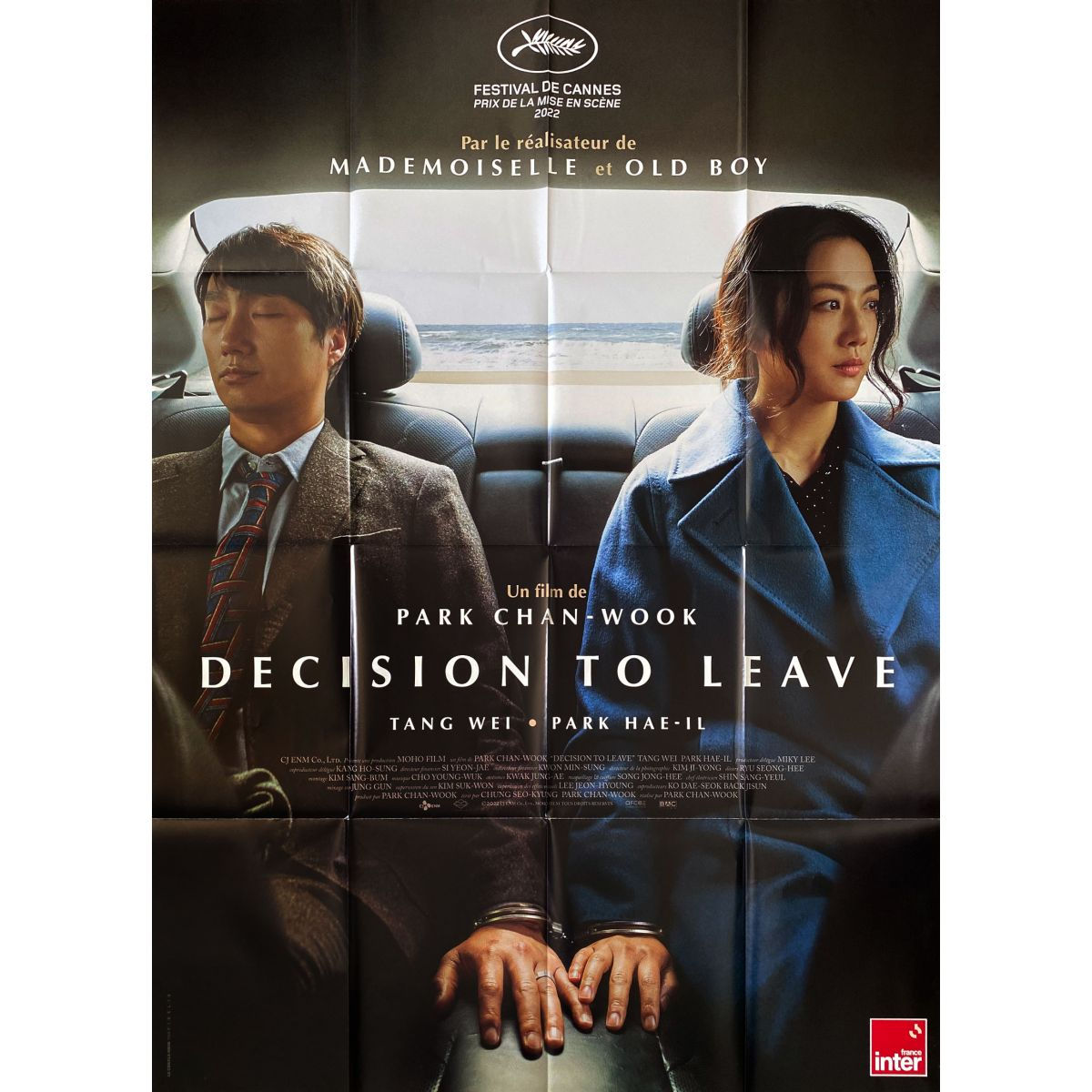The Unexpected Juxtaposition: Exploring the Tripartite Image of Channing Tatum, Action, and the Human Condition
The image presents a fascinating triptych, a visual collage that unexpectedly intertwines the seemingly disparate worlds of high-octane action cinema, relaxed beachside leisure, and the gritty realities of war. Dominating the three panels are images of Channing Tatum, subtly showcasing the range of roles he's portrayed, and, by extension, a reflection on the multifaceted nature of the human experience and its projection onto the silver screen.
Panel One: The Gritty Warrior
On the far left, we see Tatum immersed in the intense world of action. This panel draws us into a scene reminiscent of a military thriller, perhaps a war film or a high-stakes rescue mission. His face, etched with determination and a hint of weariness, speaks volumes about the emotional cost of conflict. The lighting is dramatic, emphasizing the shadows and highlighting the texture of his skin, contributing to a sense of physicality and the struggle he's enduring. The partially visible machinery behind him suggests a scene of intense action, implying a relentless environment and potentially a perilous mission. This panel embodies the archetype of the reluctant hero, the man thrown into circumstances beyond his control, forced to confront both external and internal battles. The clothing and the overall aesthetic suggest a story of survival, a narrative built upon physical prowess and mental resilience.
Panel Two: The Relaxed Individual
The center panel offers a stark contrast. Here, Tatum is depicted in a casual, carefree setting. He sports a relaxed expression, a far cry from the intense focus of the left panel. His bright blue sunglasses, playfully contrasting with his dark tank top, emphasize a sense of summery freedom and unburdened contentment. The "Sun's out, Guns out" slogan on his shirt is a tongue-in-cheek commentary on both physical fitness and the relaxed atmosphere, suggesting a playful persona and a temporary escape from the burdens of life. The blurred background indicates a bustling crowd, perhaps at a beach party or a summer festival, reinforcing the theme of carefree enjoyment and social interaction. This is Tatum the individual, free from the weight of responsibility and immersed in the simple pleasures of life.
Panel Three: The Robotic Warfare
The rightmost panel plunges us back into a world of conflict, albeit a futuristic and technologically advanced one. This image likely originates from a science fiction film where humanity wrestles with the implications of technology and war. The depiction is grim, emphasizing the dehumanizing aspects of mechanized conflict. Tatum, again in an action role, is partially obscured by other figures, suggesting a team dynamic or a larger battle sequence. The robotic armor and weaponry create a visually striking juxtaposition with the first panel, demonstrating a transition from traditional warfare to a technologically enhanced battlefield. The figures are shrouded in a dusky atmosphere, reflecting the psychological toll of such conflict and the uncertainty of the future. This panel hints at the ethical questions that surround technological advancement and its potential impact on humanity.
The Significance of Juxtaposition
The power of this image lies in its jarring juxtaposition. The three panels offer a fragmented portrait of Channing Tatum, highlighting his versatility as an actor but more importantly, illustrating the diverse facets of the human experience itself. It's a commentary on the complexities of life, portraying the cyclical nature of peace and conflict, joy and hardship, relaxation and intense exertion.
The image encourages contemplation on several themes:
- The duality of human nature: The contrast between the warrior and the relaxed individual emphasizes the capacity for both strength and vulnerability, violence and peace, within a single human being.
- The escapism of entertainment: The beach scene serves as a visual representation of the desire for escape, for respite from the harsh realities of life, particularly the realities of war portrayed in the other two panels. It suggests the role of entertainment in providing a temporary sanctuary.
- The impact of technology on warfare: The futuristic battle scene raises questions about the ethics of advanced weaponry and the dehumanizing aspects of modern warfare.
Channing Tatum: A Multifaceted Persona
The image isn't just about the juxtaposition of settings; it's also a tribute to Channing Tatum's acting range. He successfully navigates the diverse roles, embodying the emotional weight of each character, demonstrating his talent for portraying both physical prowess and emotional vulnerability. He isn't just a pretty face; he's a versatile actor capable of embodying complex and contrasting characters. The image subtly reinforces his appeal, showcasing his ability to resonate with audiences across various genres and narratives.
A Narrative Thread: The Archetypal Journey
One could weave a narrative around this image. Perhaps the warrior (panel one) returns from war, seeking solace and relaxation (panel two), only to find himself reluctantly drawn back into conflict (panel three), this time facing a technologically advanced enemy. This represents the cyclical nature of conflict and the ongoing struggle for peace, reflecting the timeless heroic archetype of a warrior returning home only to be pulled back into battle.
Ultimately, the tripartite image of Channing Tatum serves as a powerful visual metaphor, a reflection on the human experience in all its complexity, and a testament to the transformative power of film to explore the multifaceted nature of our existence. It's a reminder that within each of us lies the potential for both conflict and peace, exertion and relaxation, and that our journey through life is often a tapestry woven from seemingly contradictory threads.
